Last updated on January 21, 2024
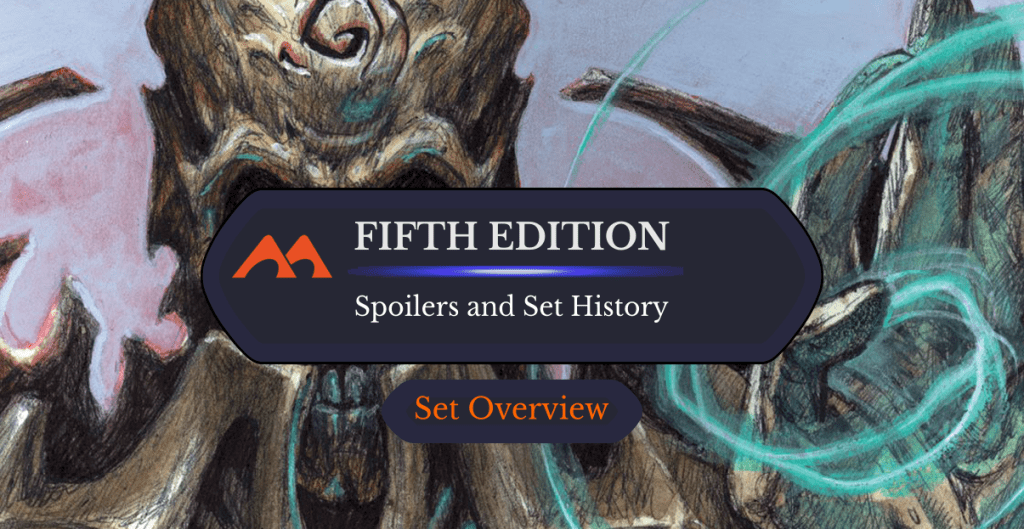
Necropotence | Illustration by Mark Tedin
1997 saw one of the largest updates to Magic: The Gathering since the game’s inception four years earlier. The Fifth Edition Core Set, sometimes stylized as 5th Edition, was the thickest core set by a significant margin and would define the shape of the game for years to come.
Nestled between the Visions and Weatherlight expansions, 5th Edition ushered in the departure of several iconic spells, replacing them with the first reprints of some weaker spells from previous sets. In addition, some significant changes to the core rules were introduced to smooth out gameplay.
Why were these spells removed from 5th? What rules were changed? Here’s everything you need to know about Fifth Edition.
Fifth Edition Basic Information
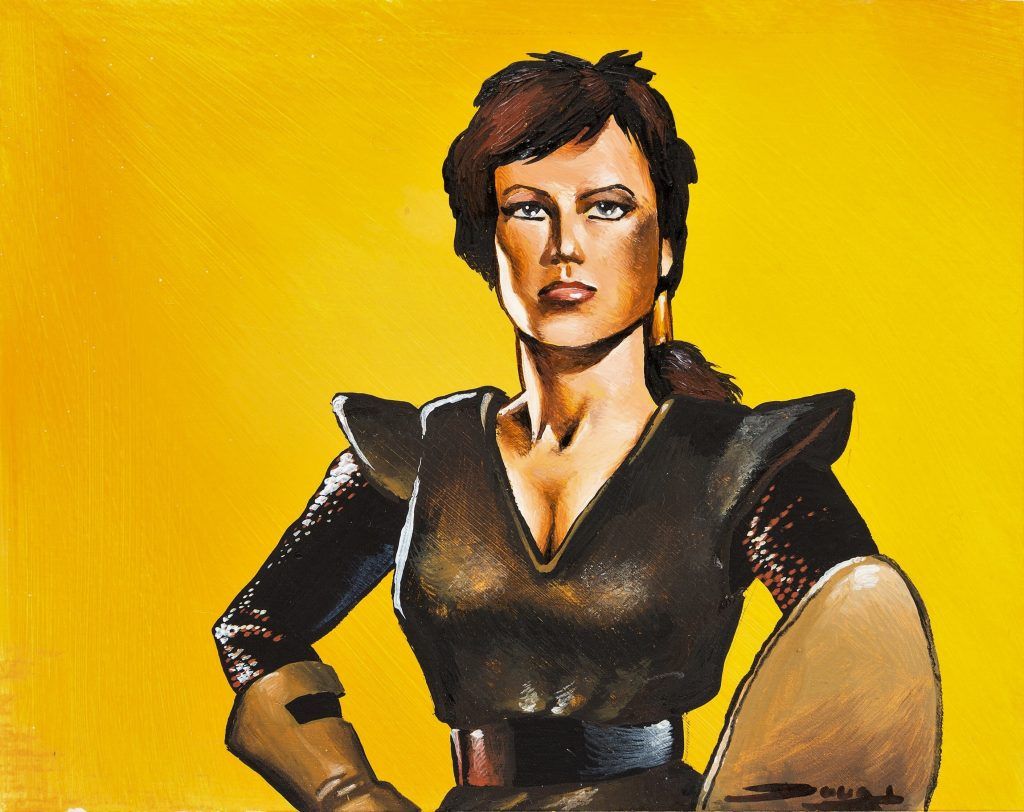
Benalish Hero | Illustration by Douglas Shuler
Set Details
| Set Symbol | None (look for the 1997 copyright date to tell the difference between other white-bordered sets without symbols) |
| Set Code | 5ED |
| Hashtag | N/A |
| Rarities | 449 cards (165 commons, 132 uncommons, 132 rares, 20 basic lands) |
| Mechanics | Protection, Flying, First Strike, Banding, Regenerate, Landhome, Landwalk, Trample |
Important Dates
| Previews Start | N/A |
|---|---|
| Full Gallery Available | N/A |
| Prerelease Week | N/A |
| Paper release date | March 24, 1997 |
| Launch Party | N/A |
About the Set
The Fifth Edition Core Set could be considered the first time Magic: The Gathering started to take itself seriously as a competitive game. Rules changes were implemented and cards were added or omitted from the core set to purposely shape the meta.
Significantly powerful cards like Channel, Balance, and Serra Angel (lol) were rotated out, perceived as too powerful for competitive environments. Surprisingly, cards like Armageddon appeared in 5th Edition and Necropotence migrated over from Ice Age. Cards from Arabian Nights, Antiquities, The Dark, Legends, Fallen Empires, and Homelands were also rotated in.
Several underpowered or just plain unpopular cards were also removed. This was the first Core Set without the cycle of “laces” (Thoughtlace, Deathlace, etc.), as well as the cycle of Wards (Red Ward, Blue Ward, etc.). In addition, Fifth Edition removed the ante cards from the core set.
Fifth Edition designer Mike Elliot wrote a breakdown of the changes from 4th to 5th in The Duelist Magazine back in June of 1997. In it, he goes card by card and discusses why each card was omitted. Generally, the guiding philosophy was to “make the rare cards more consistently playable (no more Laces), and to balance the colors so that the relative power levels of the five colors are approximately equal in strength.” They also wanted to “more clearly define the strengths and weaknesses of the individual colors.” For example, blue is the flying color, and they made an effort to focus on this in Fifth. The other colors lost their low cost fliers but were strengthened in other ways.
Many of the cards also lost out in the numbers crunch; they had a directive to vary the card pool by rotating in cards from other sets. Blue Elemental Blast and Red Elemental Blast were in consideration to be included at uncommon, but they lost out to Pyroblast and Hydroblast in the end.
Fifth Edition was the first white-bordered set to update the artwork and flavor text on many cards. Classics like Drudge Skeletons and Counterspell got a facelift, and many cards’ rules text were simplified to bring them in line with the new Fifth Edition rules changes. This caused a bit of a stir; Wizards’s policy was to reprint cards only in white border sets, but the new artworks could be conceived of as new prints, which would require that they originally be printed in black border. Eventually, the decision was made to print the entire set only in white border.
Fifth Edition Mechanics
Rules Changes
Perhaps the biggest change that came with Fifth Edition were the changes to the official rules. While not as drastic as the following year’s rules update, Fifth Edition was a harbinger of what was to come. The designers knew that the game was becoming bloated and counterintuitive, so several elements were removed, updated, or added to the game.
First, some terminology was added or changed. “Combat damage” became the official term for damage dealt in combat, and cards like Fog were updated to reflect this. In addition, the term “generic mana” was added to refer to the mana costs of spells and abilities that doesn’t need to be of a specific color. Artifacts and enchantments could acquire the supertype “legendary” but legendary creatures were still referred to as legends. Protection could now protect from anything, not just specific colors. Finally, local (aura) and global (non-aura) enchantments were defined and then abandoned shortly after.
Most significant of the rules changes were the addition of the “play or draw” match set-up, something we take for granted these days. For several months before the official Fifth Edition rules update, DCI-sanctioned tournaments had implemented an optional rule that the player who takes the first turn first skips their first draw phase.
The turn structure experienced some much-needed patching in Fifth Edition as well. Effects that lasted “until end of turn” now lasted until the very end of the turn, instead of until the end phase. The developers combined the end phase with the “heal creatures” phase into a cleanup phase that now happens between player turns.
Additionally, mana sources were defined as an ability. You could no longer Rust a Mox Ruby in response to prevent your opponent from adding the mana. Mana sources could not be interrupted or responded to with instants.
The rules for special costs on activated abilities were changed, too. Cards like Greed now read “, Pay 2 life: Draw a card” instead of “: Pay 2 life and draw a card.”
Still lost in the weeds of a stack-less game, interrupt timing was modified in 5th Edition. Interrupts were split into two types: interrupts that target were now cast in “batches” with the active player having priority to cast interrupts. These interrupts could only target the casting they interrupted and couldn’t target “down the chain.” For example, if I cast Lightning Bolt and Incinerate, then you cast Counterspell, you could only counter the spell currently being cast, meaning you’d have to let one resolve first to target the other. This may seem insignificant, but not placing the interrupt “on the stack” like we do nowadays creates some odd timing scenarios.
The second interrupt type was “mana sources.” Mana sources were interrupt effects with no targets and that only produced mana. Cards like Llanowar Elves were mana sources, and their effects could not be responded to except by interrupts that also had no target.
The Fifth Edition rules change just gets more esoteric as we go. Damage prevention was next on the chopping block, and the rules were changed from dealing with damage in “batches” to resolving it one at a time per source. There was also no longer a delay on damage: I could Lightning Bolt your creature in response to you casting Red Ward and still destroy your Benalish Hero.
Finally, Magic changed a few things regarding the graveyard and the library. First, you were now allowed to count the cards in your library at any time. Second, the concept of “on its way to the graveyard” was removed, meaning players could now sacrifice creatures that had lethal damage marked on them. Lastly, “bury” effects were made unpreventable, getting around regeneration and sacrifice effects (bury has since been abandoned, and all bury cards were errata’d to read either “Destroy X, it can’t be regenerated” or “Sacrifice X”).
Banding
5th Edition was the last set to include banding. This reviled mechanic is hated by Magic players the world over for being wordy, complicated, and ultimately not that valuable. Banding allows any creatures with banding, and up to one without, to attack in a band. Bands are blocked as a group. If any creatures with banding you control are blocking or being blocked by a creature, you divide that creature's combat damage, not its controller, among any of the creatures it's being blocked by or is blocking. This relic of a mechanic was much more applicable when Magic was about squeezing minute bits of advantage out of combat and “trading up” into opponents’ creatures. Modern Magic cares less about subtle battles of wits and more about gearing up to throw a huge haymaker at your opponent.
Islandhome
Dandân got its island-restriction ability keyworded into “islandhome,” and it’s one of only five cards that ever got the ability actually printed on cardboard. This keyword has been abandoned, but its general effect, meant to represent creatures that require a specific environment, is still seen today as an unkeyworded effect.
Today, look for a card that “can't attack unless the defending player controls a <land type>” and “When you control no <land type>, sacrifice <this creature>.” Some classics with this ability include Sea Serpent and Bog Serpent, and some creatures only have partial islandhome like Skeleton Ship.
Fifth Edition Card Gallery
White
Blue
Black
Red
Green
Colorless
Lands
Notable Cards
Pain Lands
The cycle of Ice Age pain lands got their first reprints in 5th Edition. These 2-color lands each can tap to add 1 colorless or for one of their two allied colors by taking 1 damage. These dual lands are staples in every format where they’re legal, and frequently make it back into premier sets and Commander precons.
Necropotence
5th Edition also brought the return of Ice Age’s Necropotence, probably the best black enchantment in the game. Would you believe after its release, Duelist magazine named this card one of the biggest flops from the set? How wrong they’d be: Summer ’96 became infamously known as Black Summer, when every competitive deck on the scene was running a Necropotence deck.
Dandân
Dandân is one of those cards that’s persisted in popularity far longer than it has any right to. That’s entirely due to the on-the-rise Dandan (or Forgetful Fish) format, where players share an 80-card library with 10 Dandâns and packed to the brim with topdeck manipulation and counterspells. By modifying the rules around an underpowered and seldom-played card, you can create what’s virtually an entirely different game using Magic’s branded product. I’m always saying the best parts about this game consistently have nothing to do with WotC, so give Dandân a try if you’re so inclined.
Incinerate
Incinerate is a perfect example of how Magic’s developers wanted to power down the Standard environment. According to developer Mike Elliot, Incinerate replaced the undercosted Lightning Bolt. Costing twice as much mana and denying regeneration really slows down aggro and burn decks; suddenly that’s half as many bolts you can fling at your opponent’s face. Earth Elemental and Fire Elemental were also considered undercosted (lol) and were replaced with Ice Age’s Stone Spirit and Flame Spirit respectively.
Available Products
The Fifth Edition Core Set was sold in 15-card booster packs and 60-card starter decks. Fifth Edition was also one of the first sets to receive supplemental product in the form of a 2-Player Starter Set, which included two 30-card ready-to-play decks, an oversized rulebook and play guide, and one booster pack. MSRP for booster packs in 1997 was $1.45 (one dollar, and forty-five cents?!), but these days a sealed box of 5th will run you upwards of $1100 on TCGplayer, with sealed starter decks priced at $100 a pop.
Wrap Up

Millstone | Illustration by Kaja Foglio
The Fifth Edition Core Set was the first time Magic’s developers got to shake up the Standard environment in a big way. Despite removing over 100 cards in the transition from Fourth, Fifth is still the largest core set ever released, and it’s not even close. Fifth Edition brings in staple cards from every premier set that had been released up to that point and shaped the environment around those cards for the next year. This is to say nothing of the immense changes to the rules that came along with it, rules that would again be changed with the release of 6th Edition a year later.
Do you have any favorite pet cards from 5th? Maybe you remember playing in competitive events back in ‘97; what was that like? Let me know in the comments, or over on Draftsim’s X/Twitter.
Thanks for reading! Until next time!
Note: this post contains affiliate links. If you use these links to make a purchase, you’ll help Draftsim continue to provide awesome free articles and apps.
Follow Draftsim for awesome articles and set updates: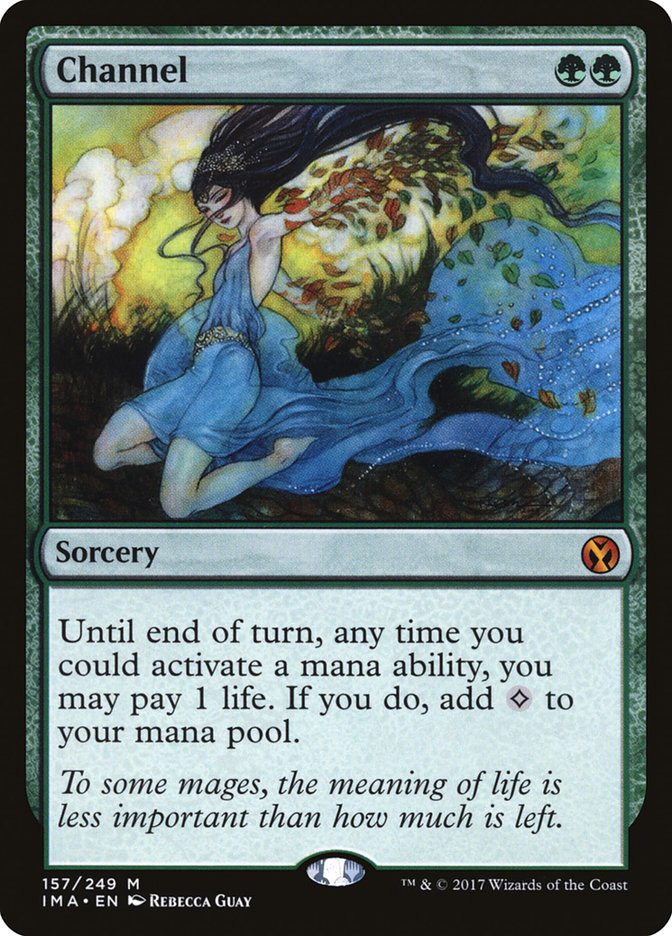
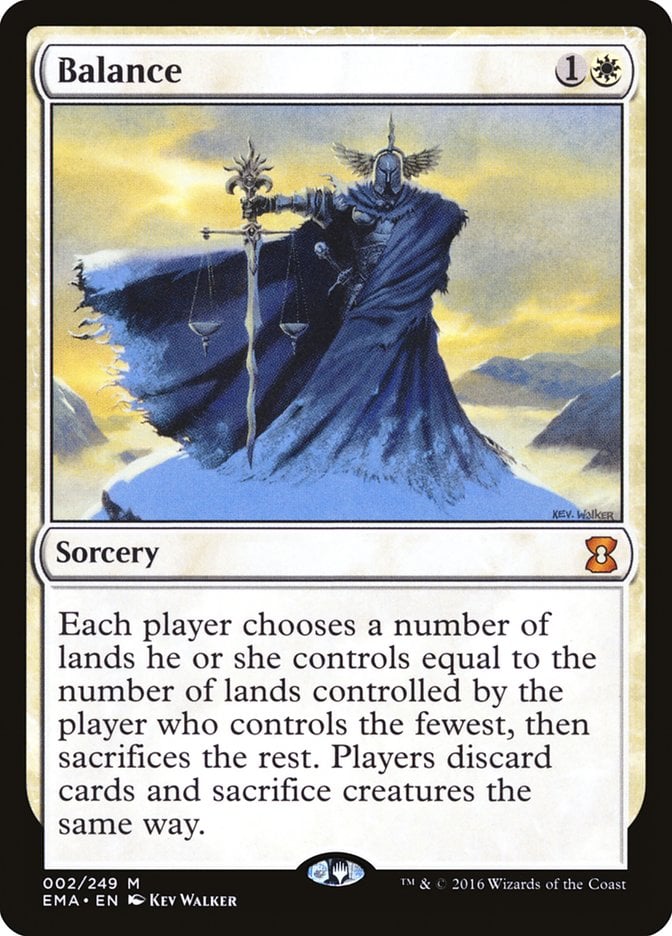
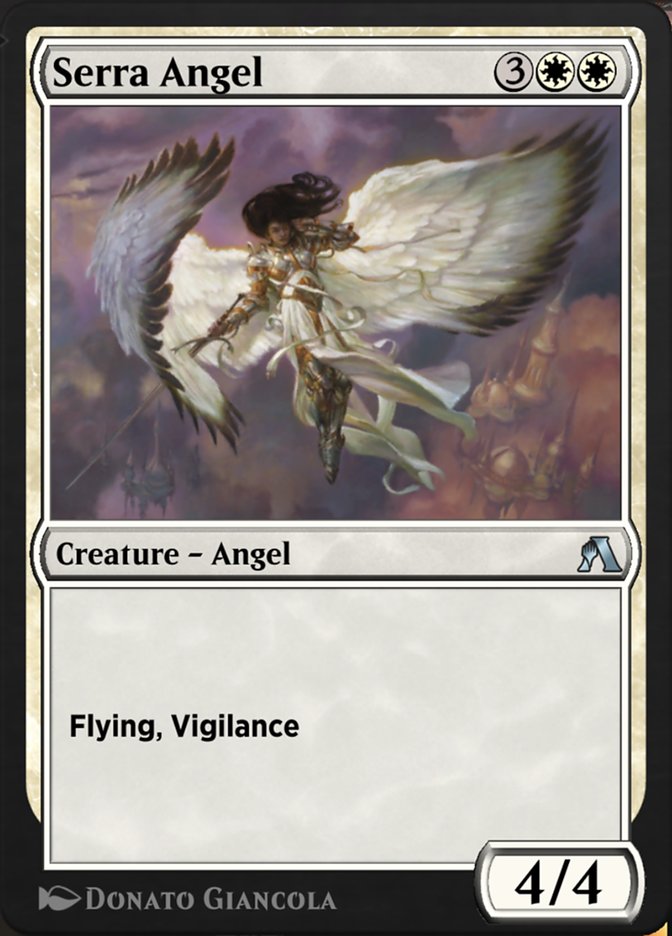
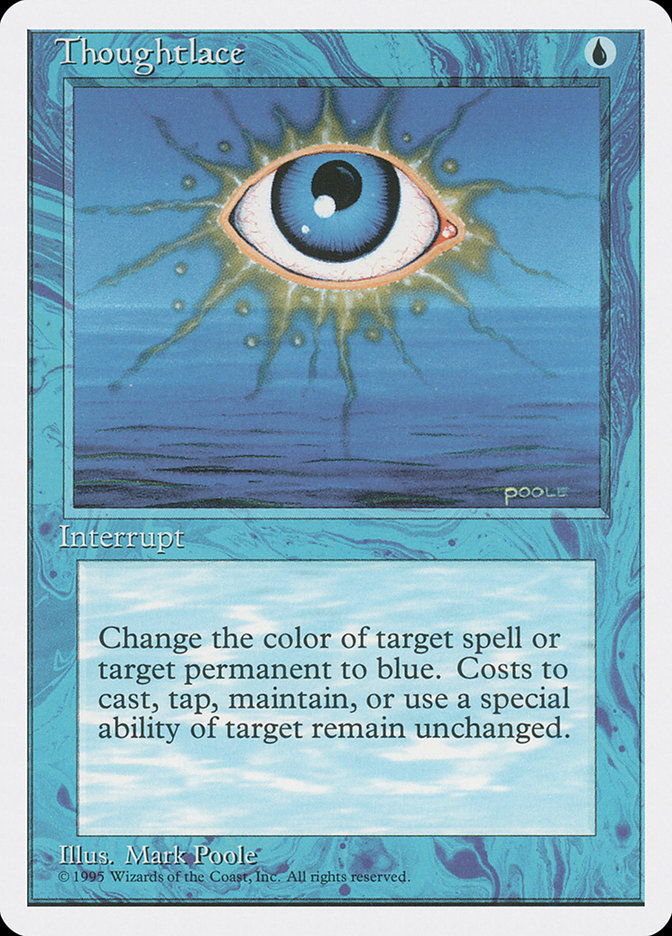

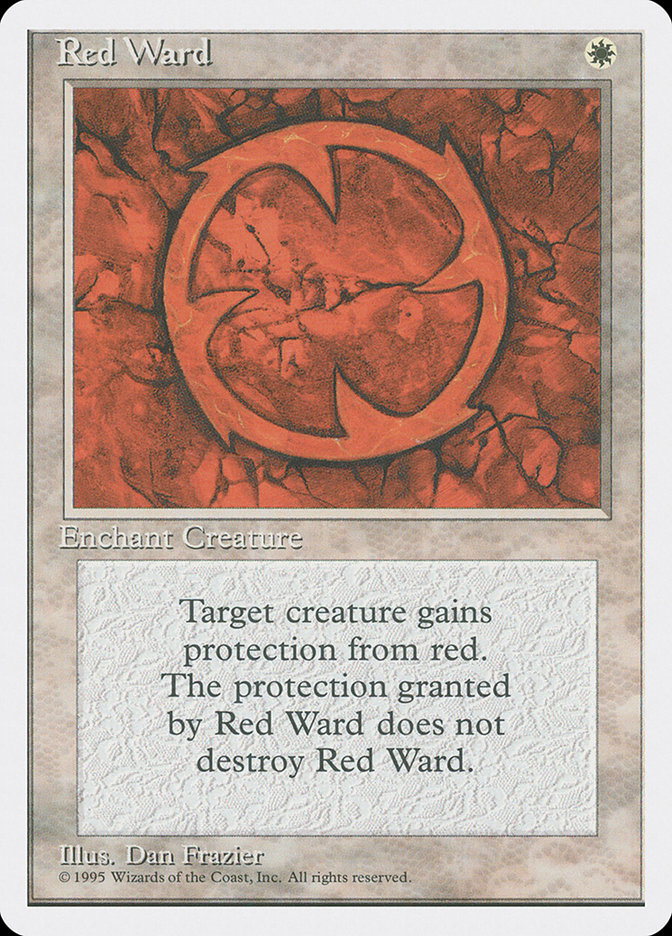
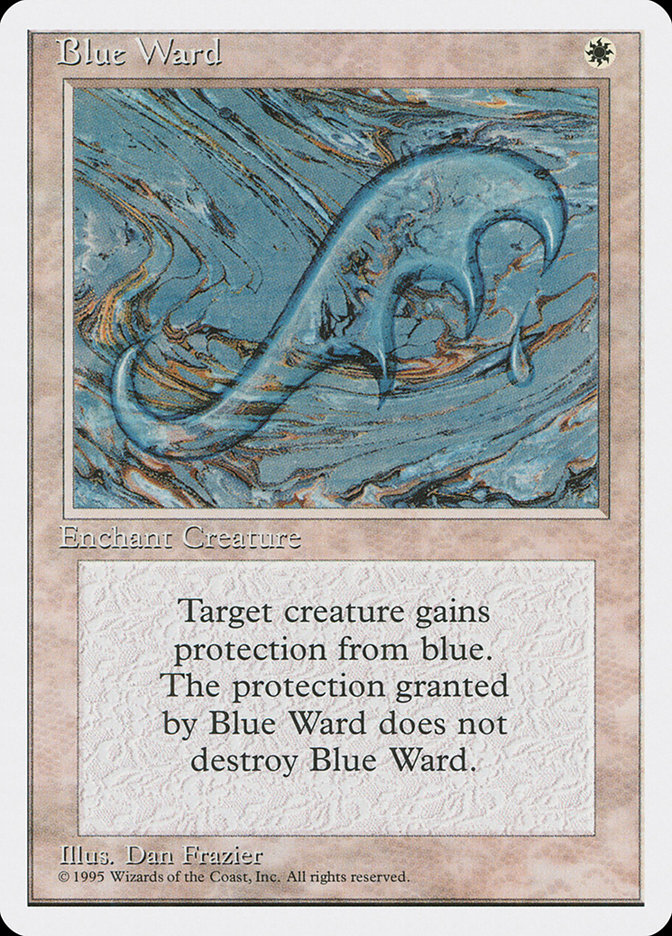
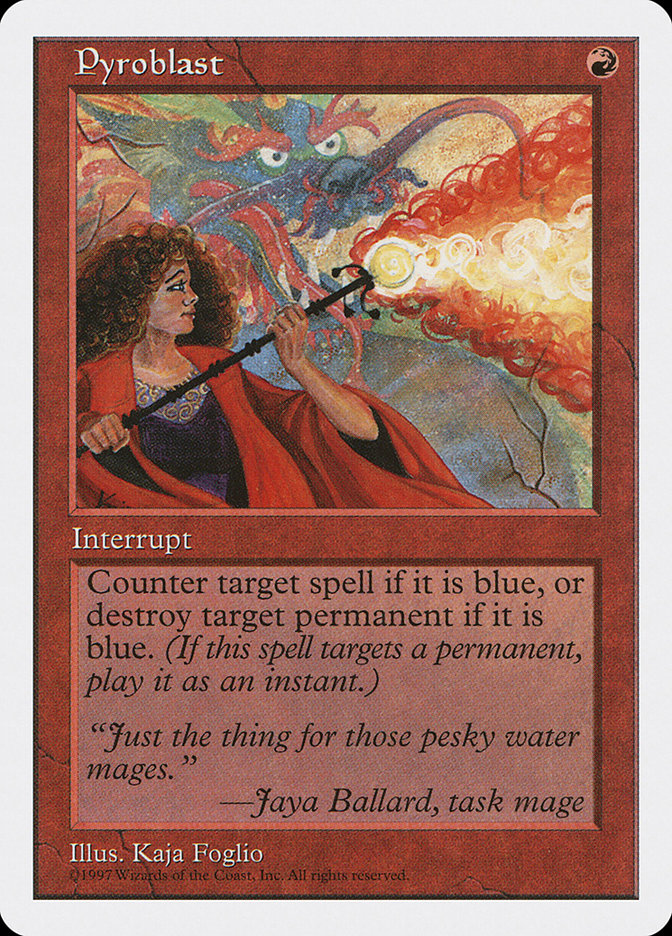
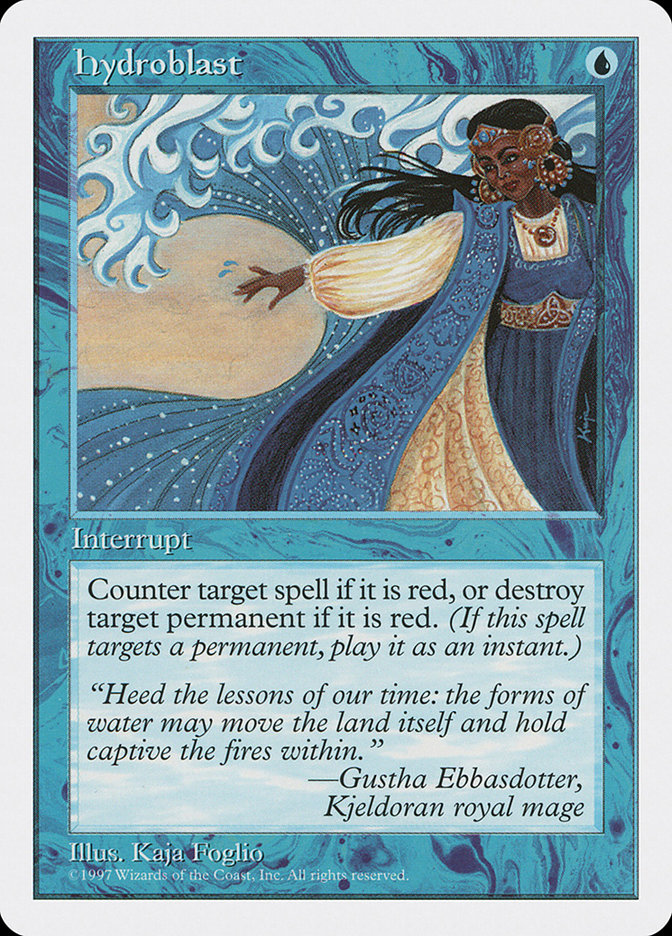

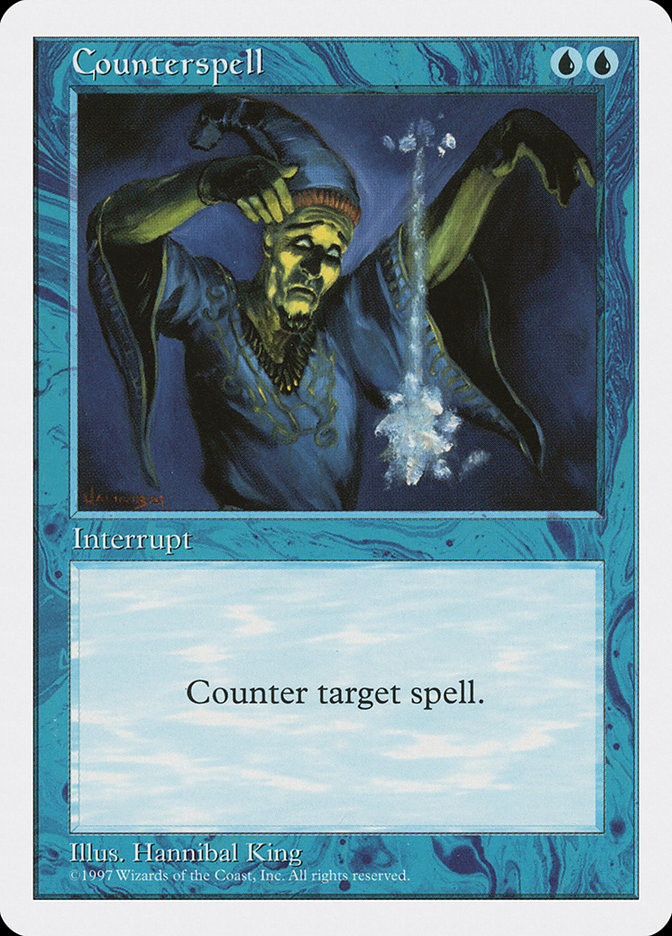

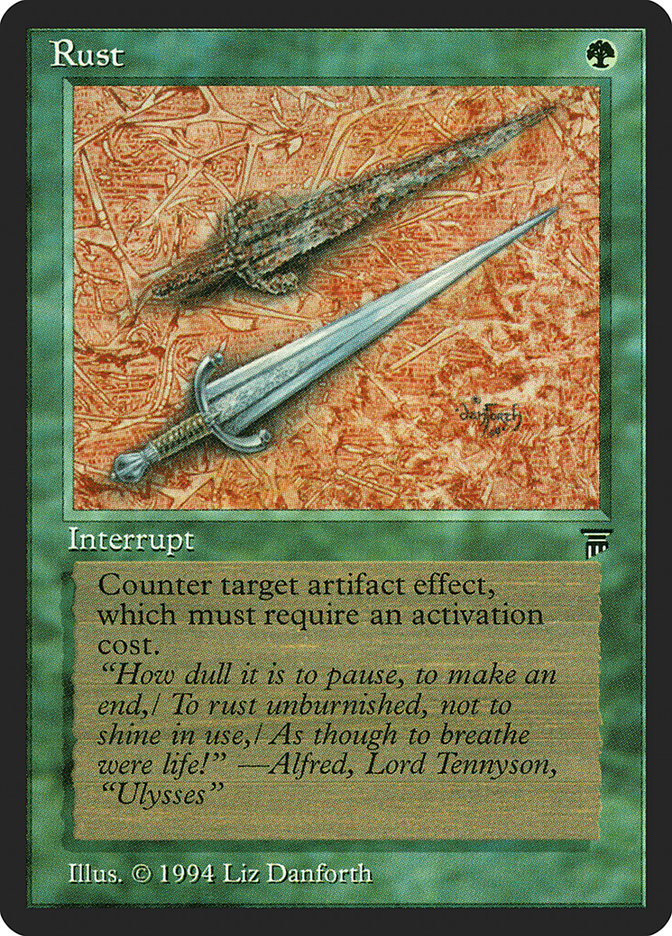
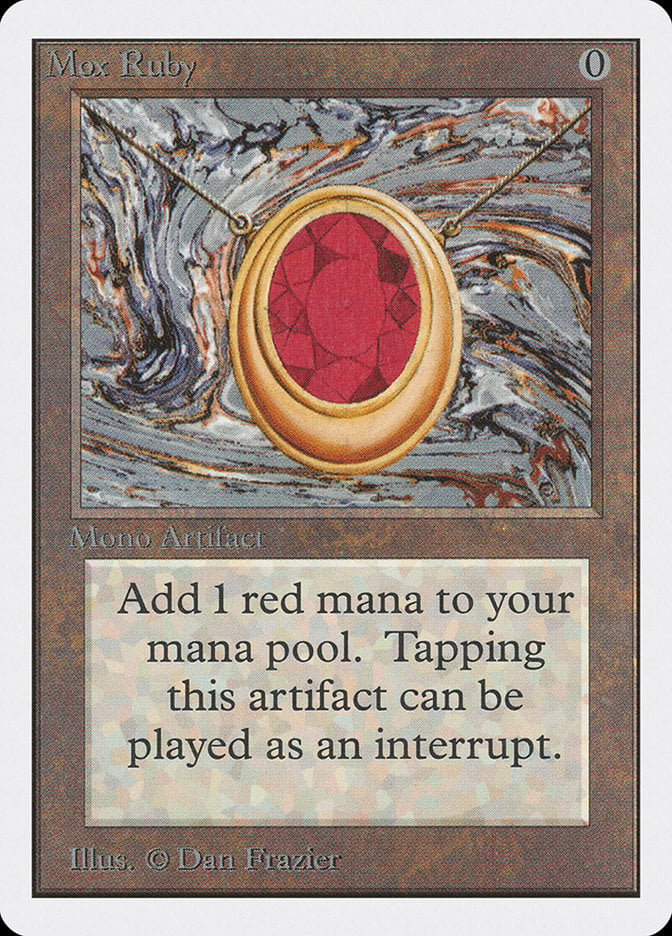
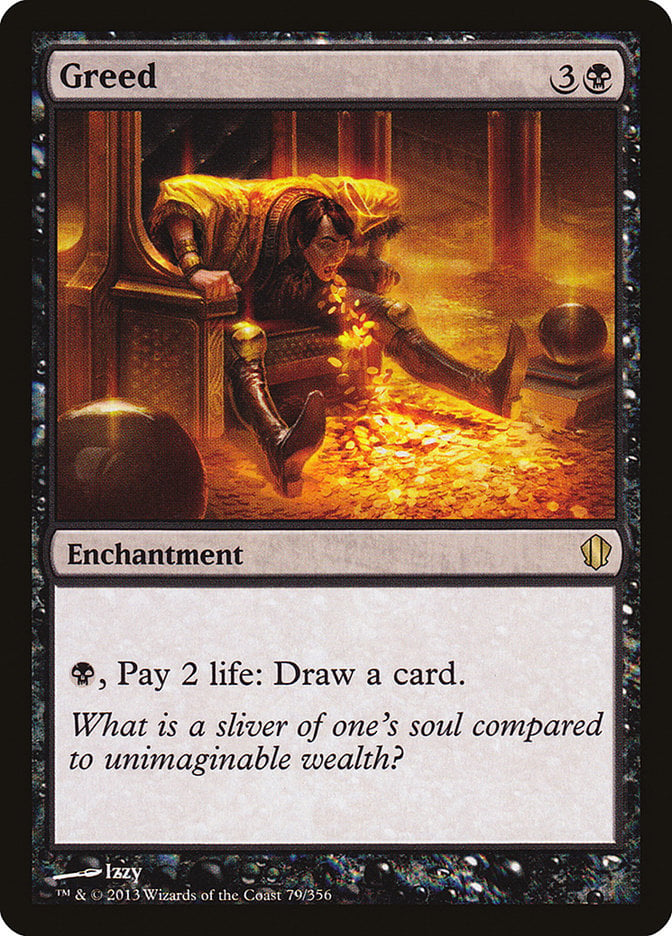
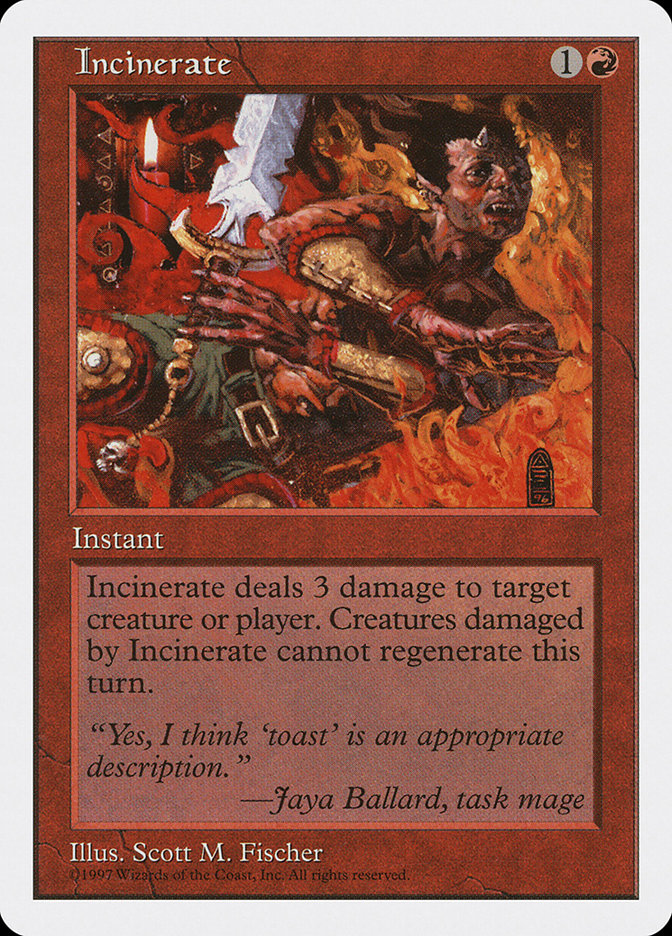

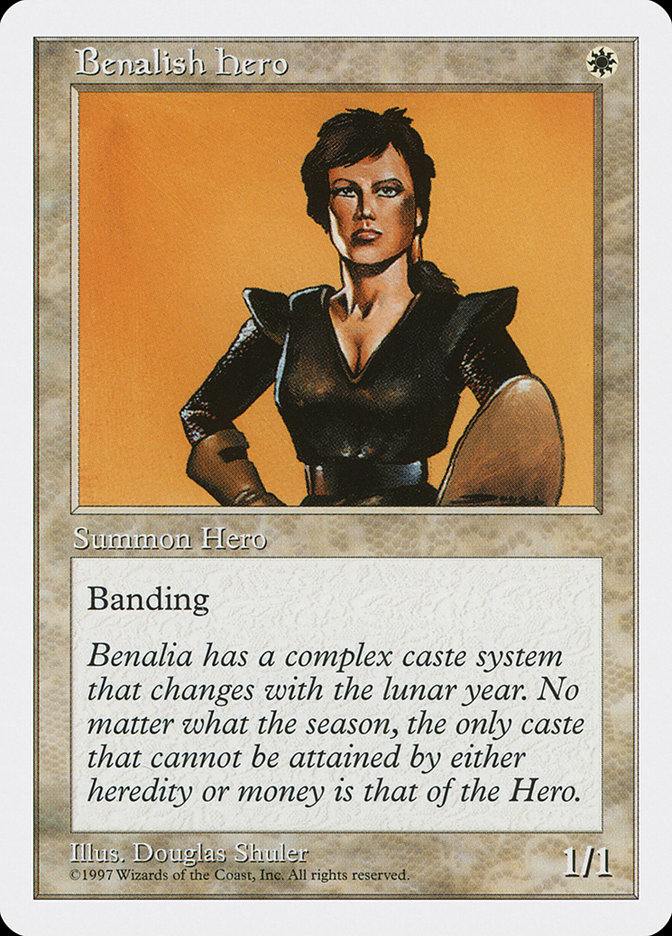
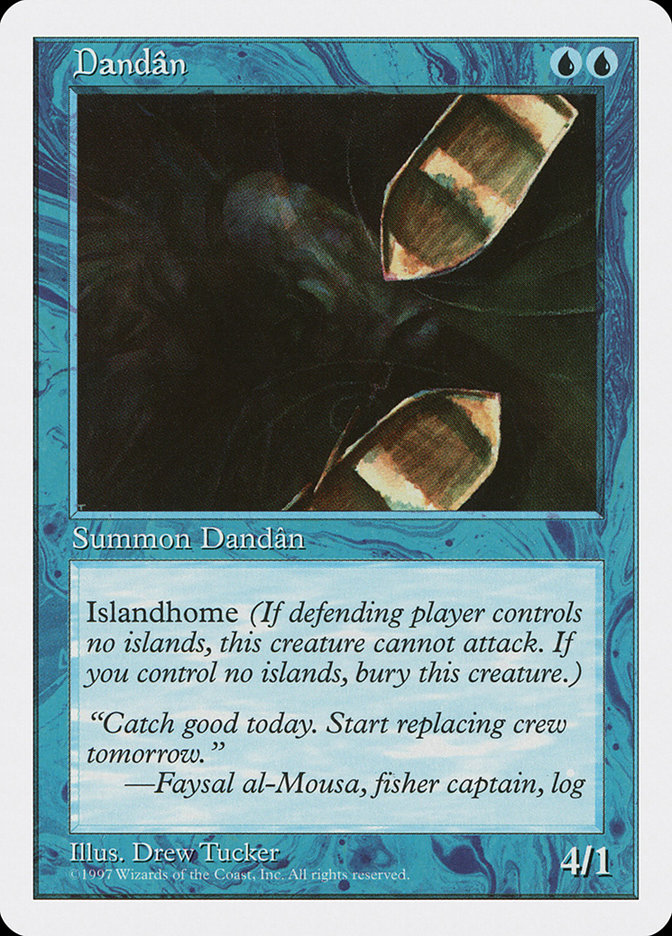
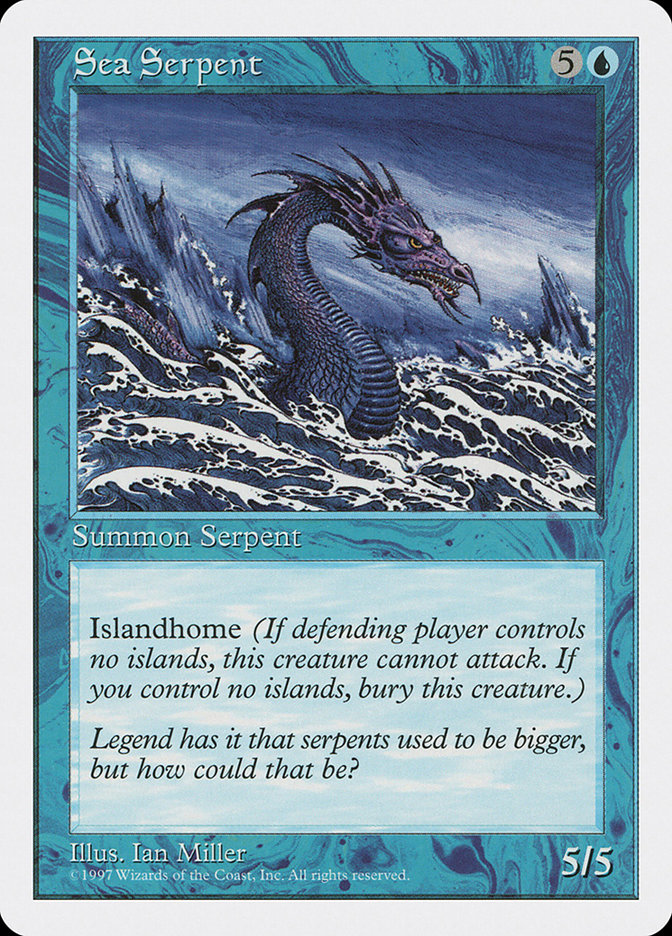
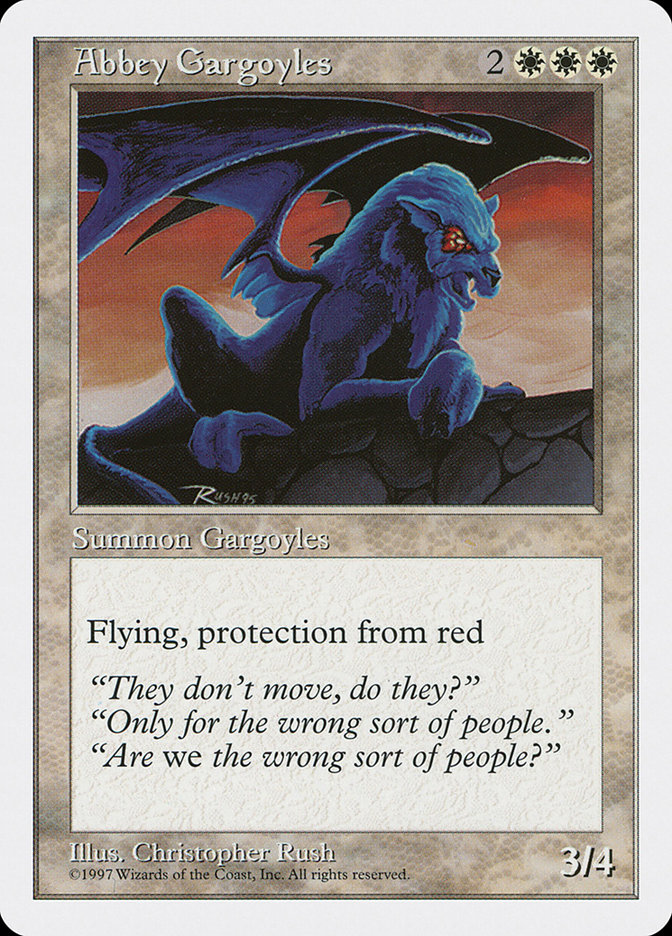
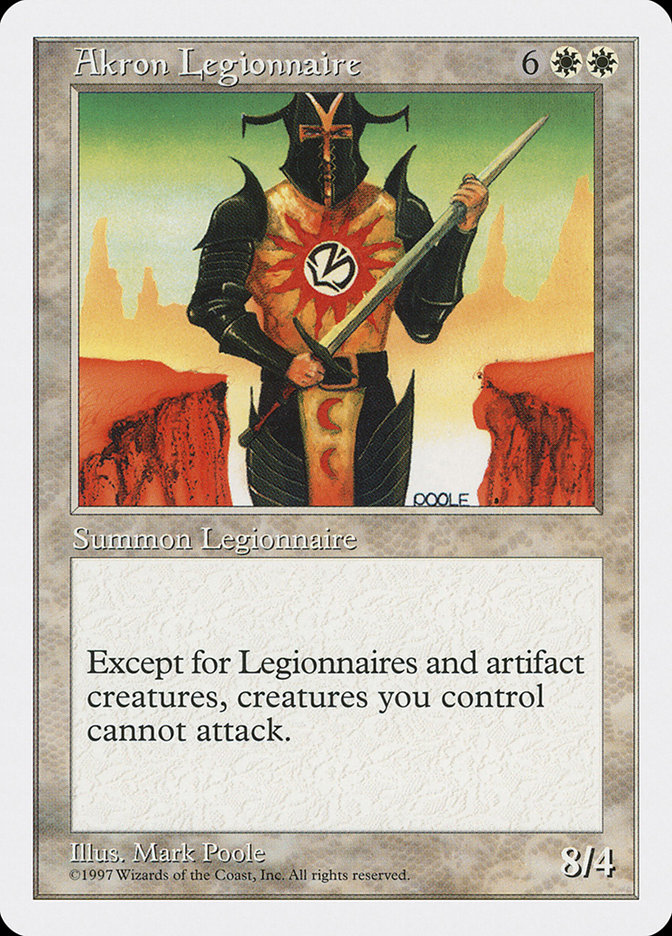

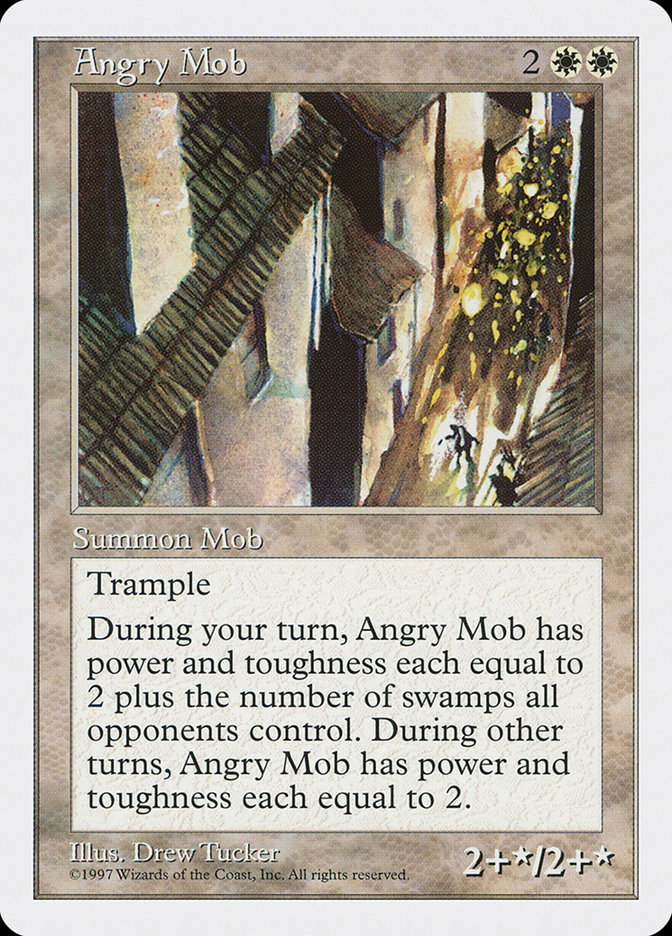
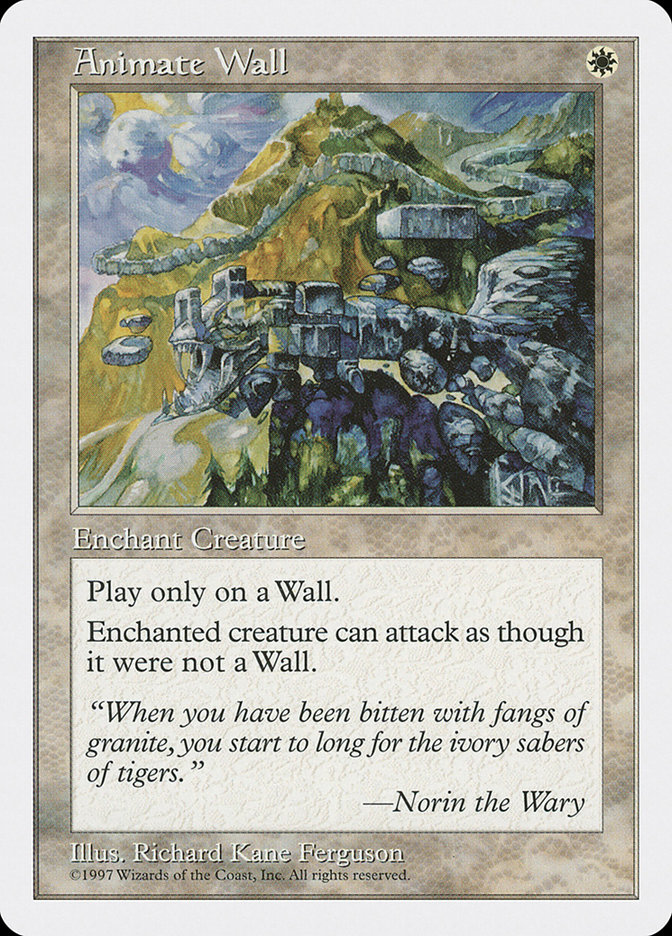
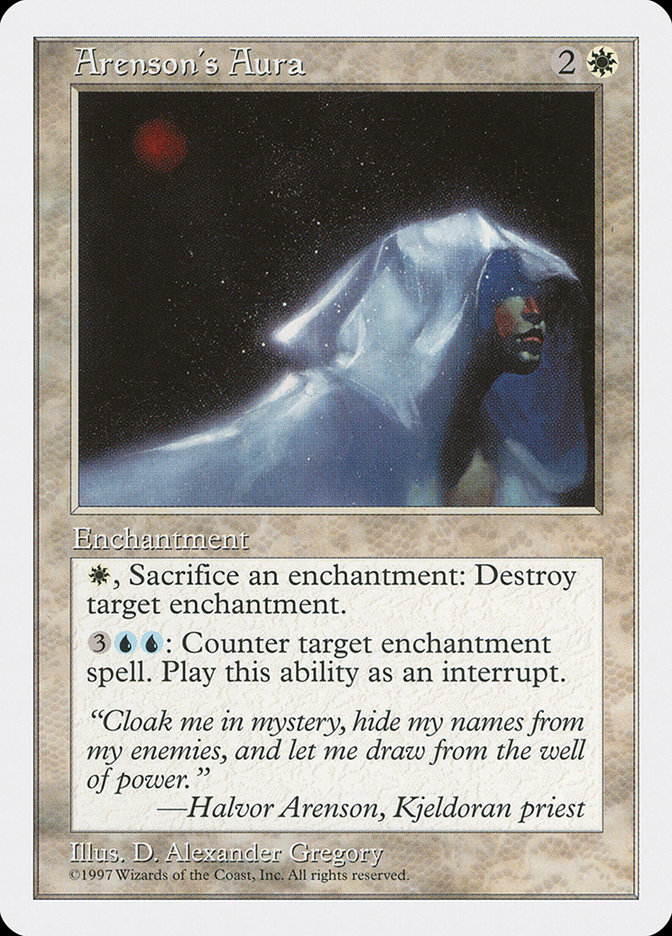

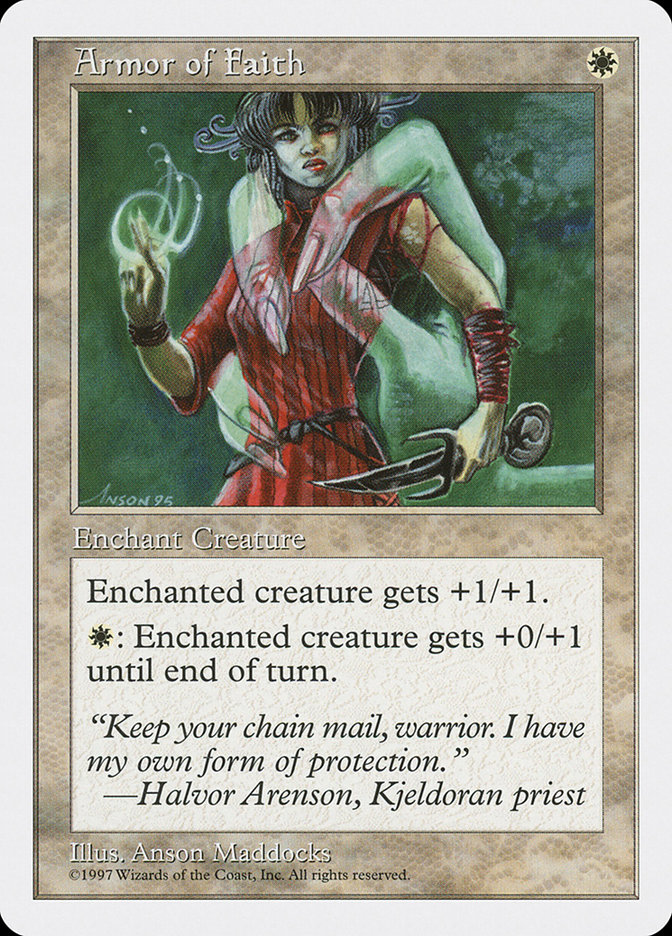

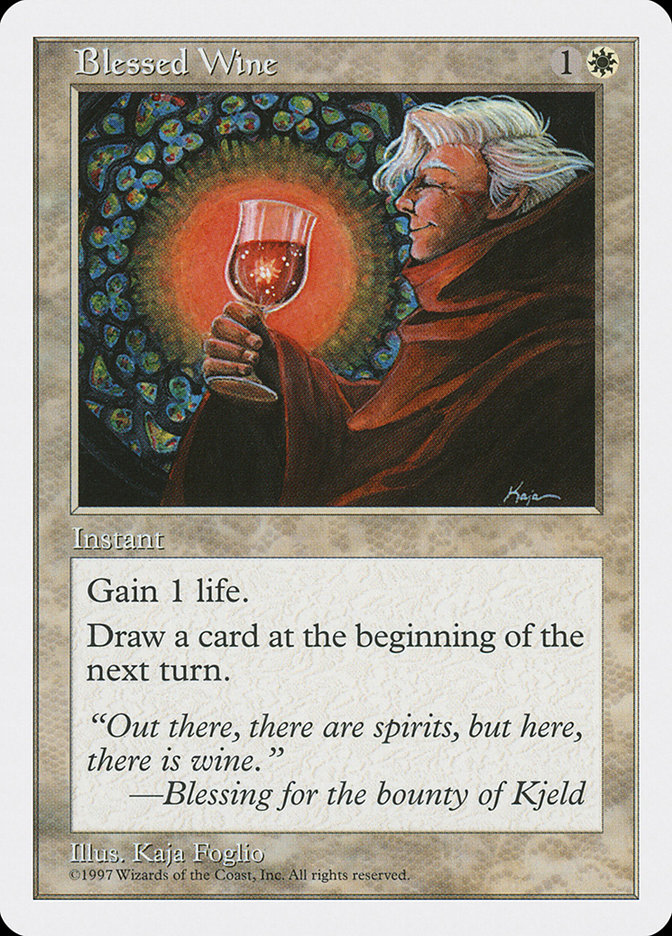
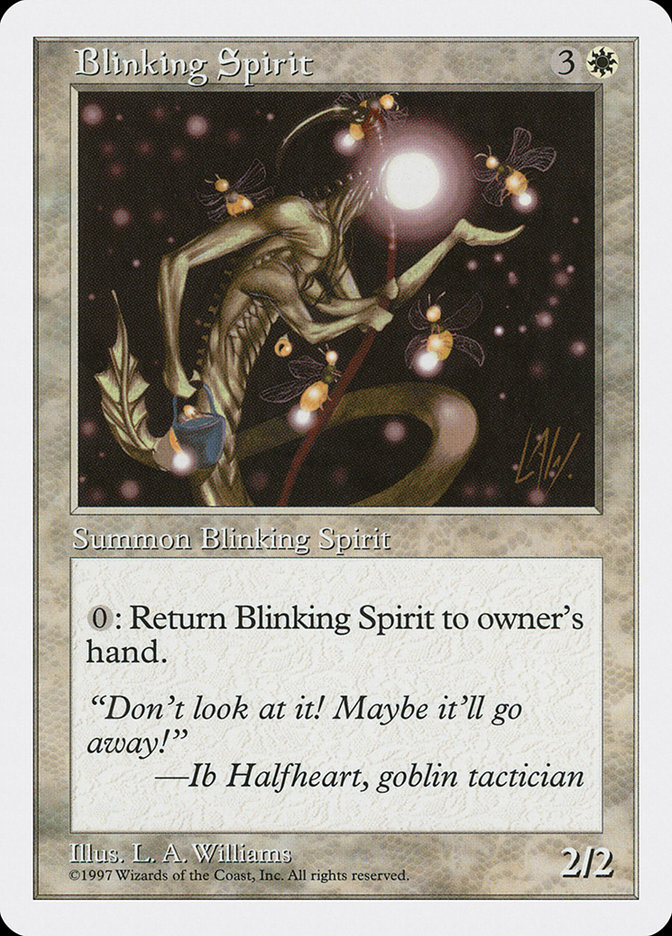
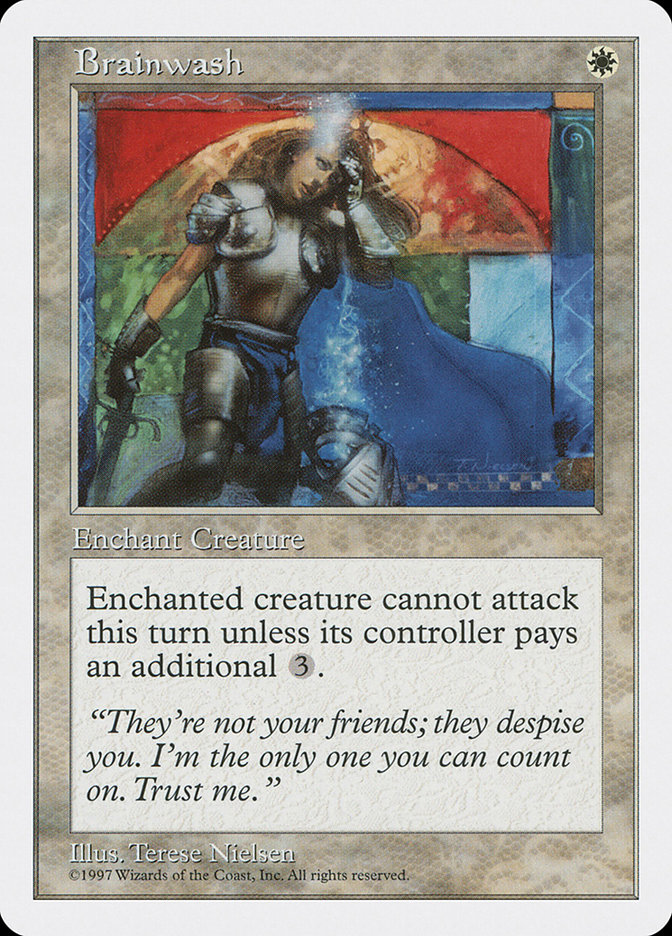


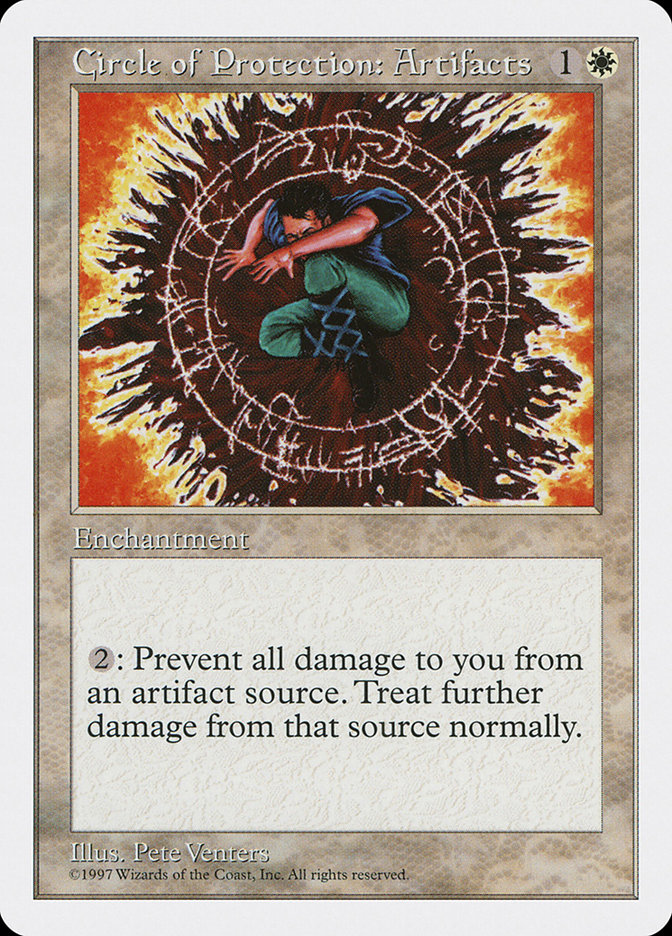
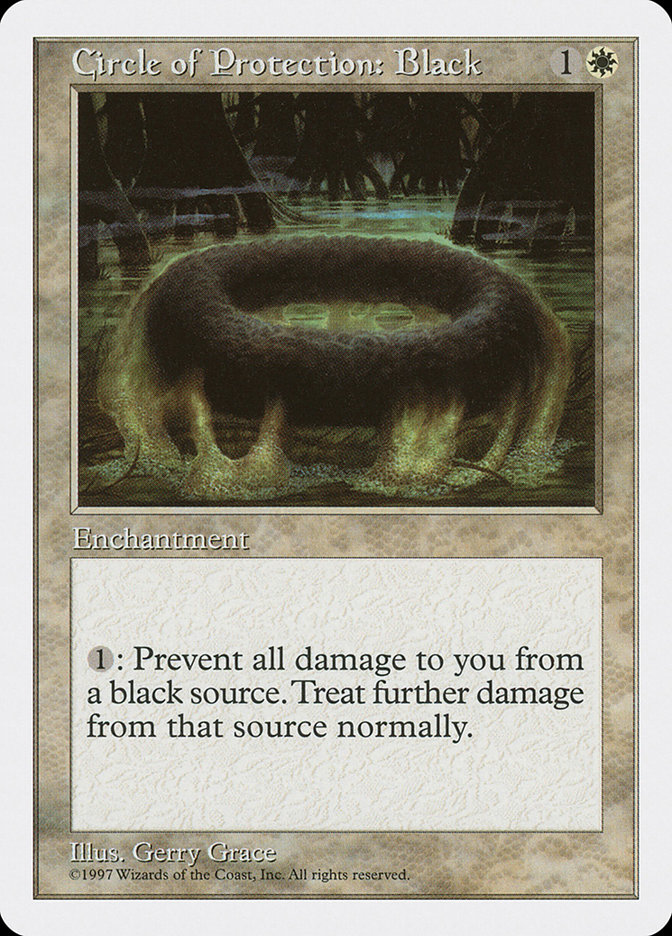
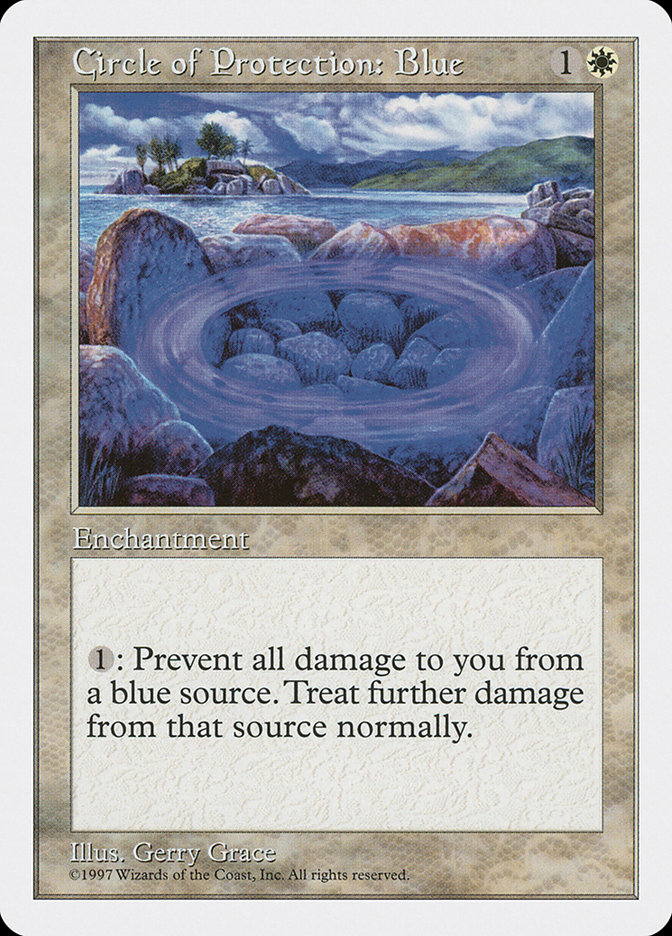

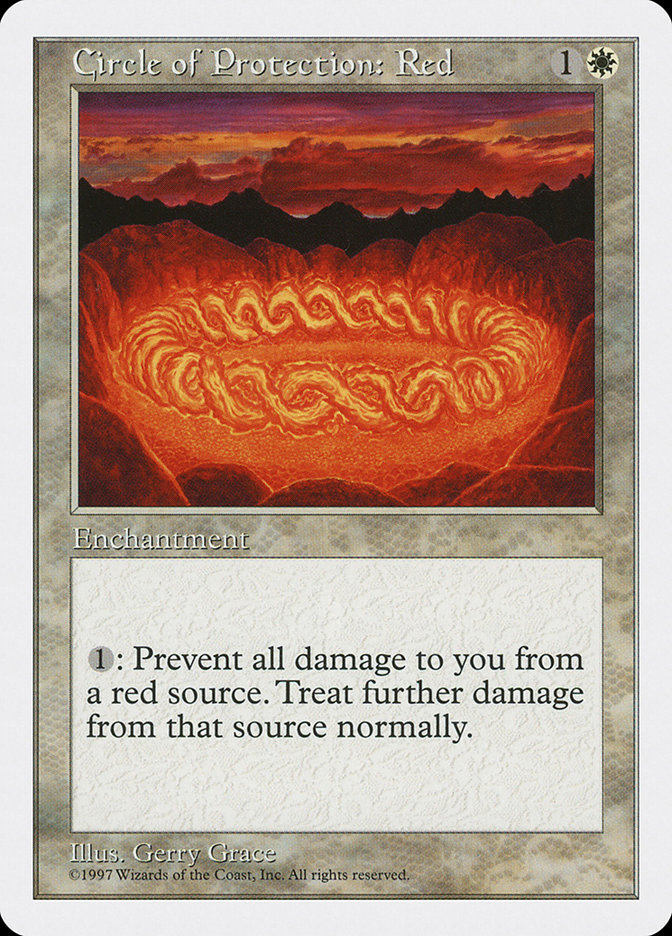
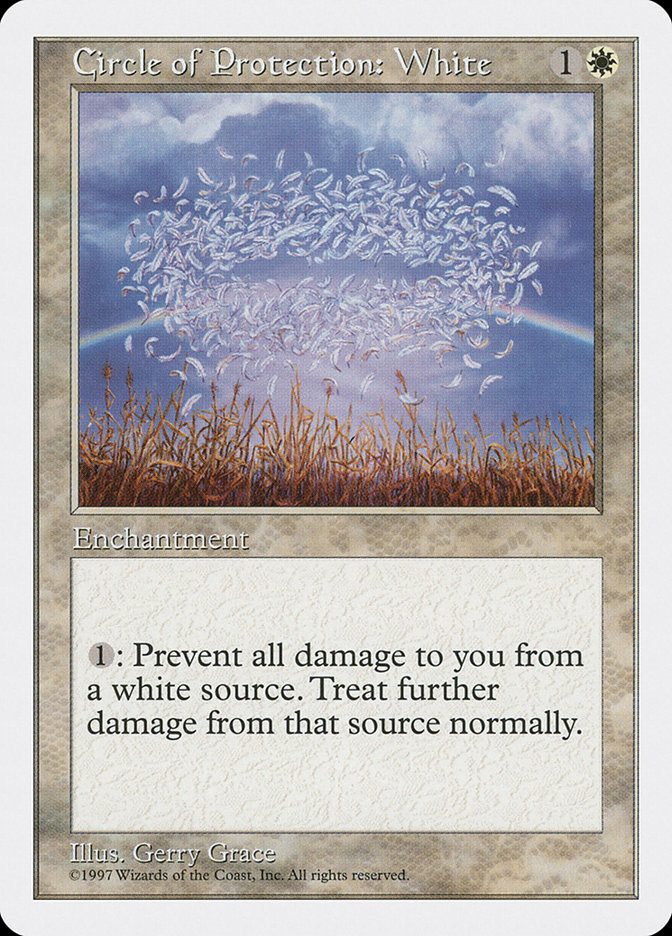
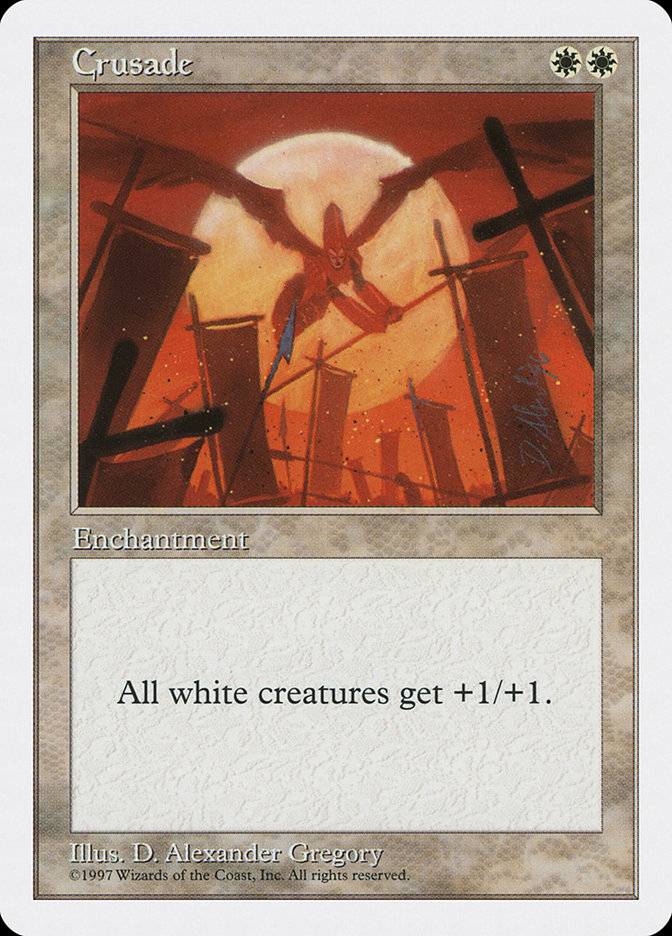
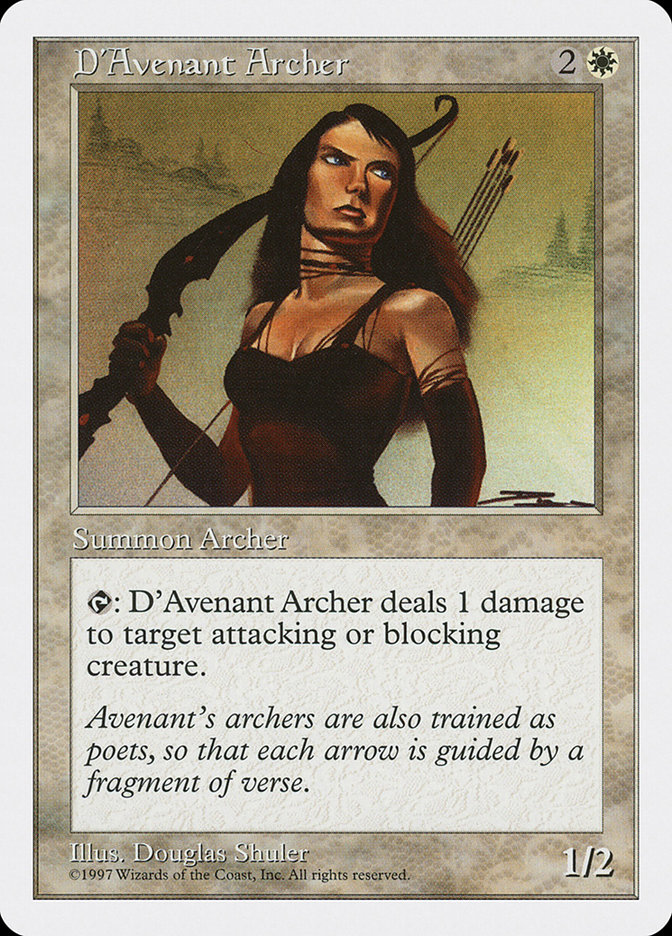


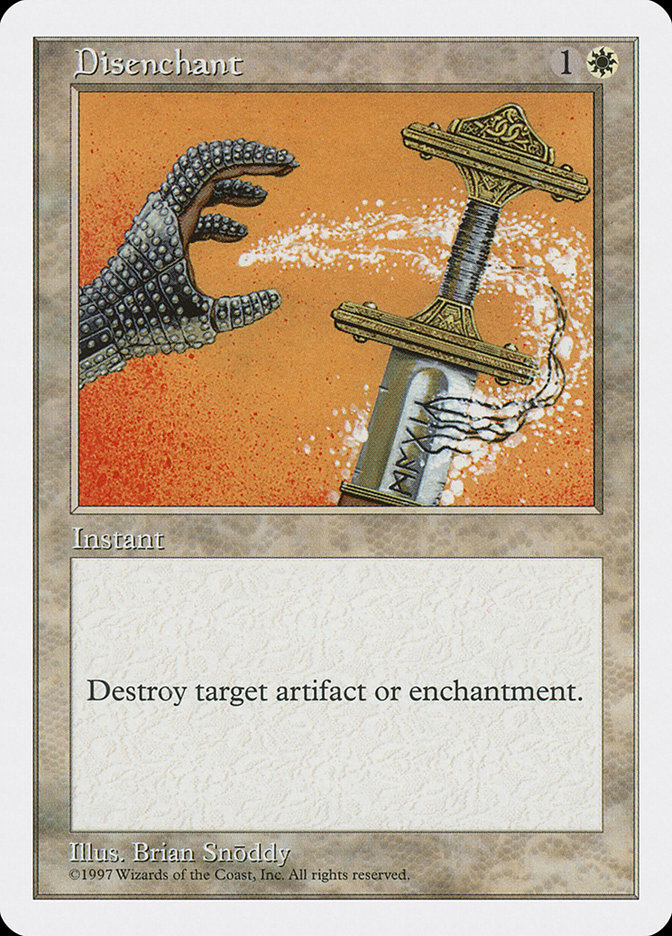
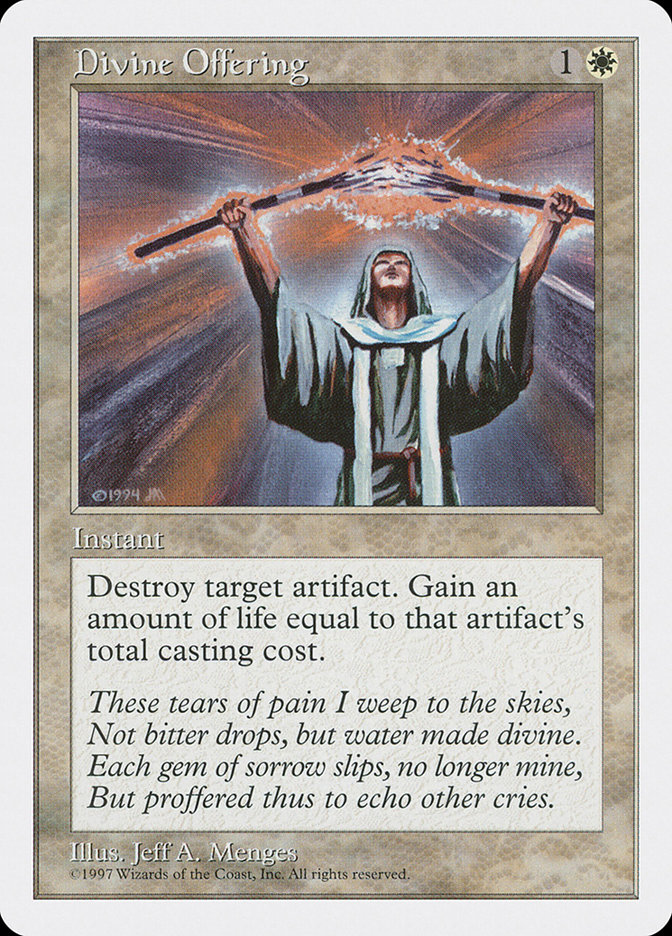
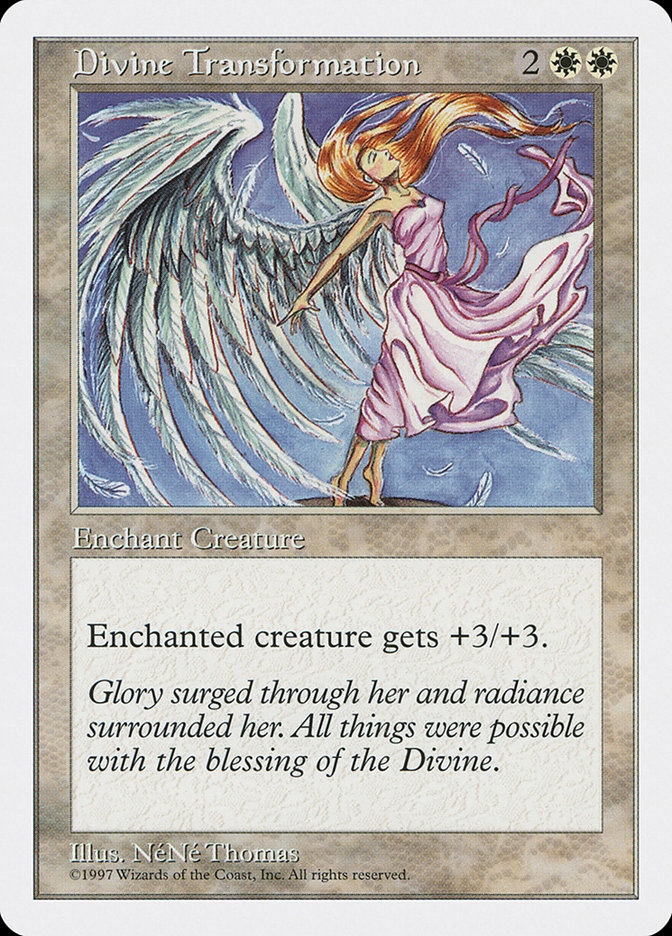
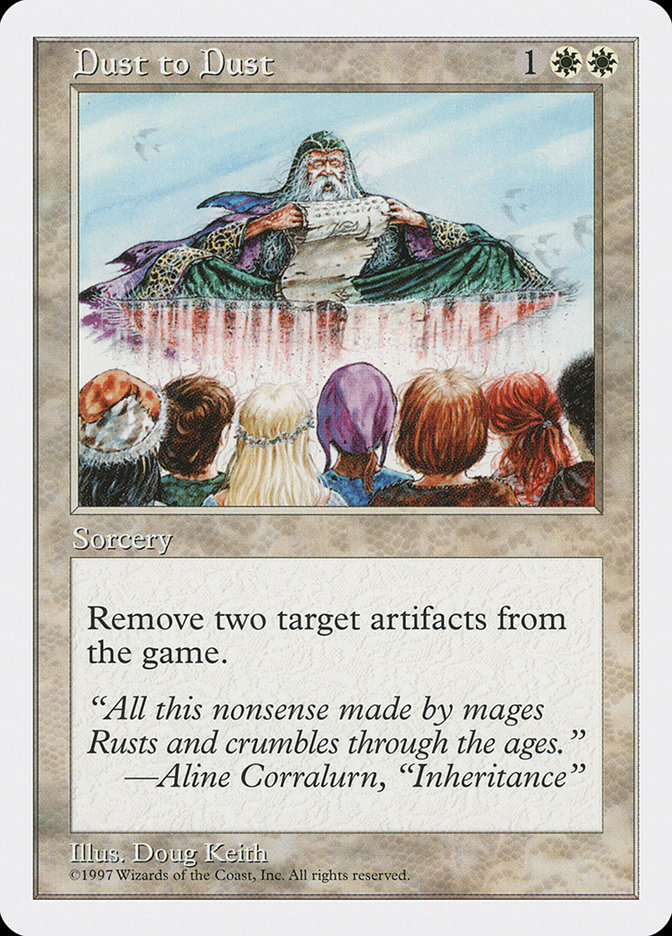

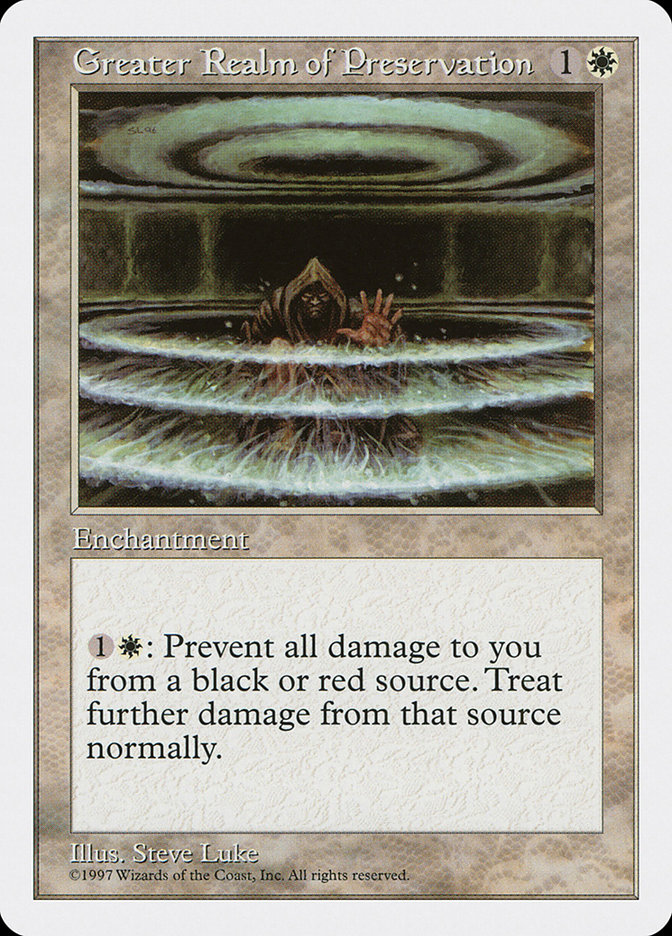
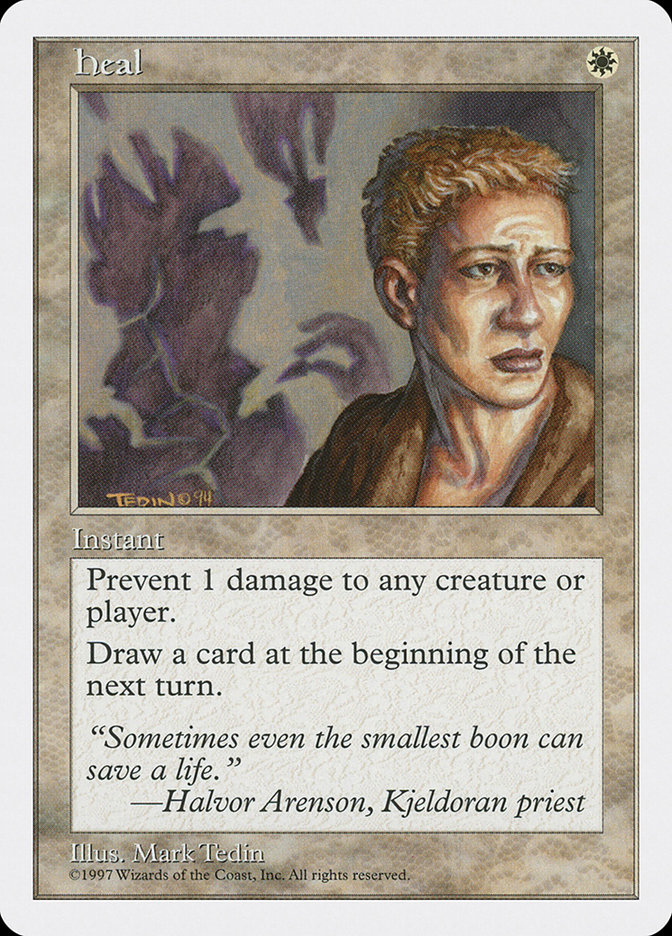

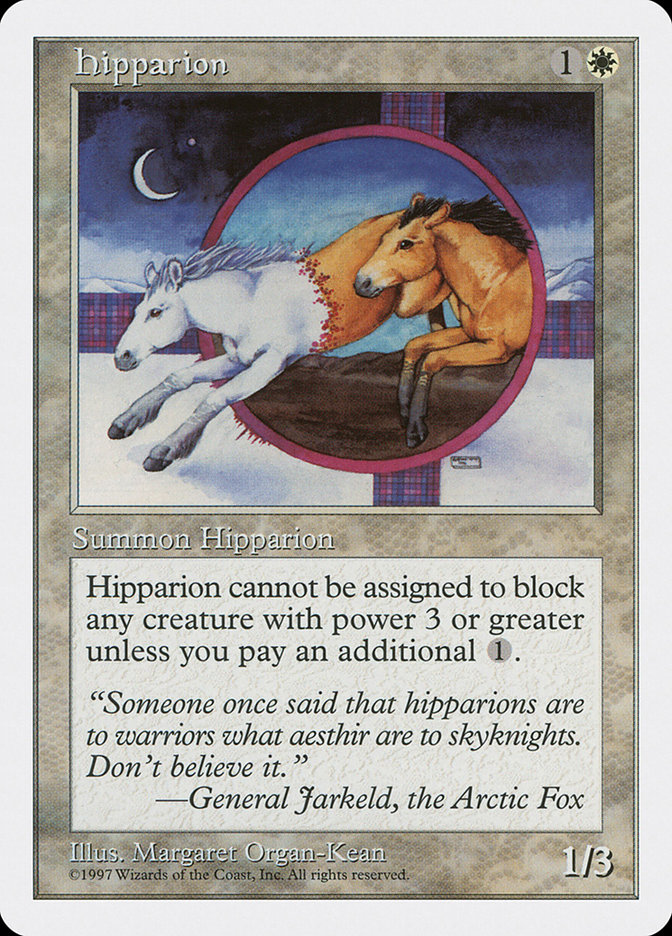

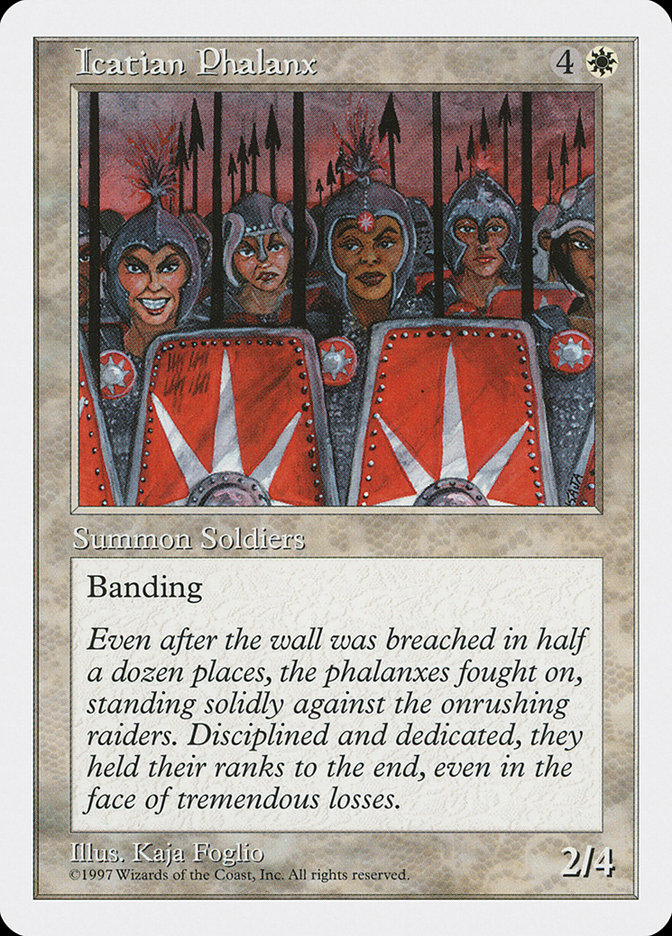
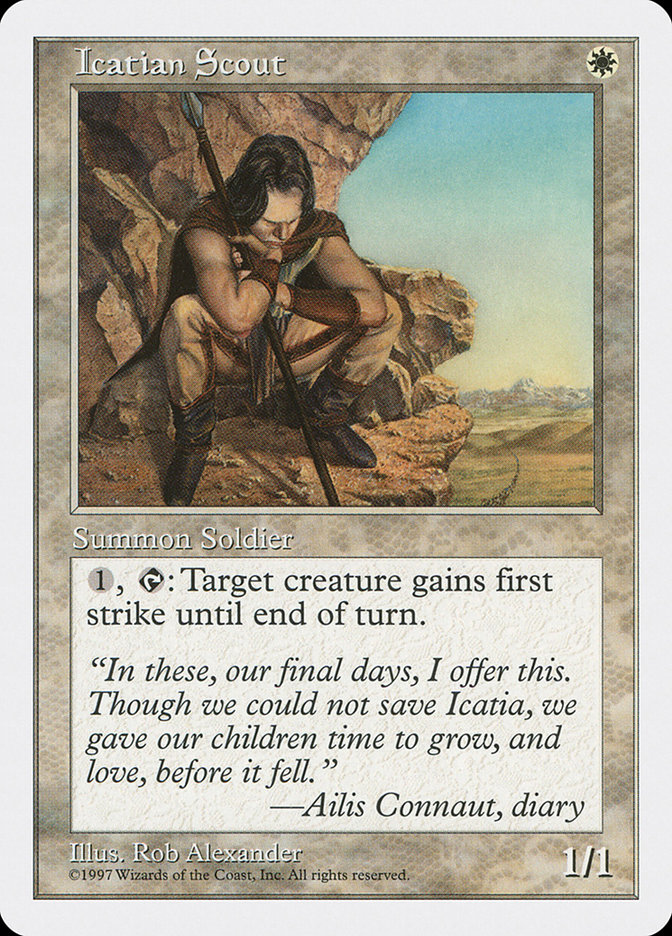
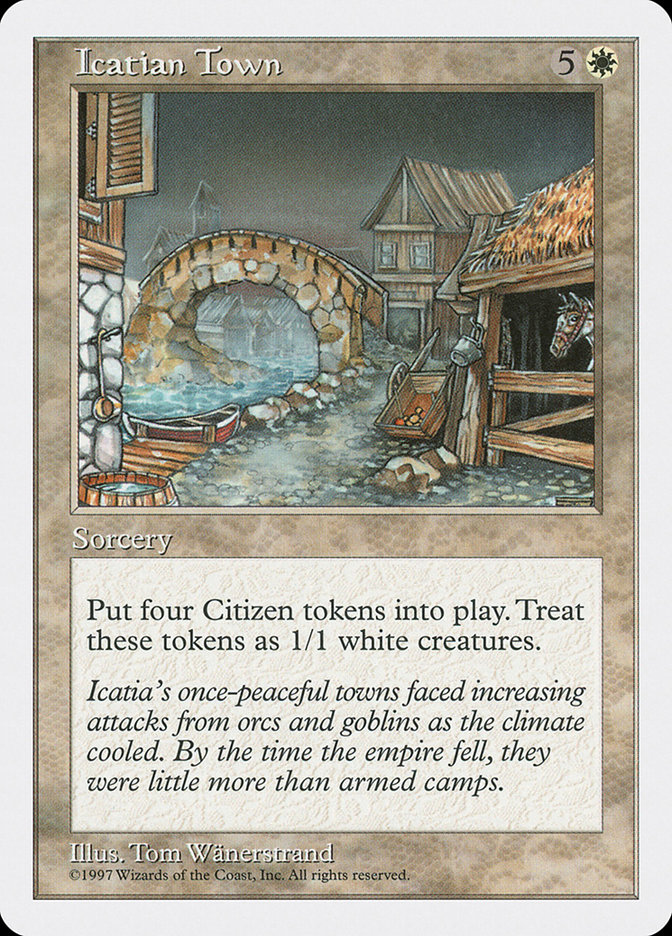
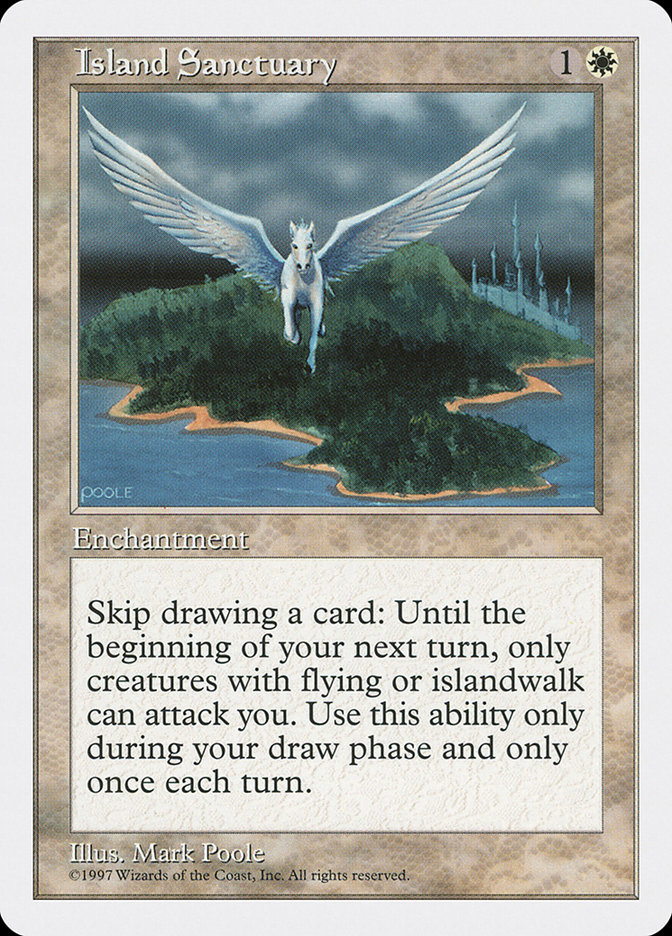



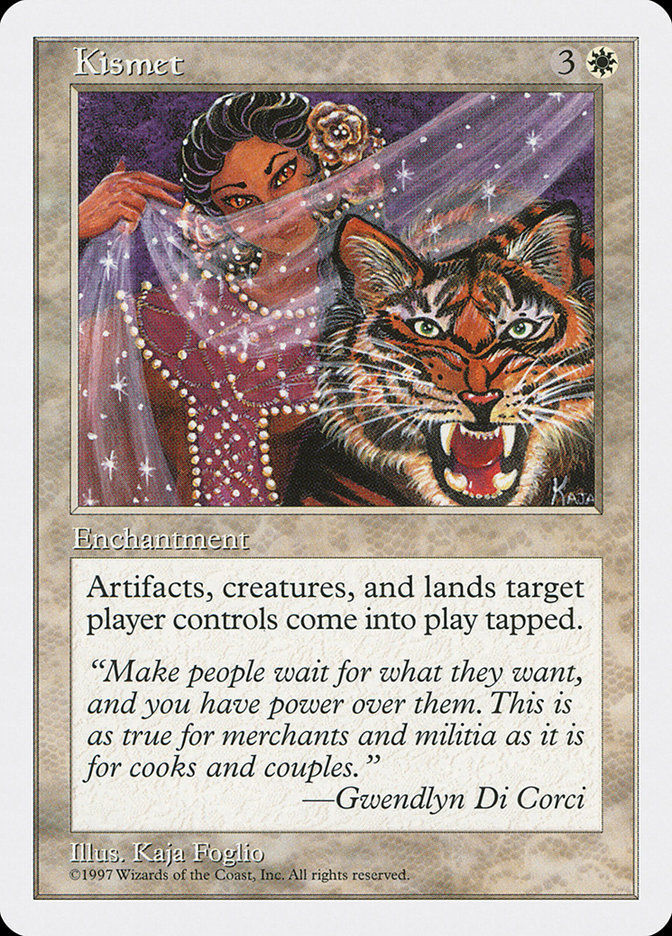
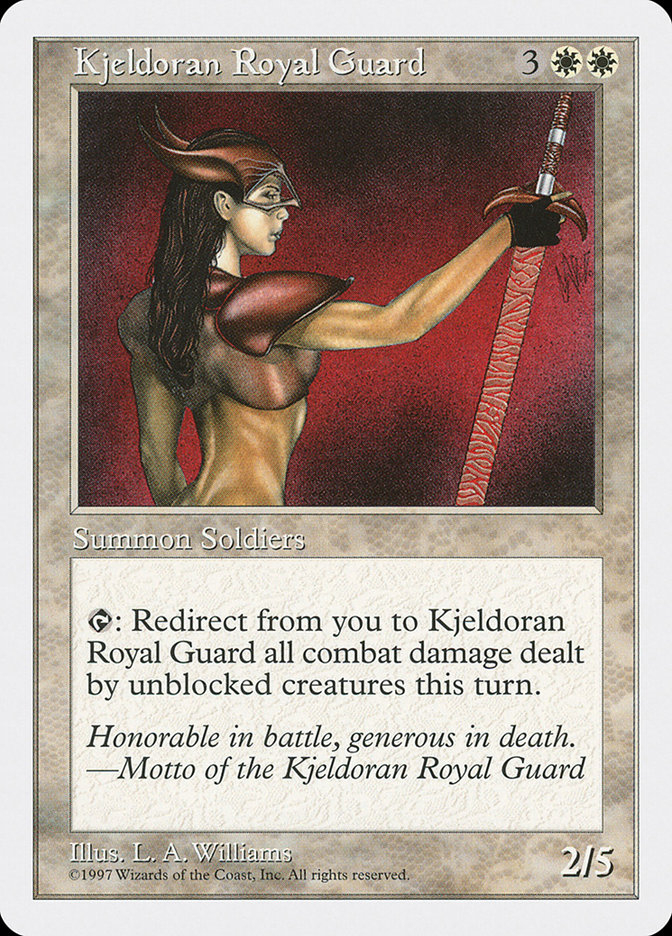



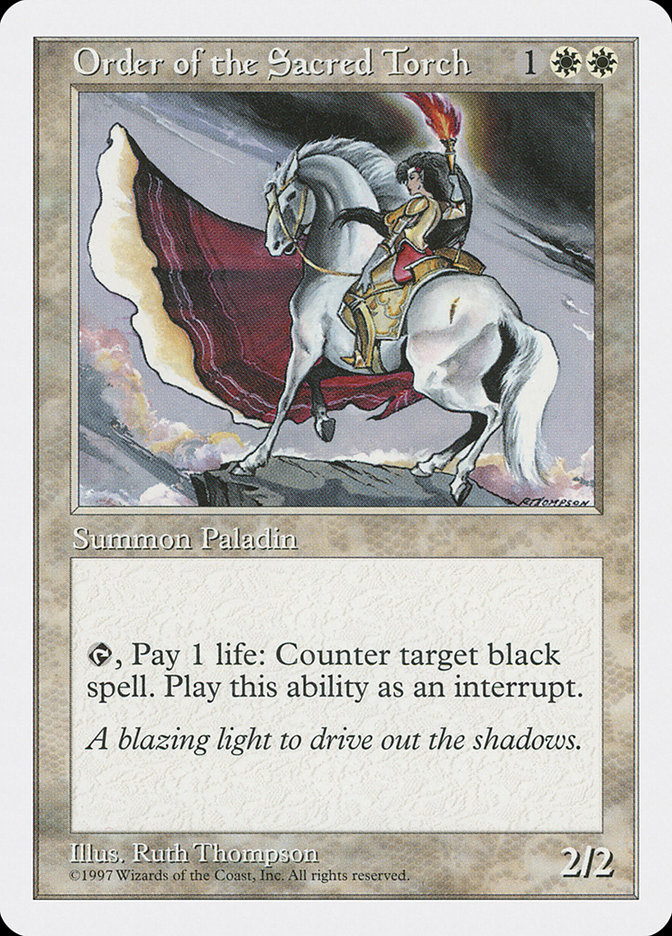
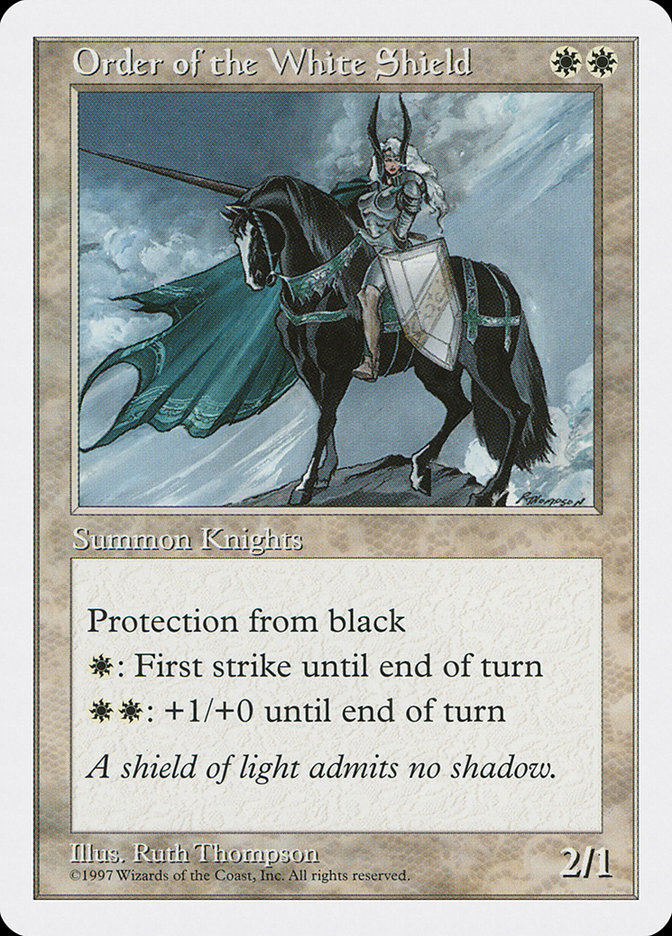
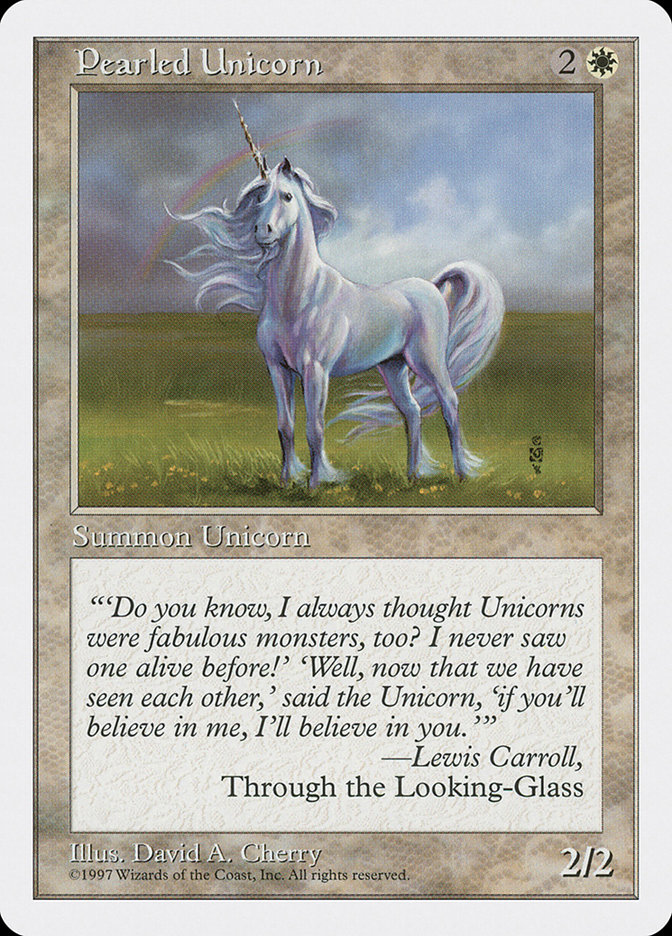
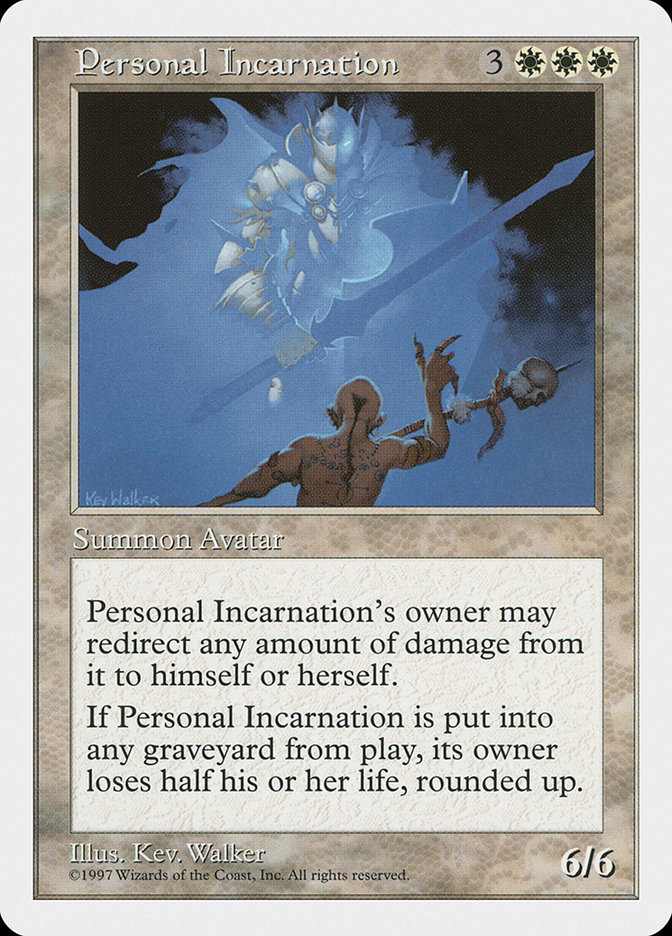
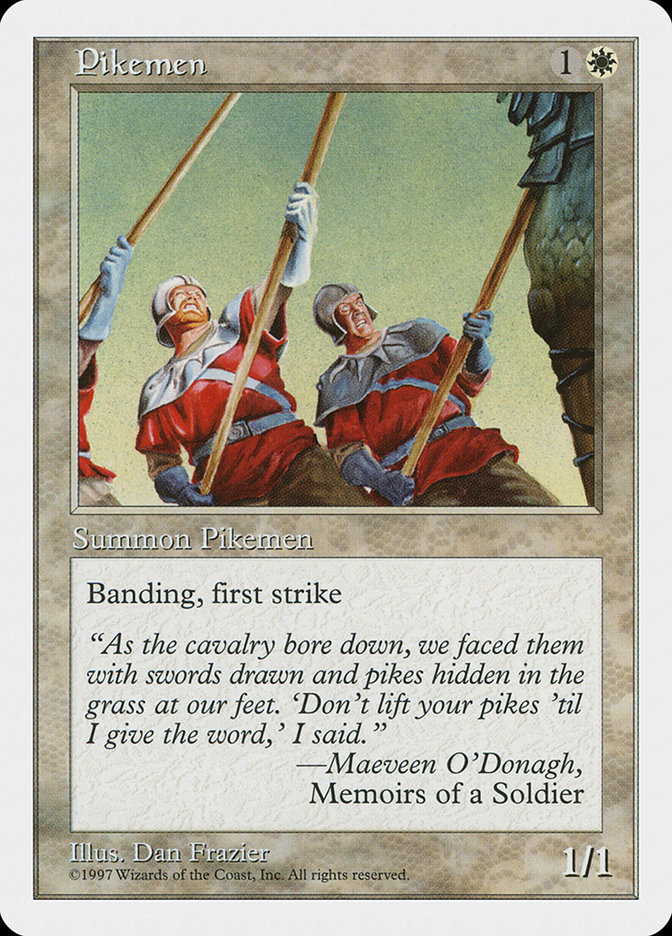
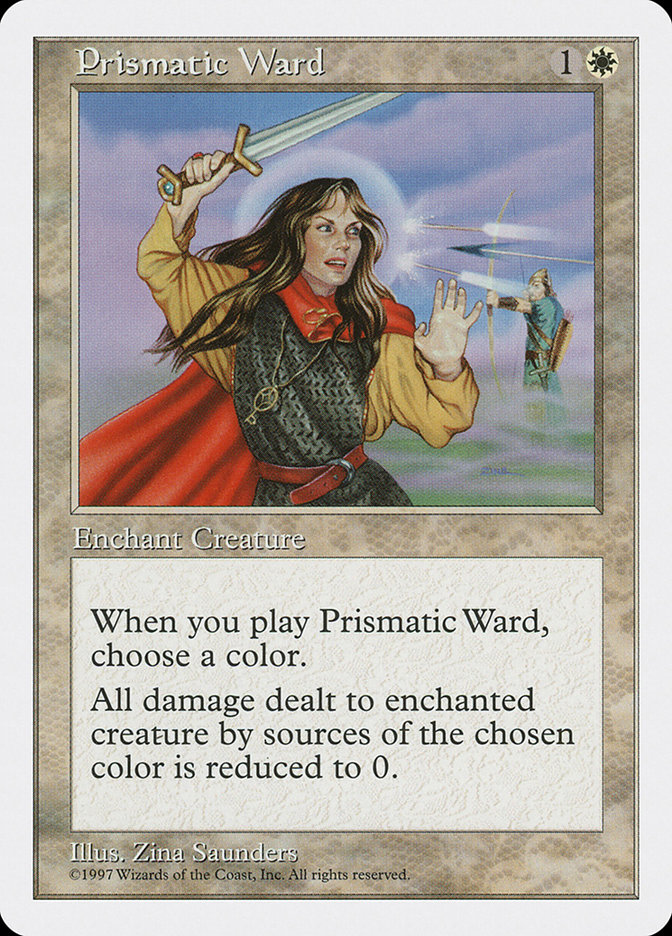
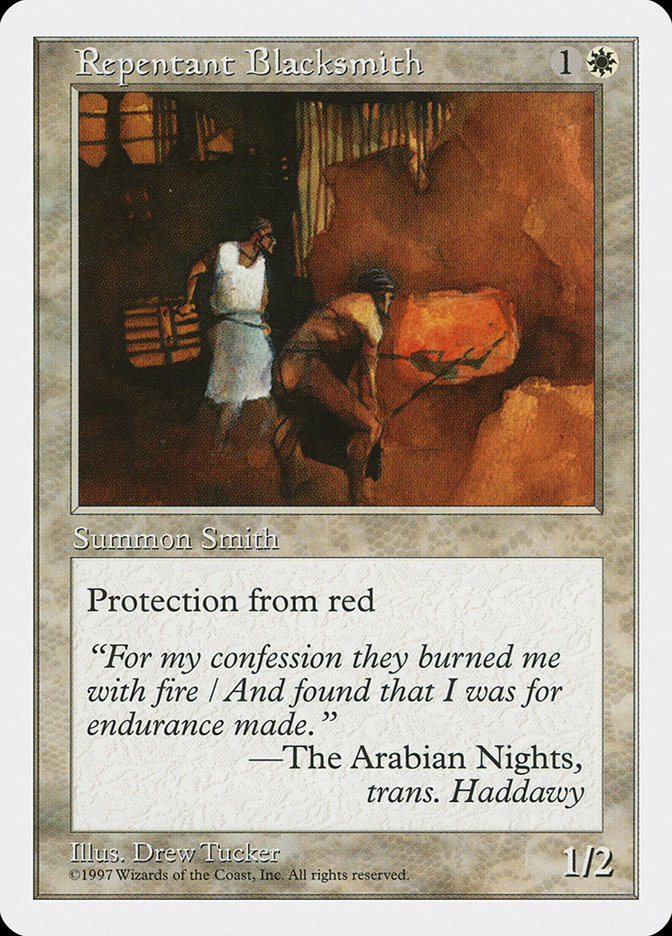

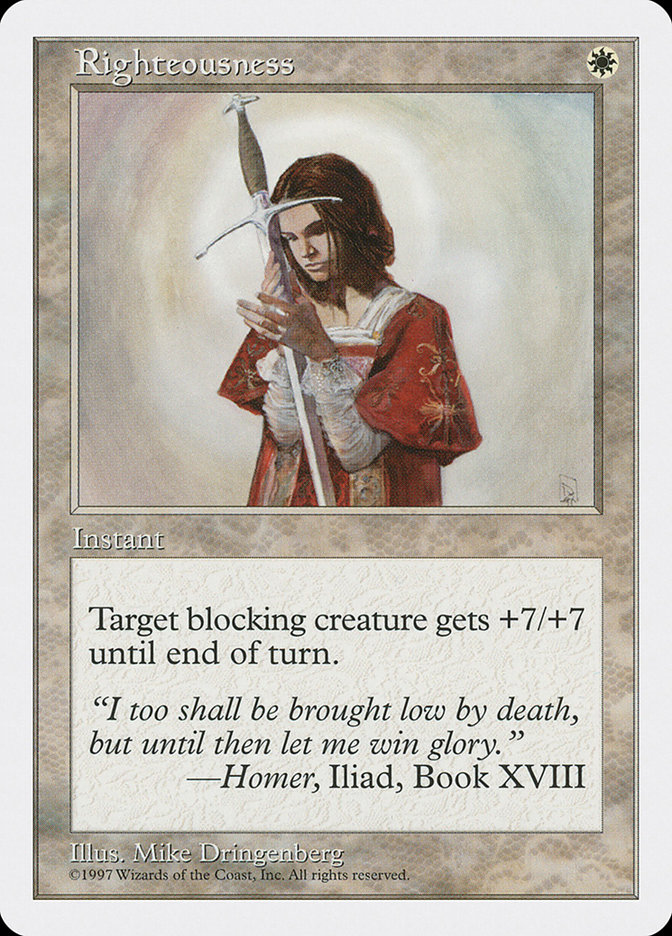
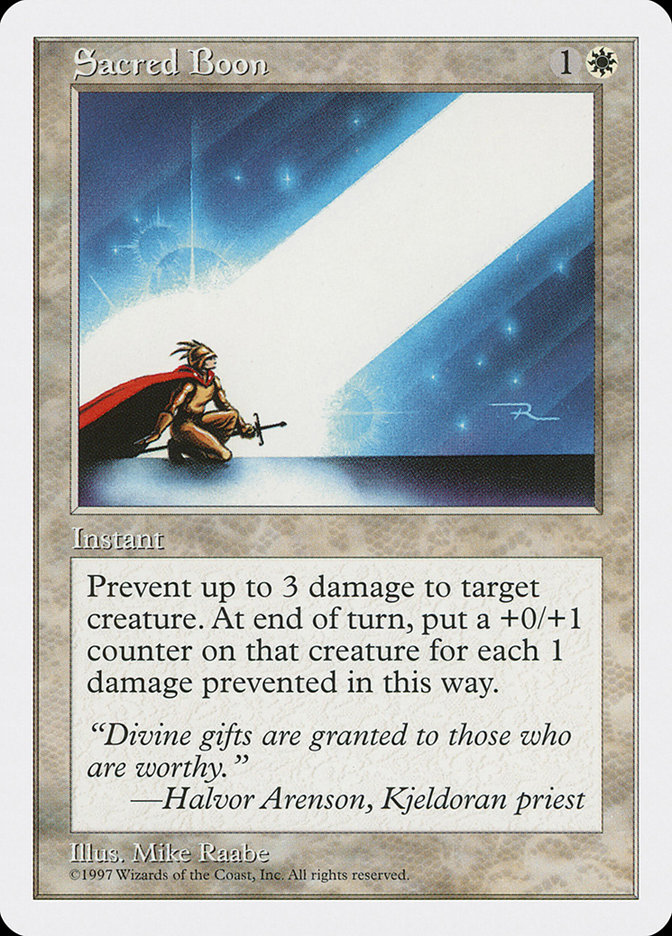
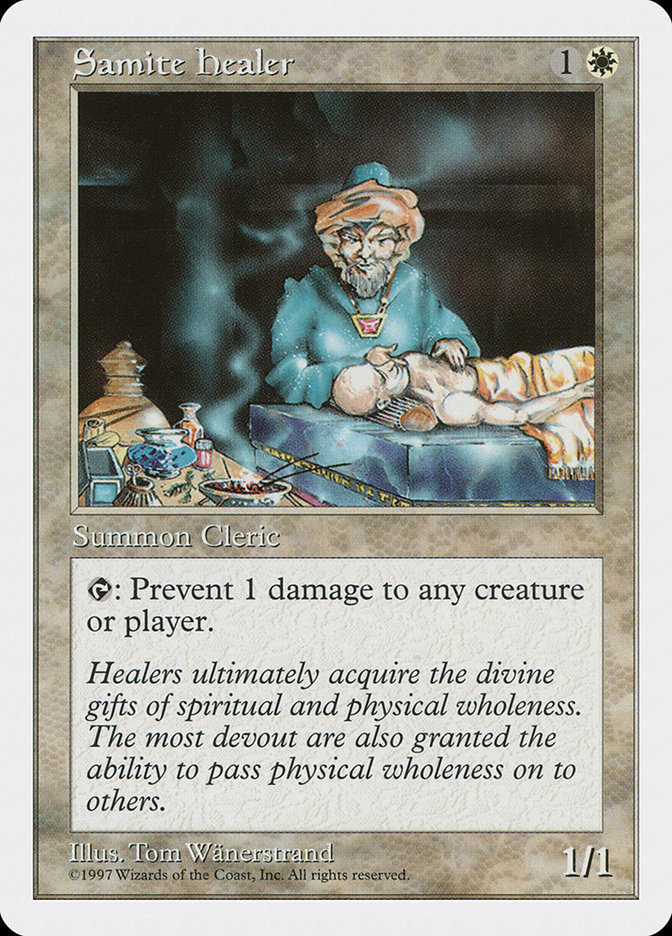
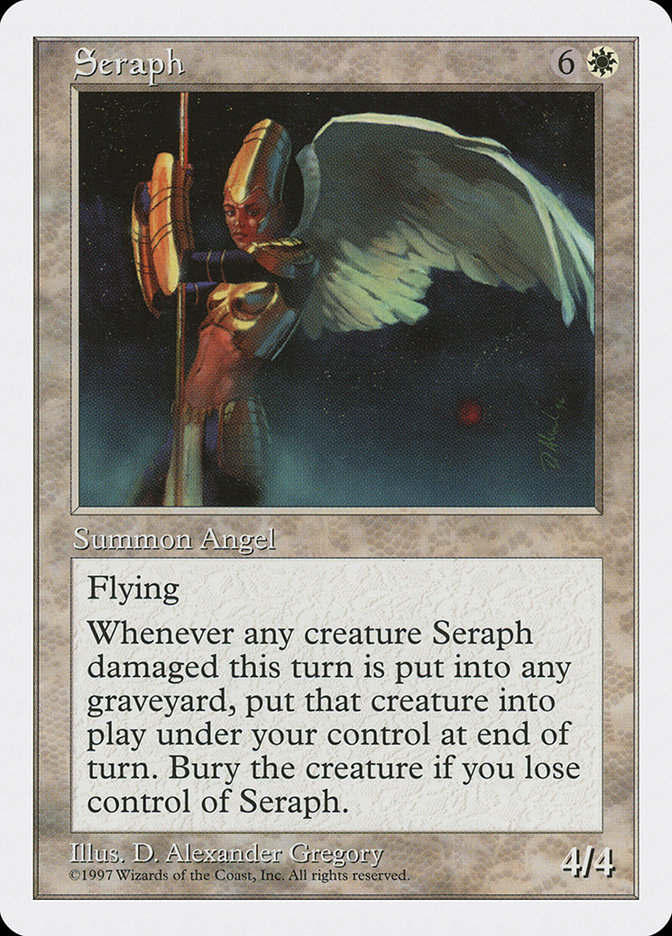
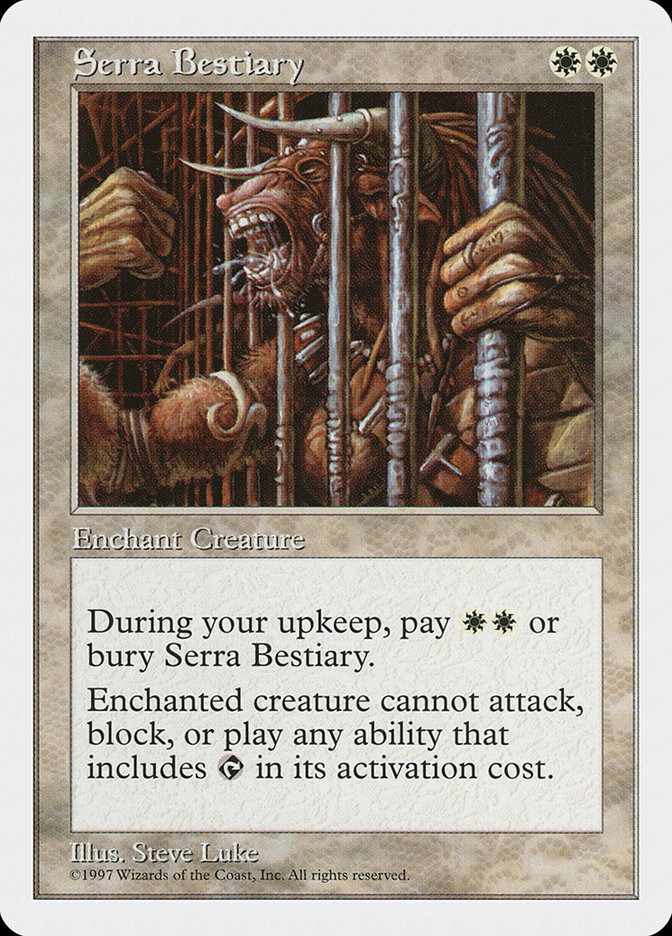

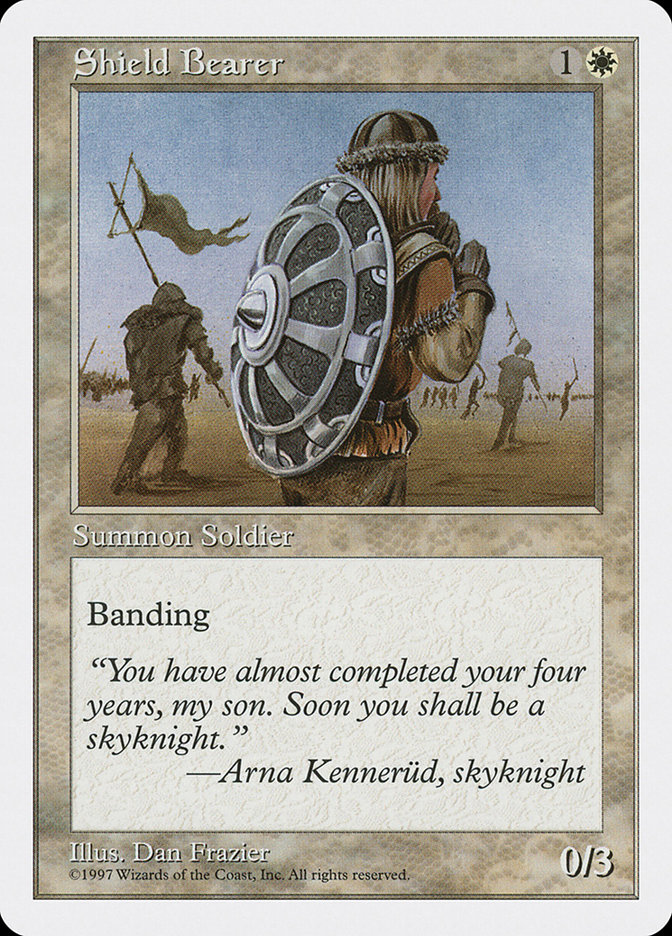
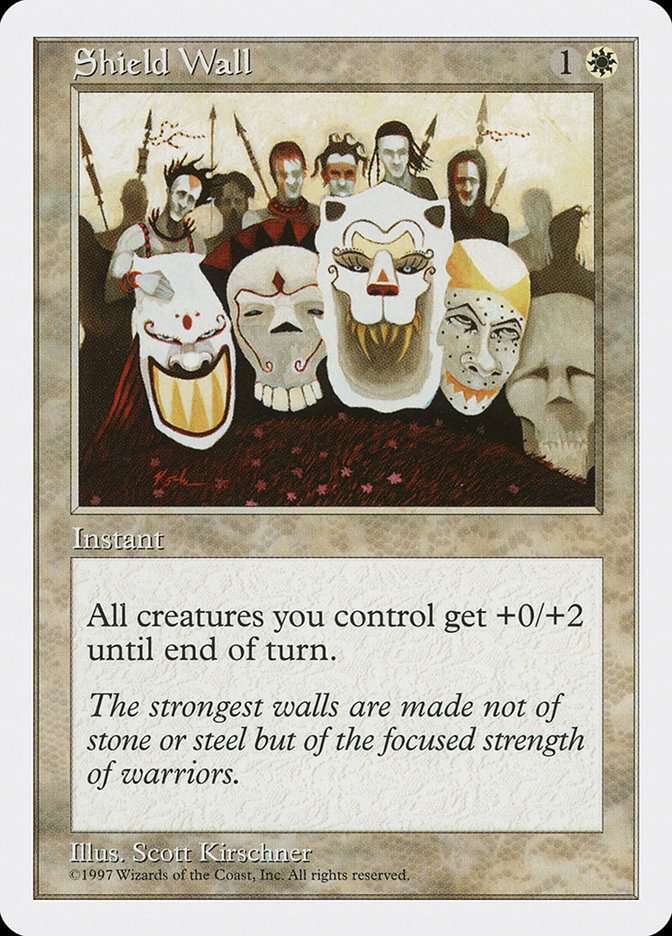

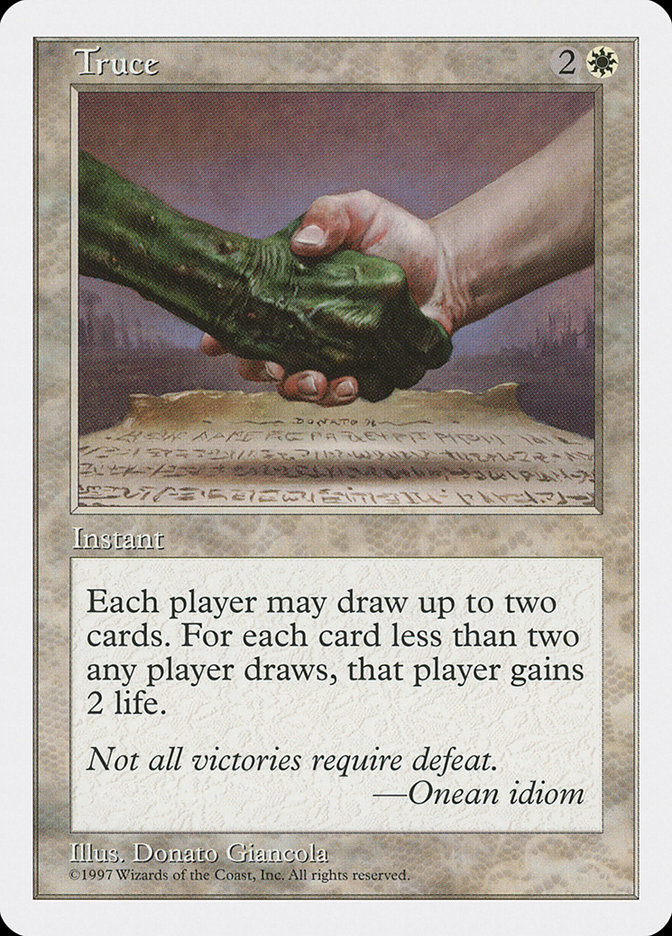
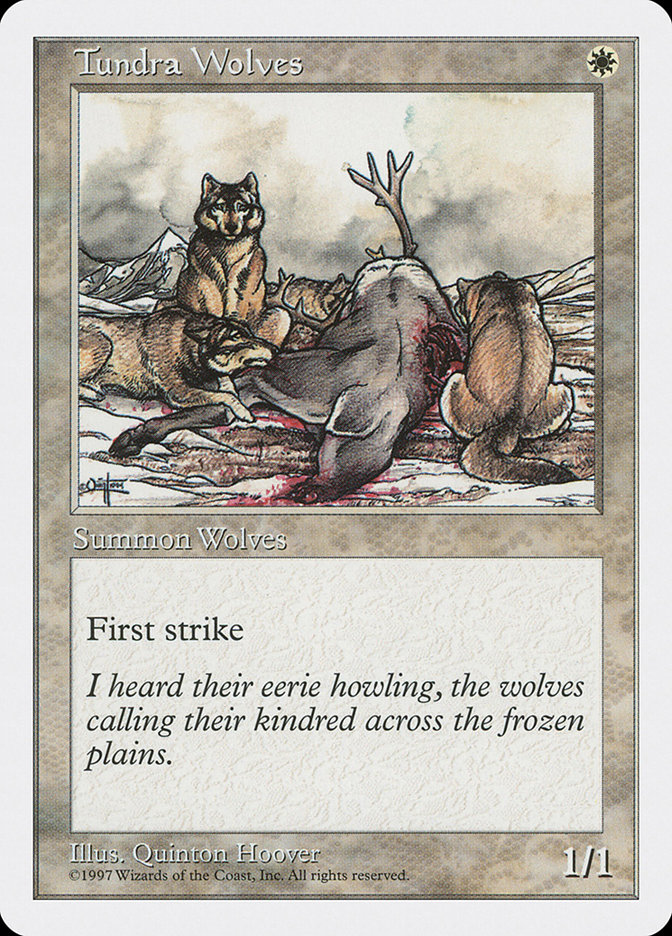
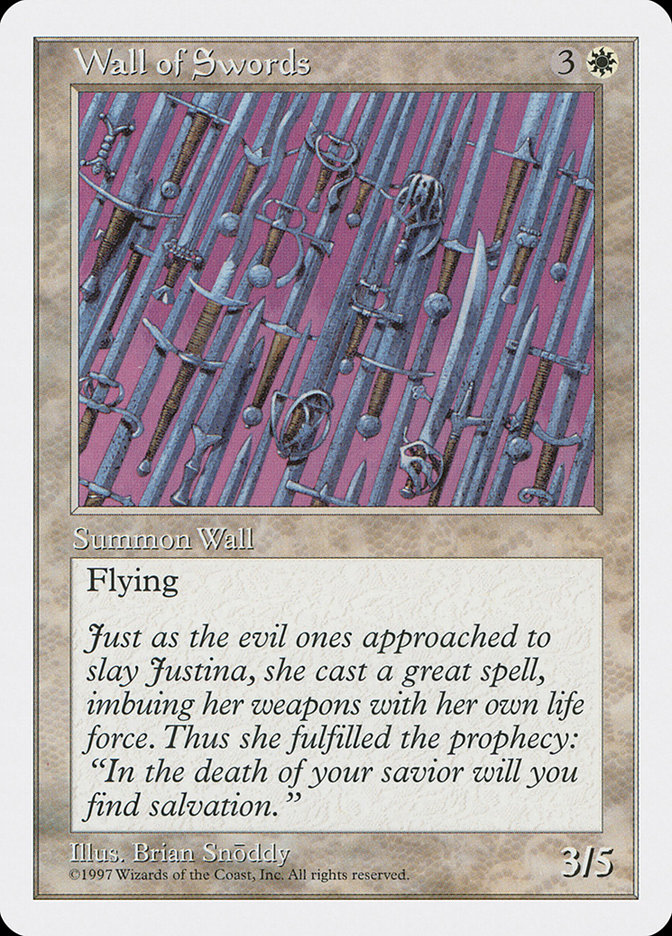
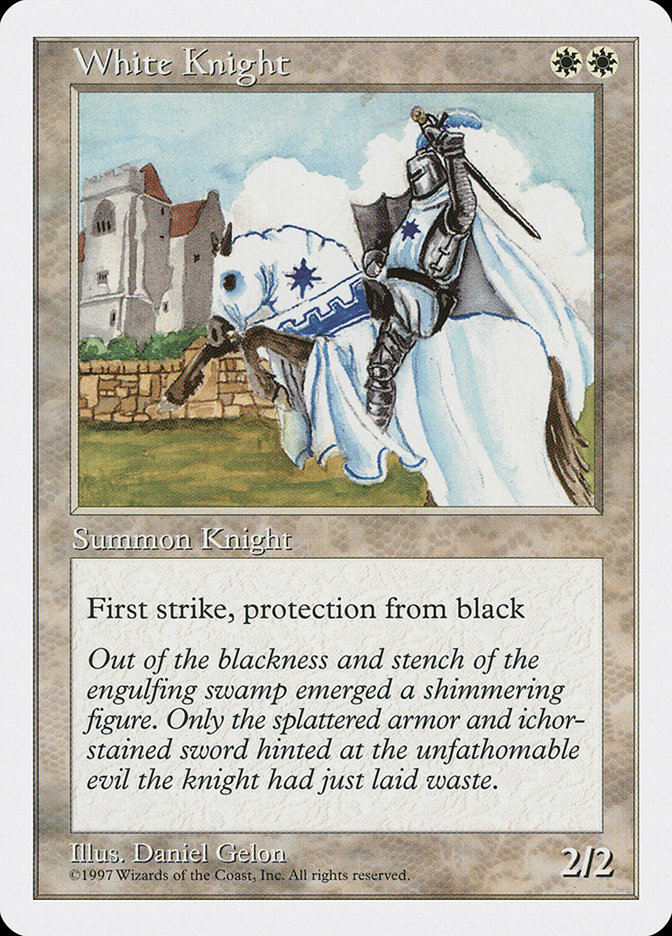


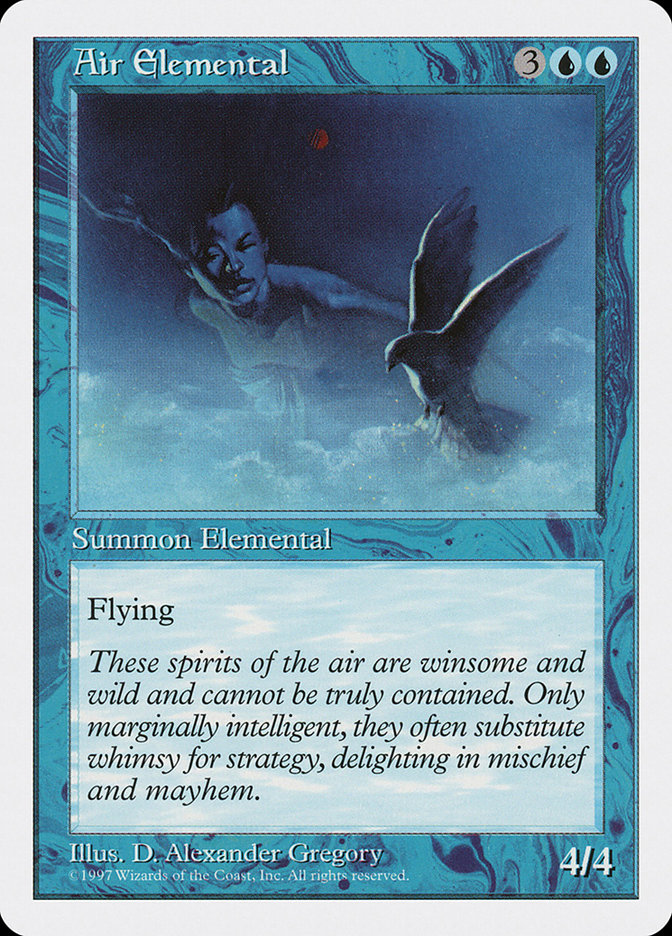
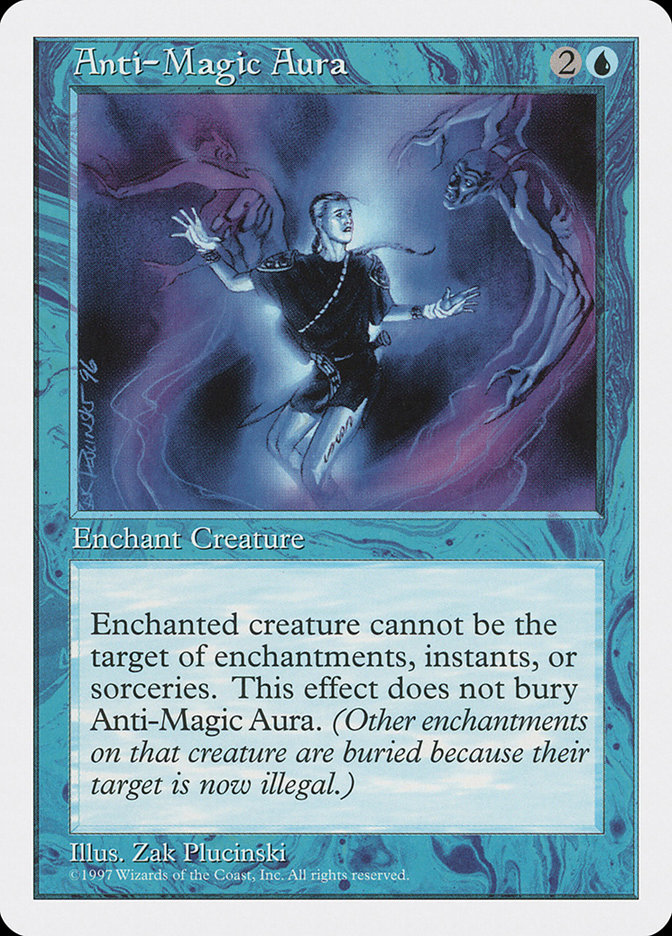
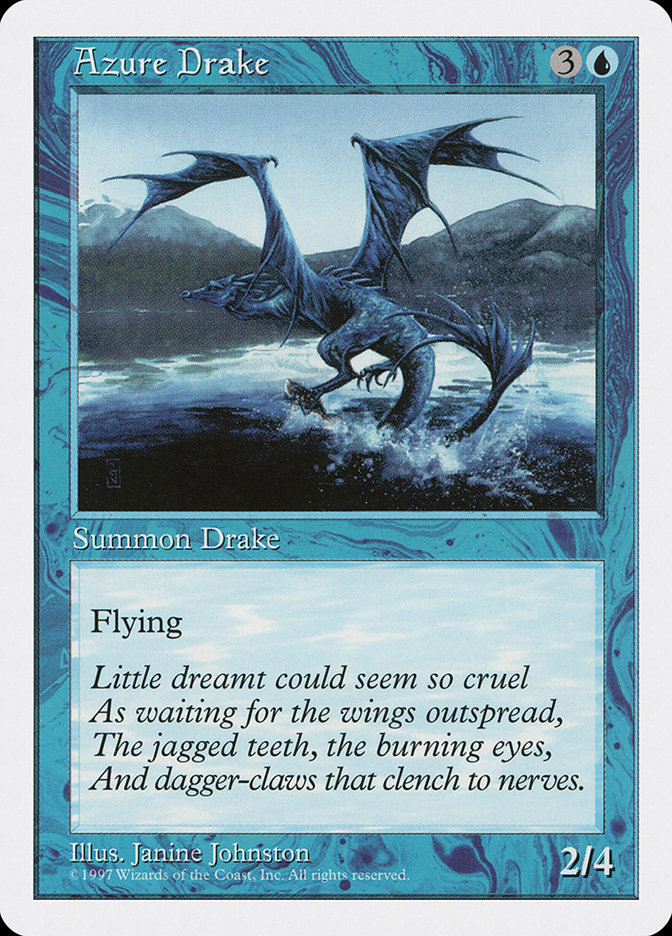
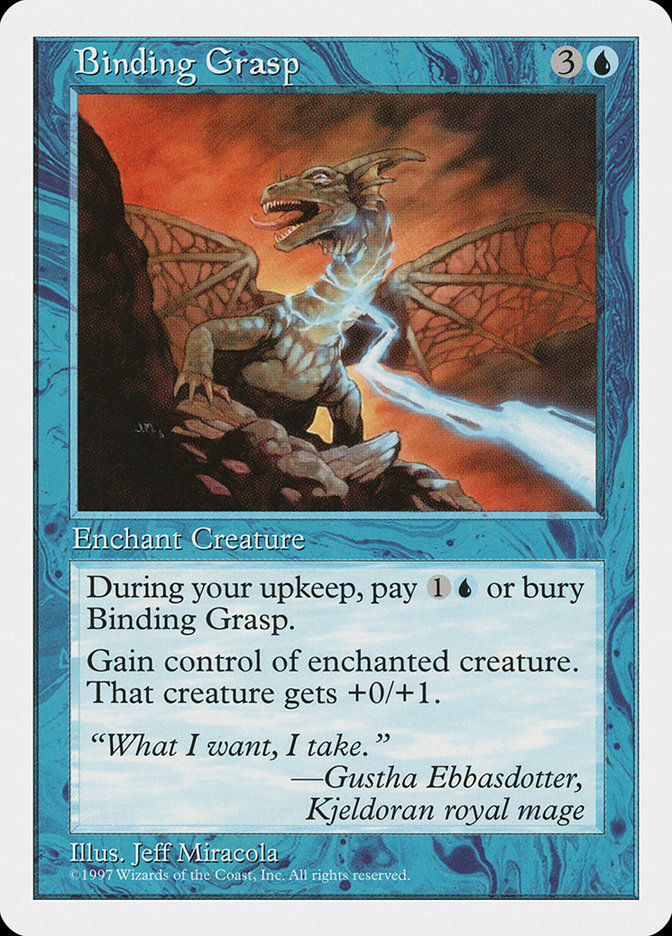
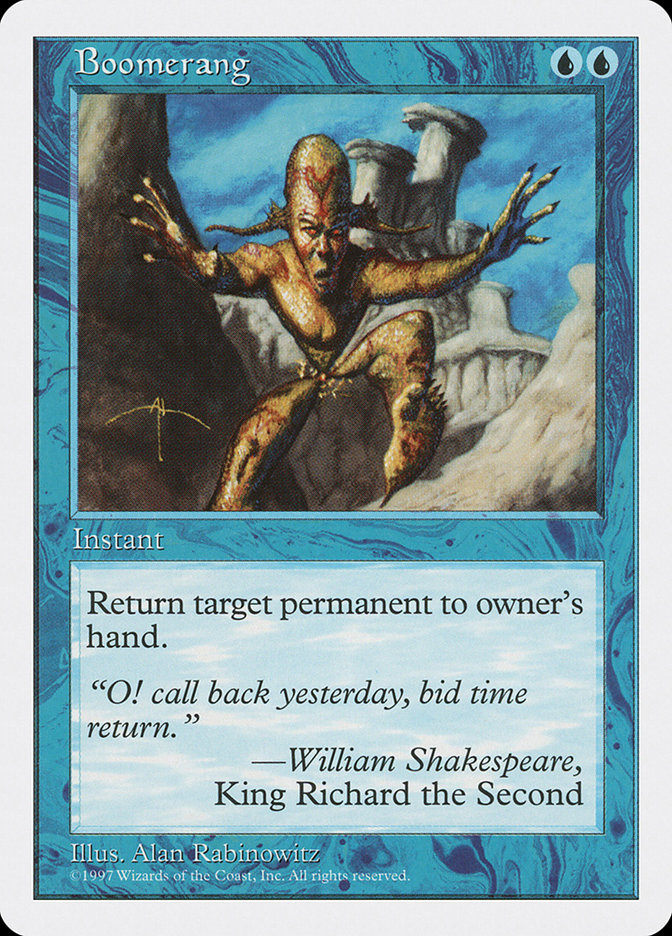
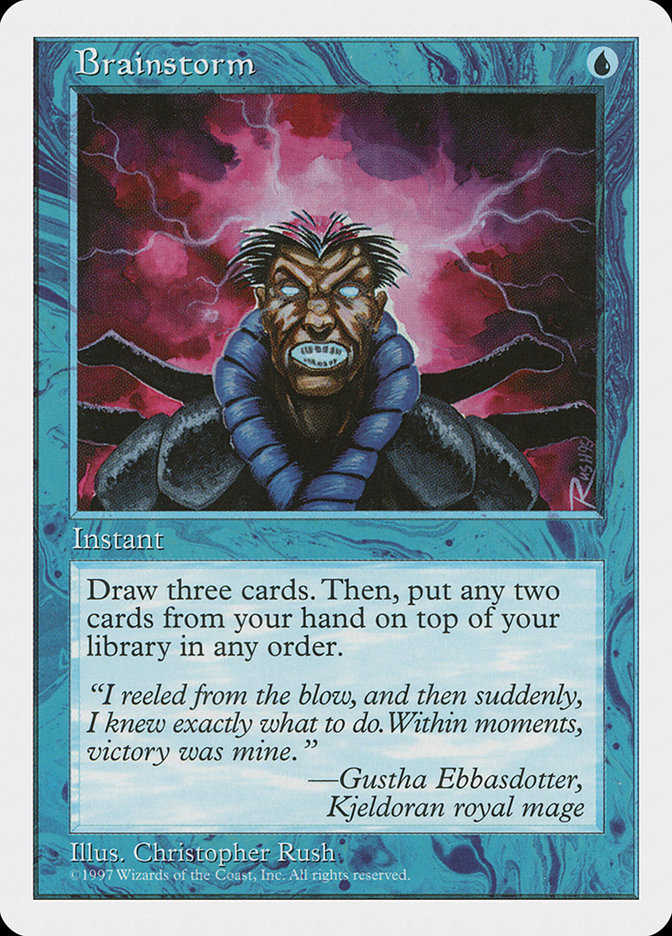

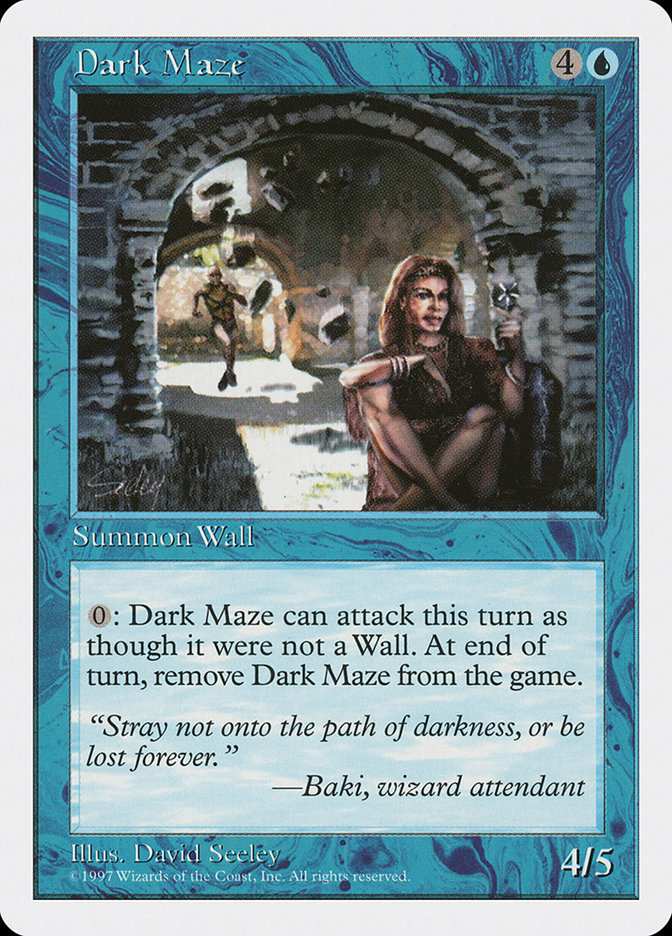
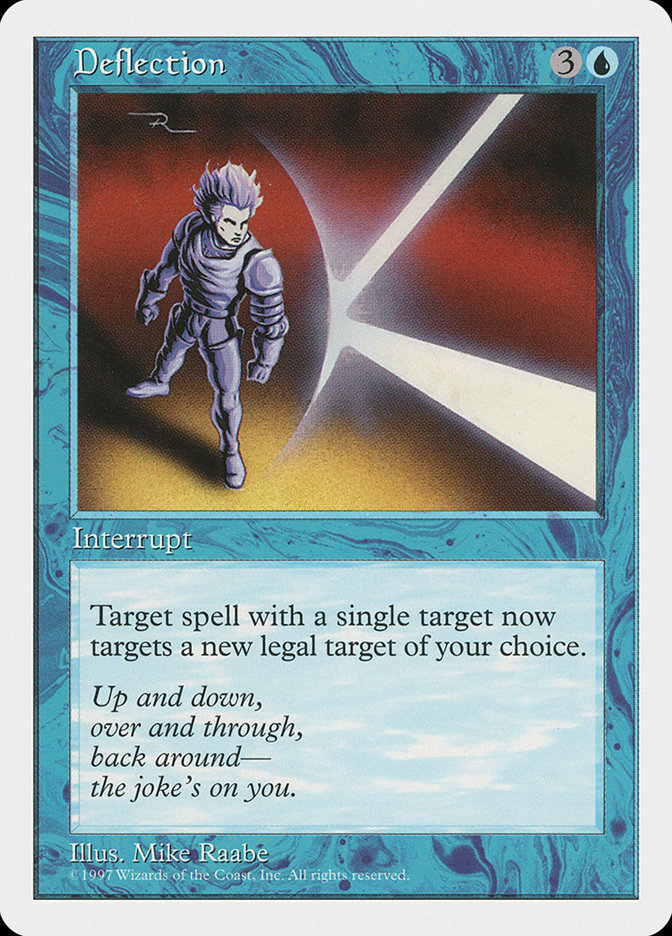

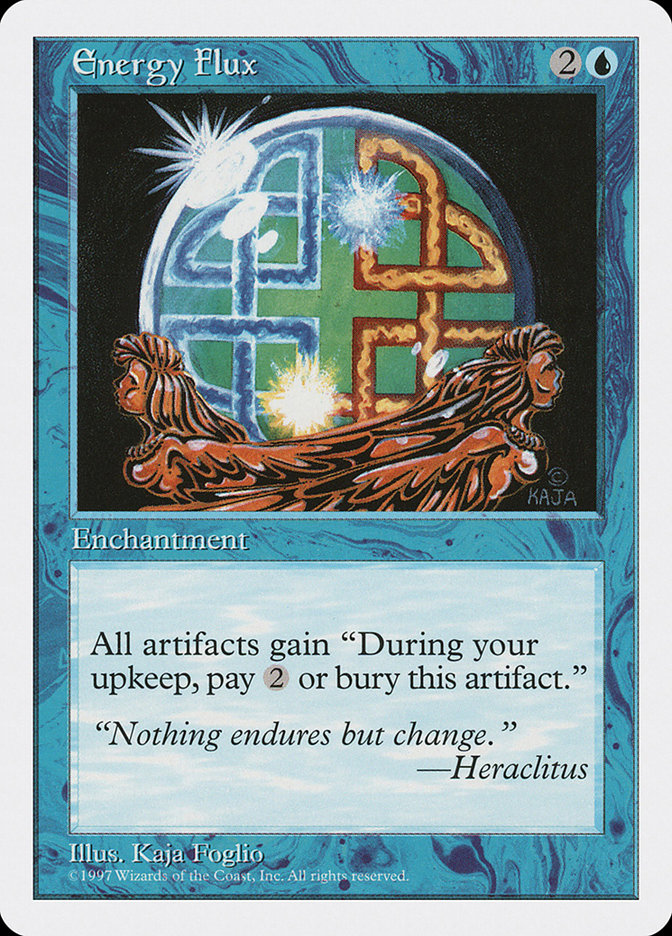
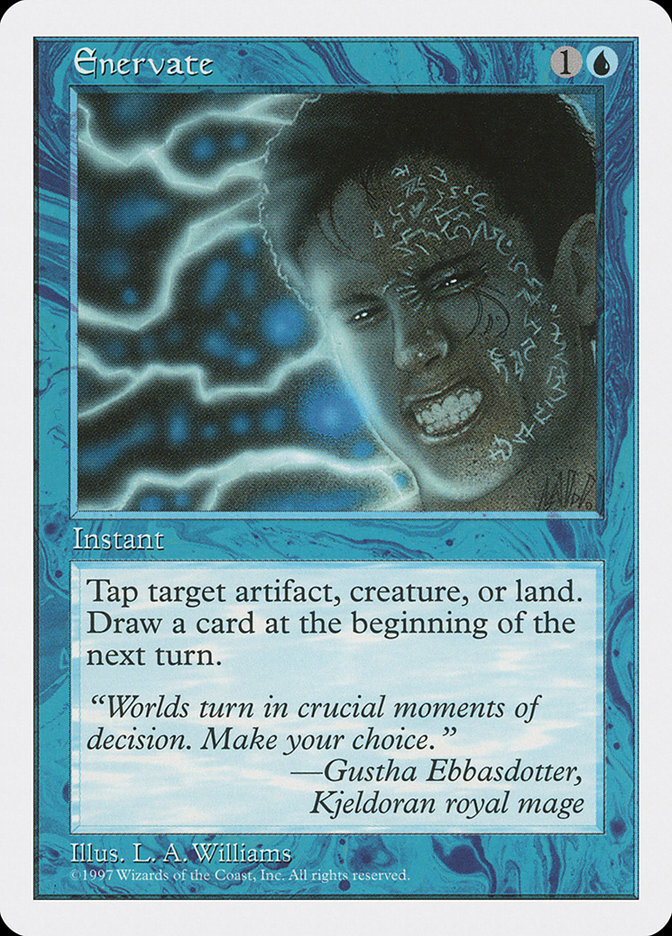
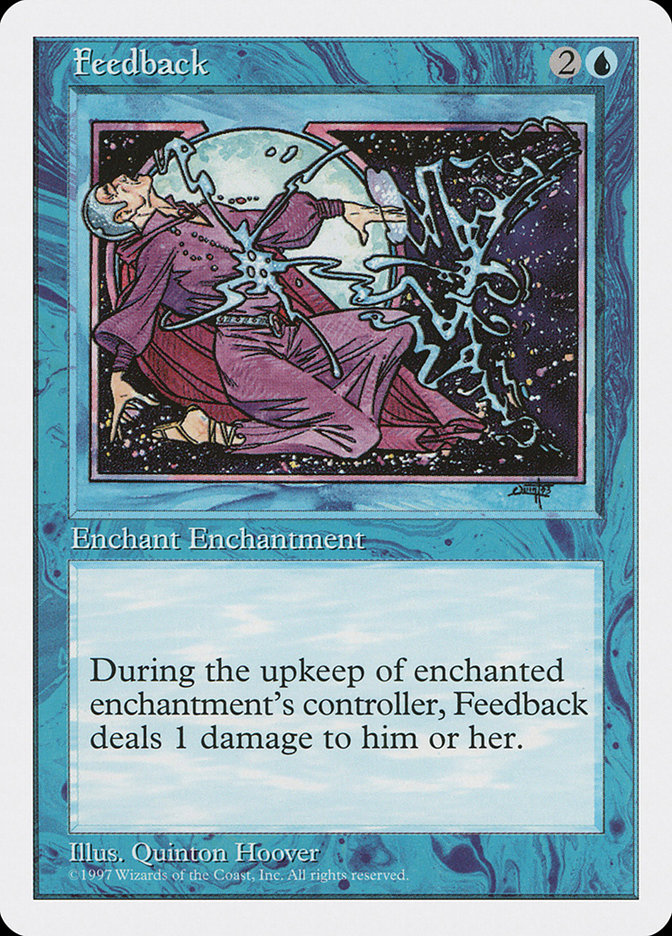
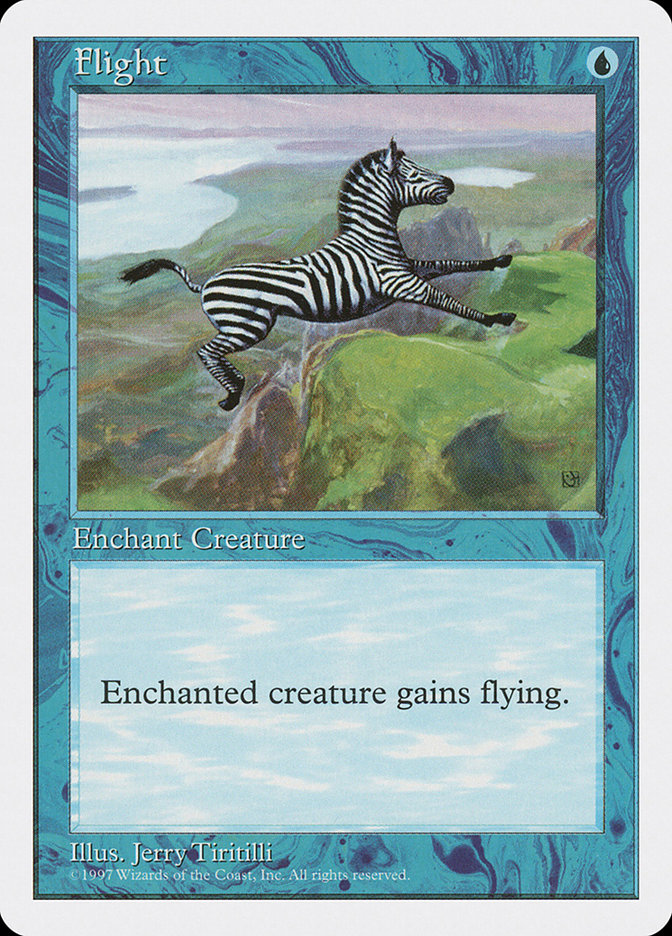
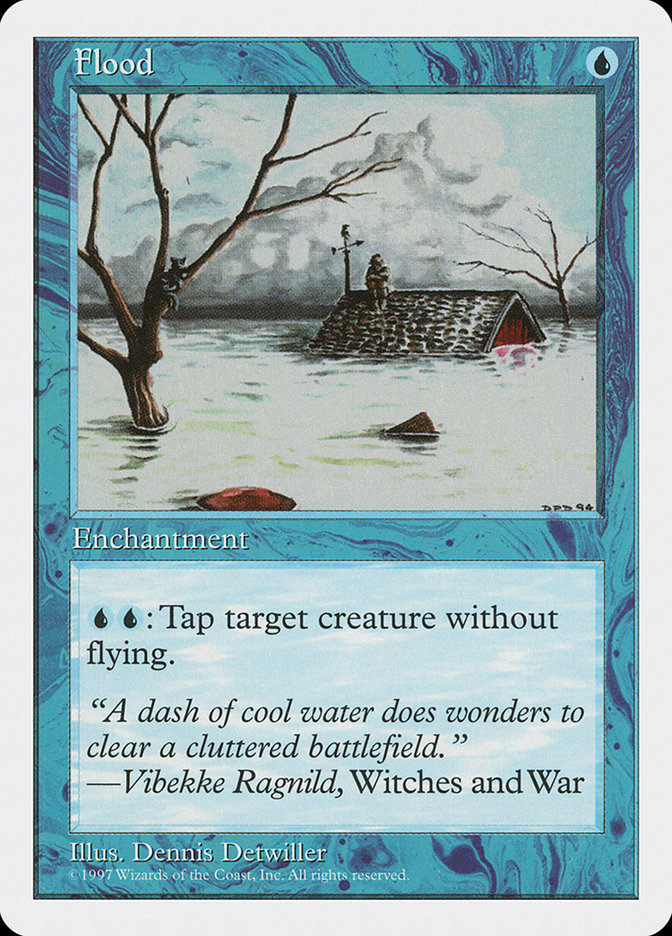
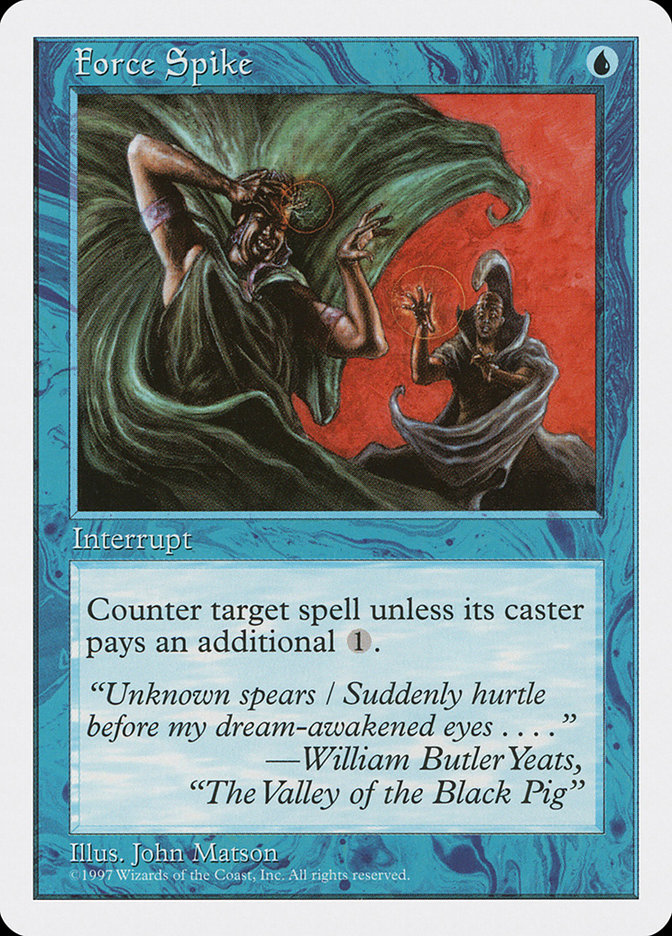
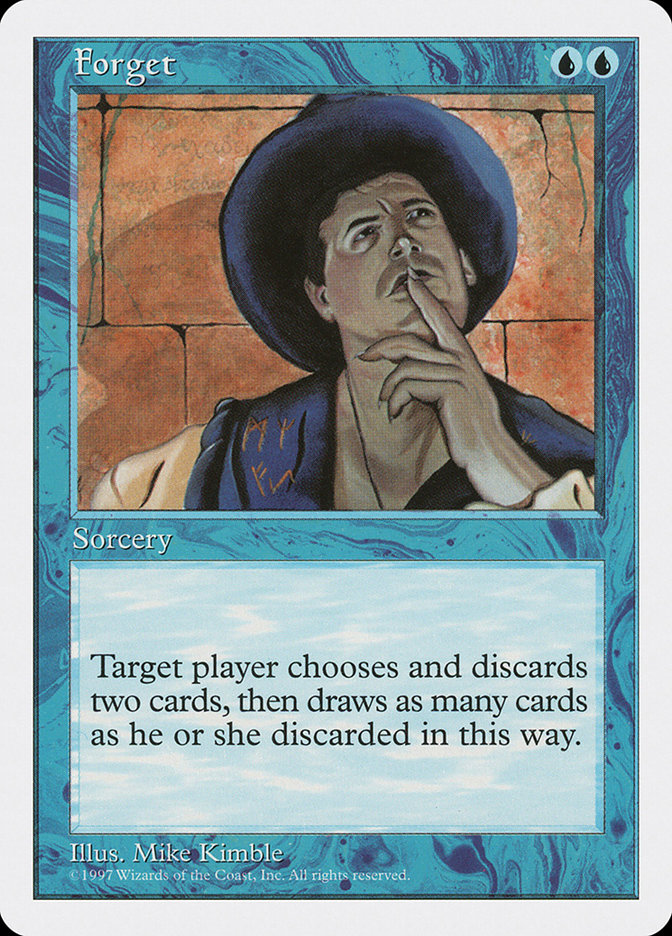
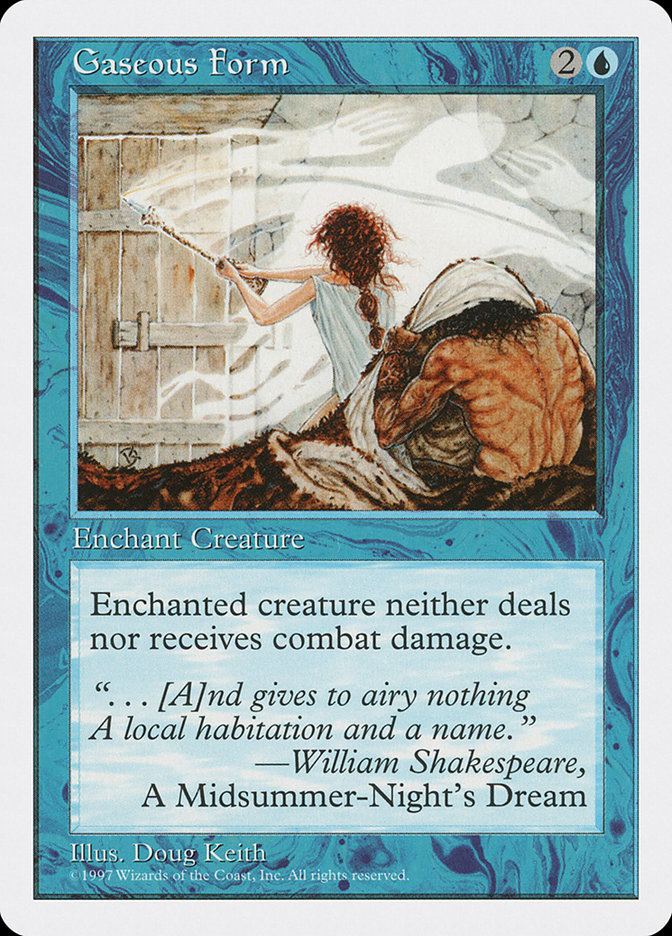
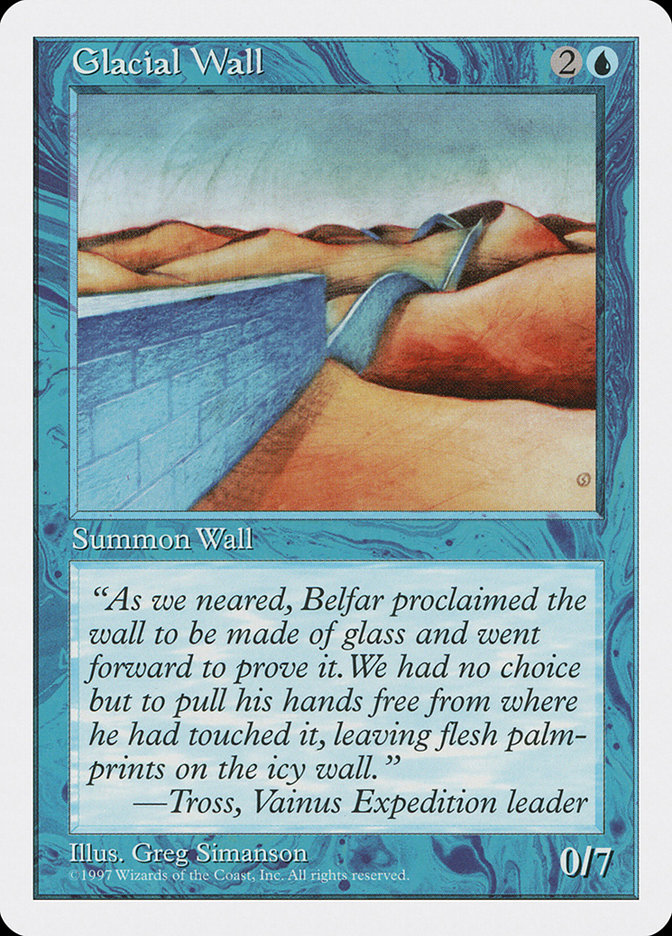
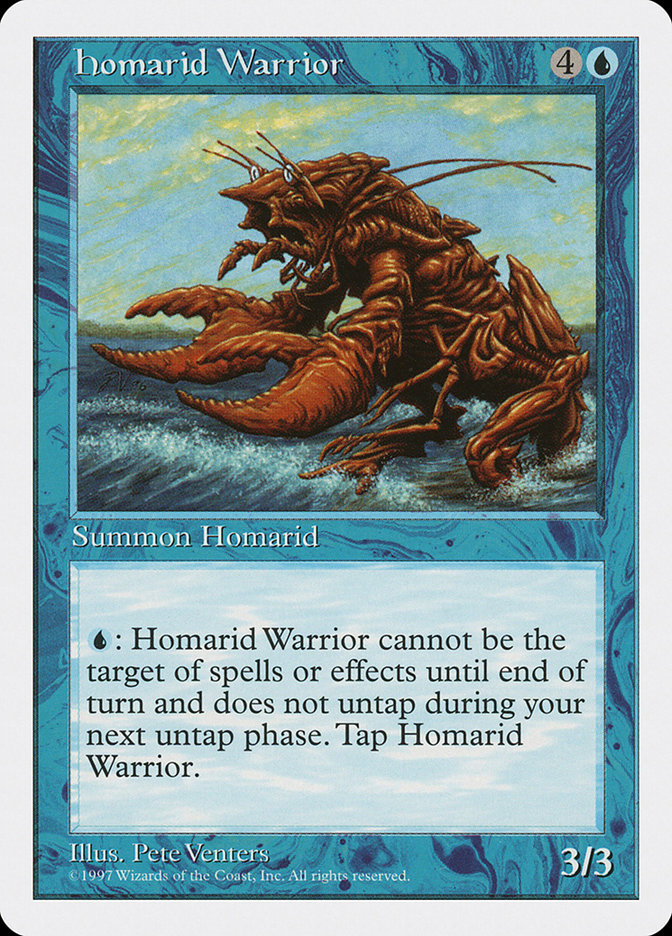


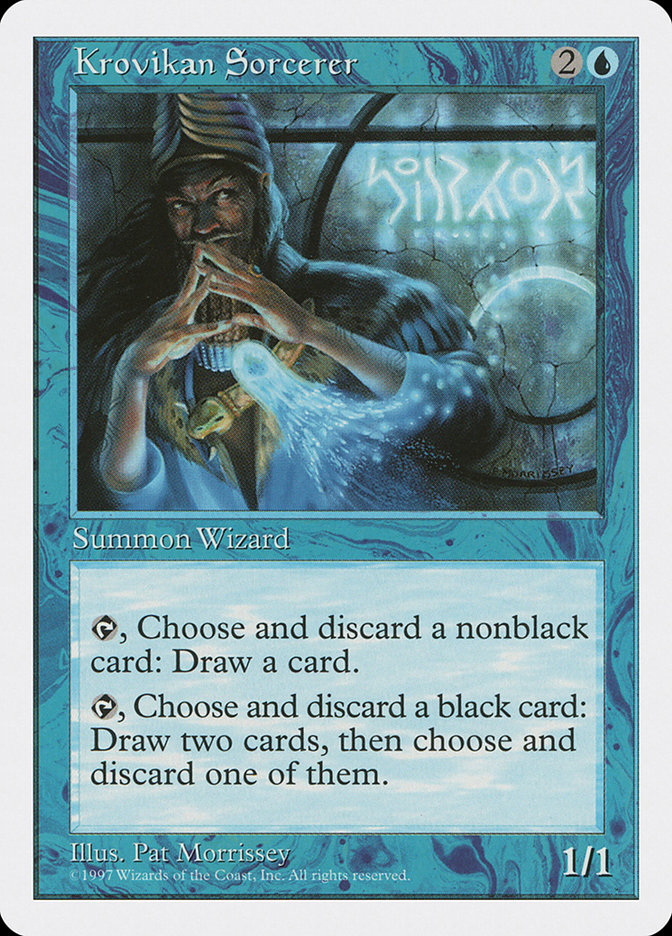
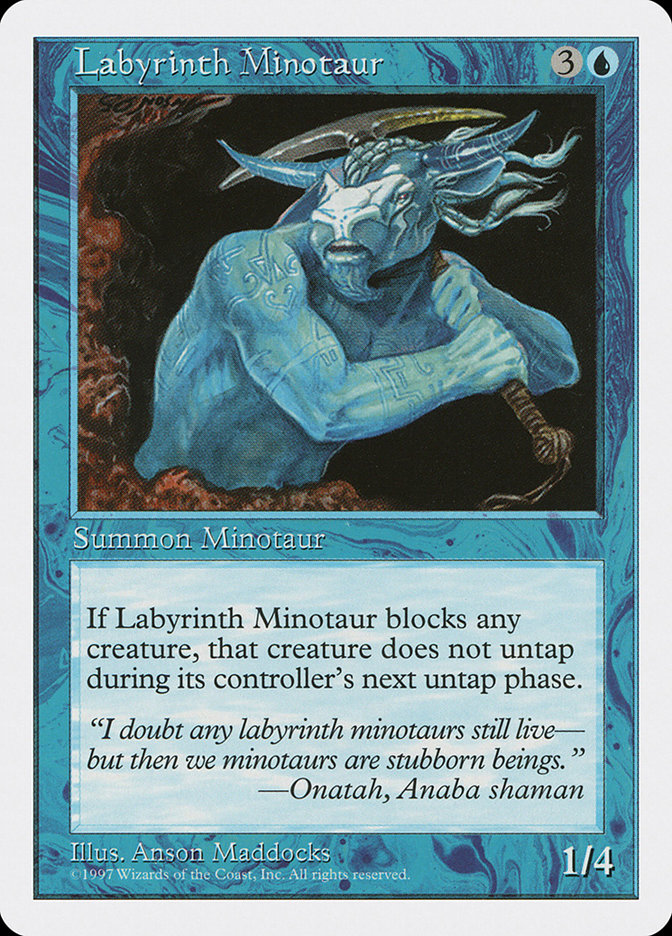

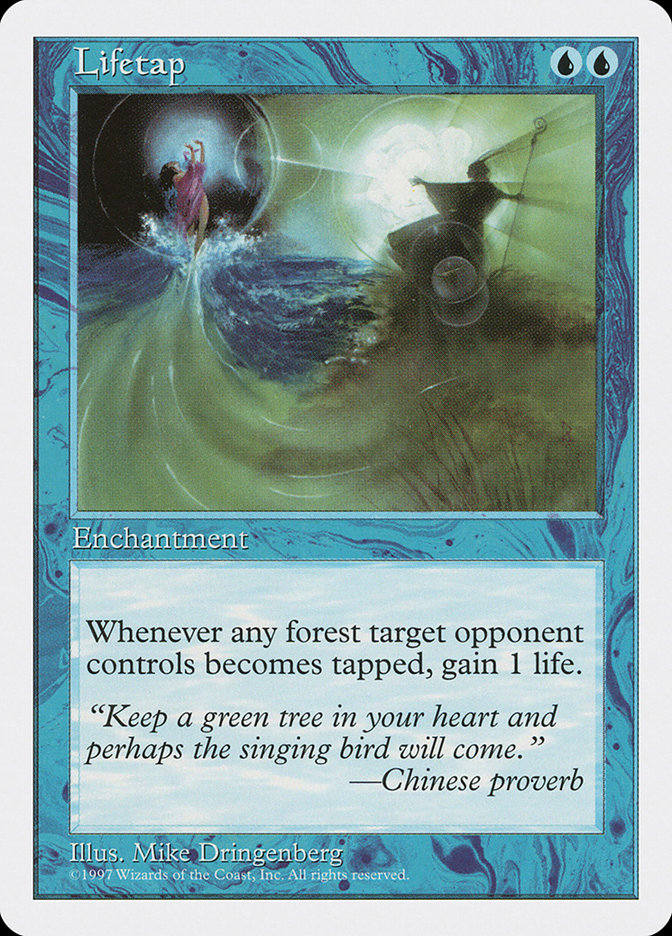
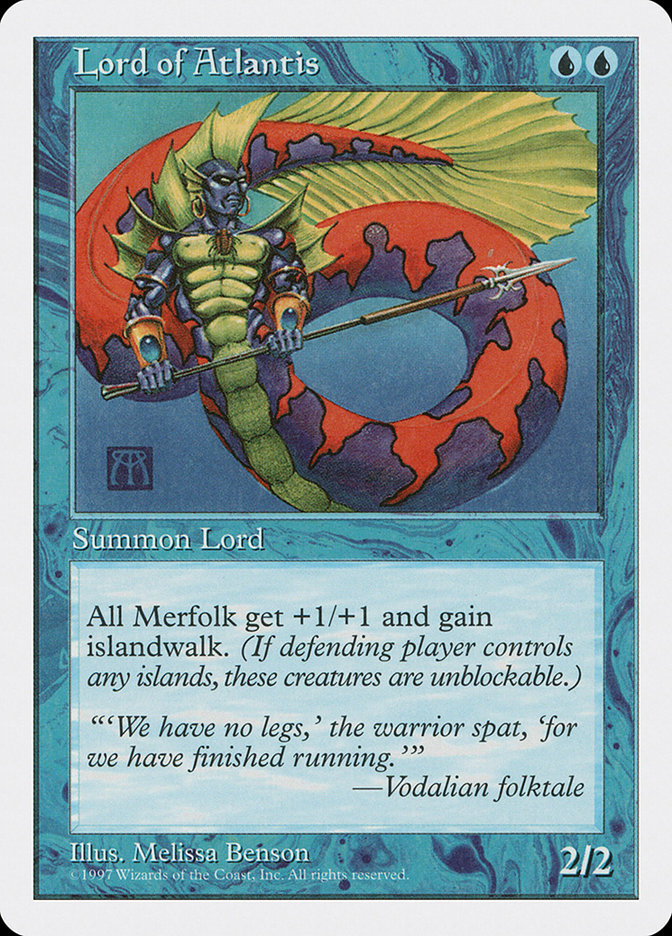

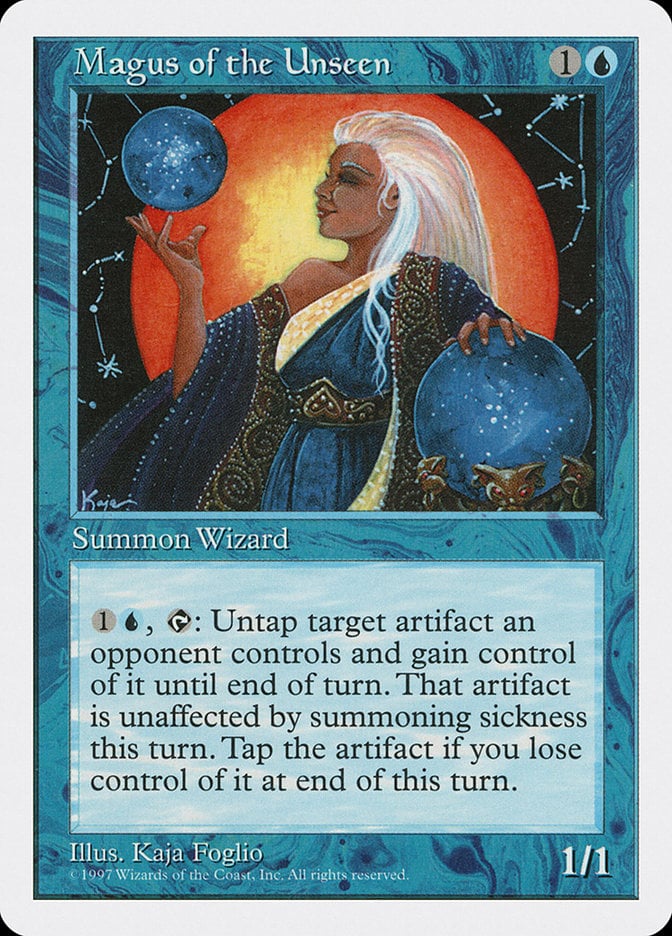
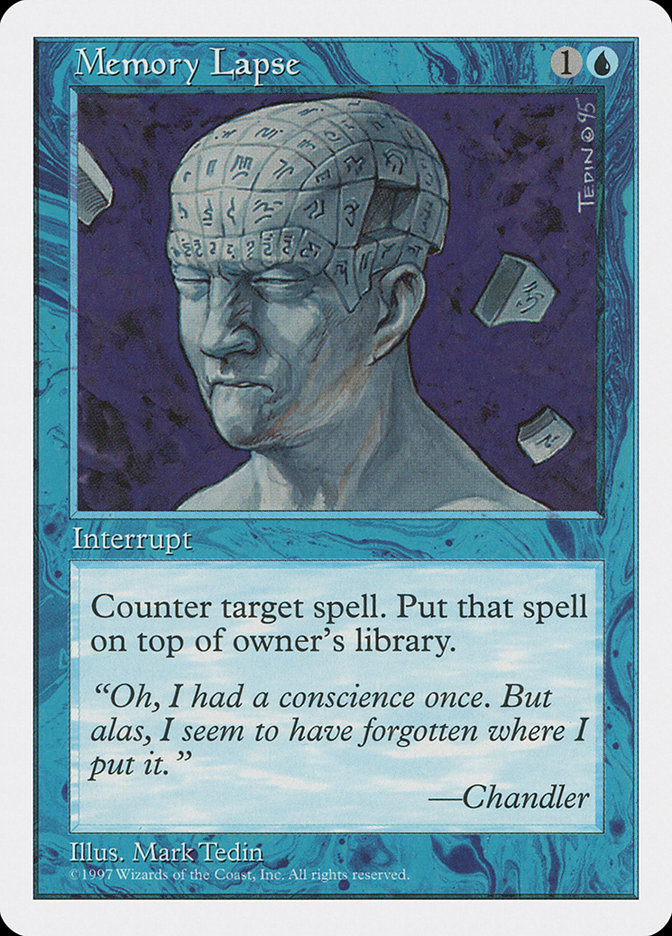
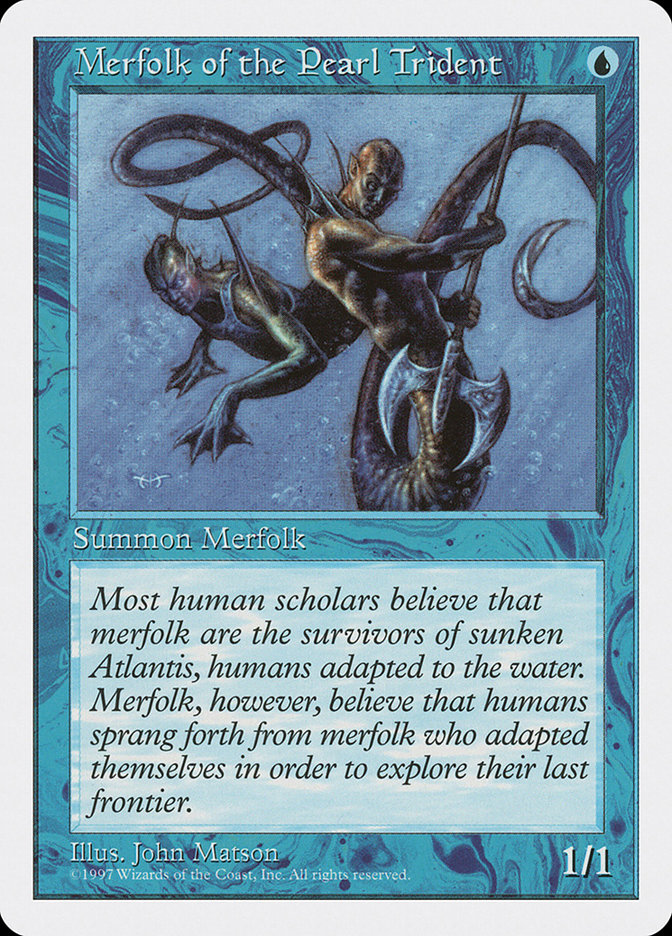
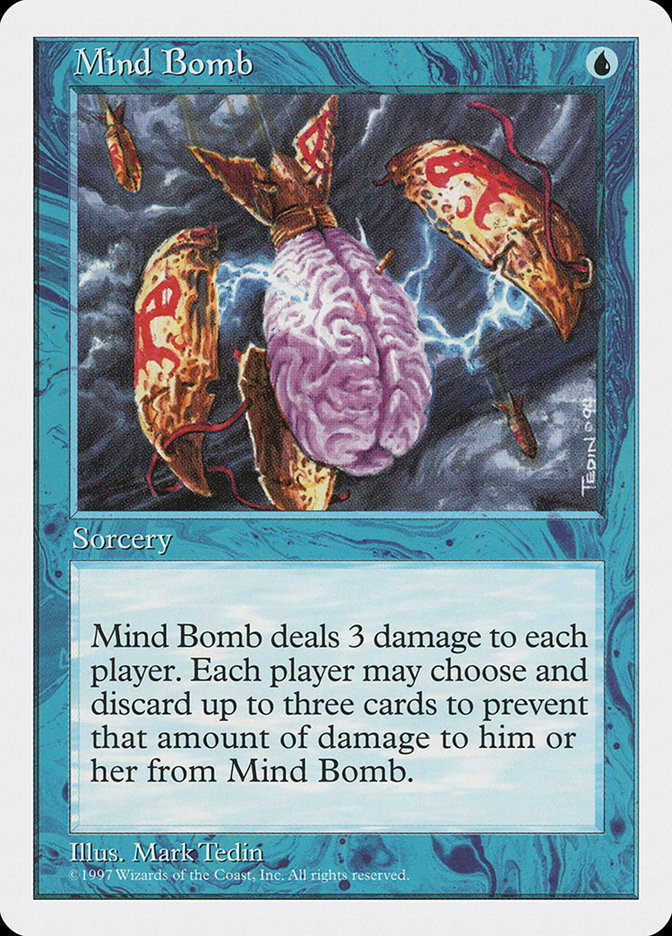

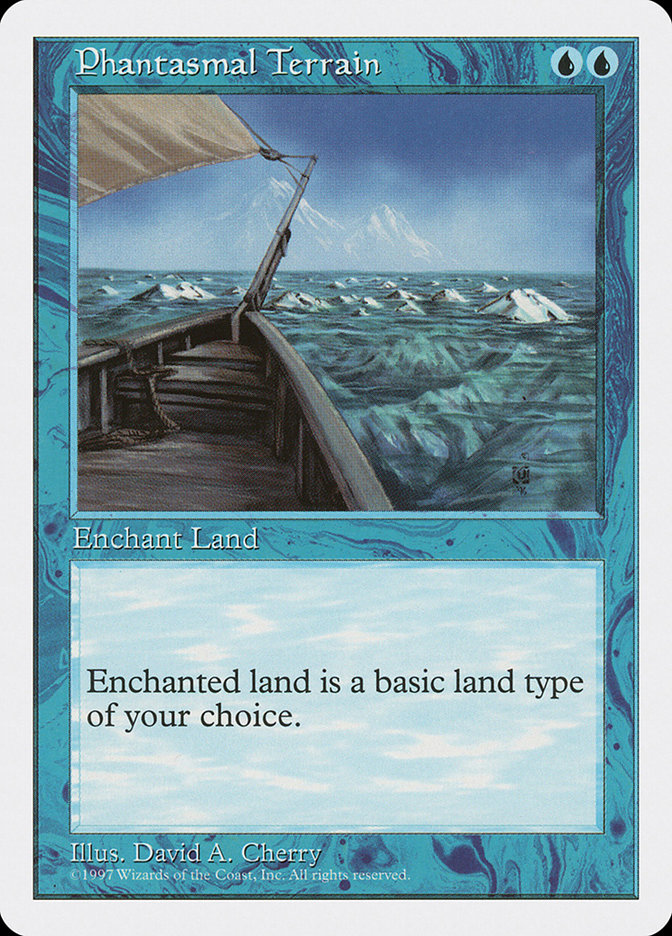

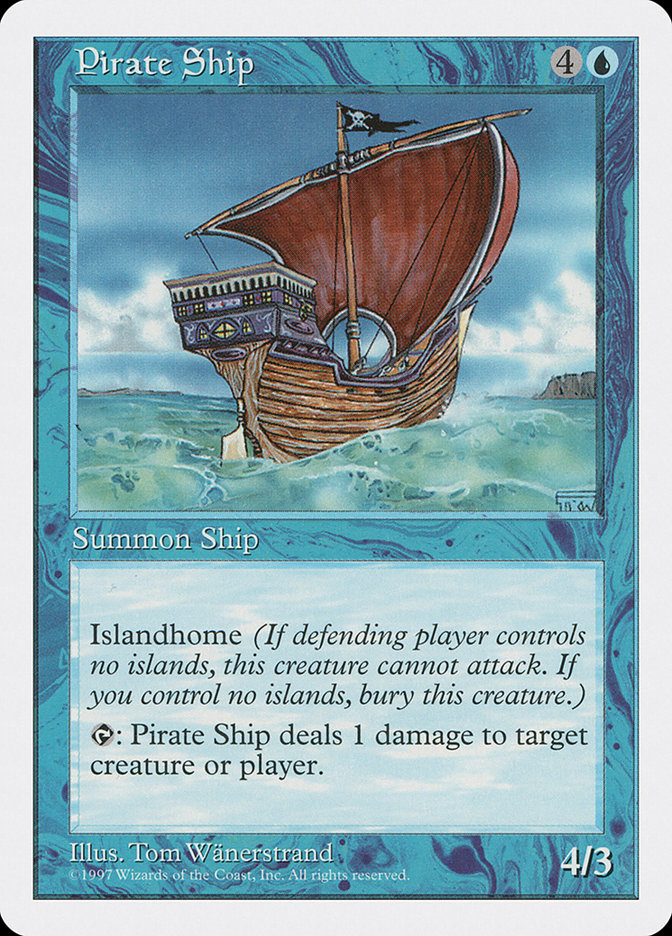
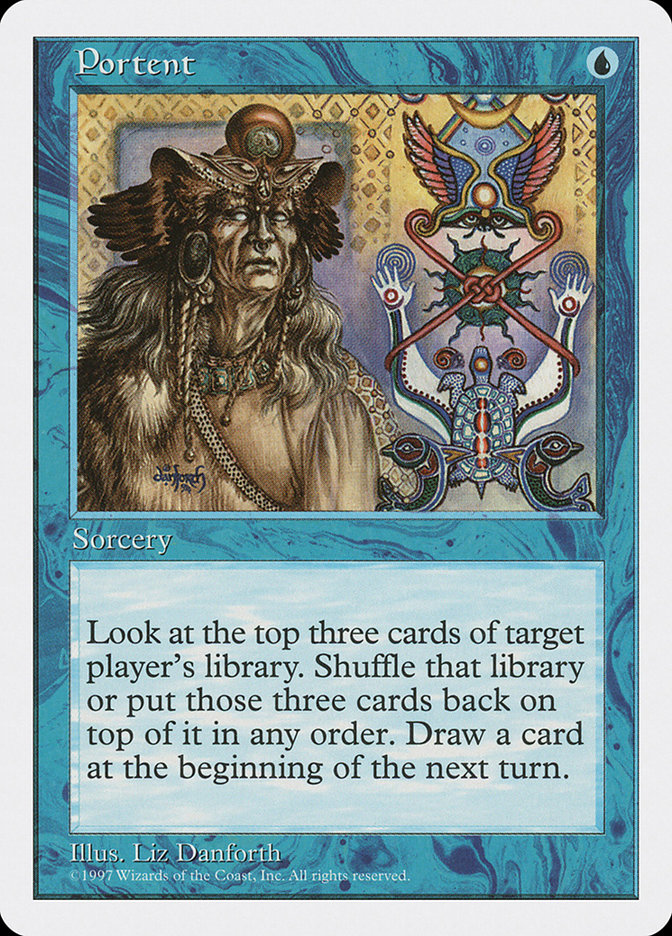

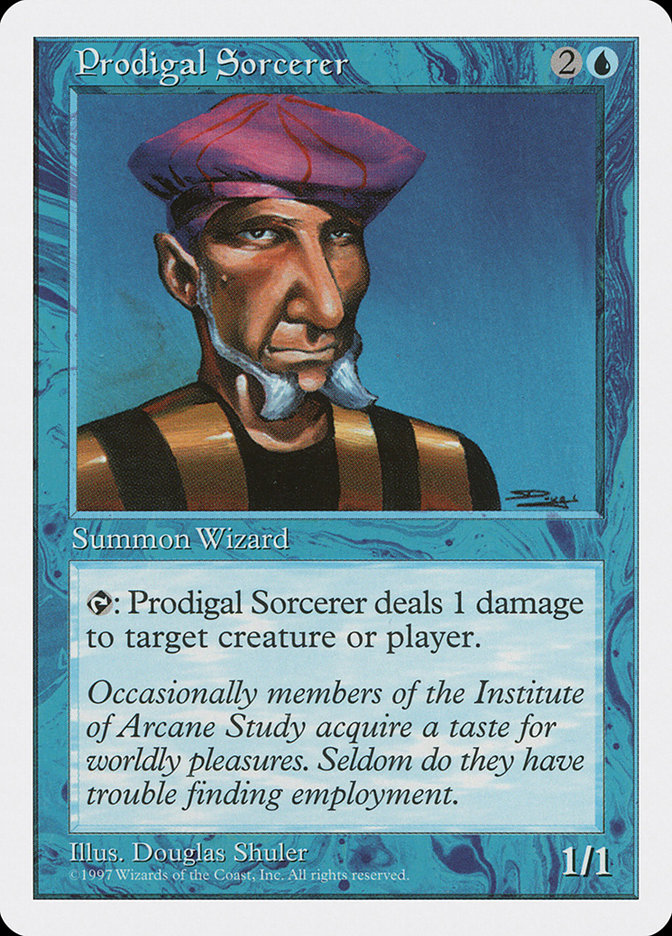
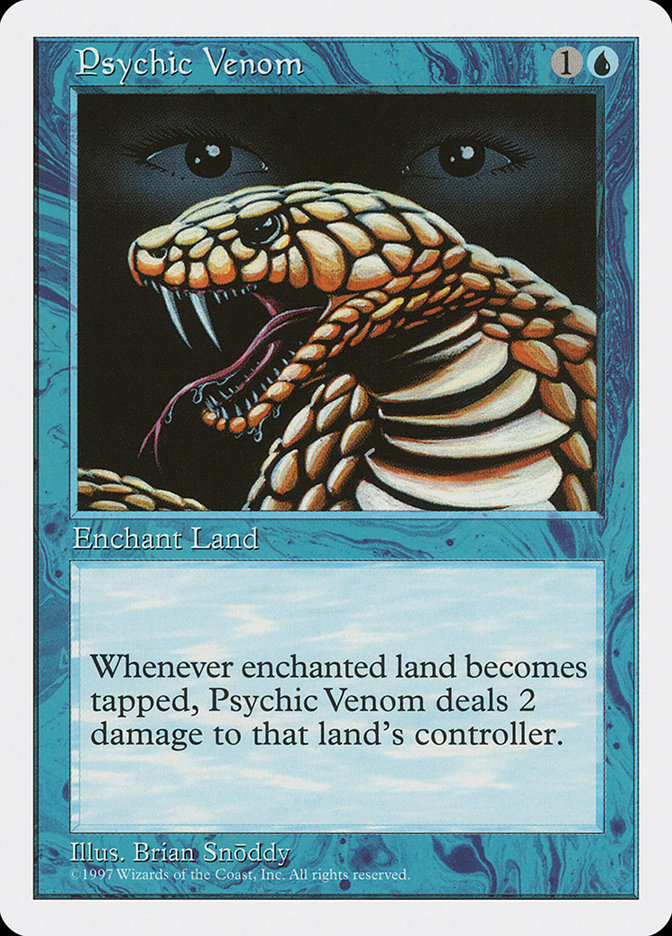


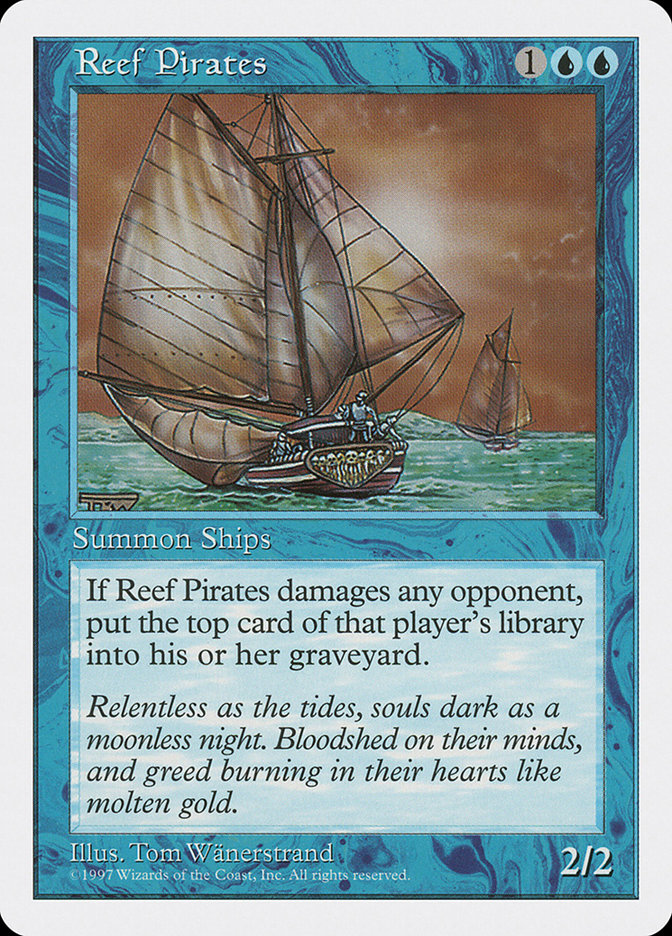
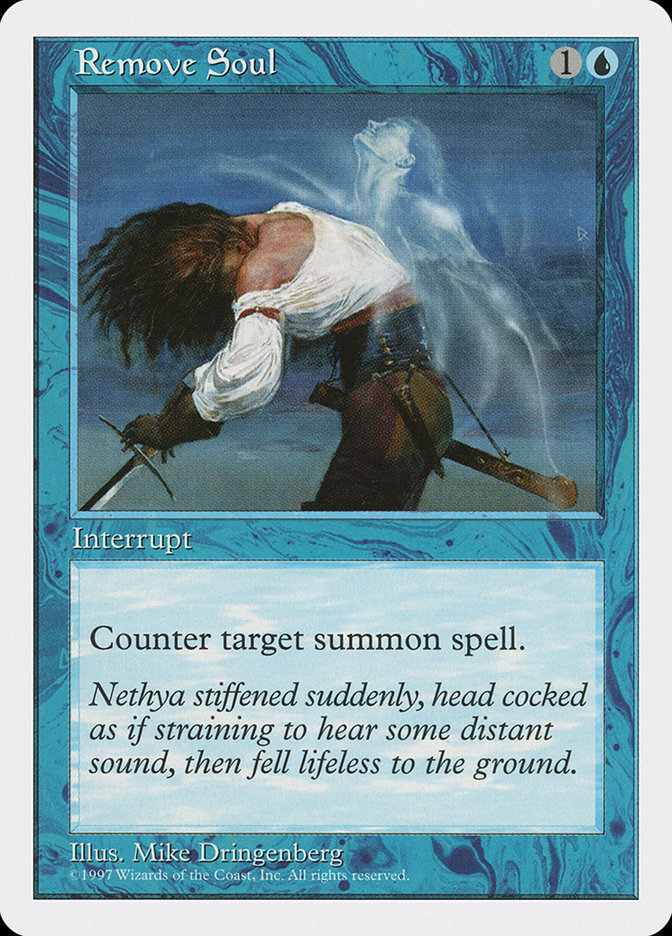
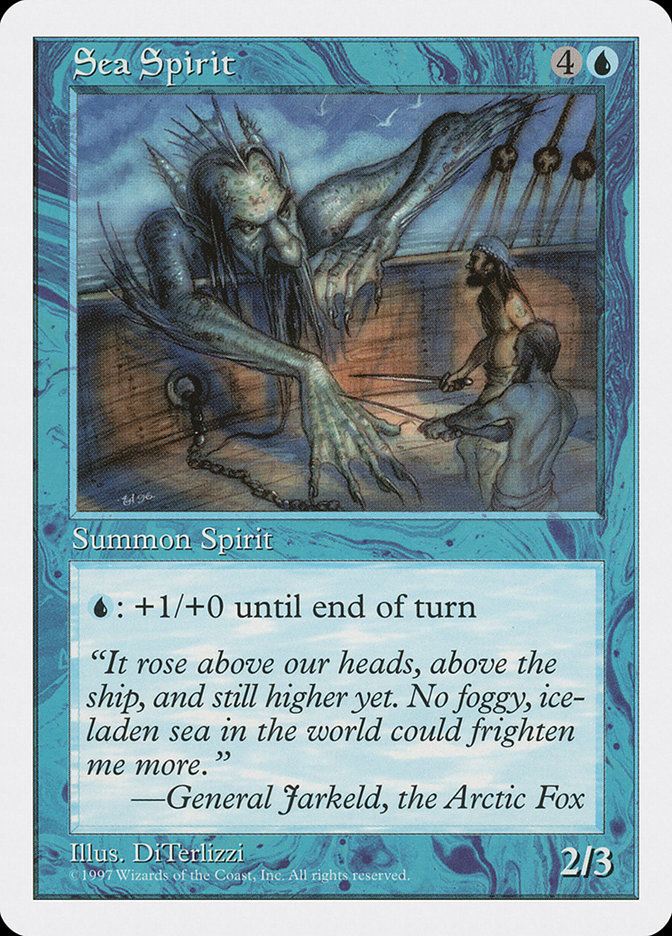
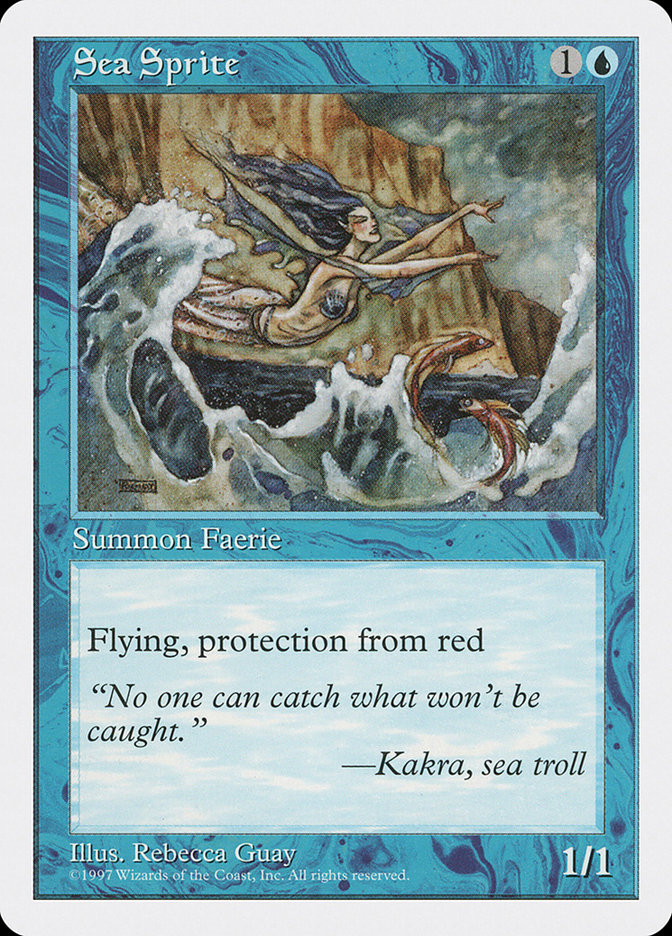

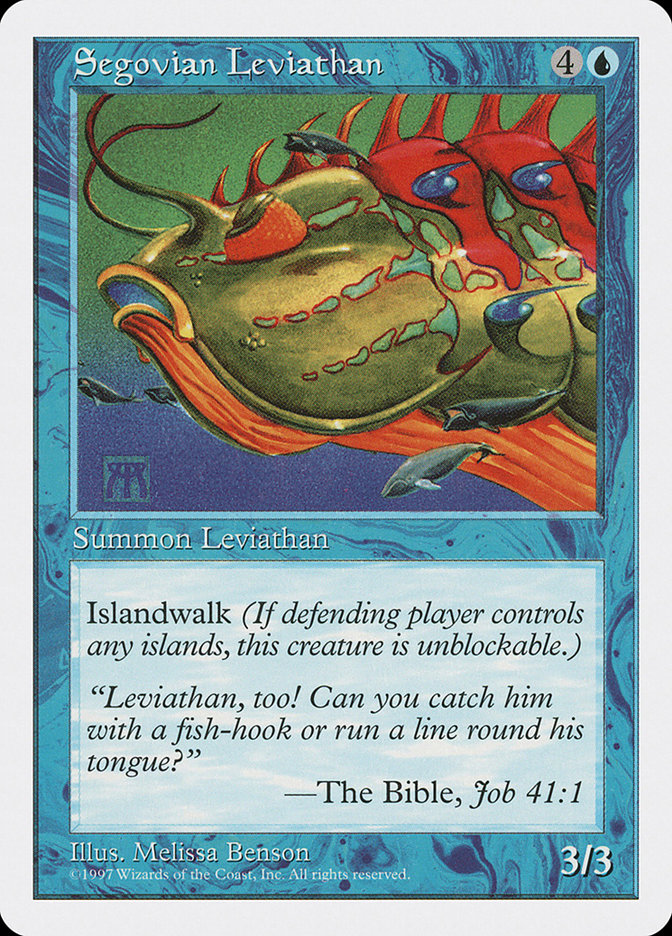
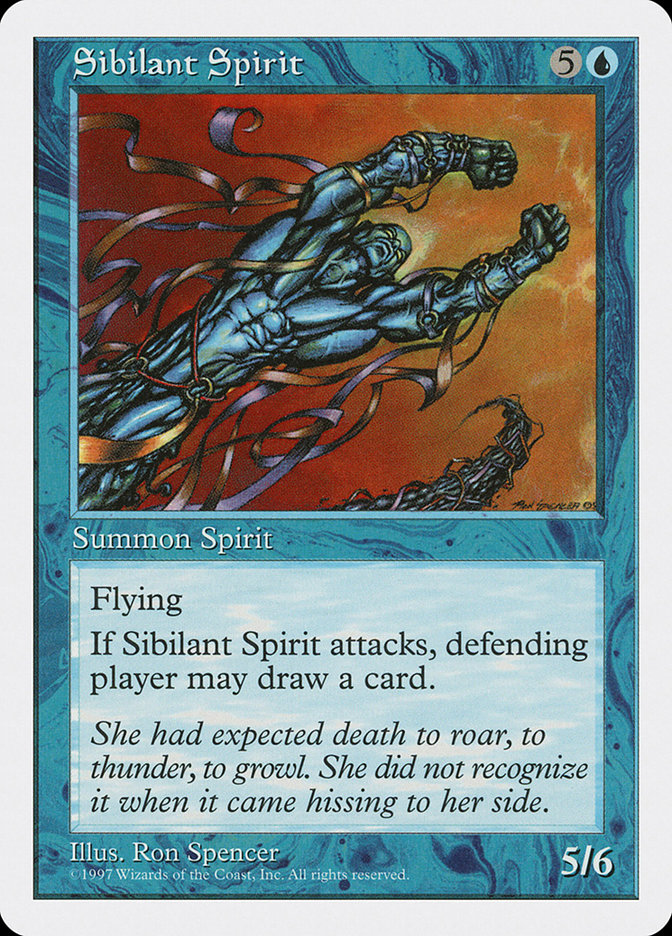
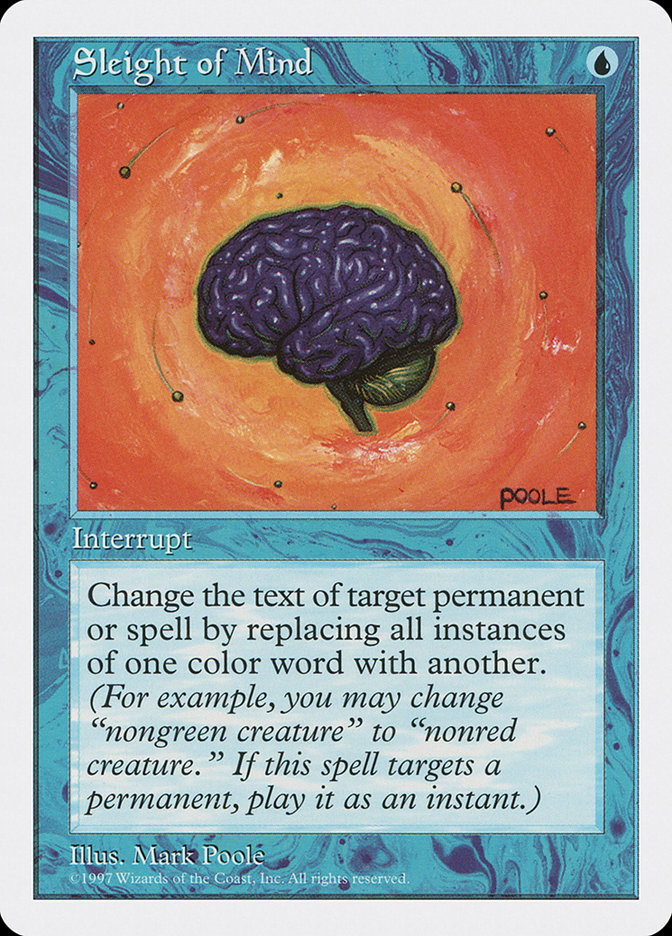
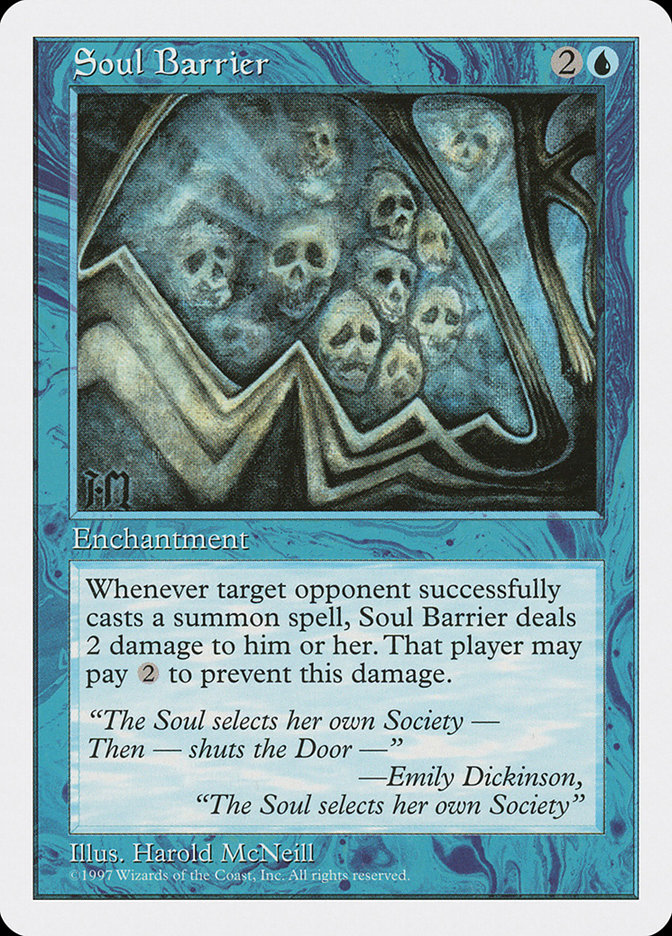

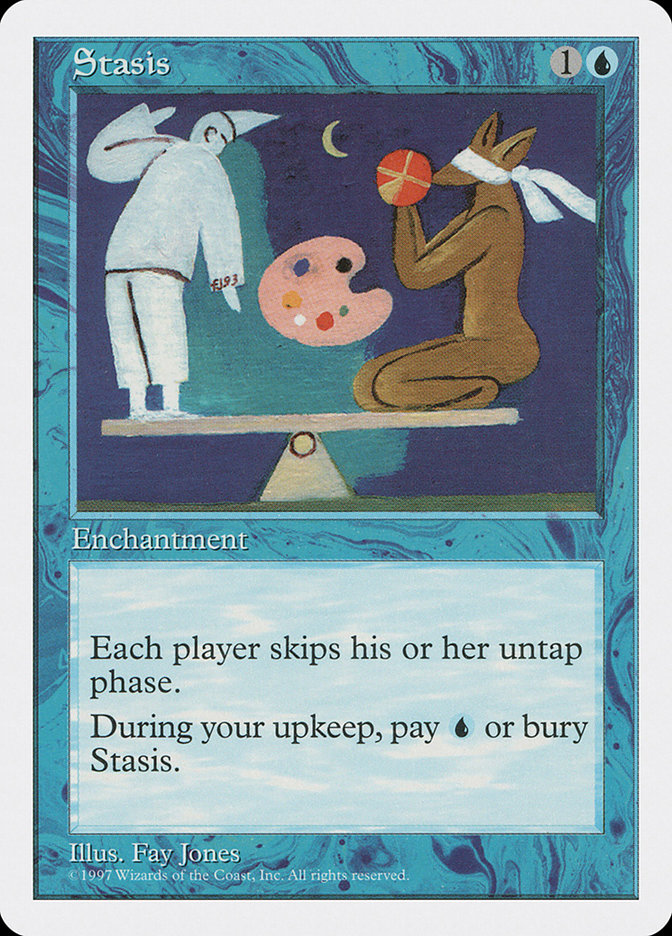
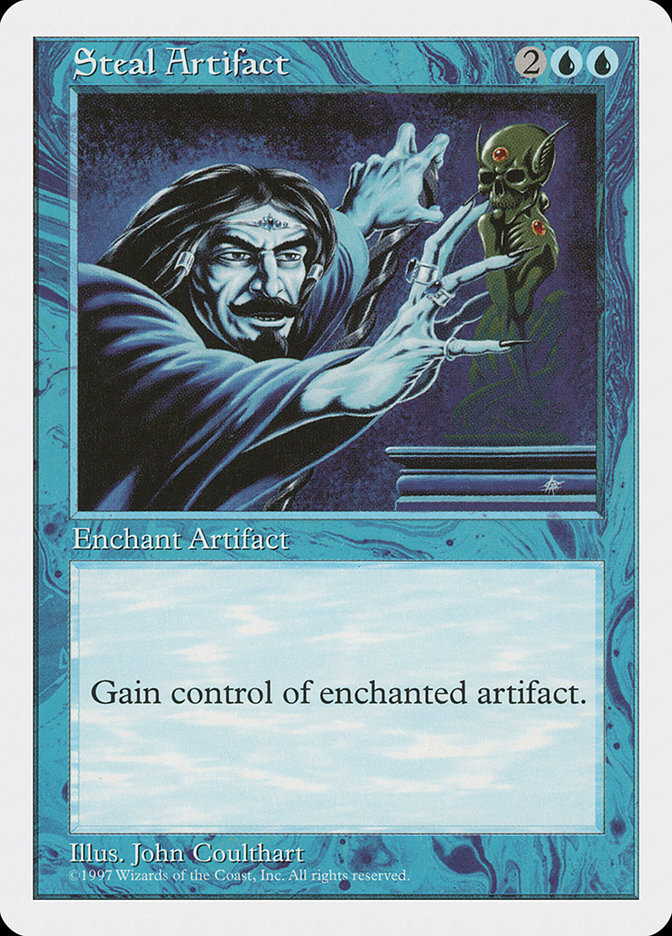
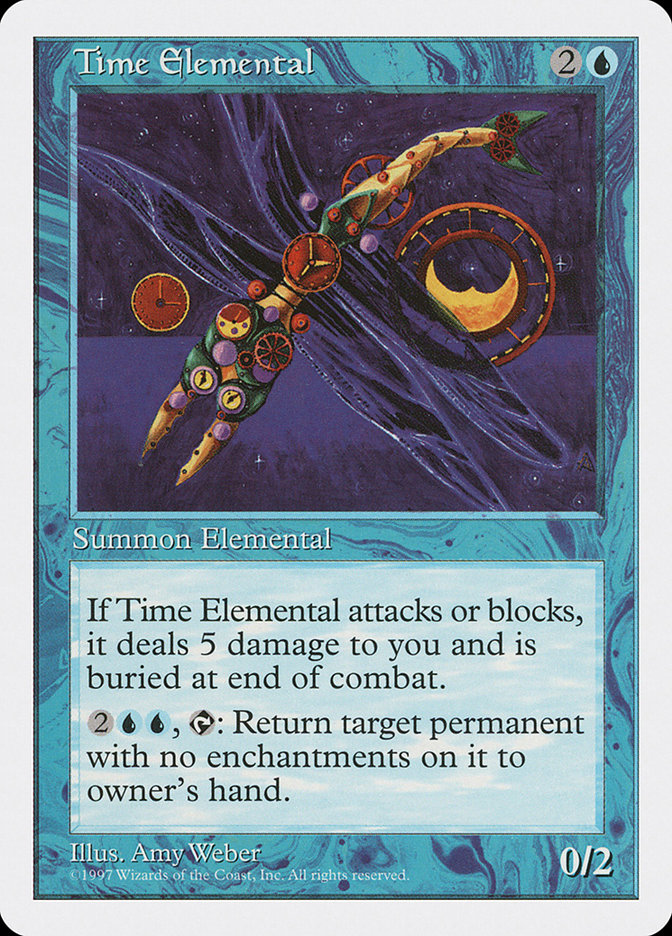
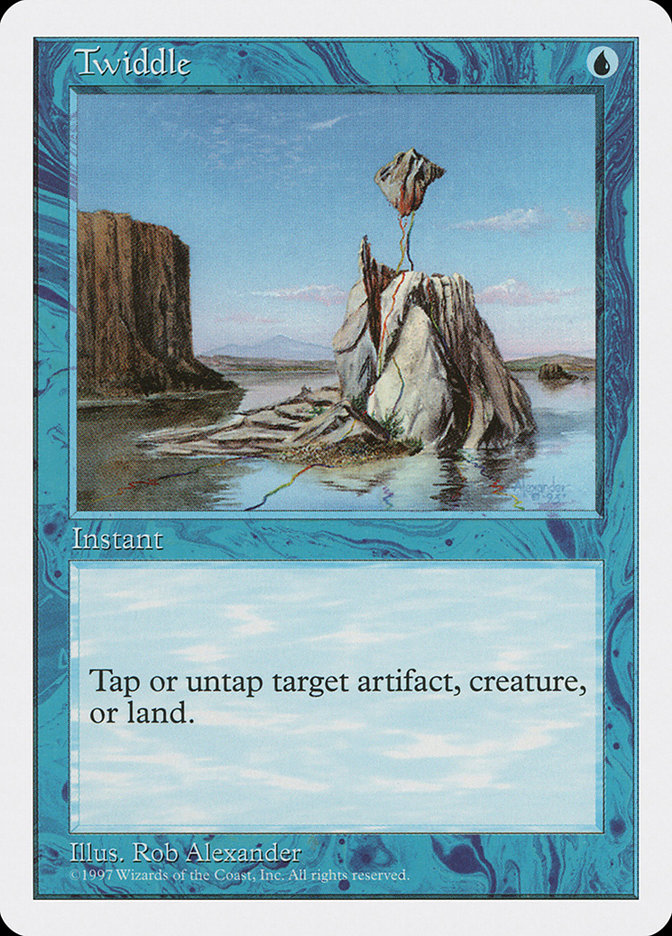


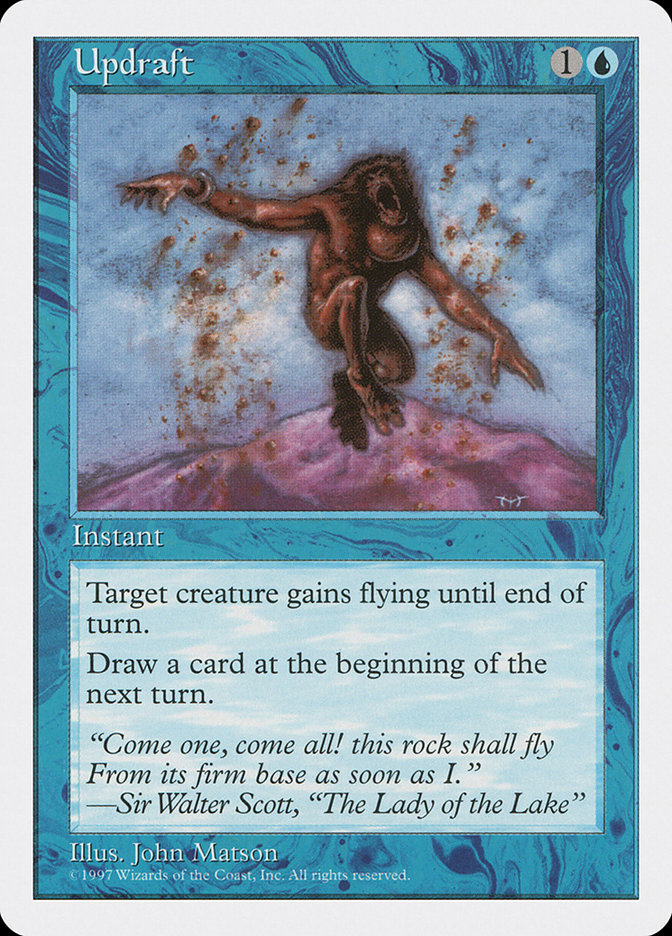

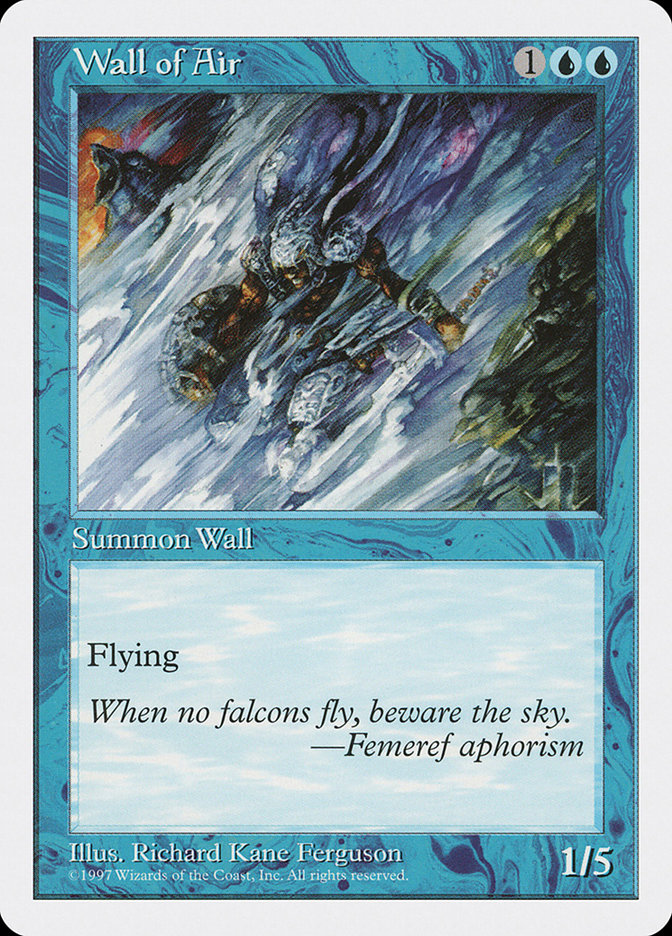

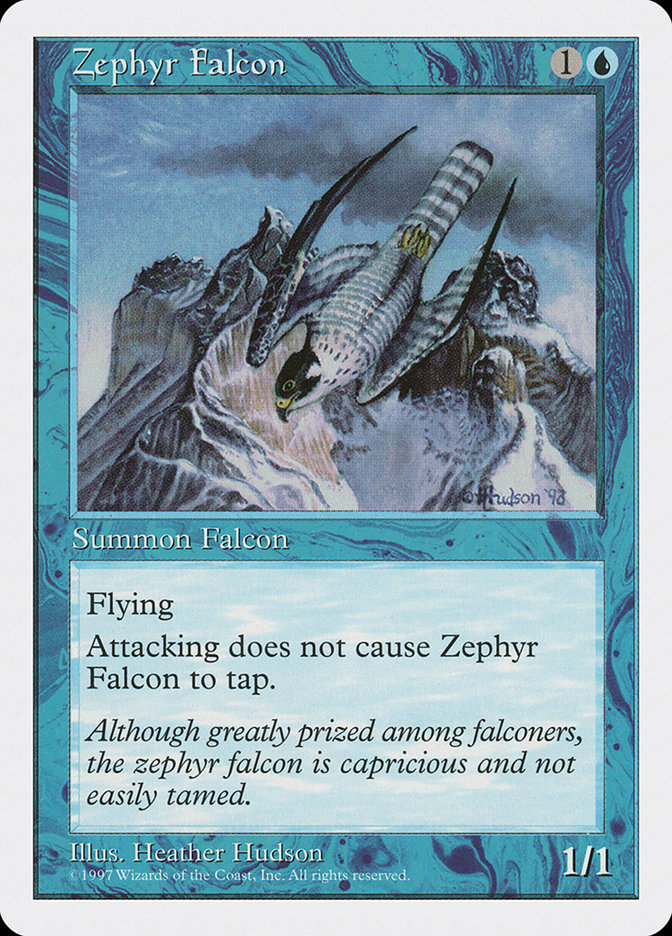

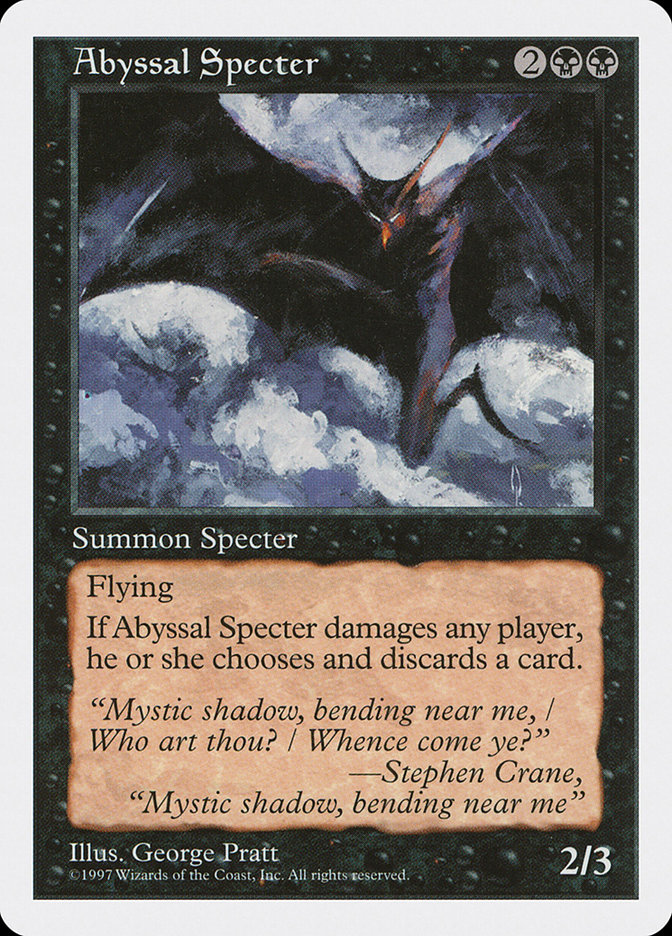
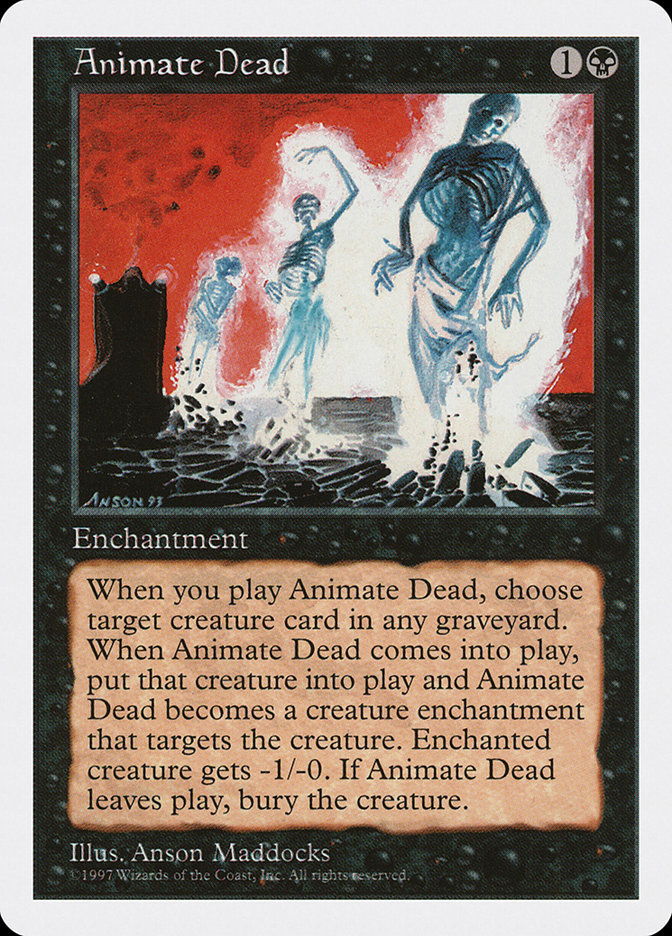
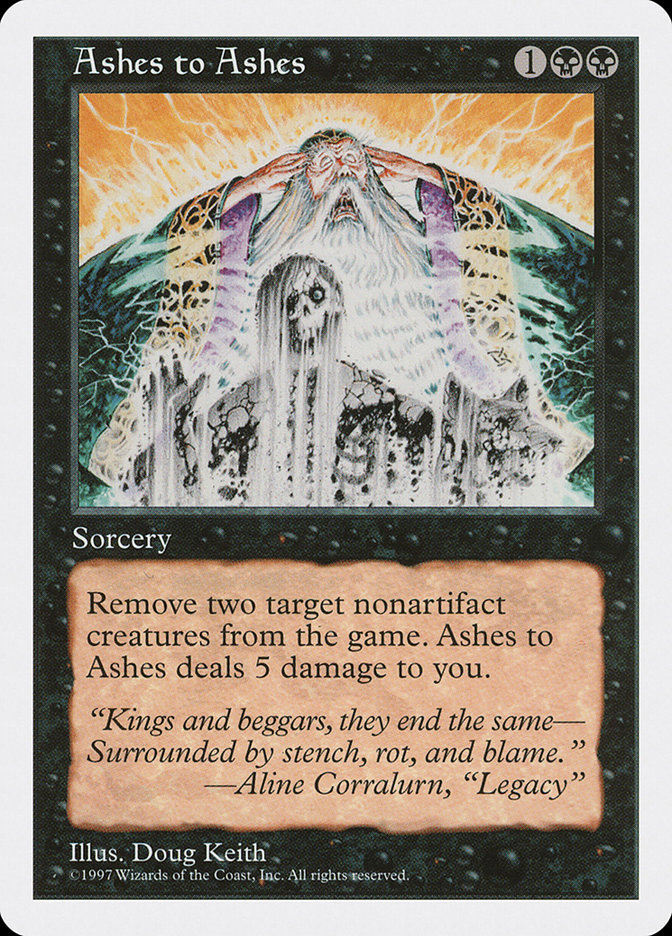
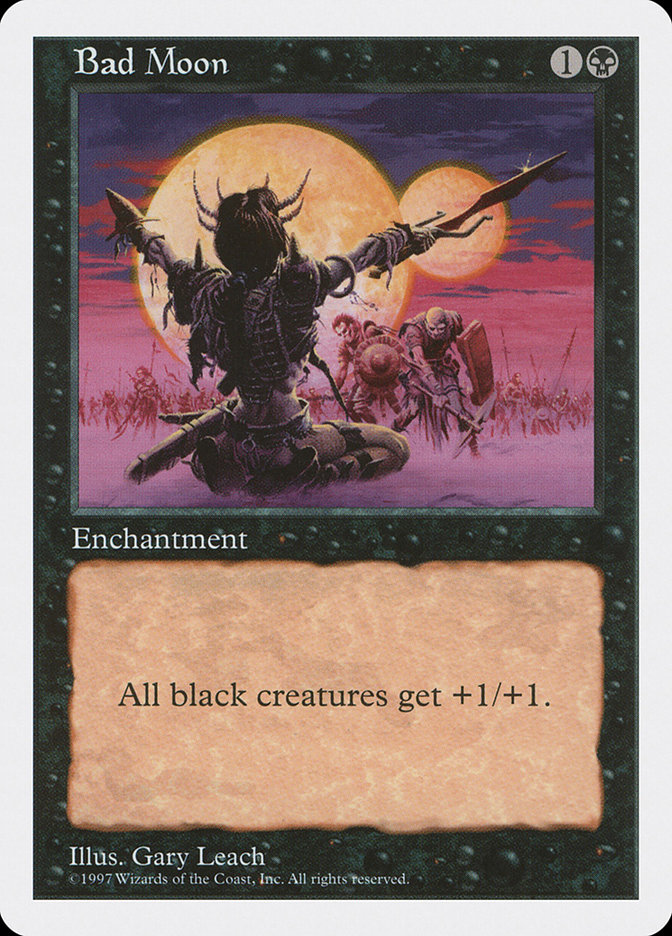

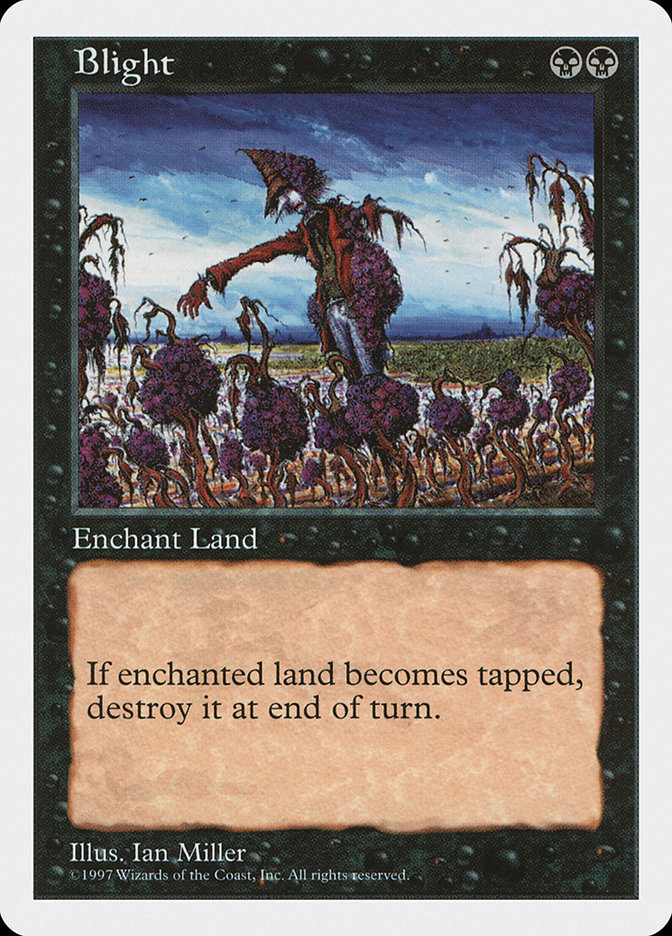

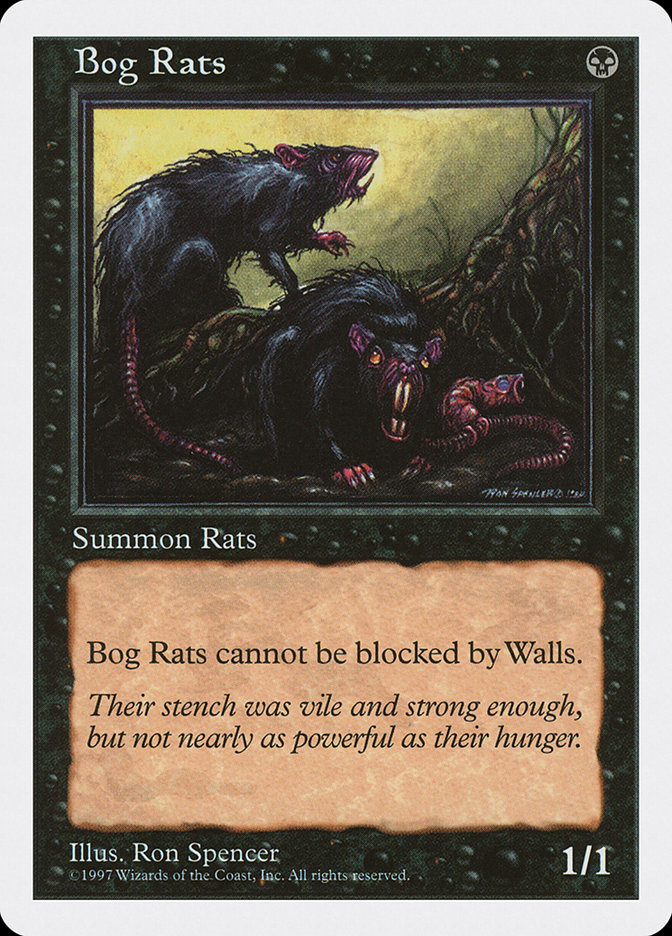
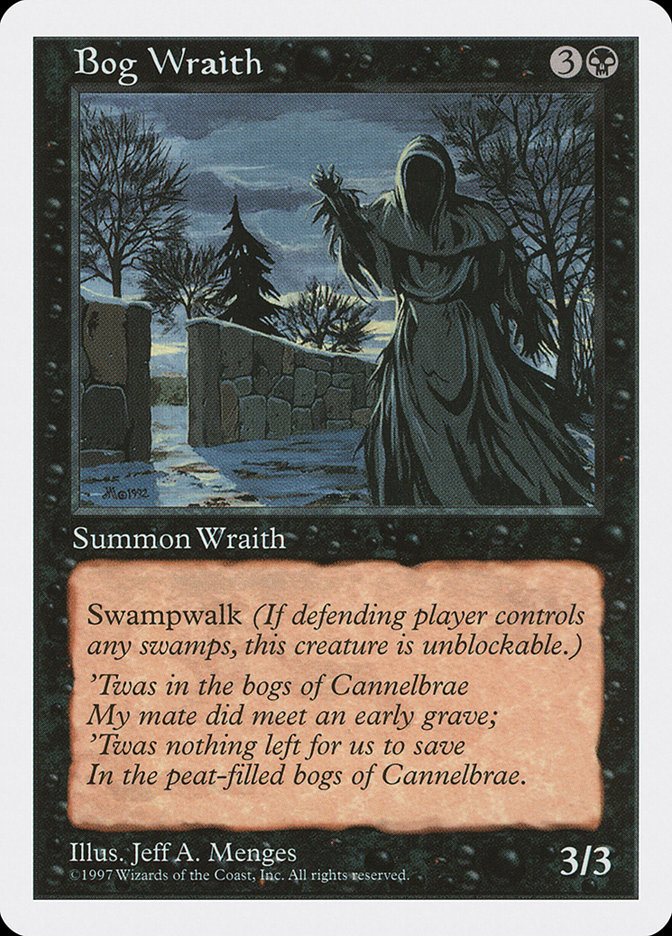
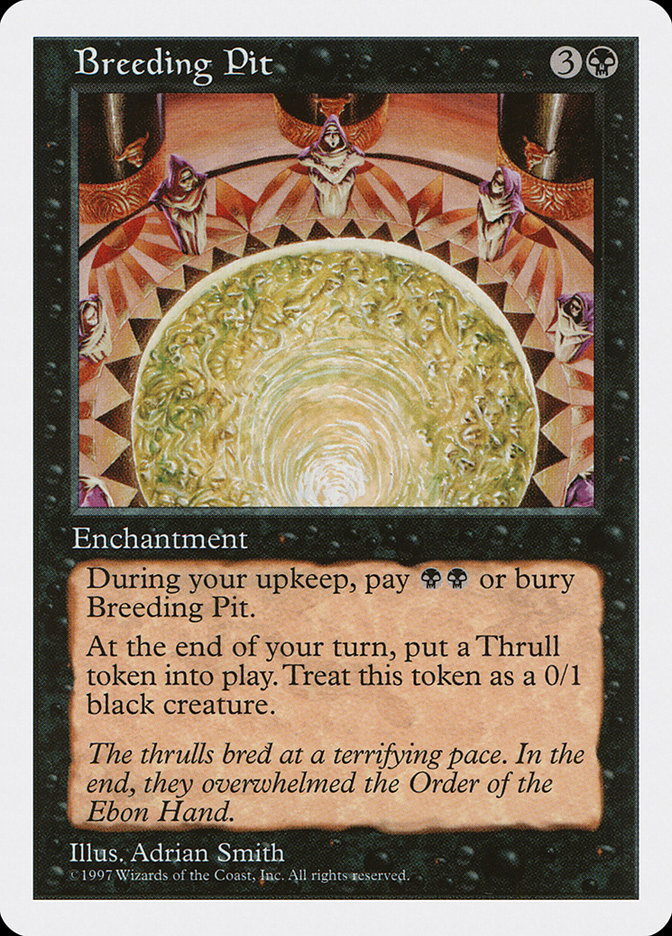
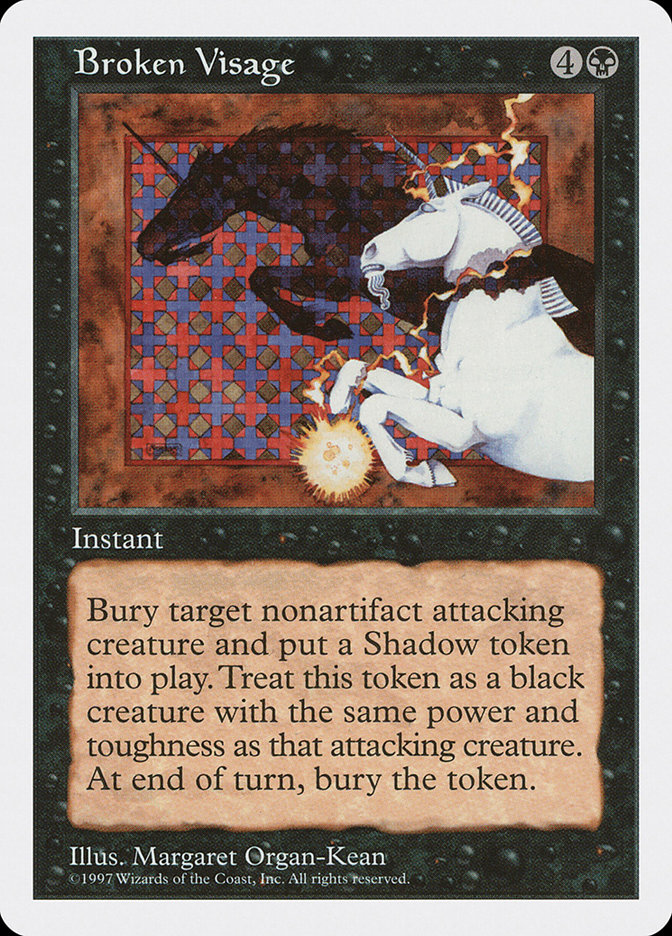


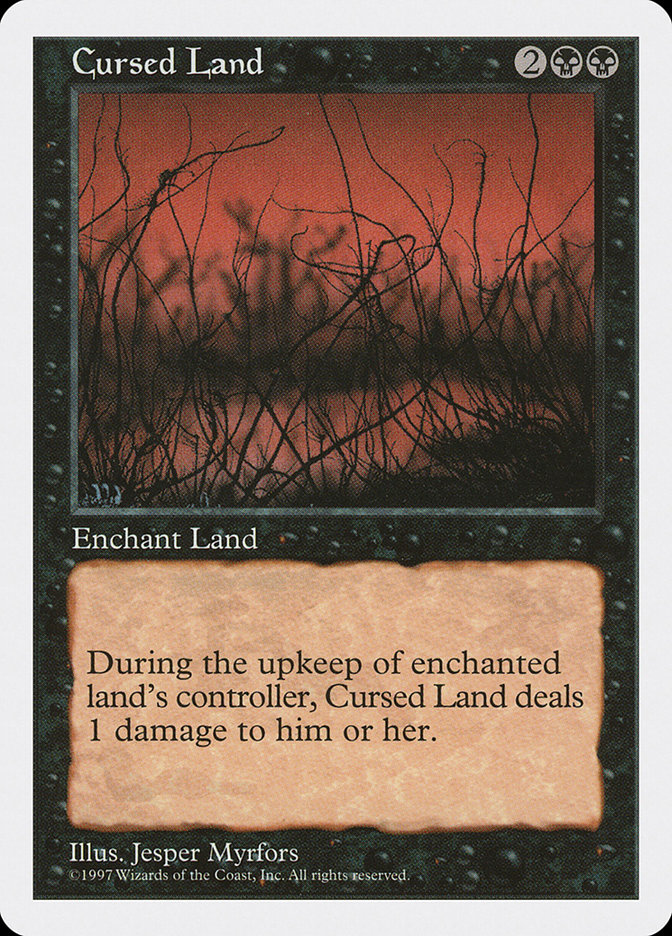
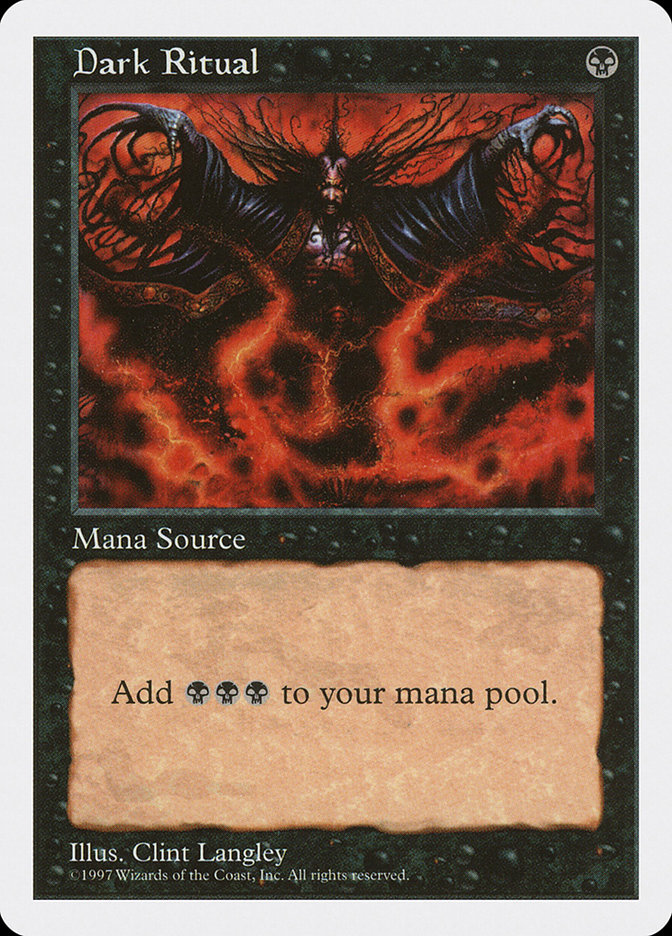
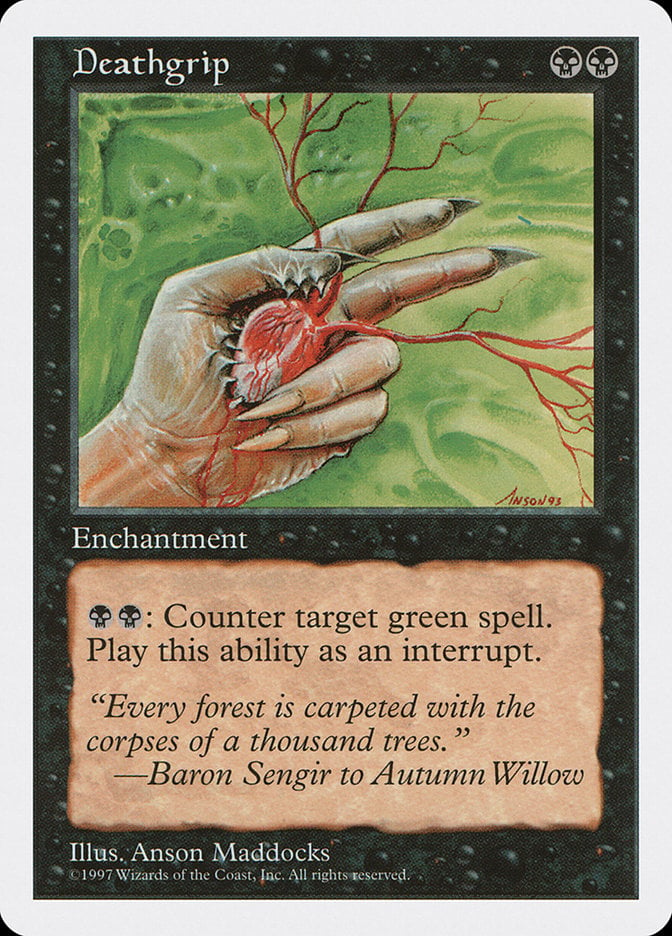



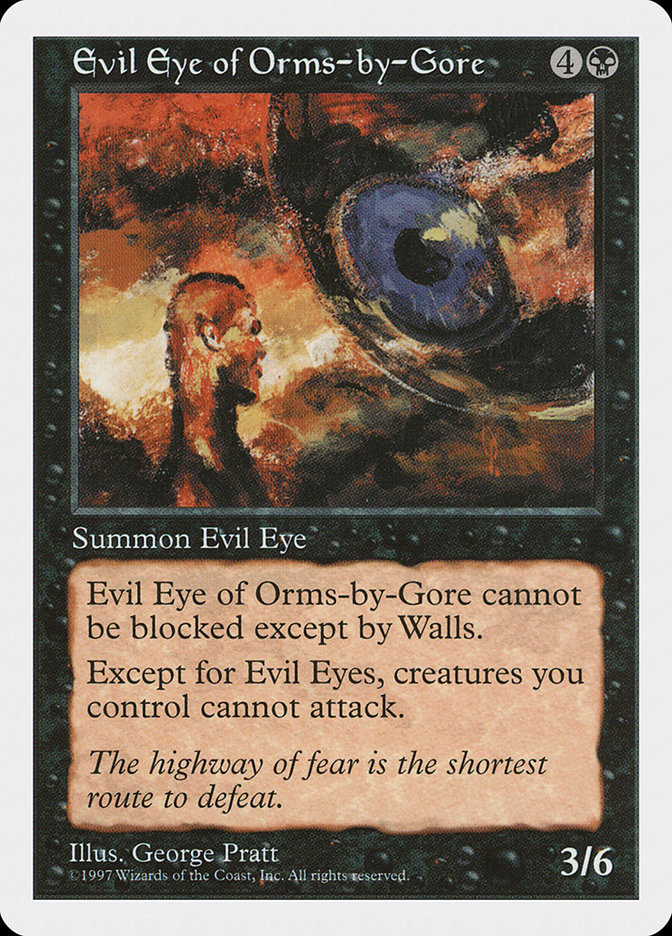
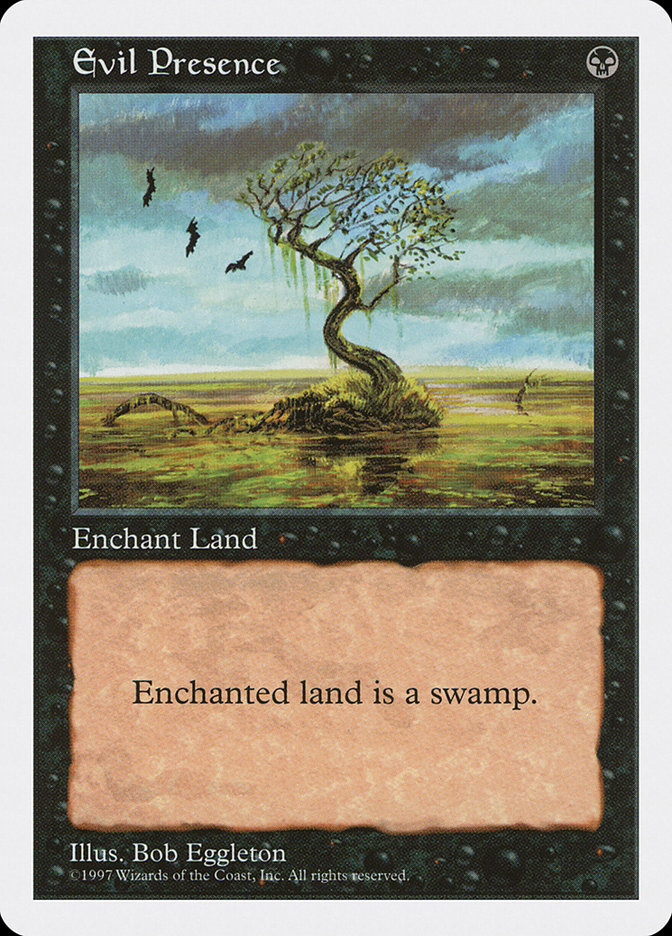
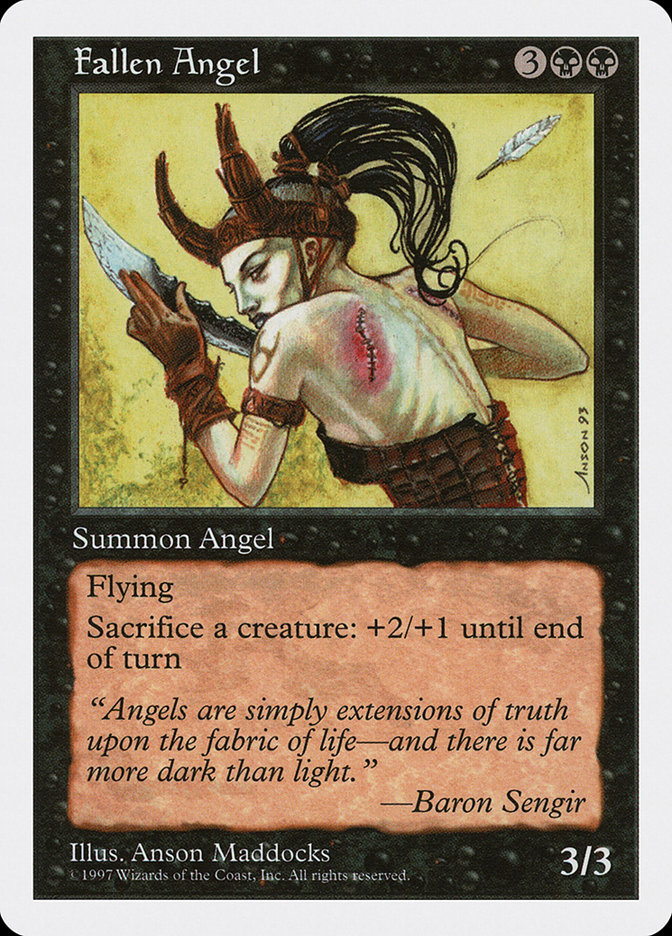
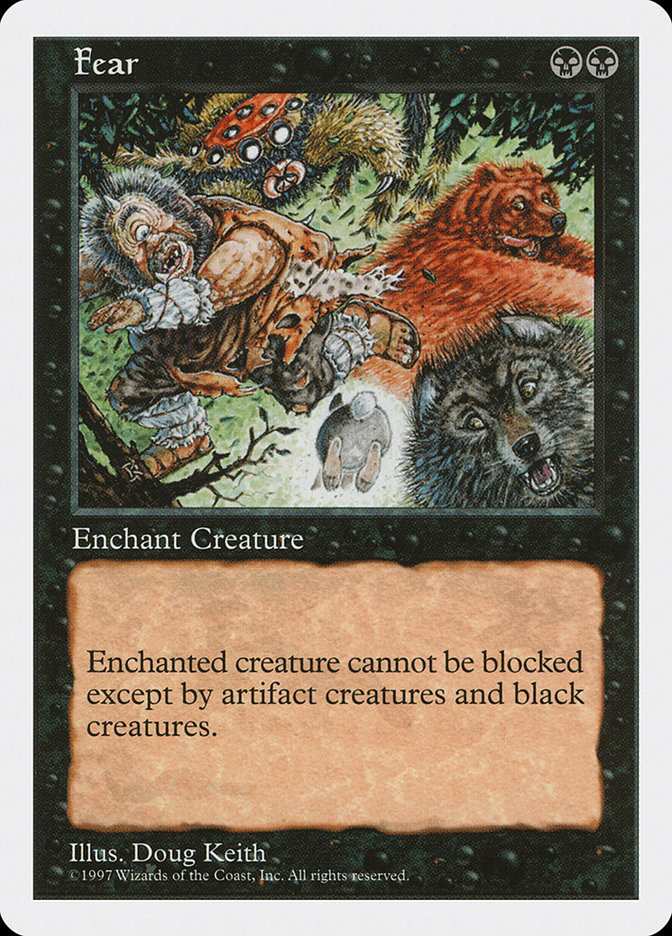

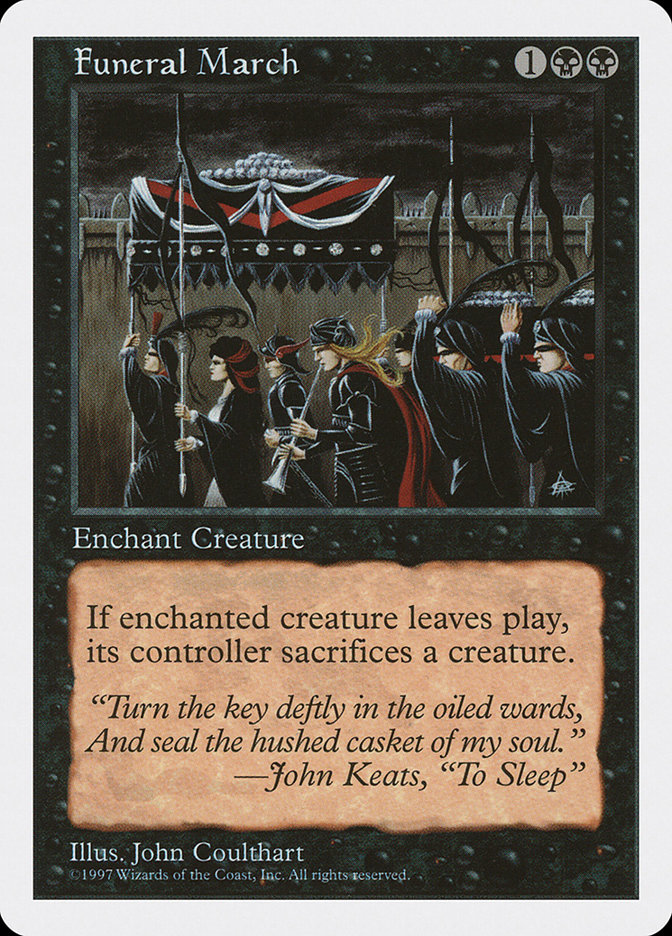

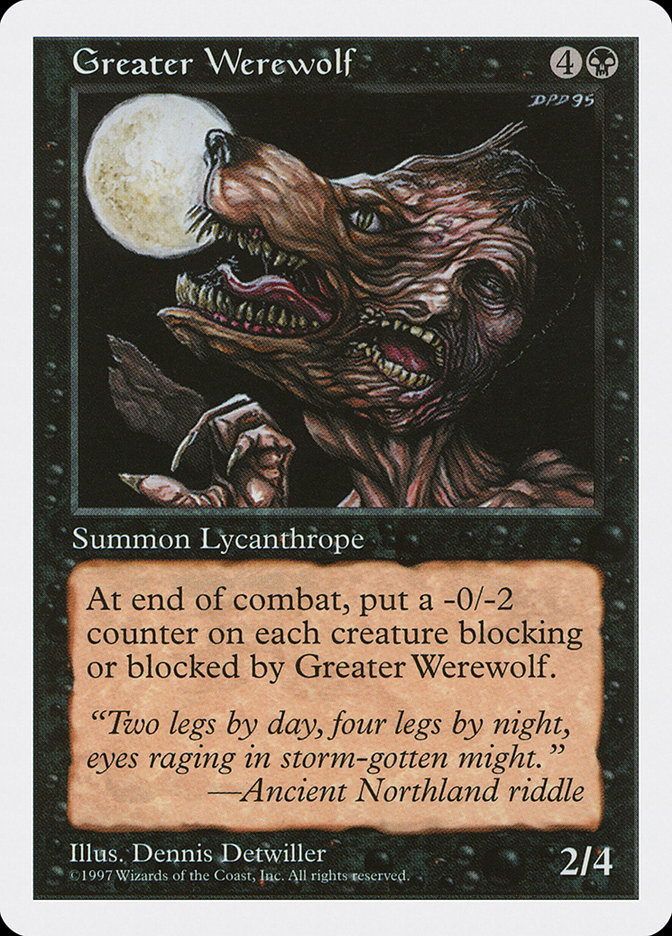


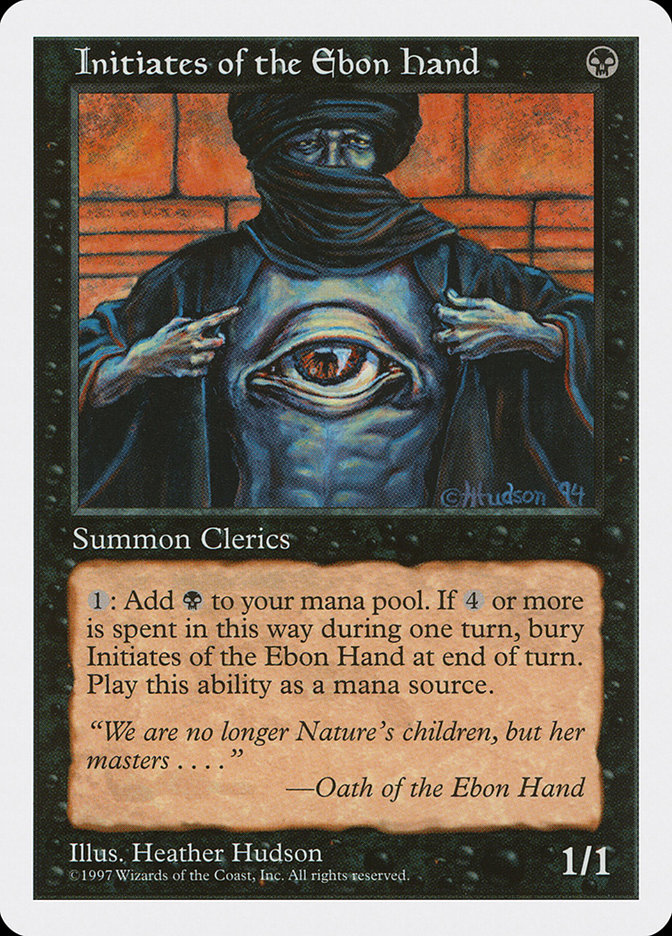
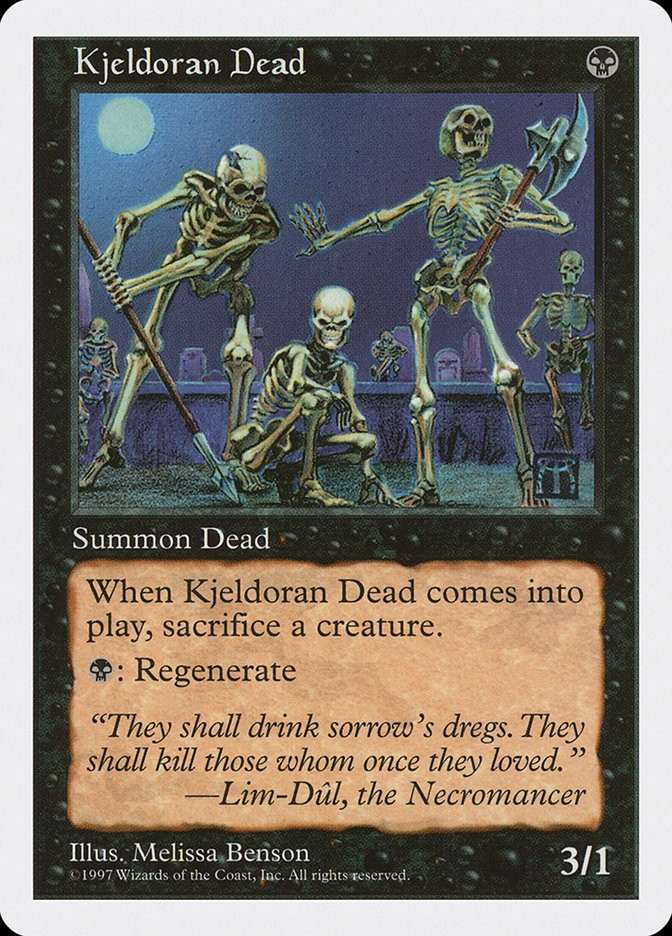
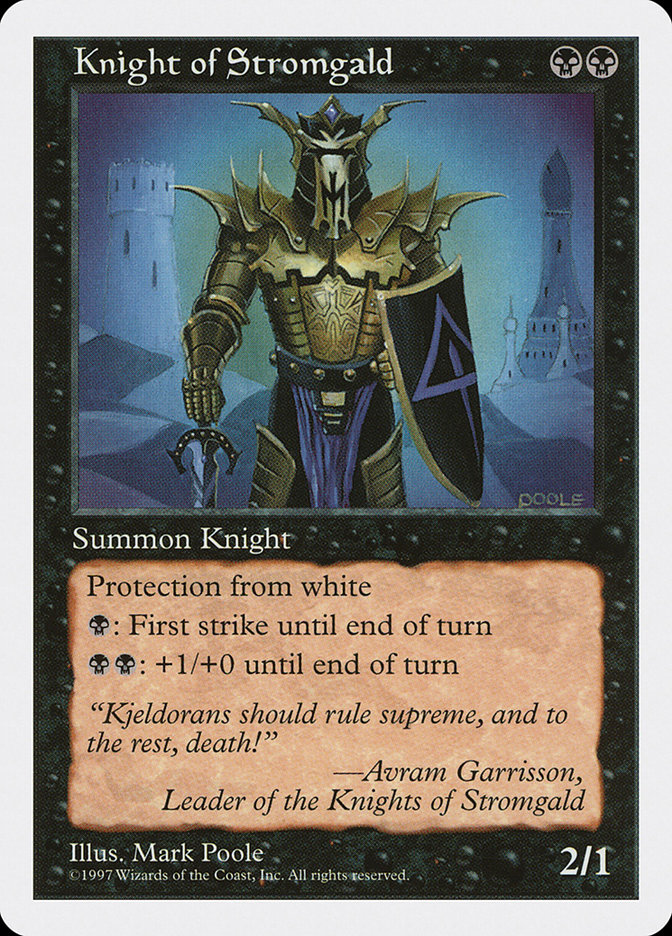
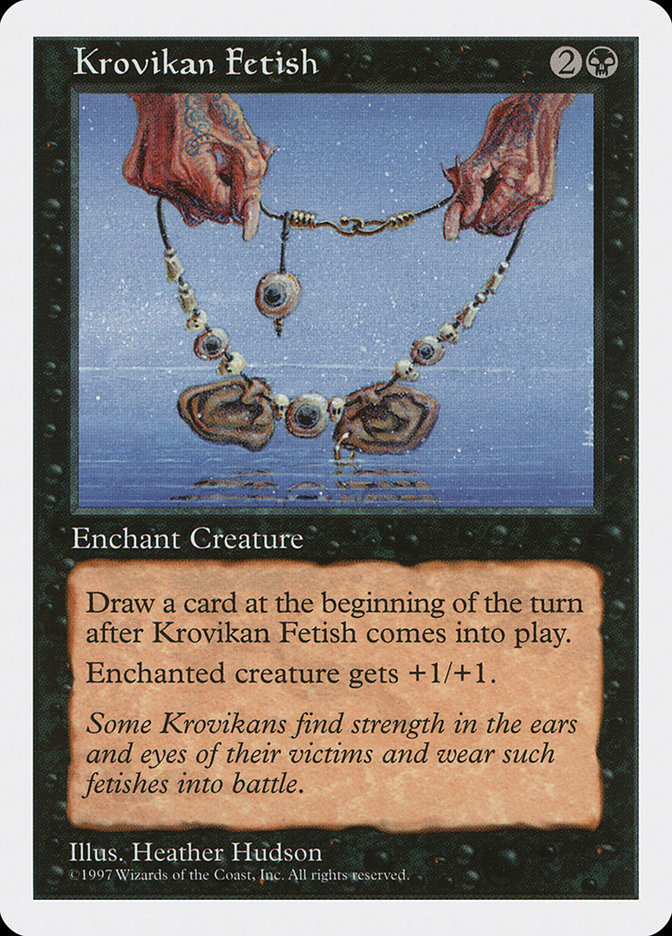
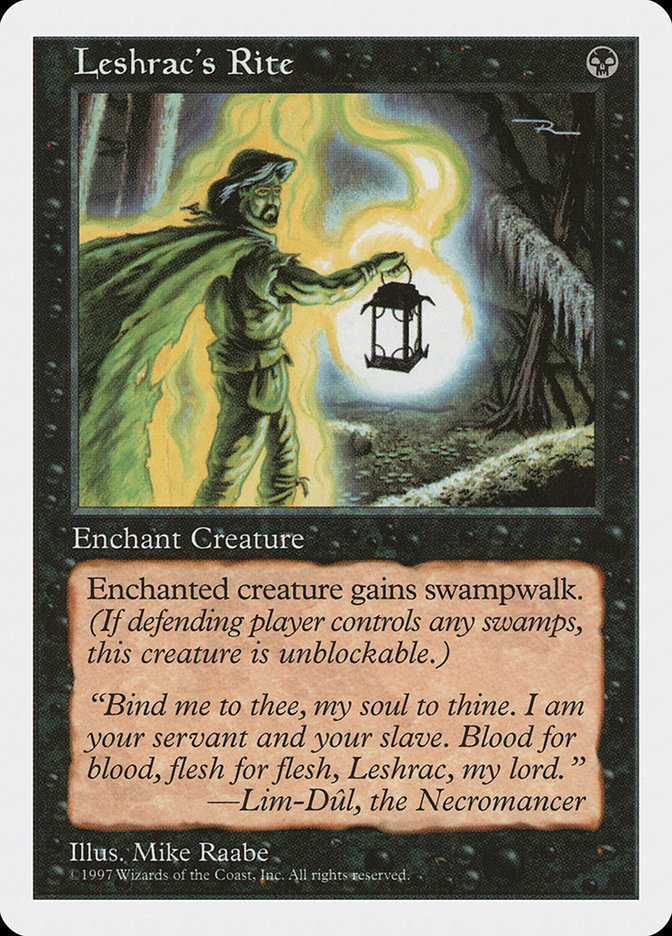
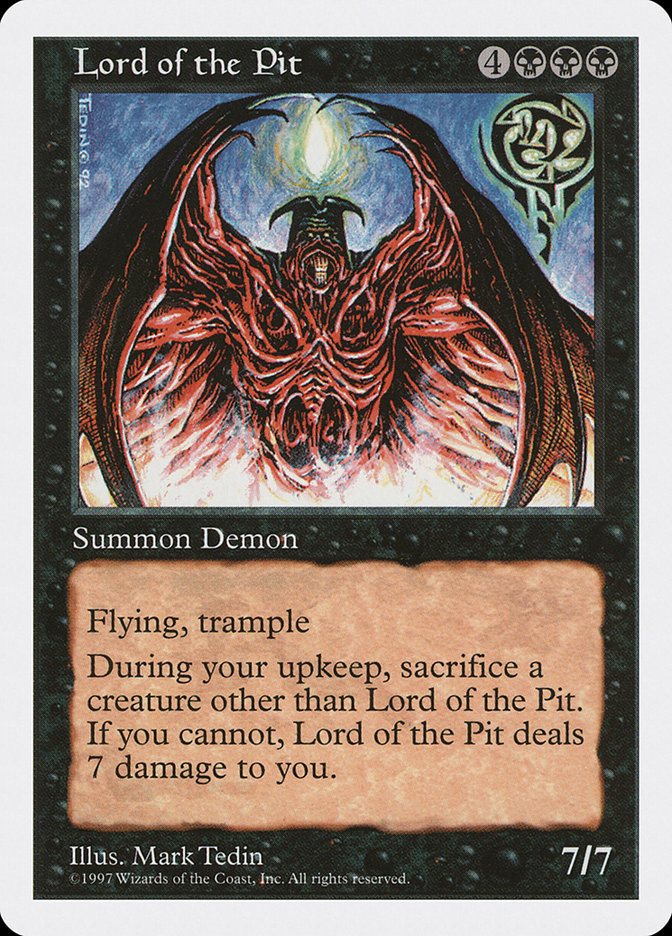
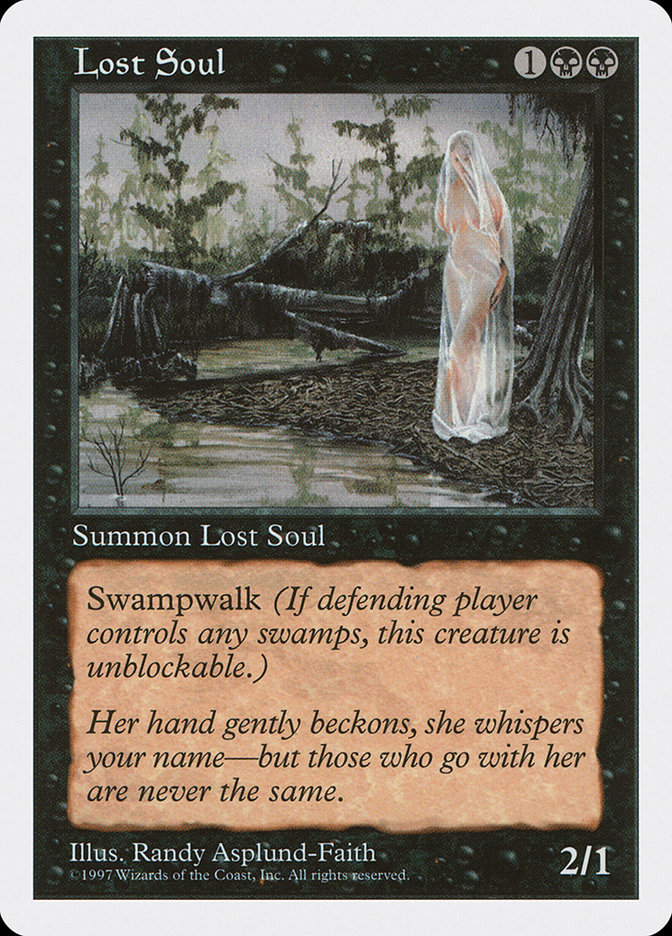
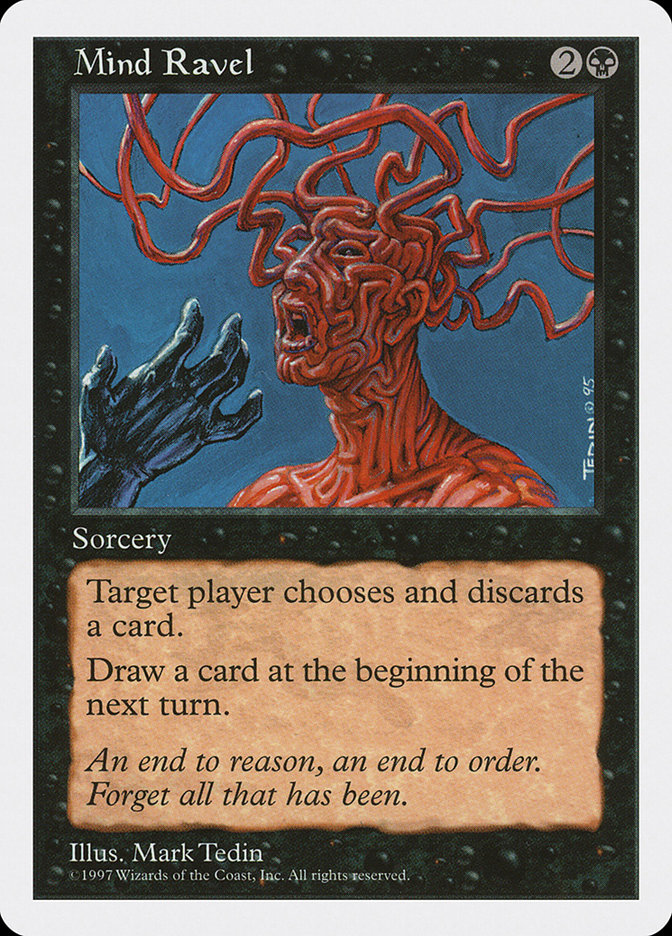
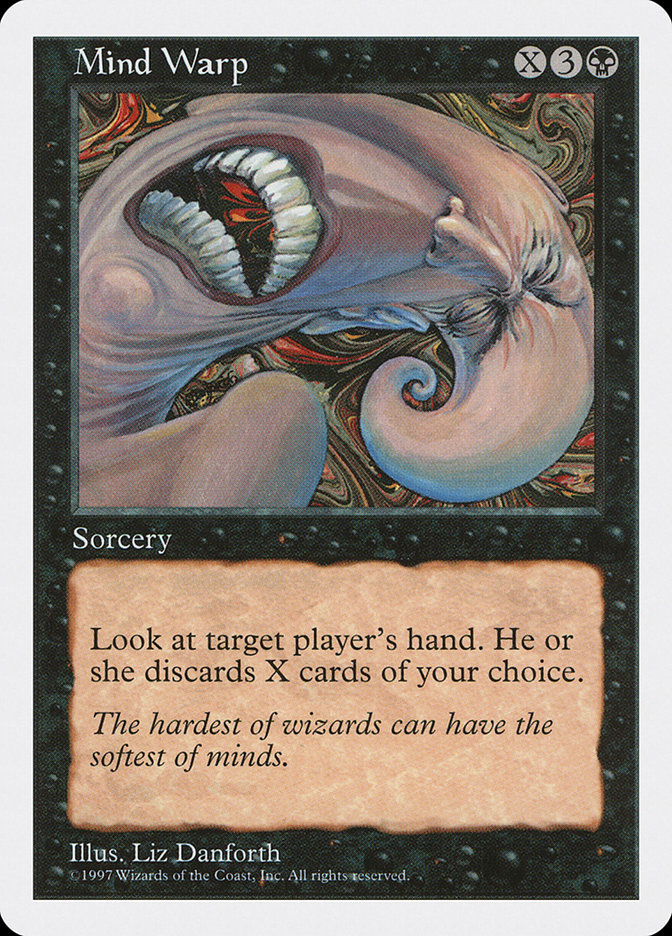
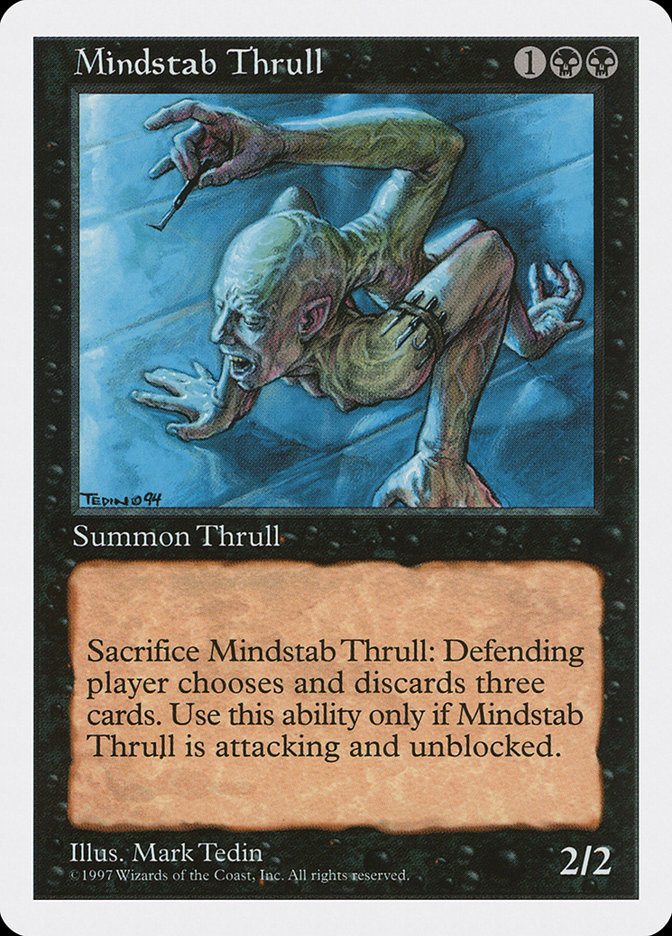
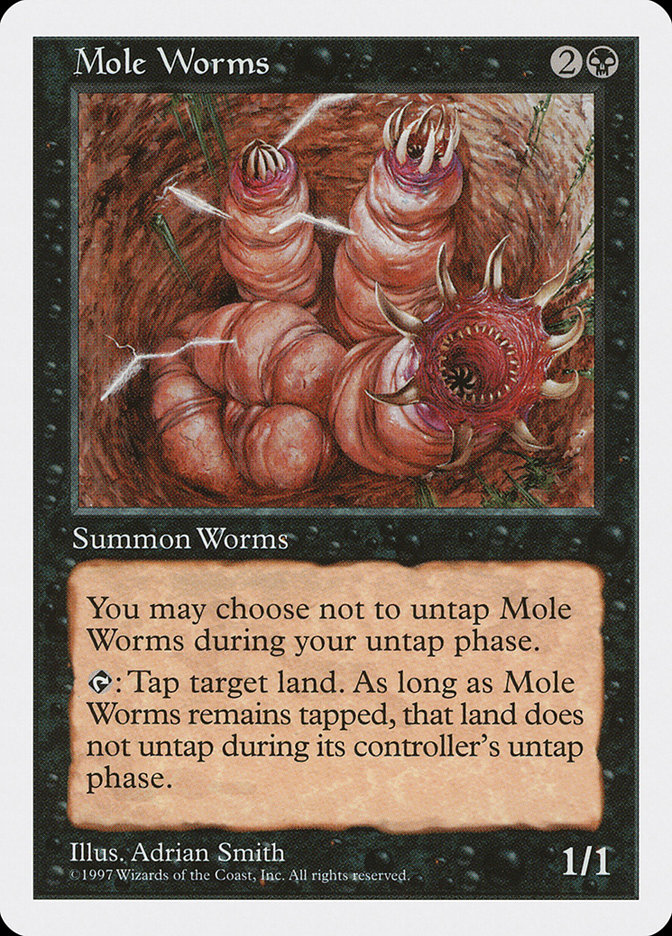
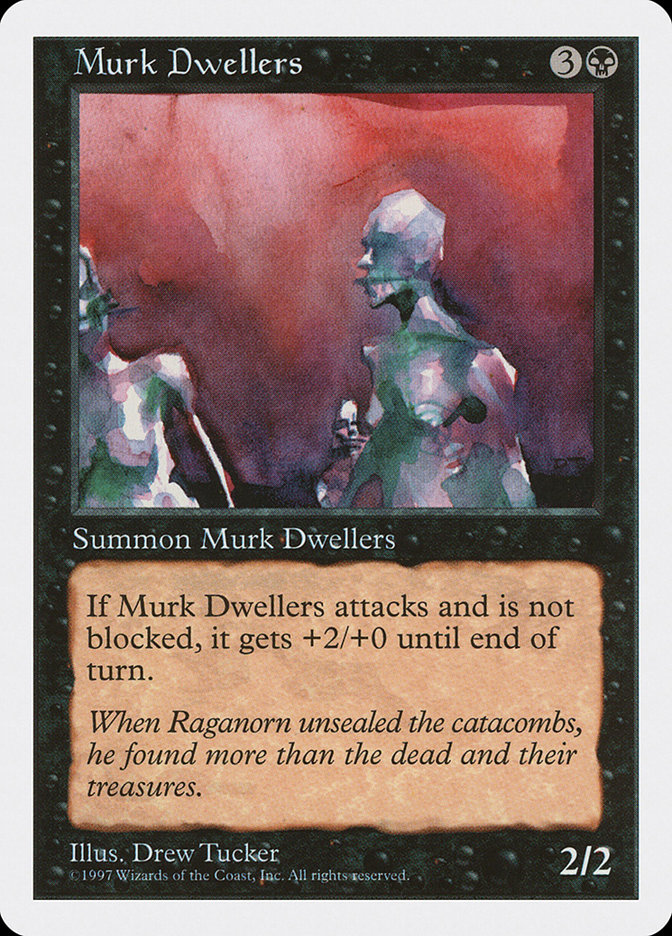
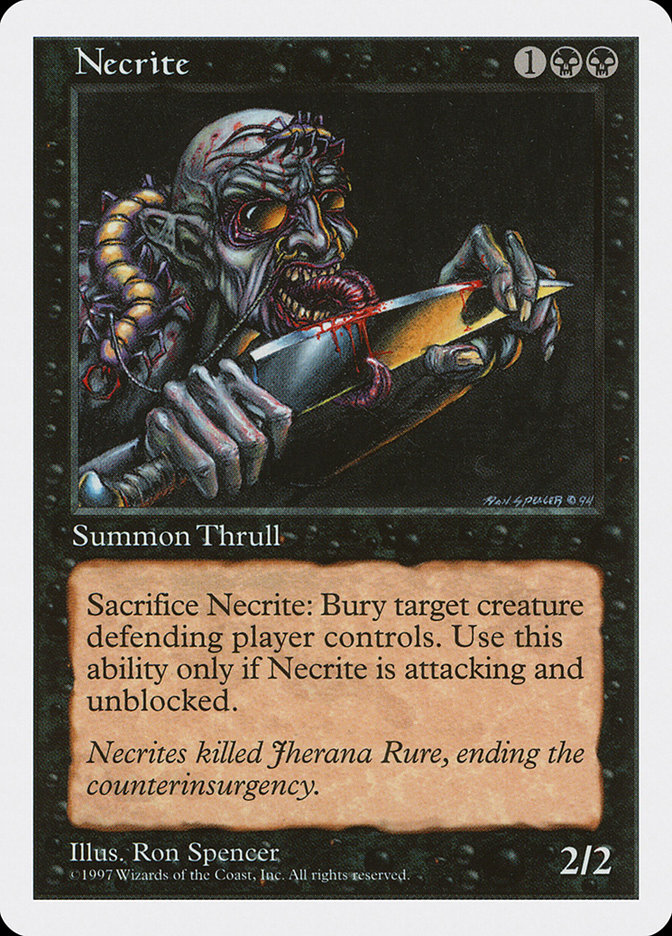
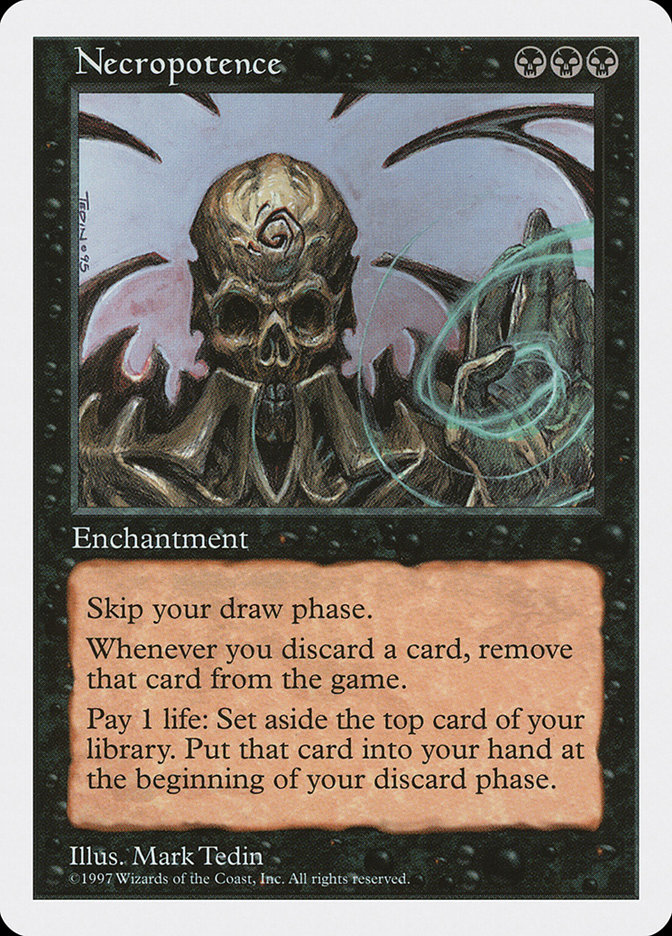
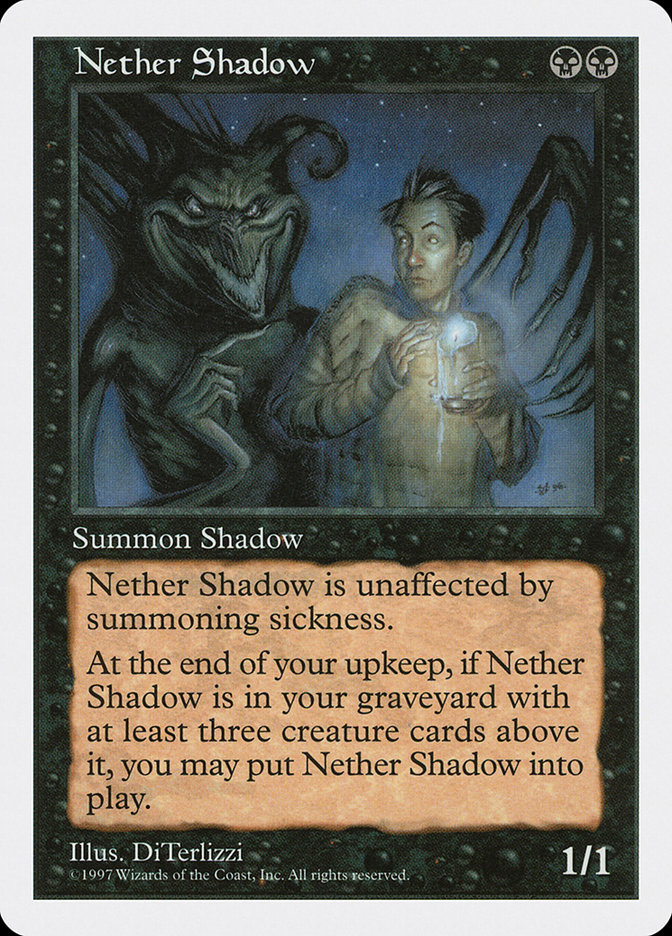
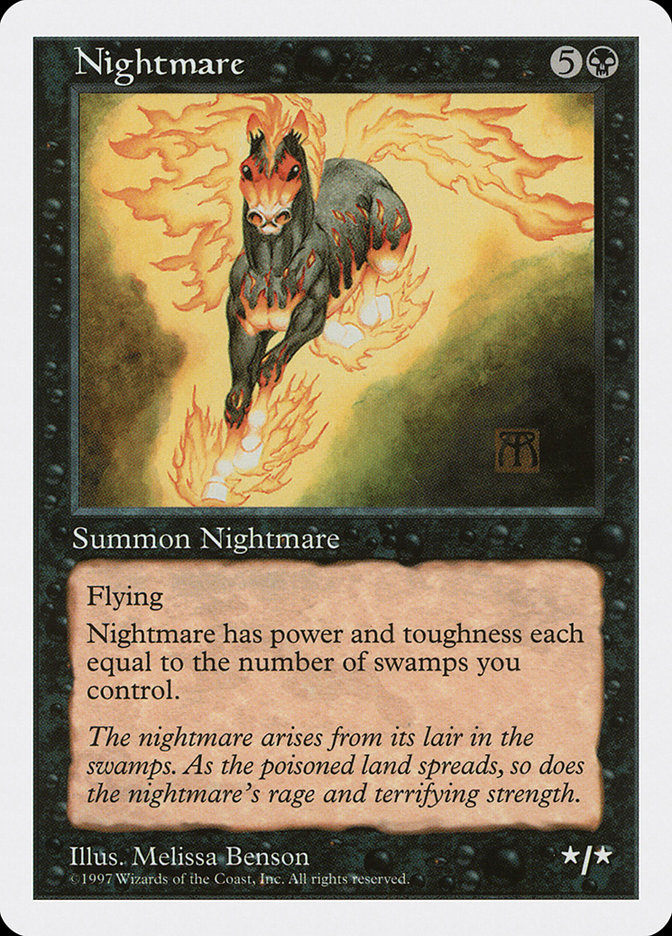

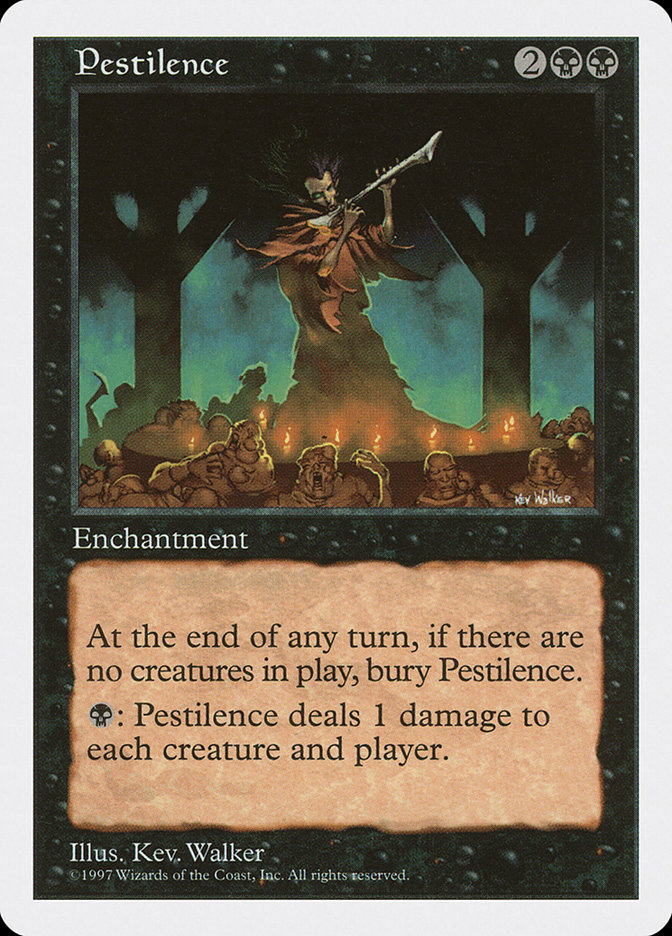
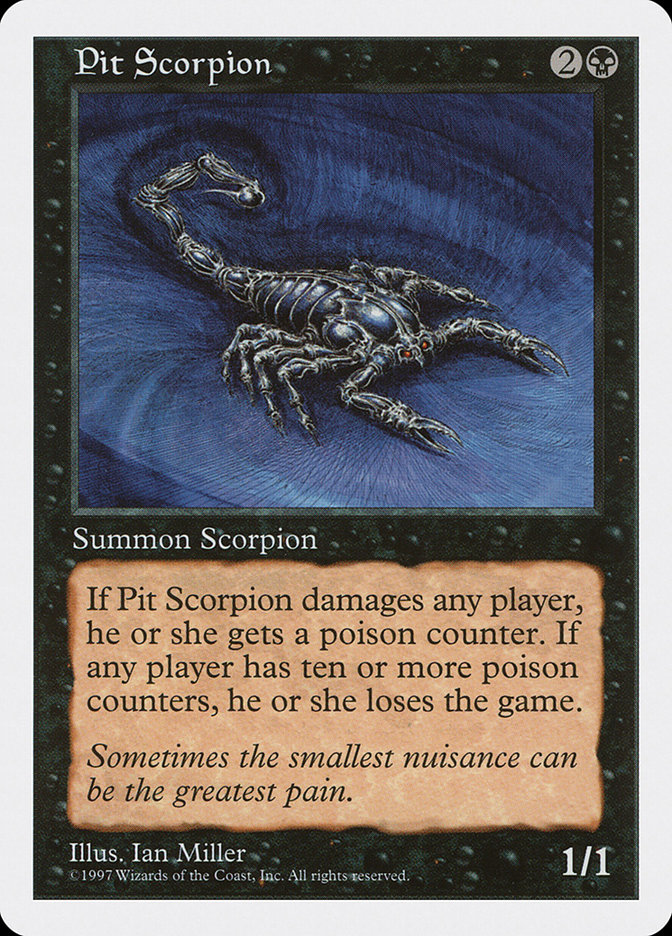
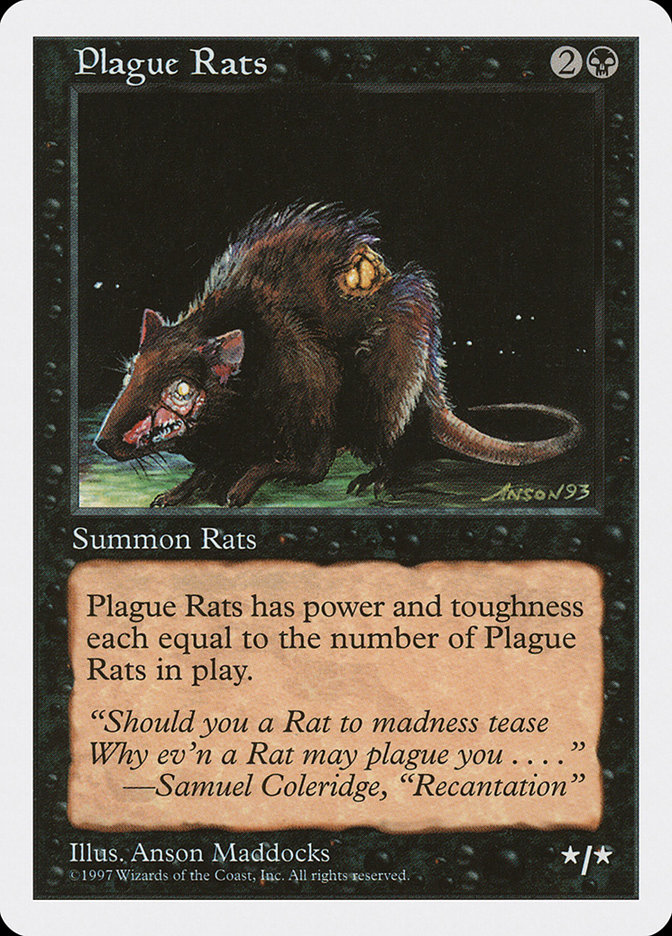

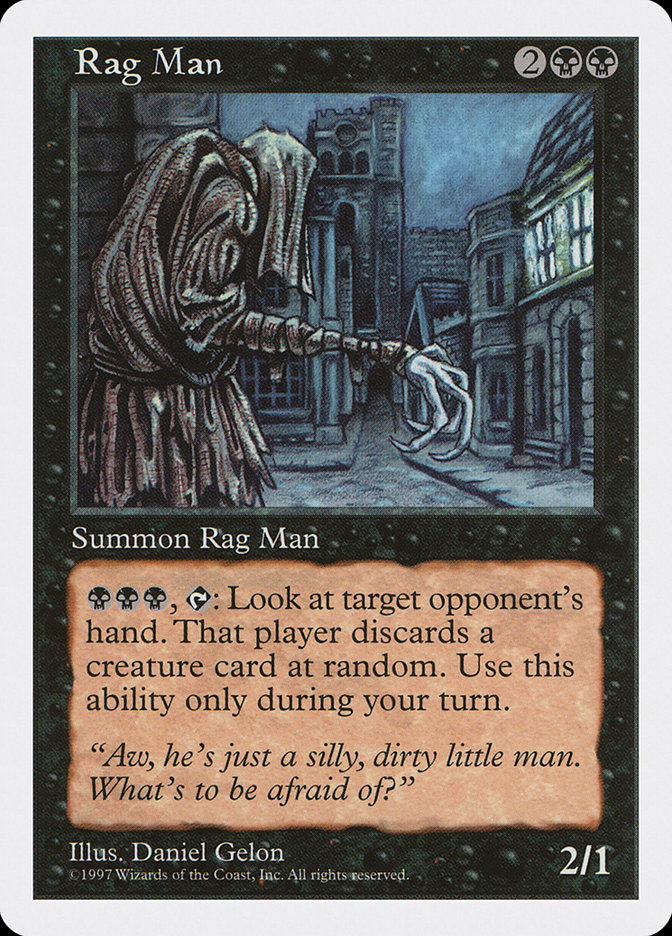
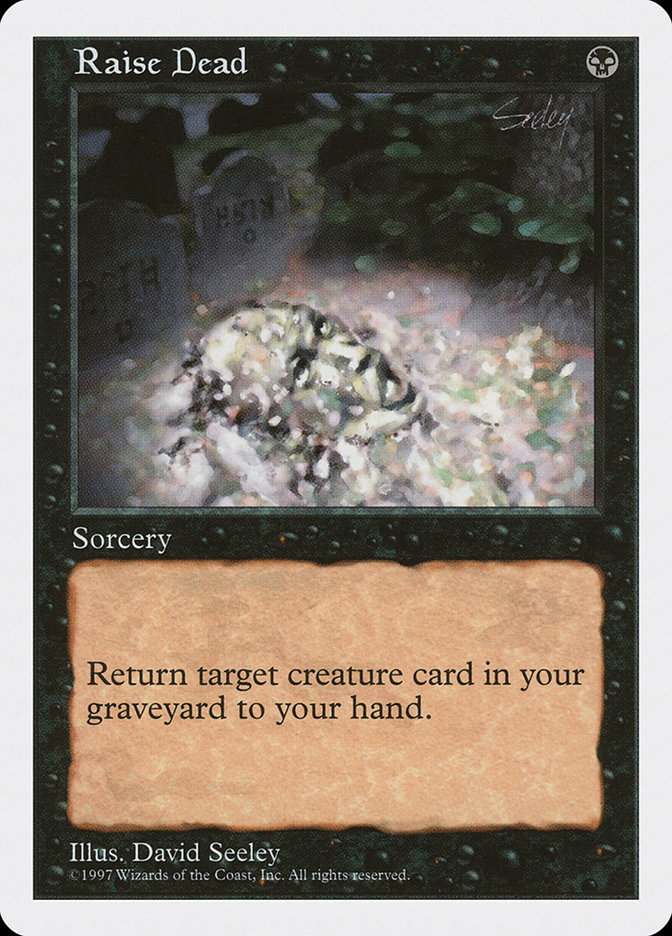
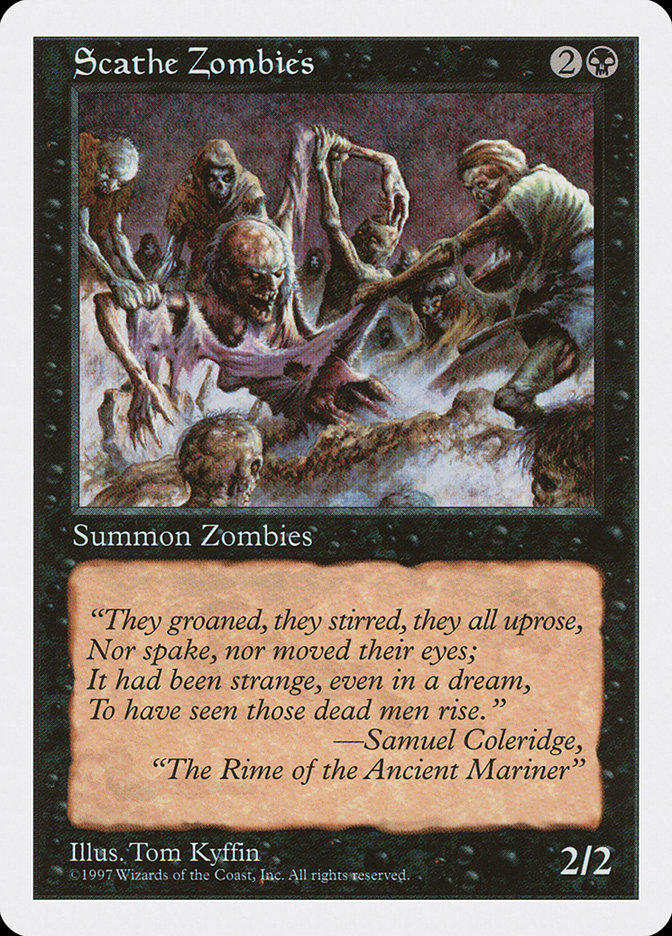
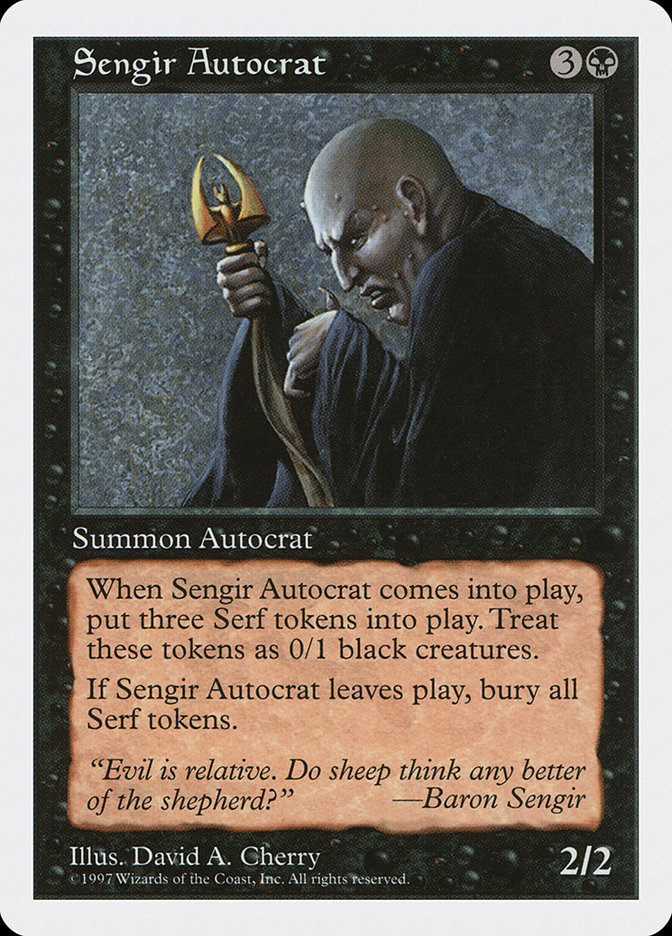


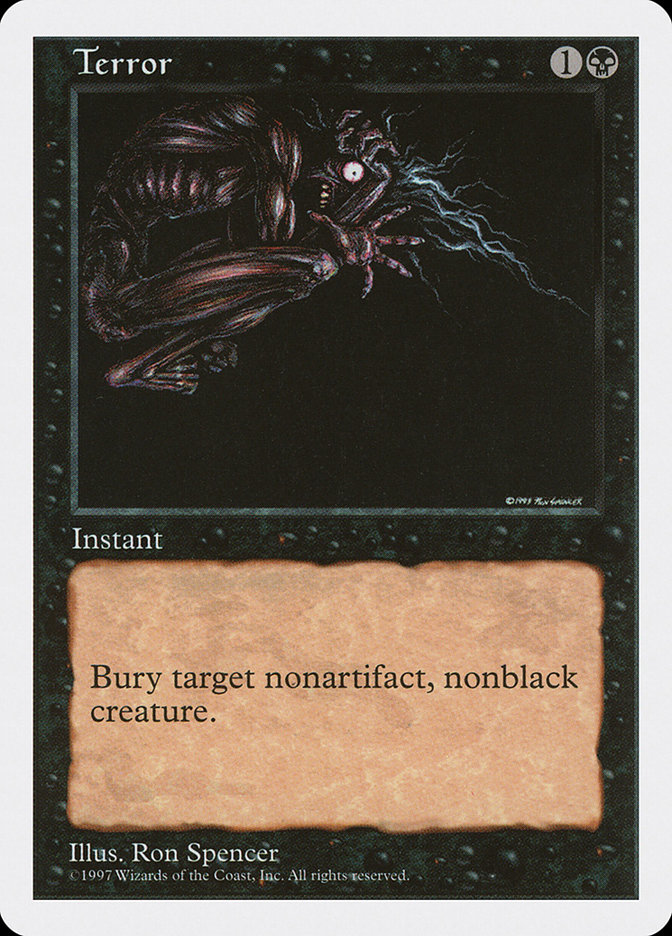


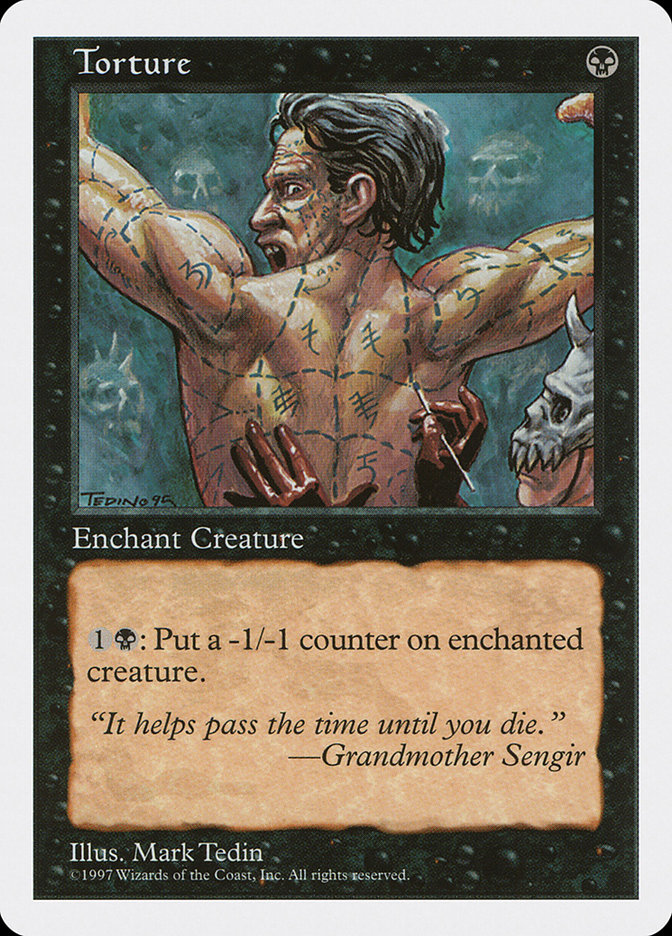
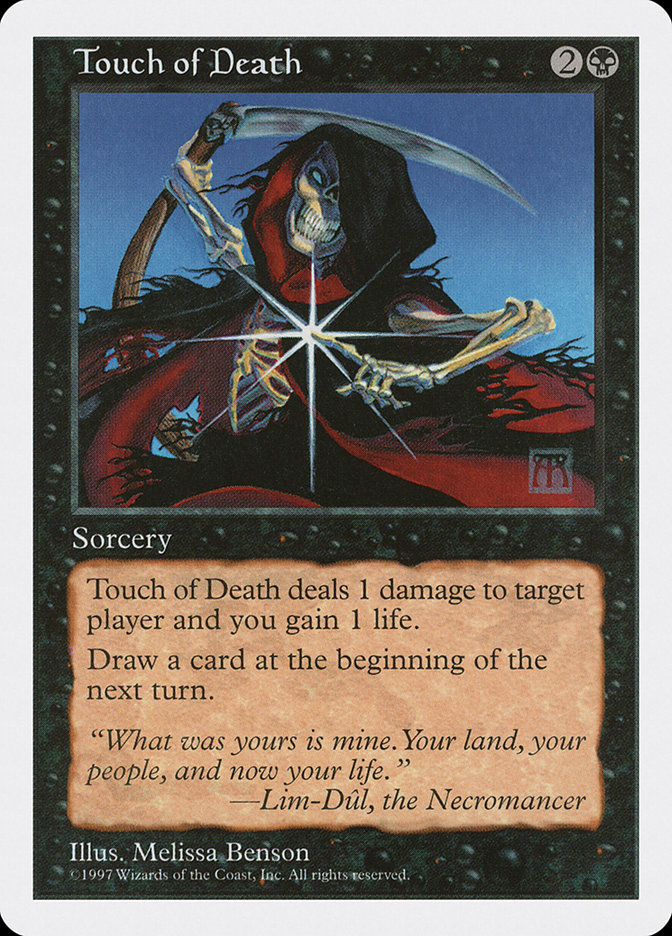
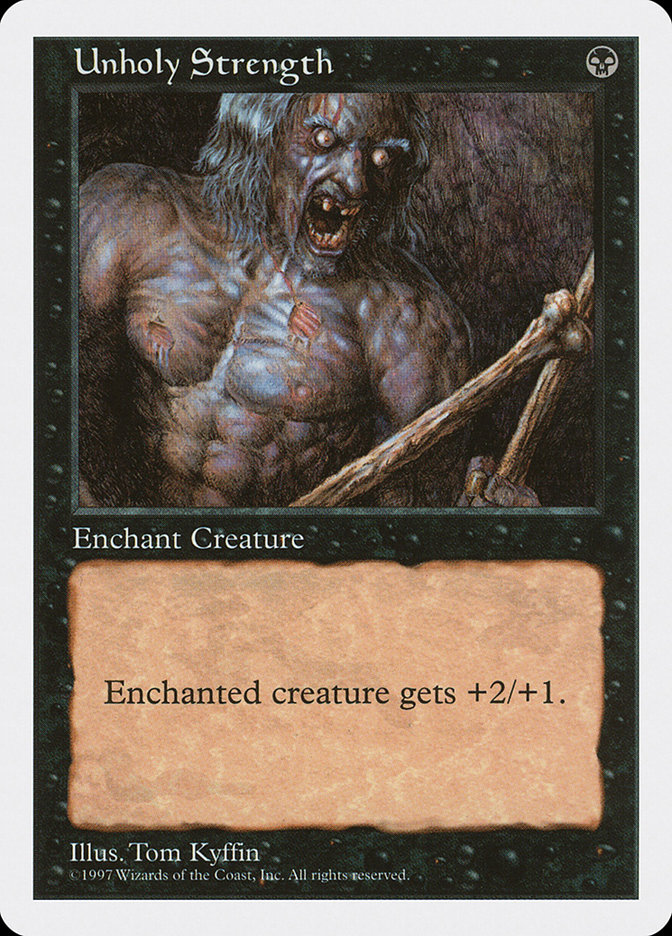

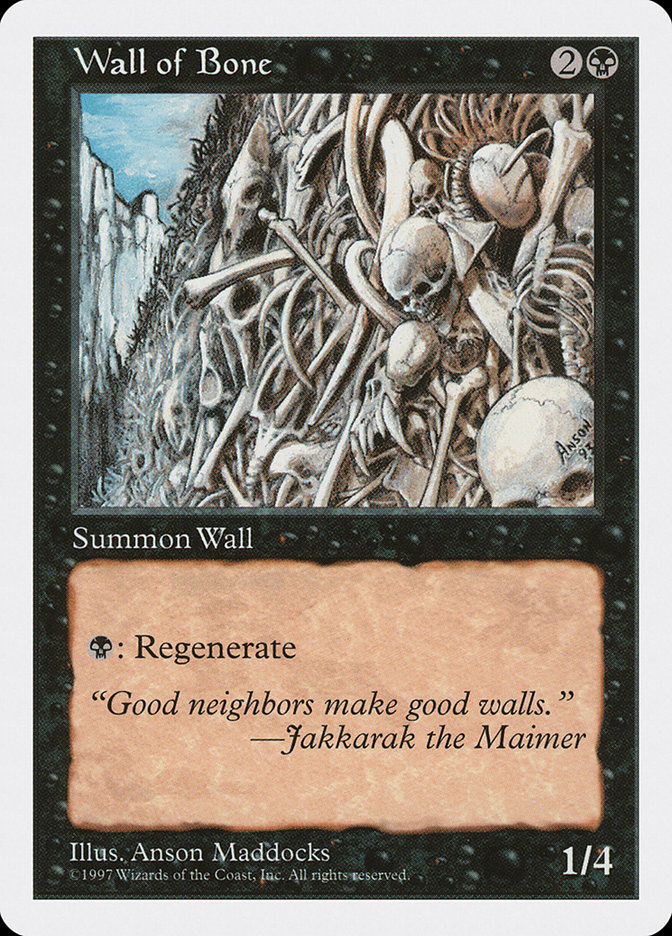
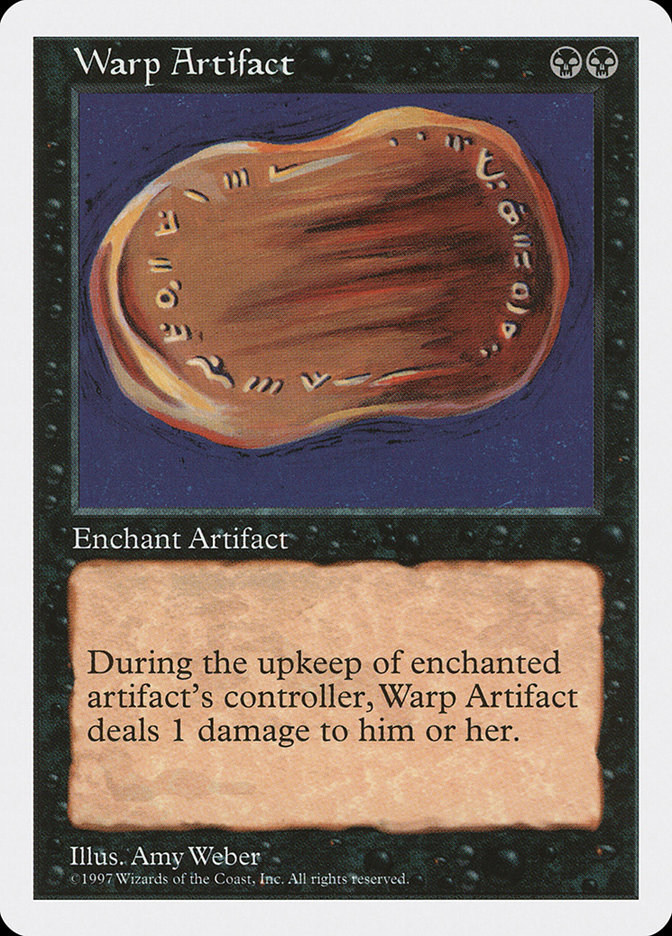
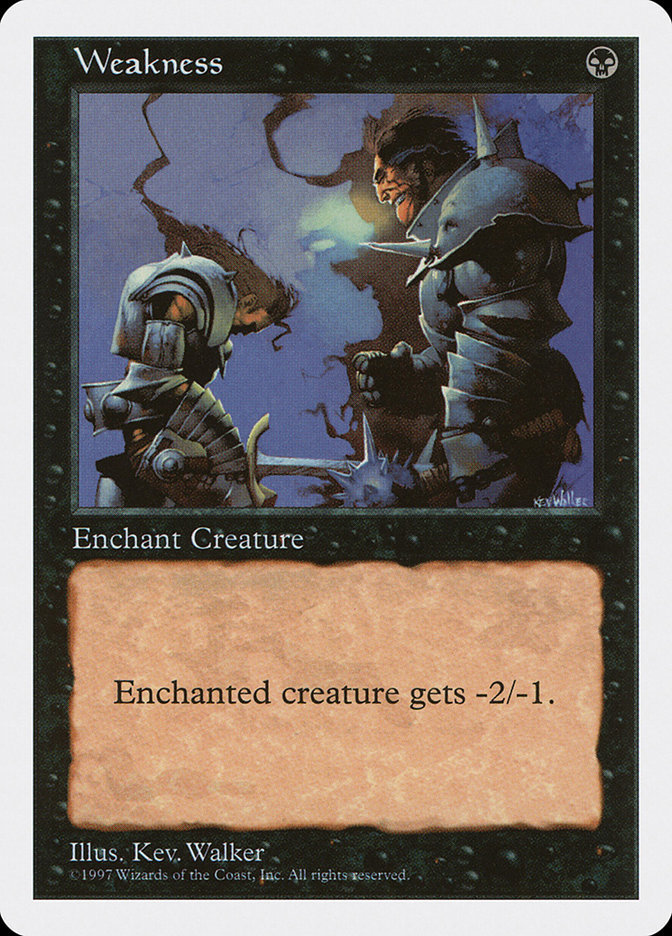

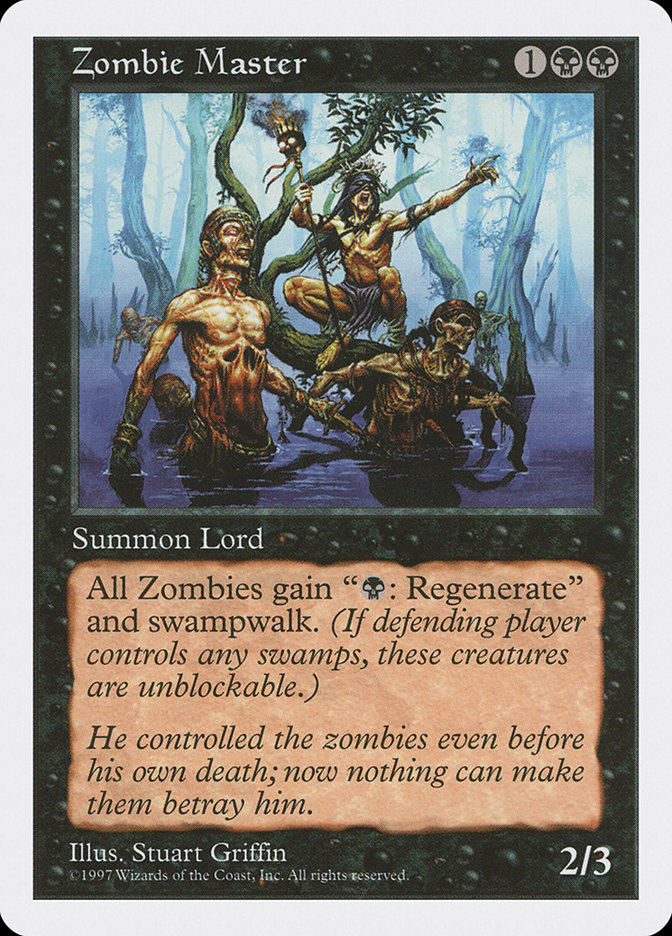
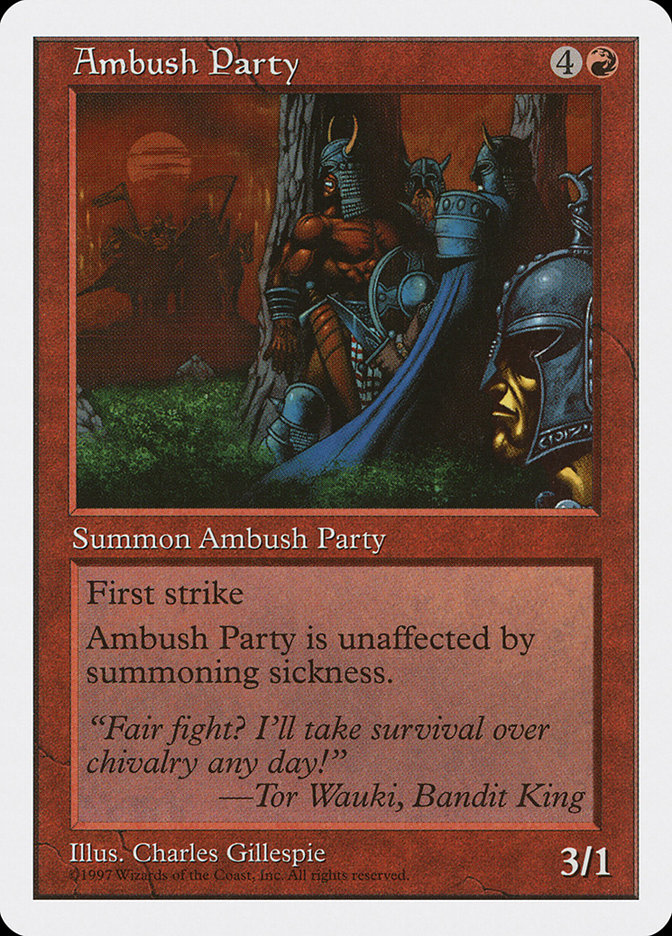
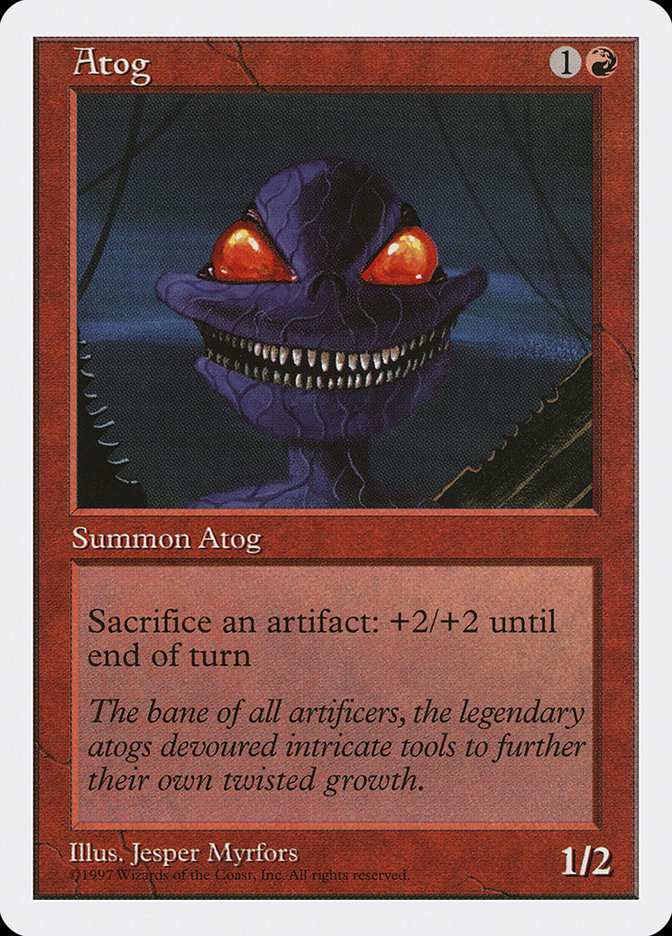
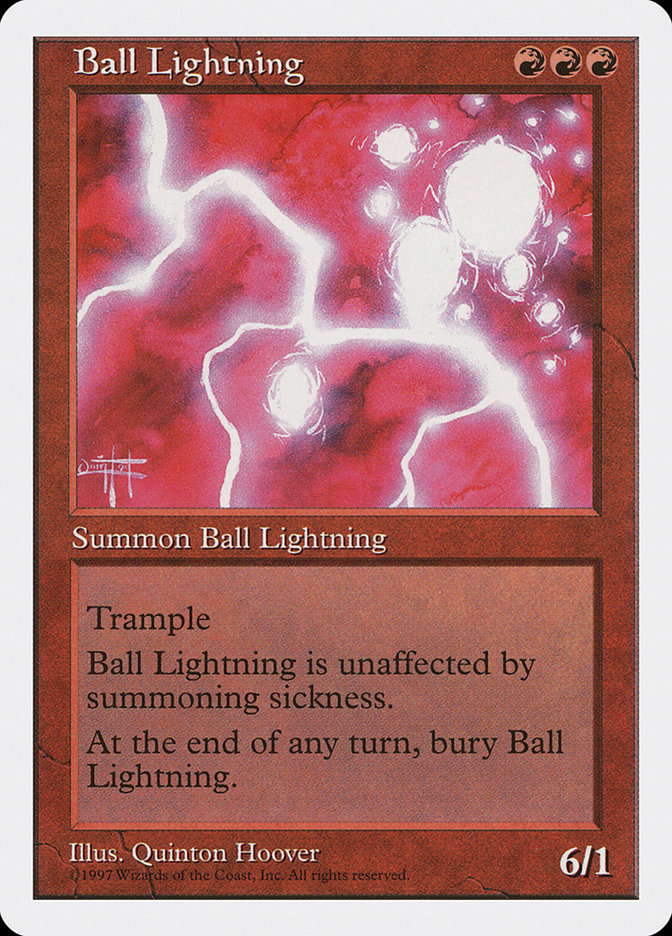
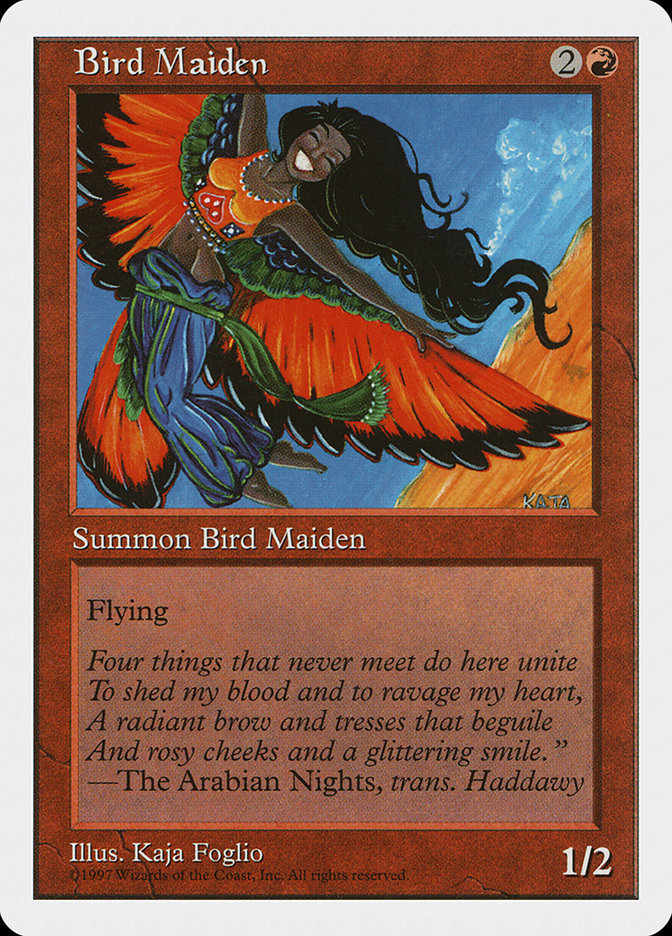
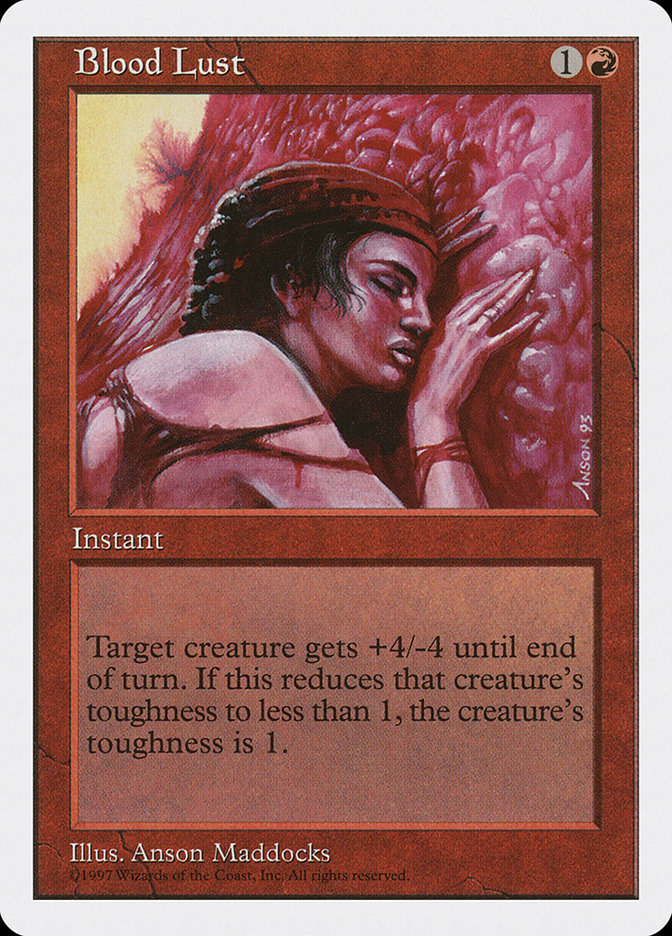
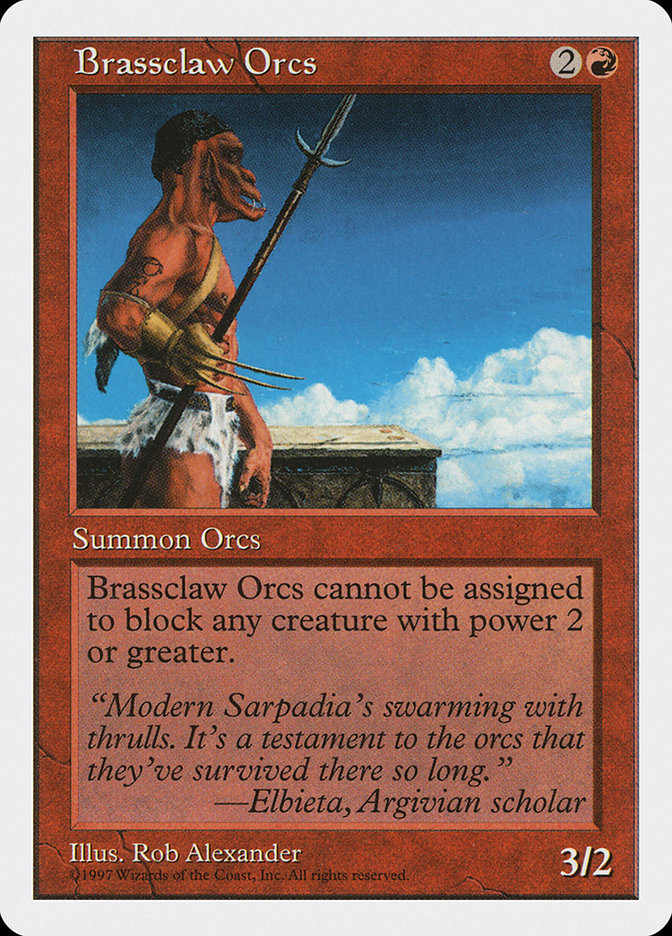
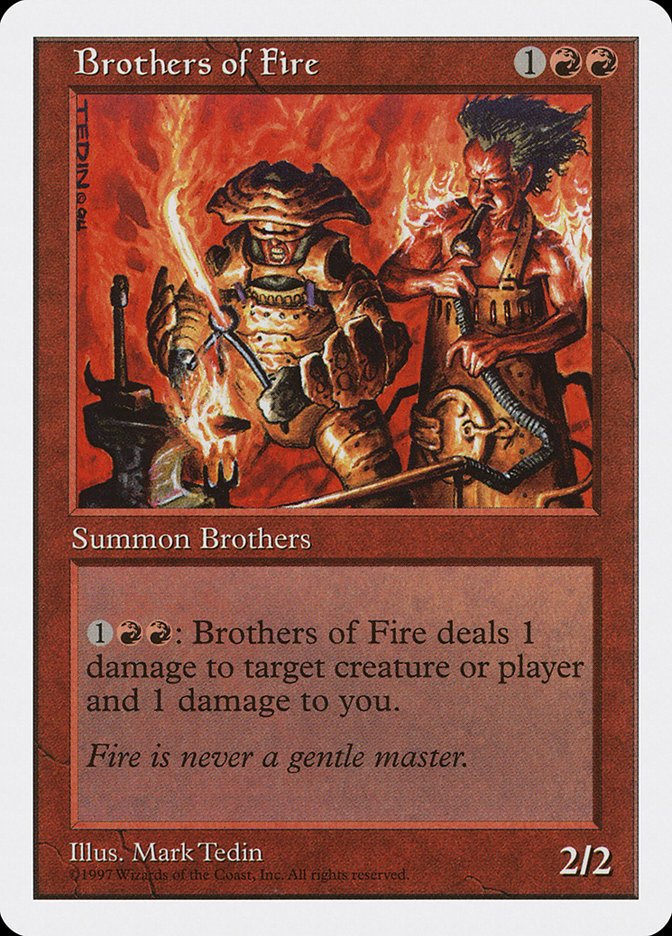

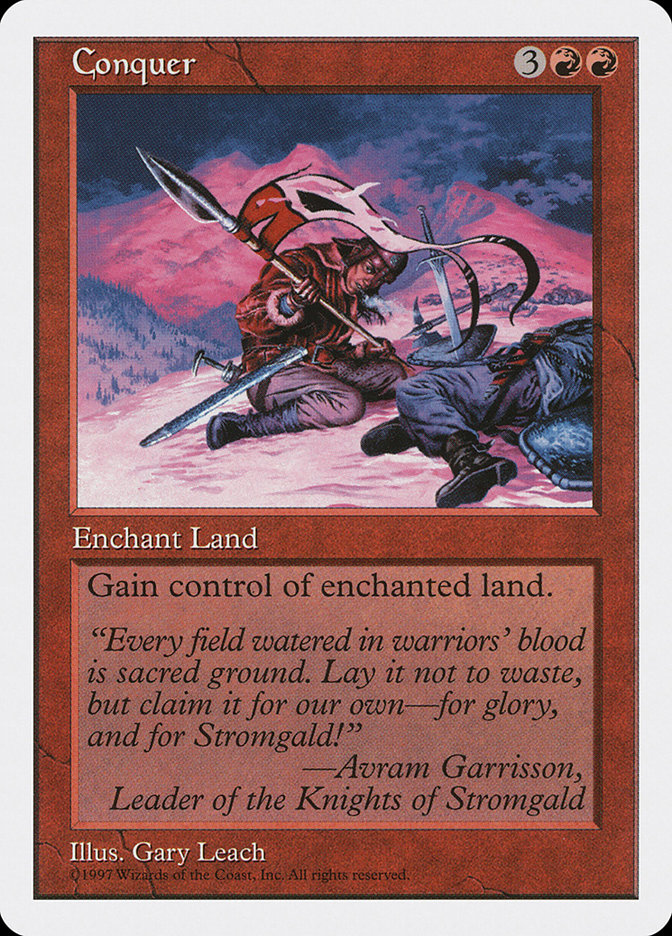
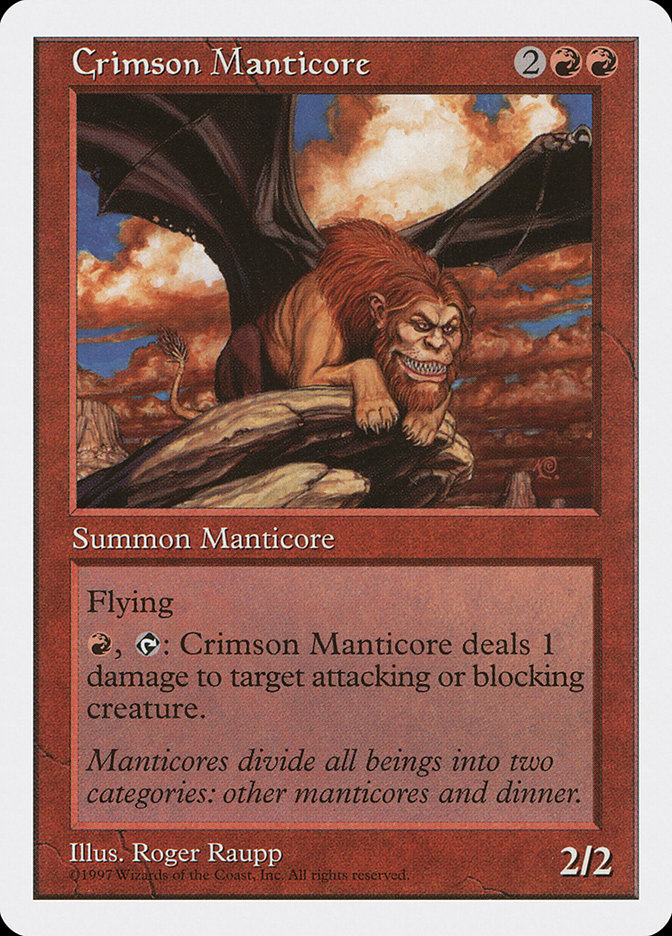
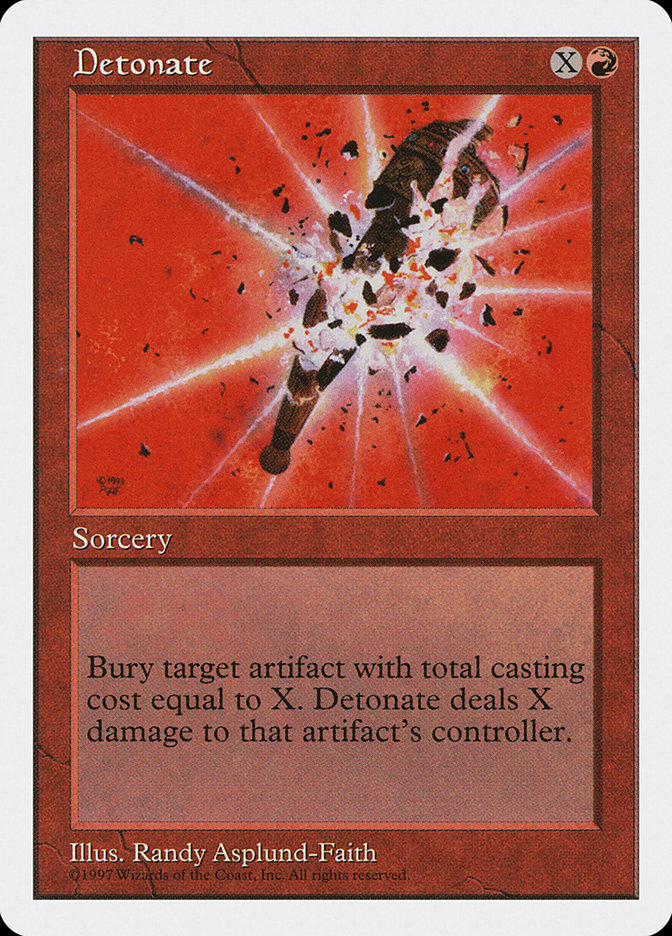
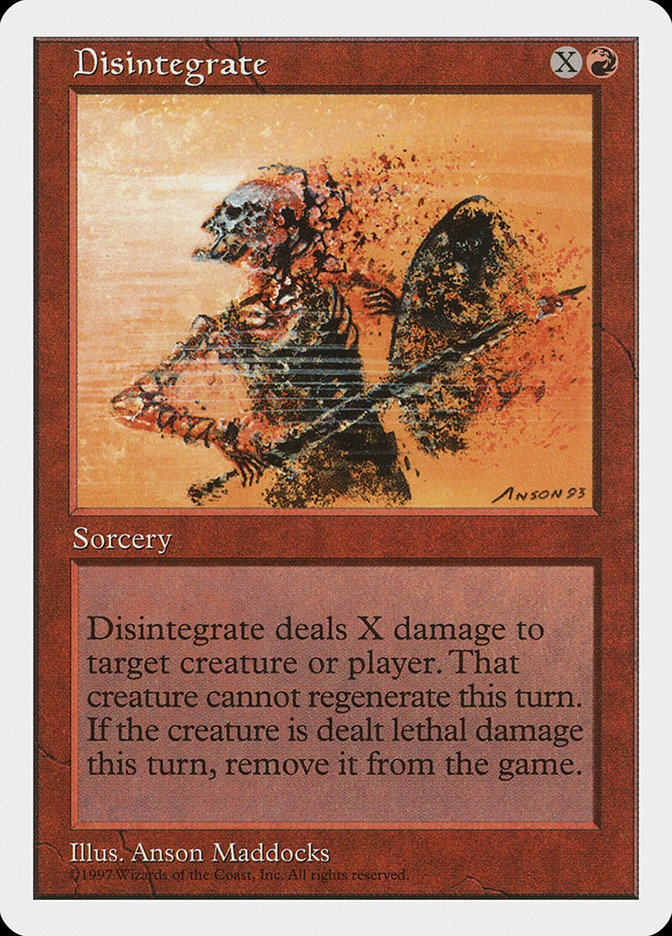
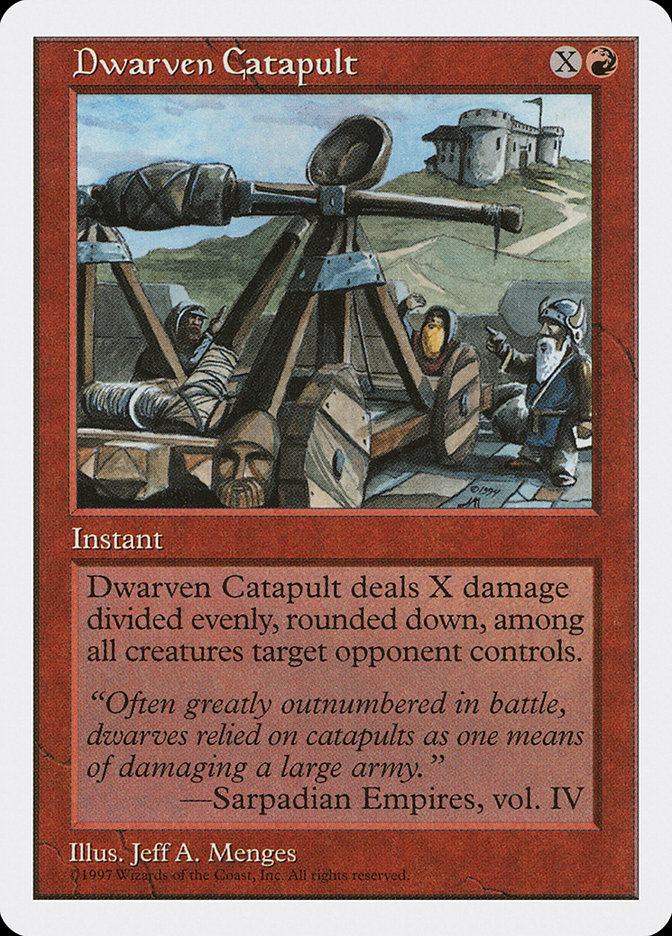
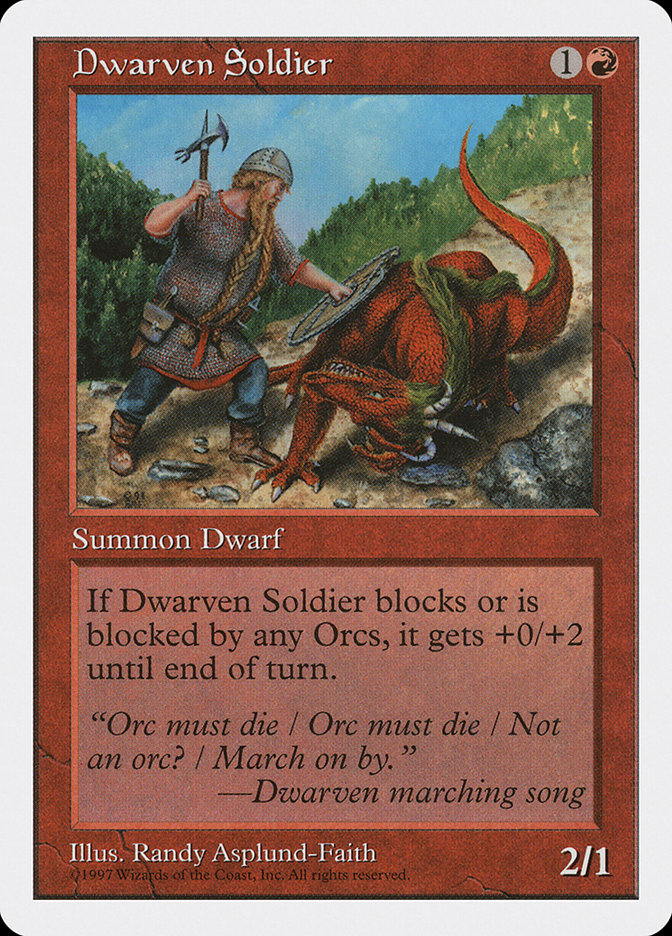


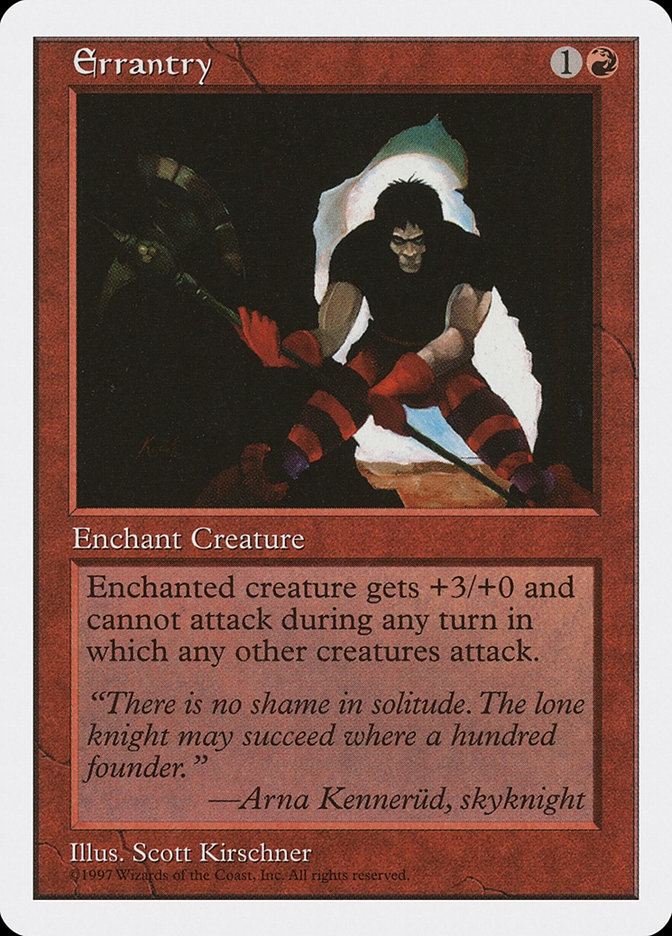
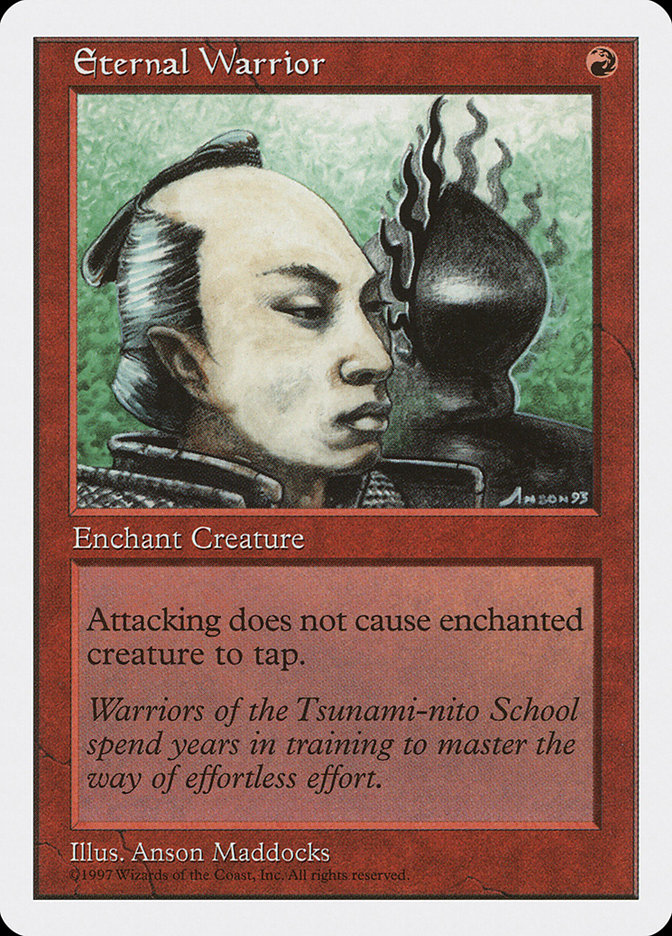
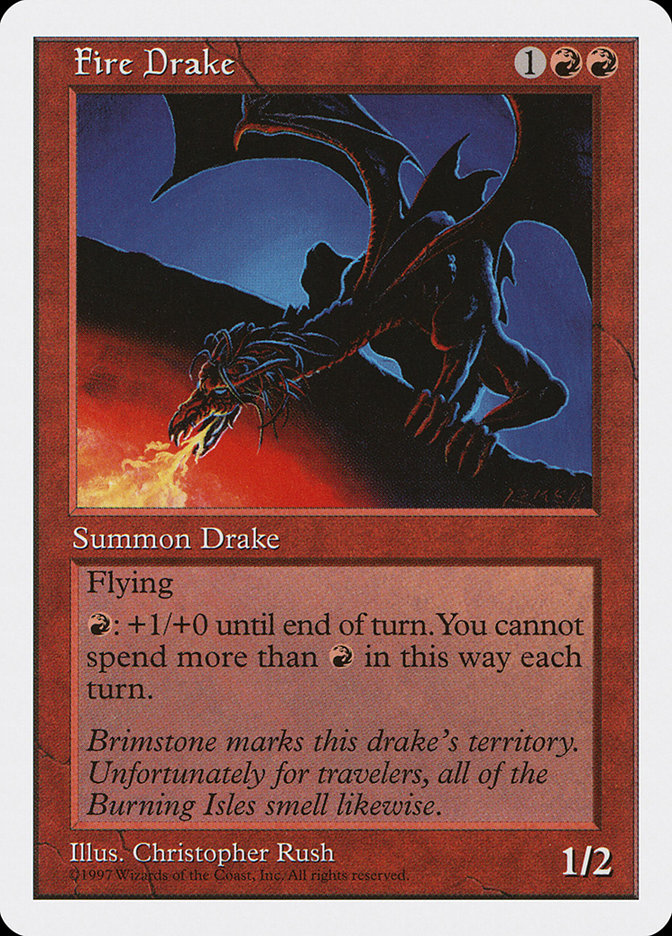
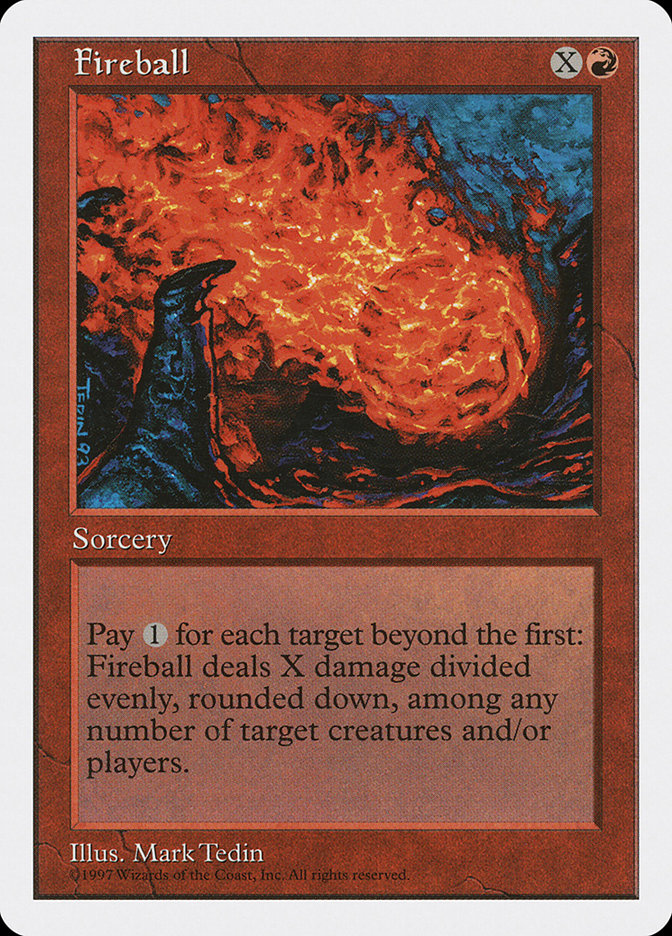

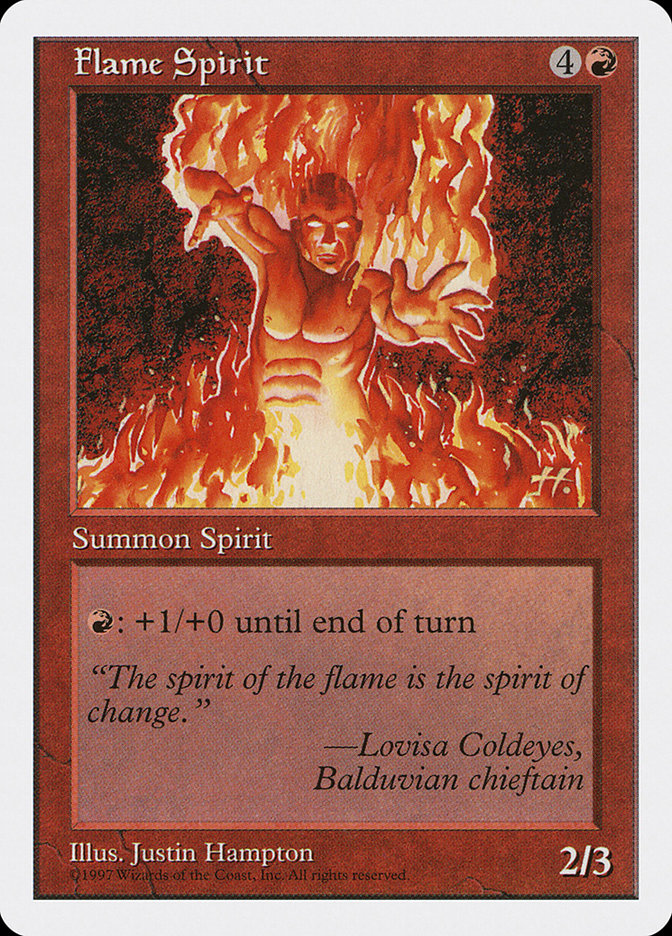

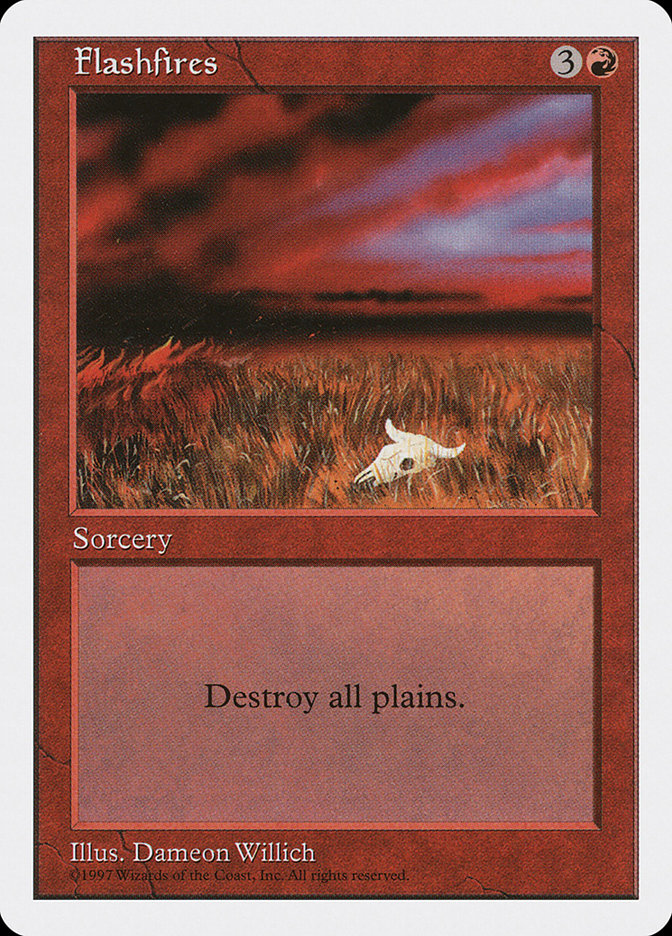


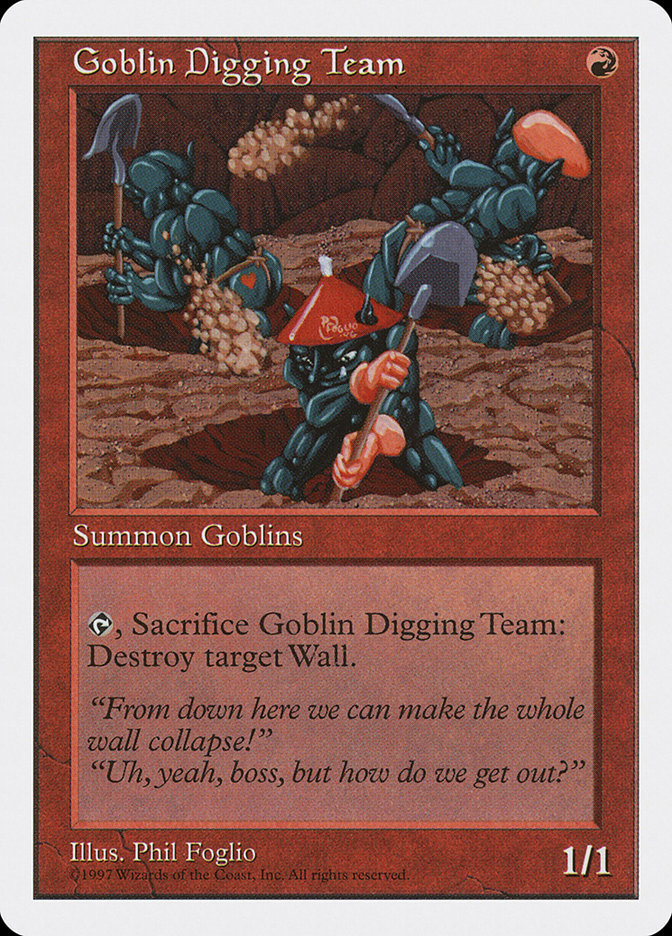
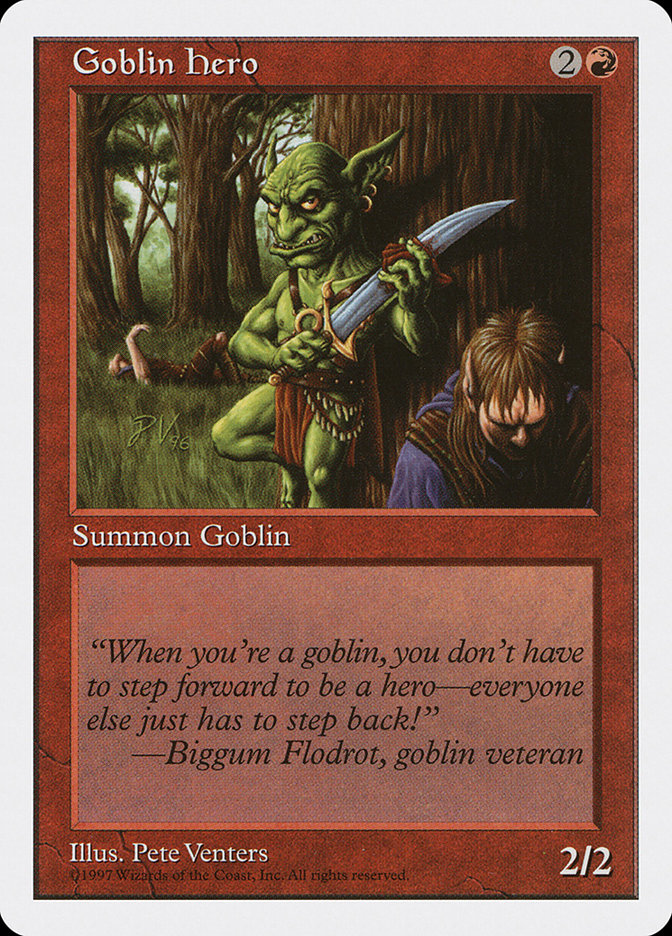
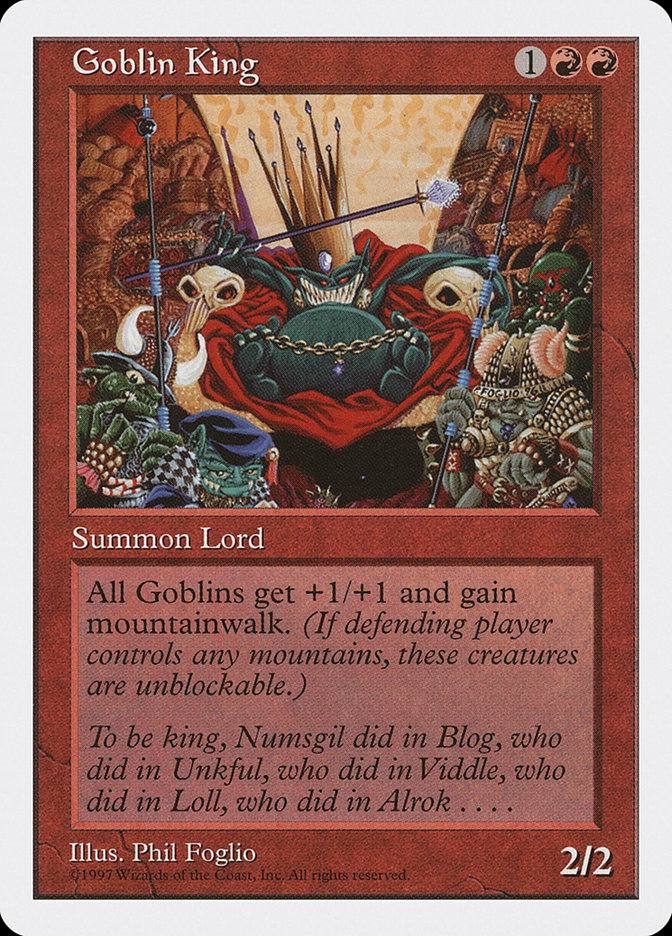
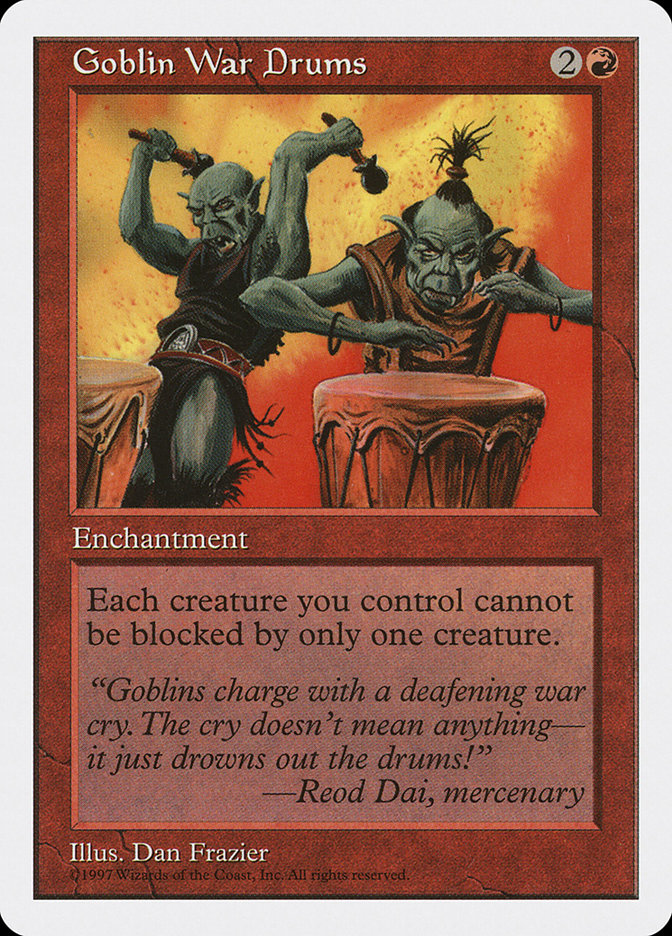
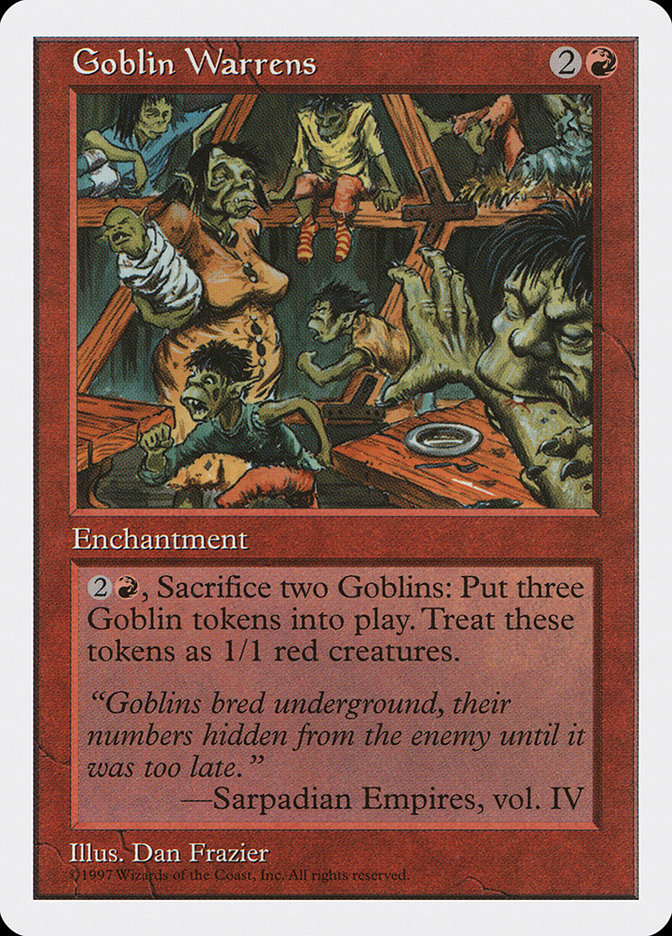
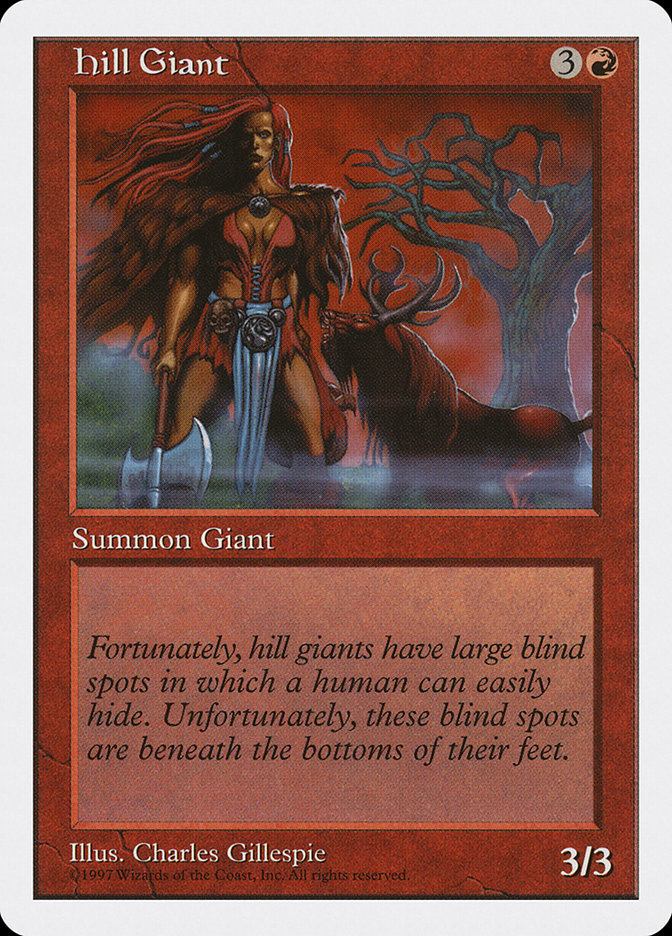
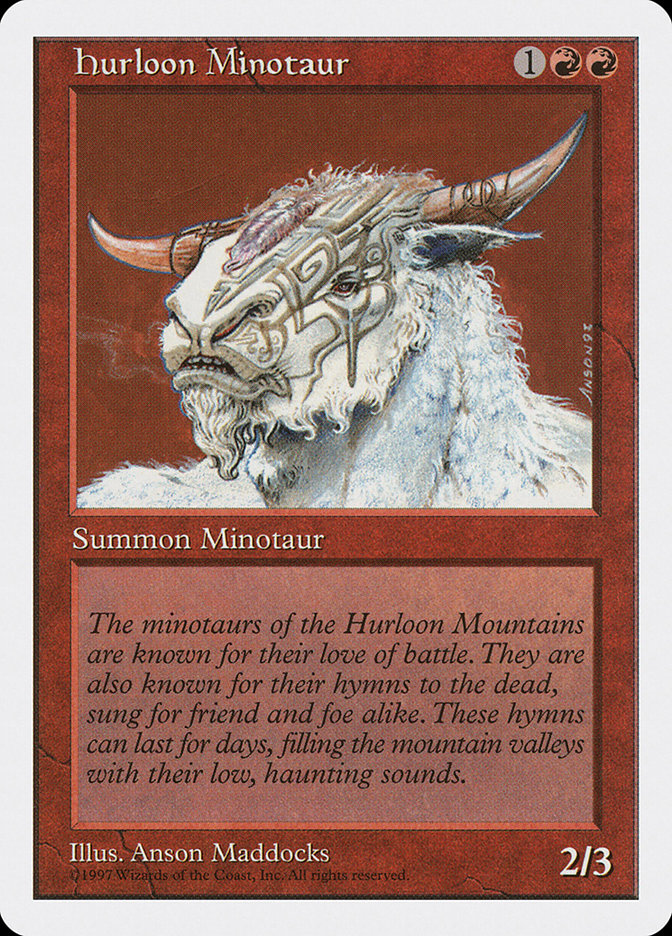





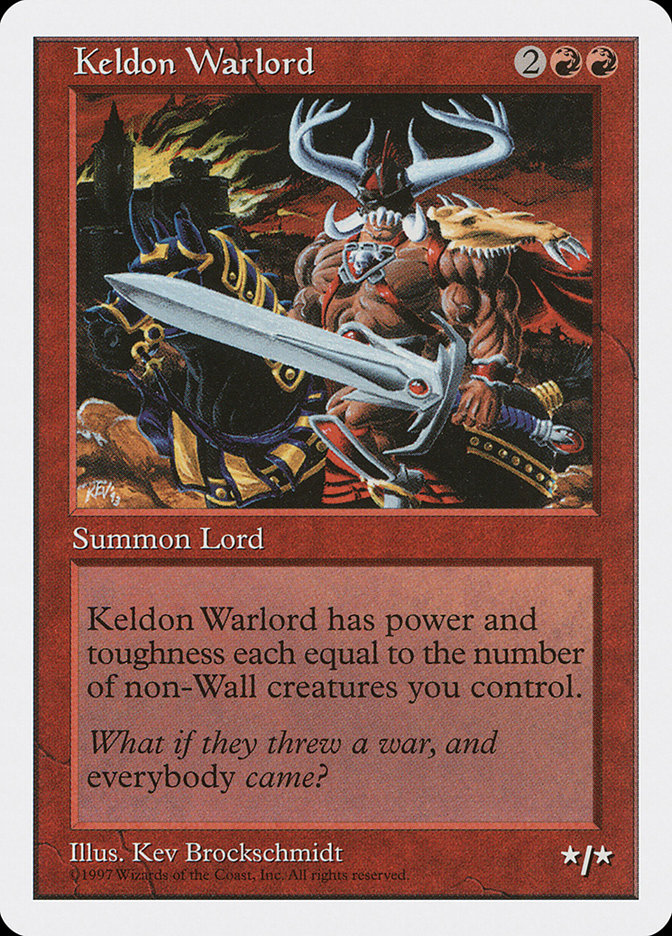

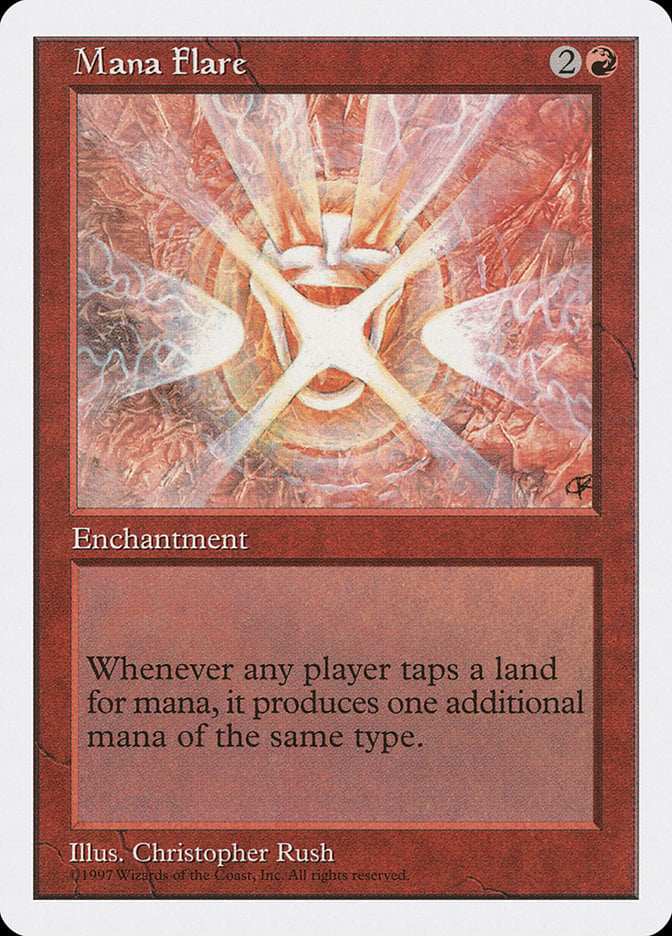
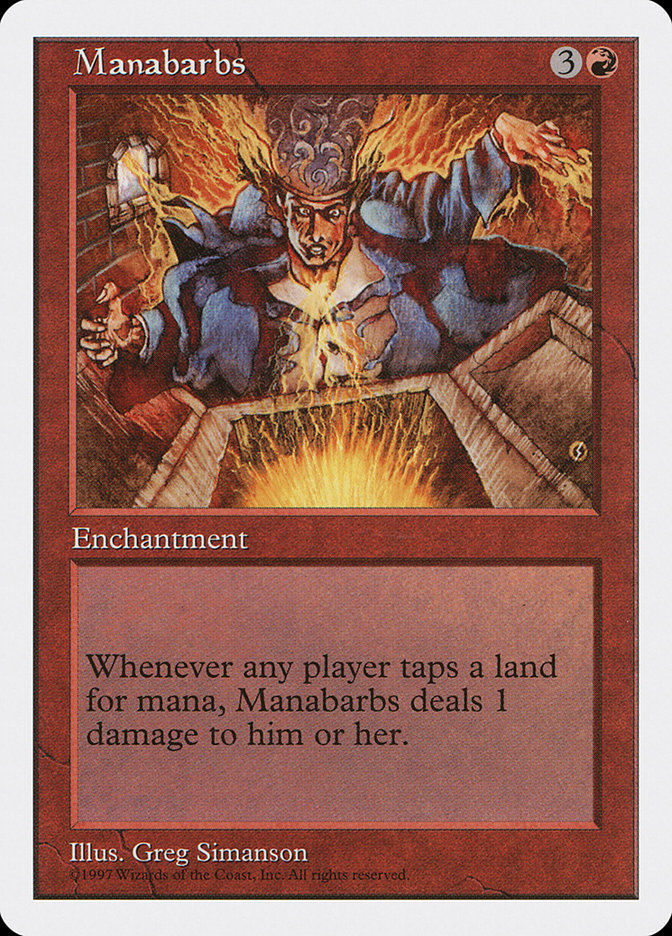


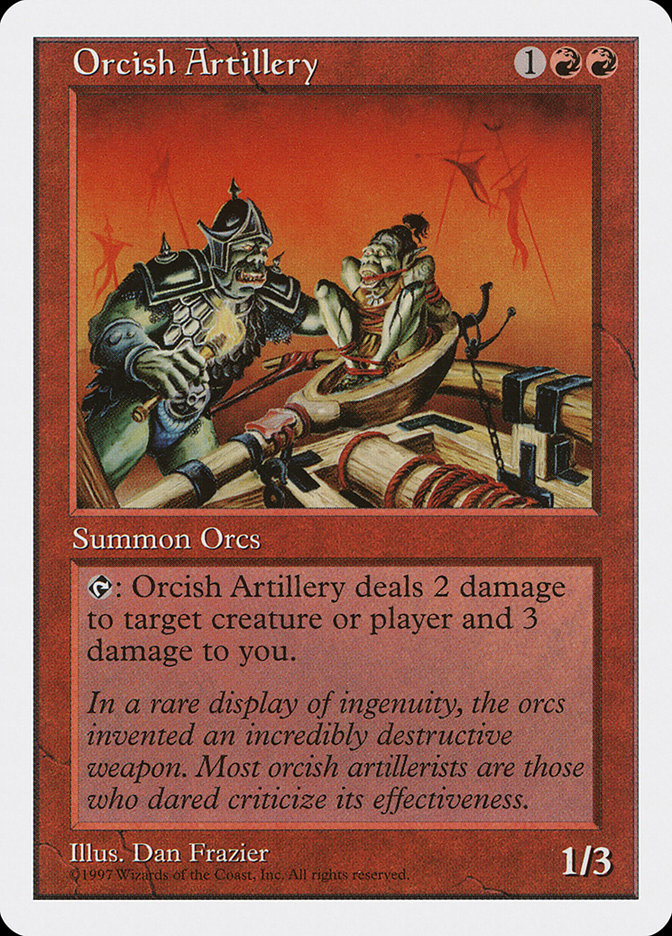
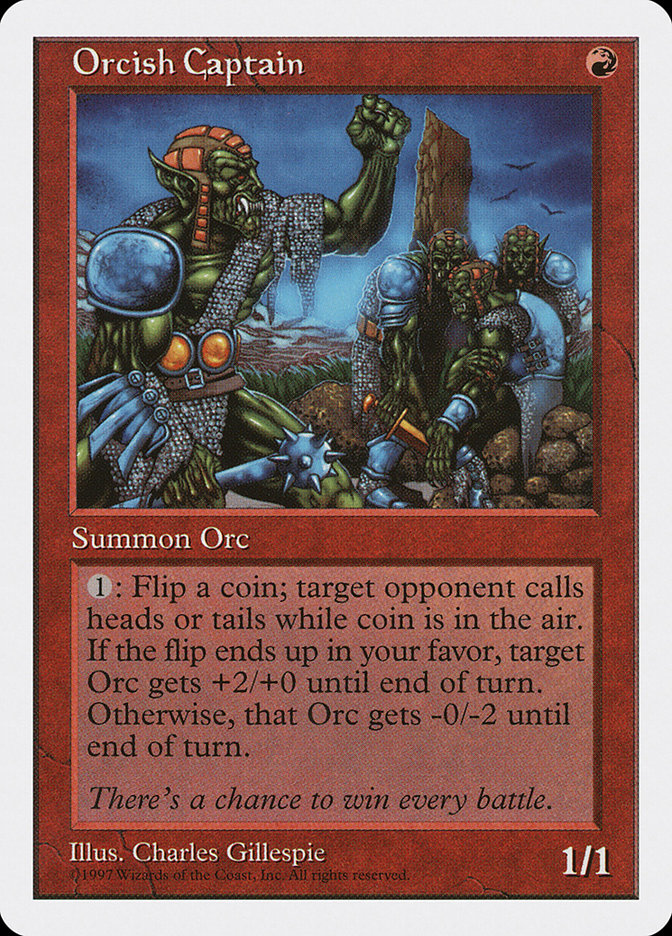
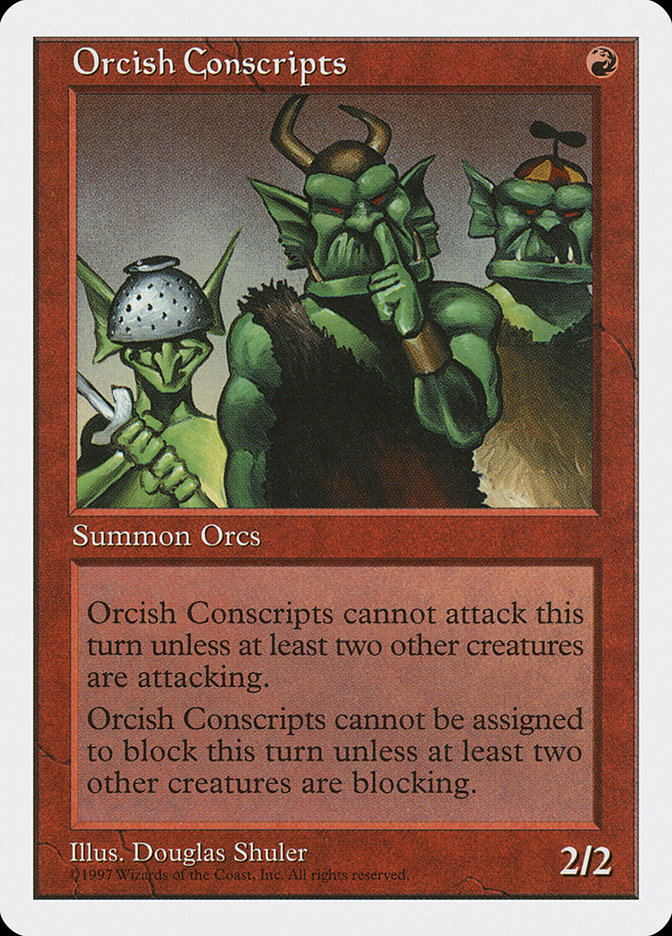
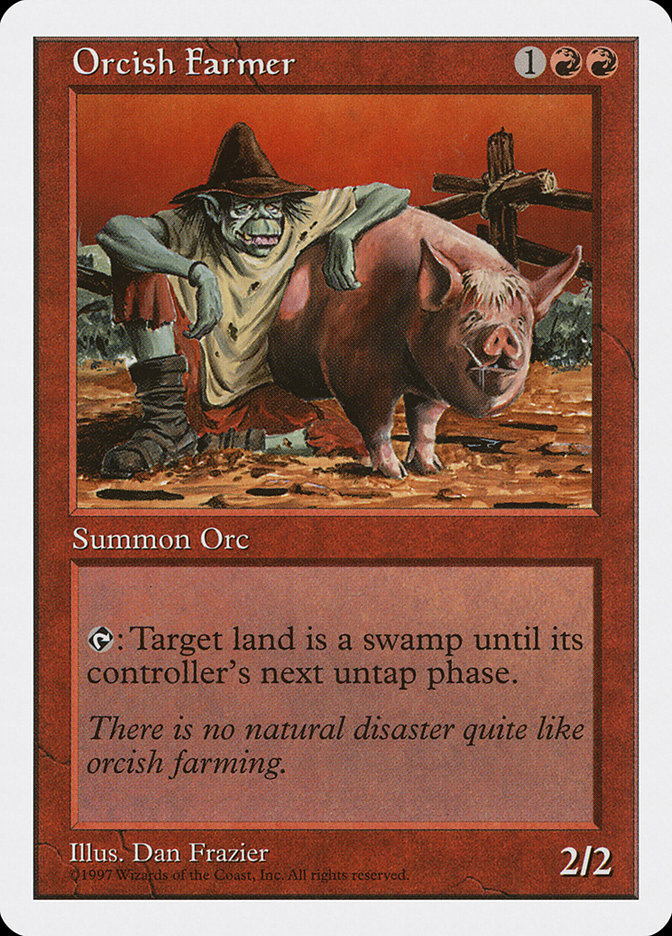
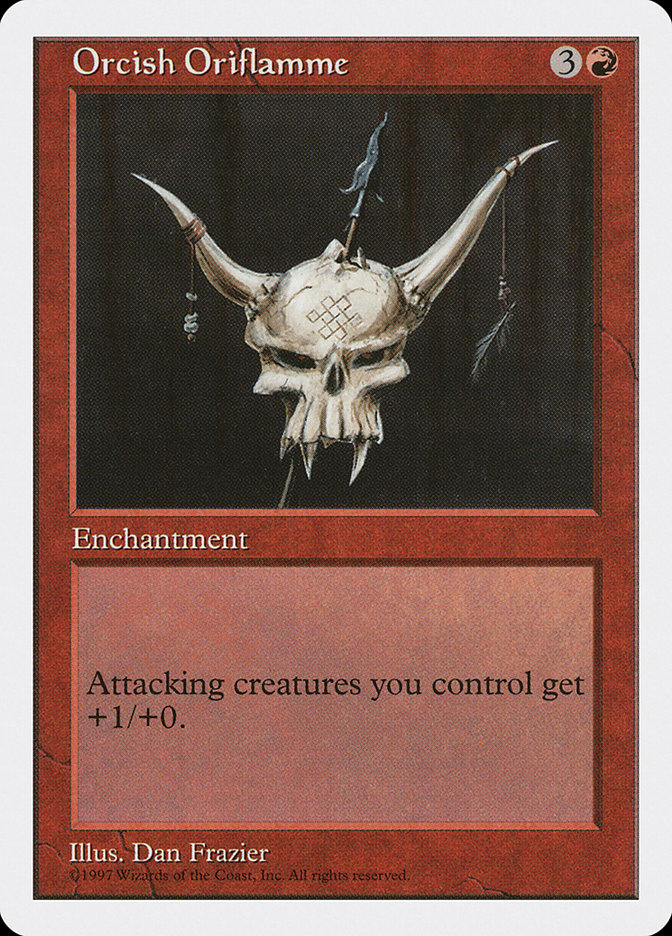
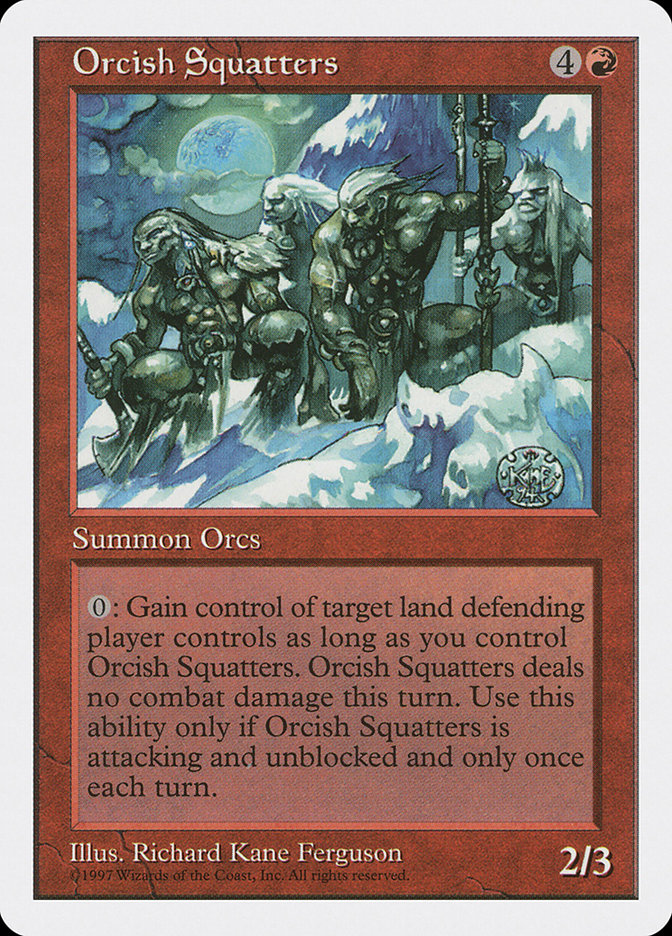
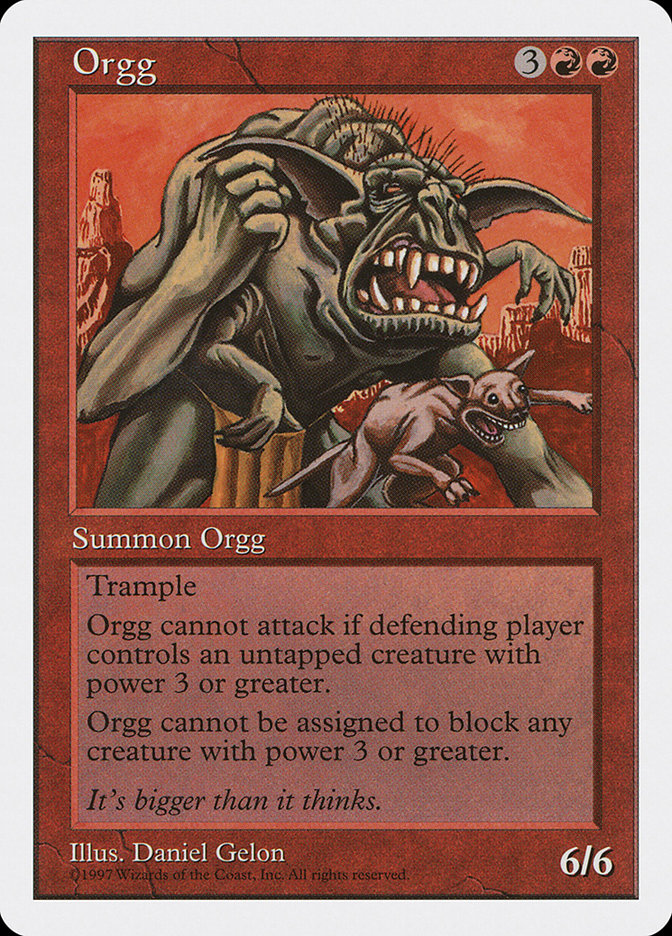
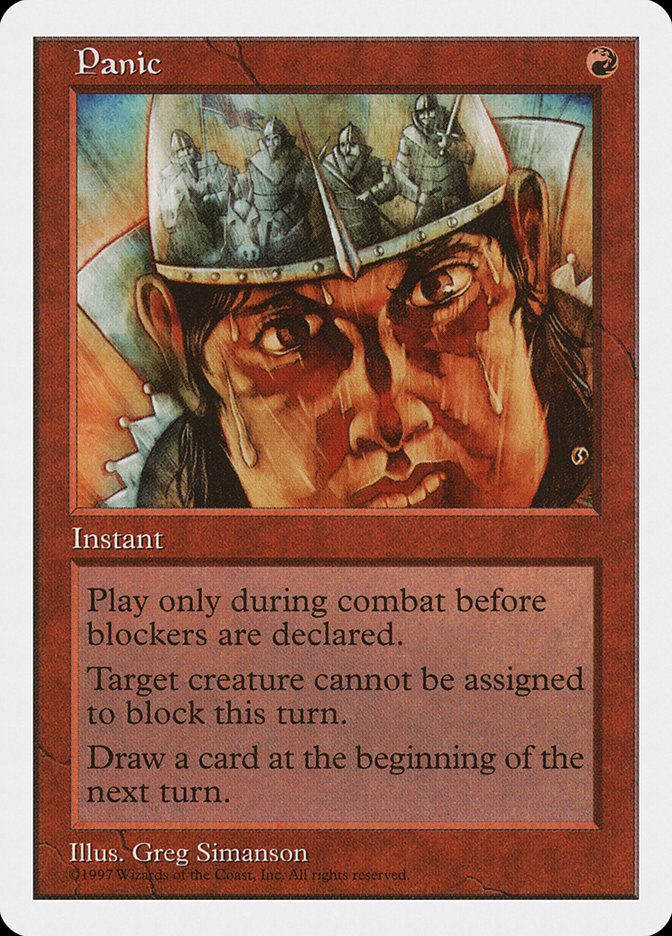
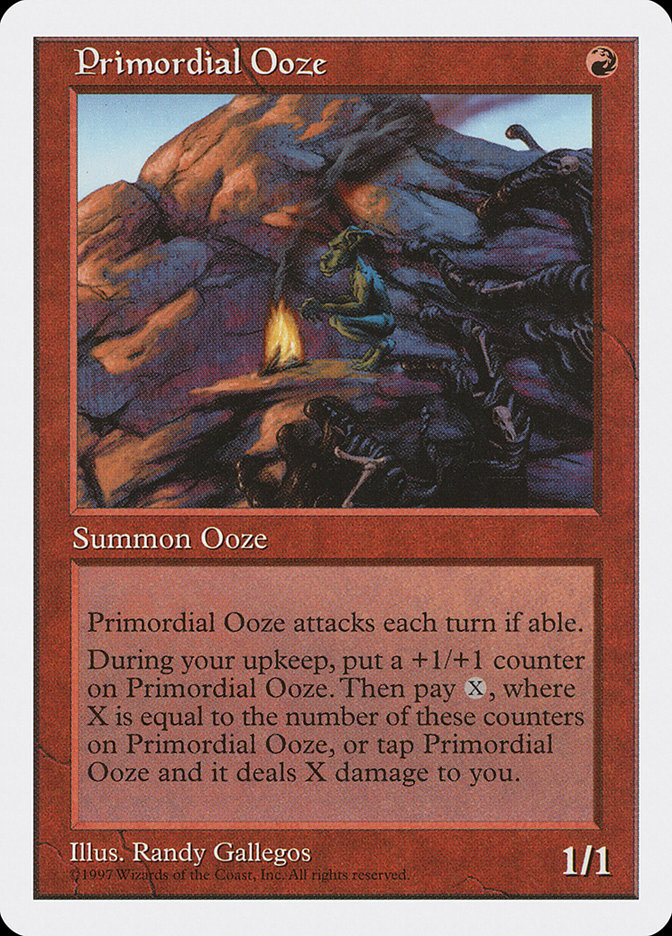

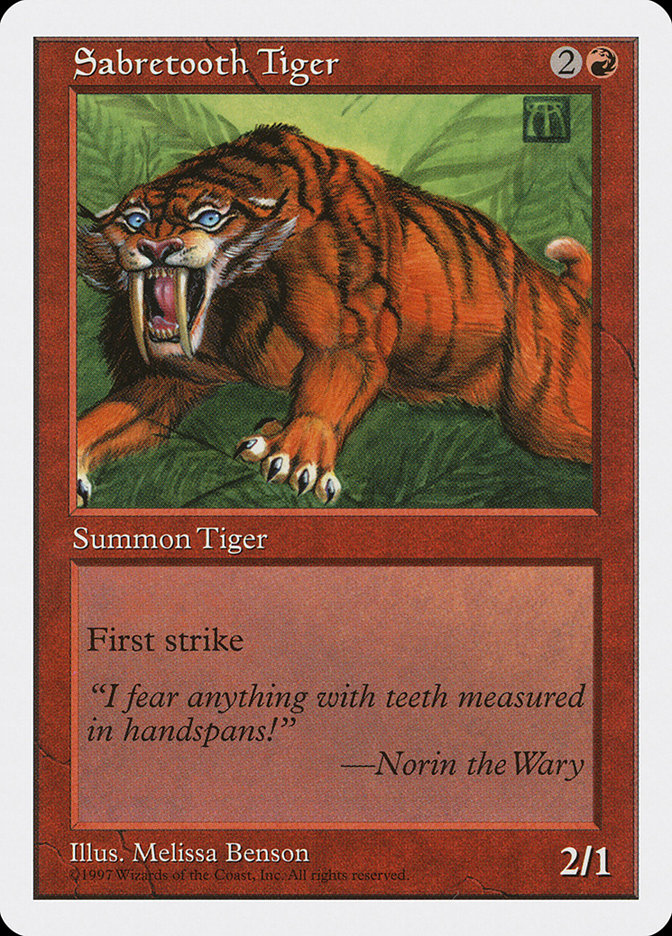
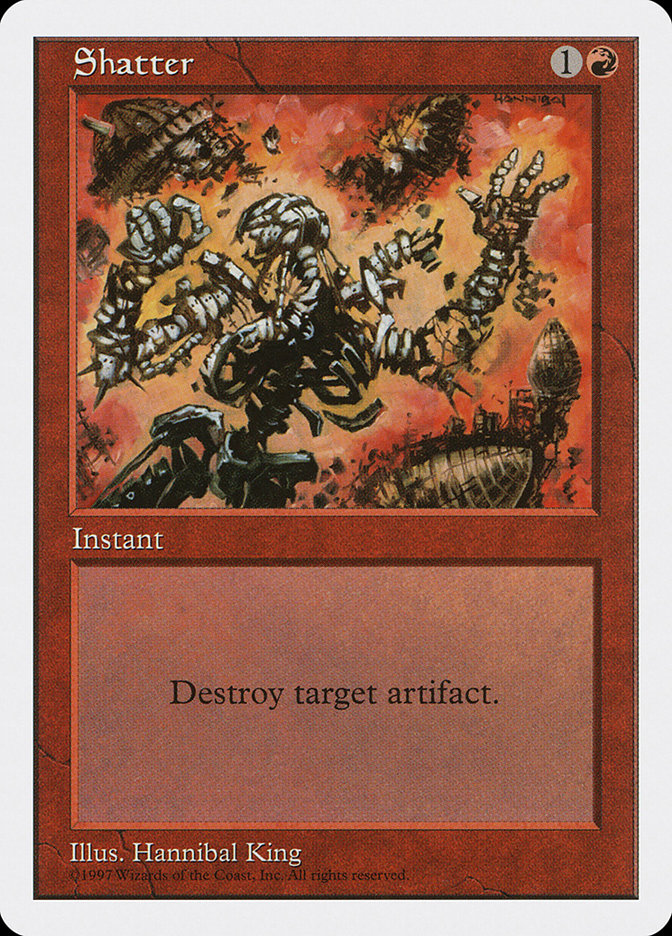
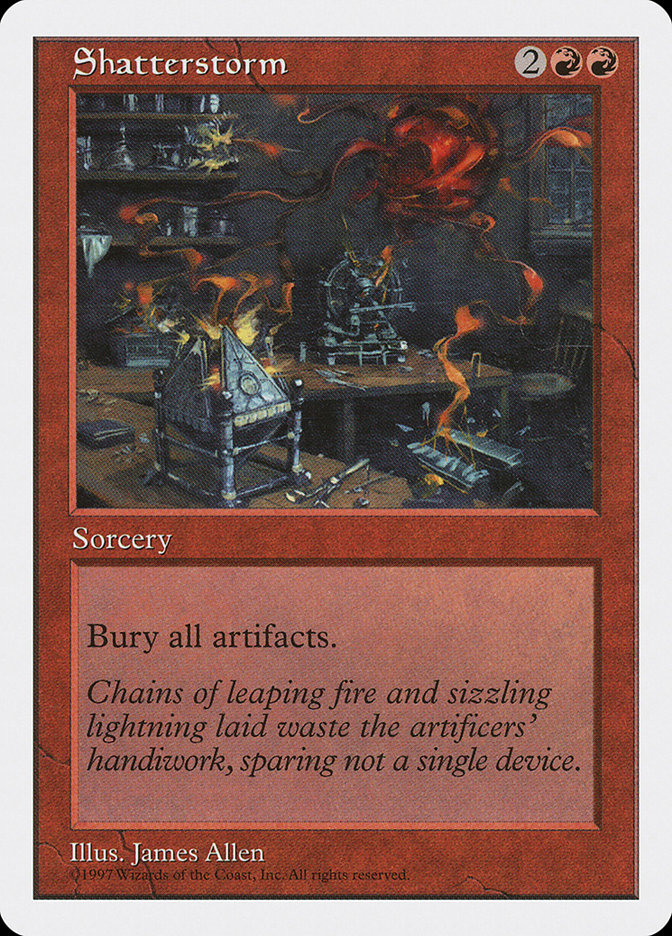
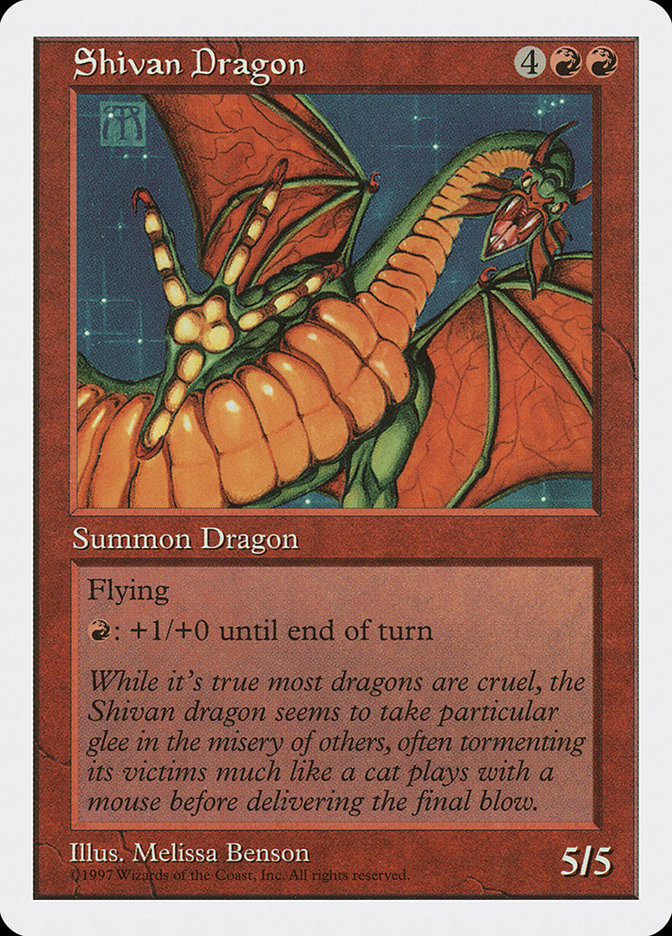
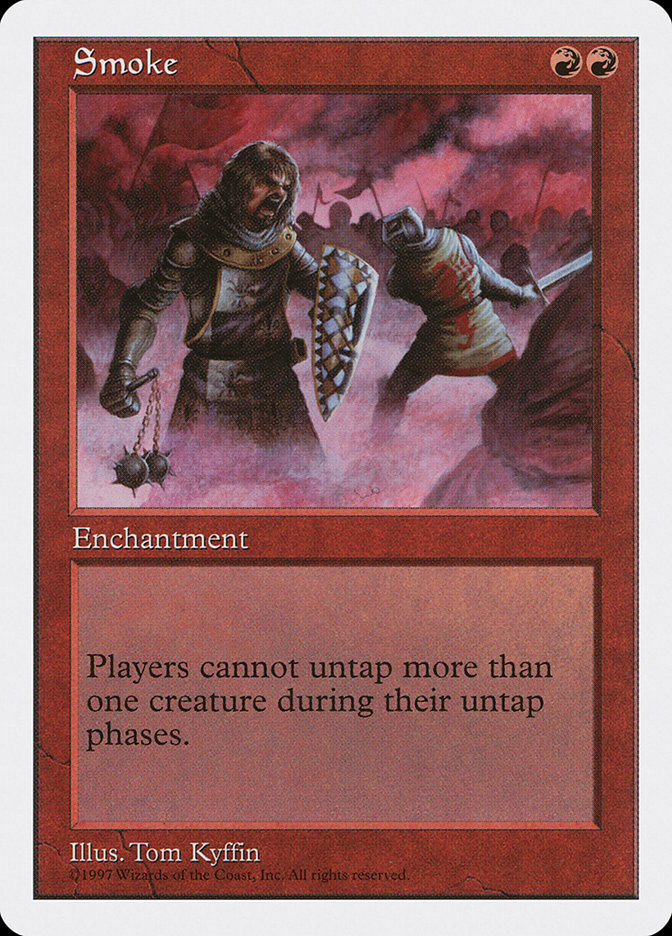
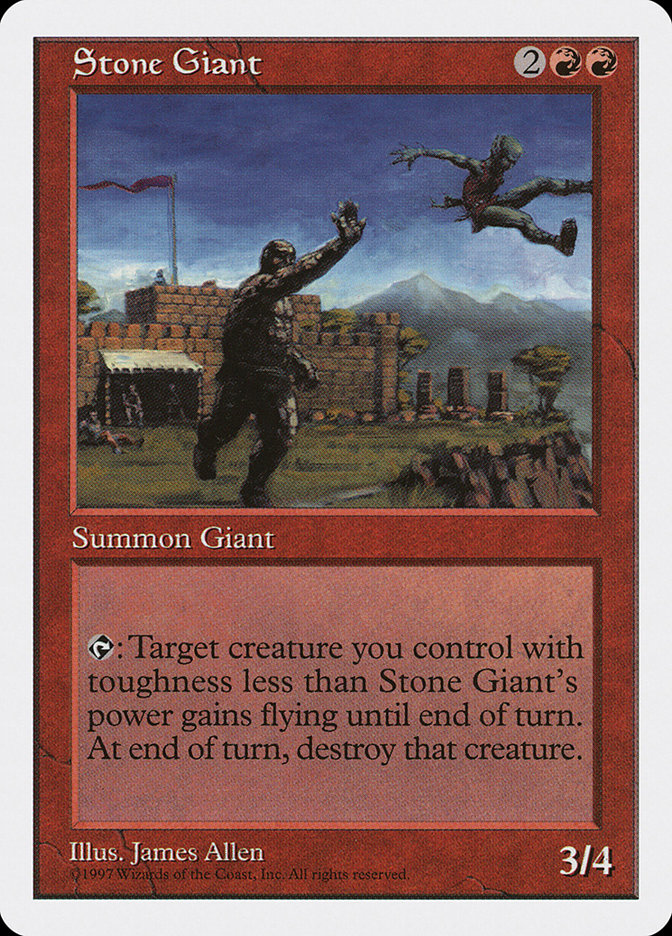

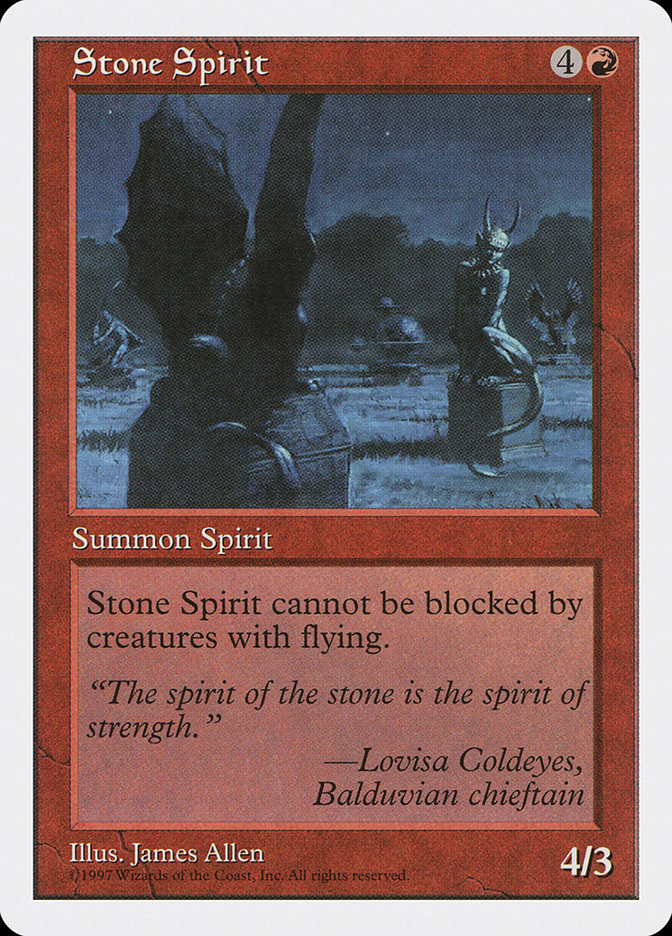
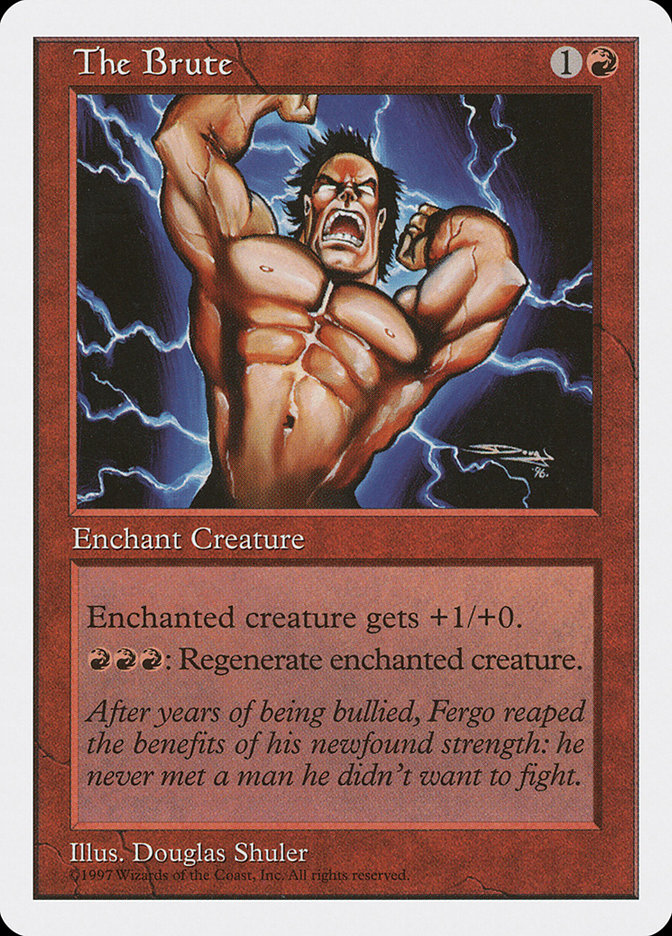
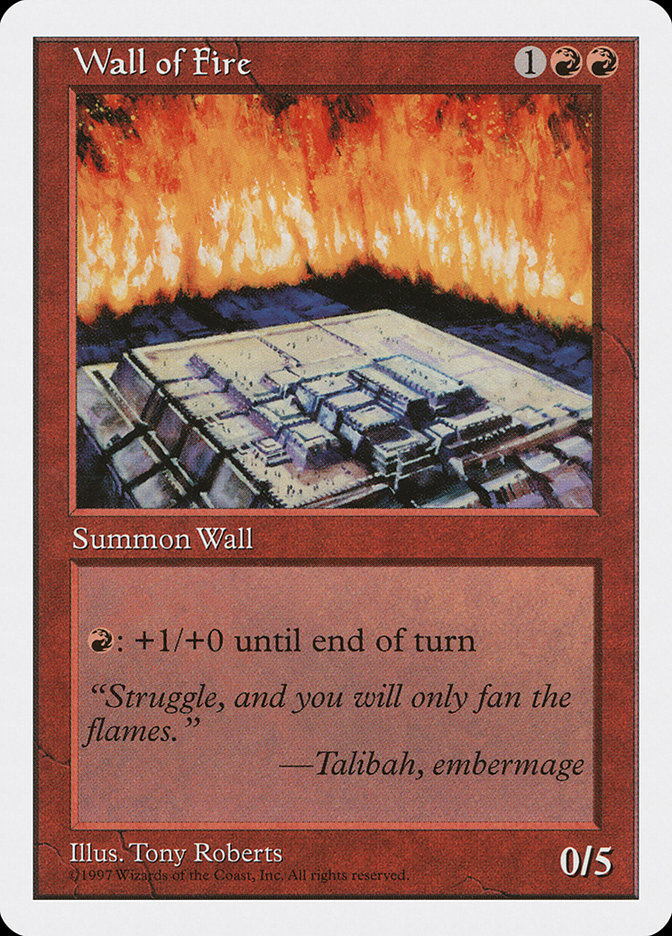
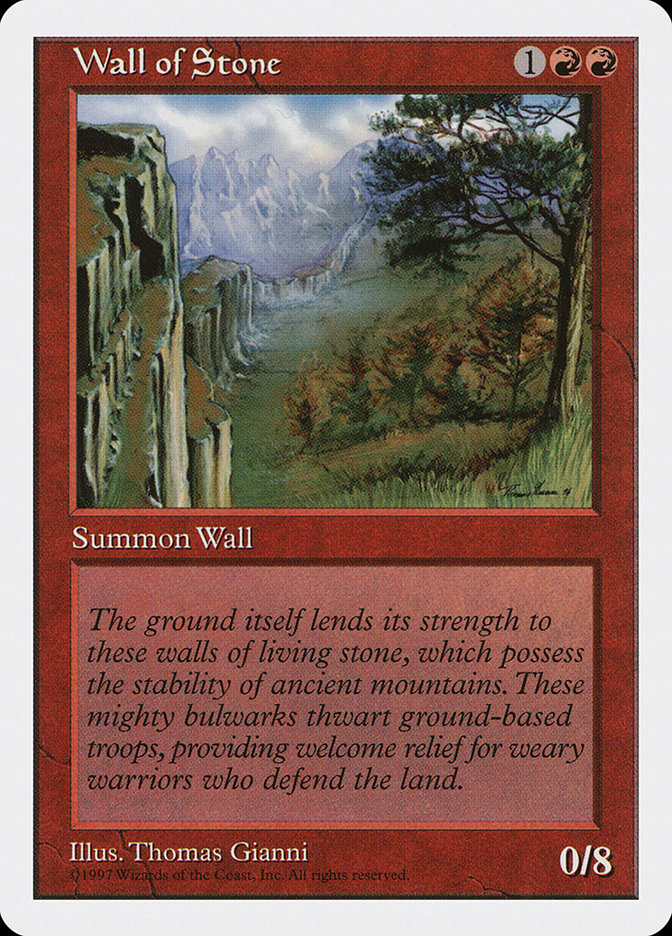

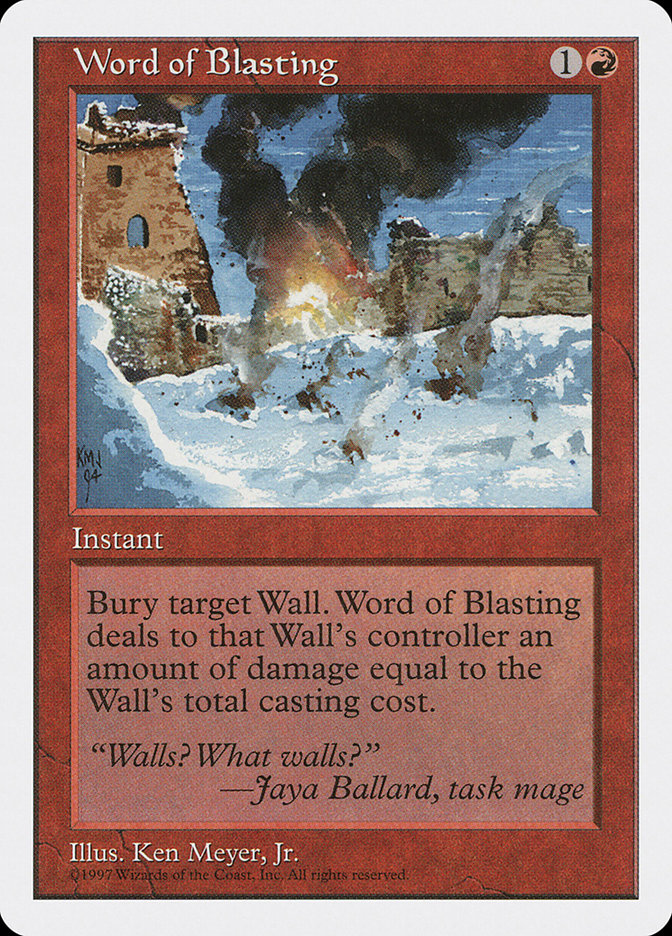
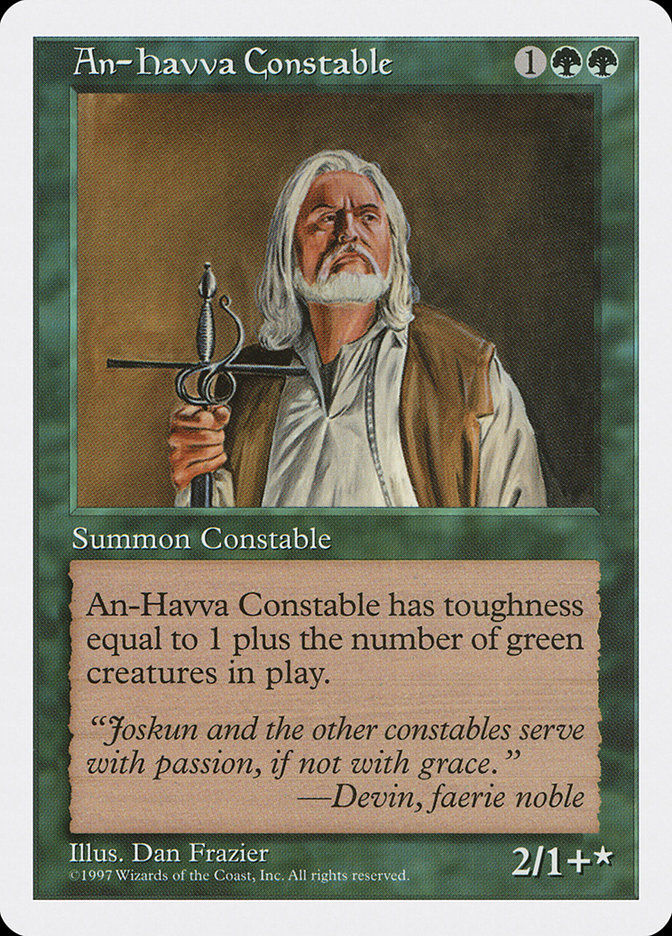
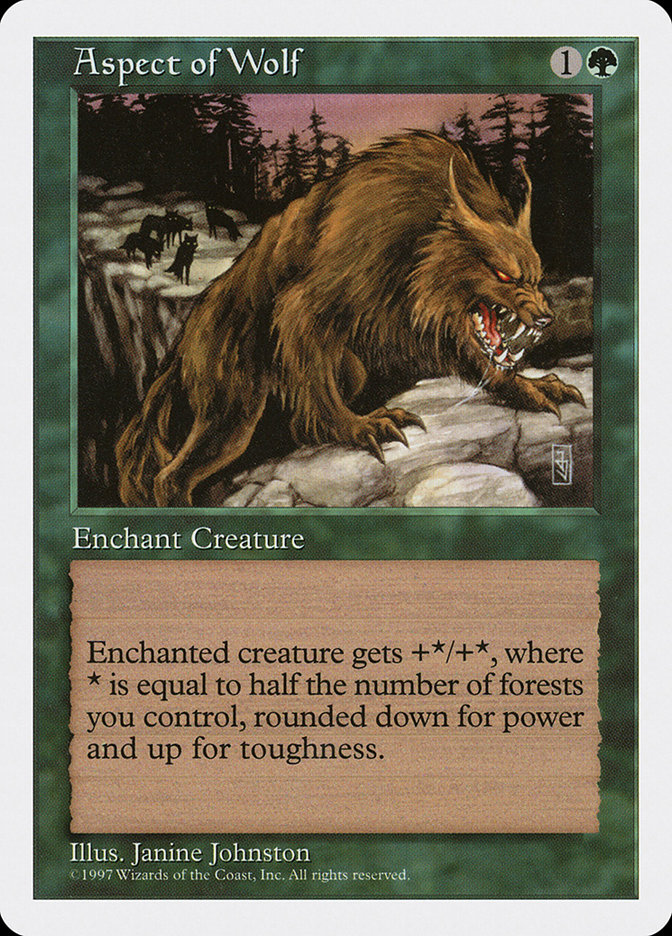
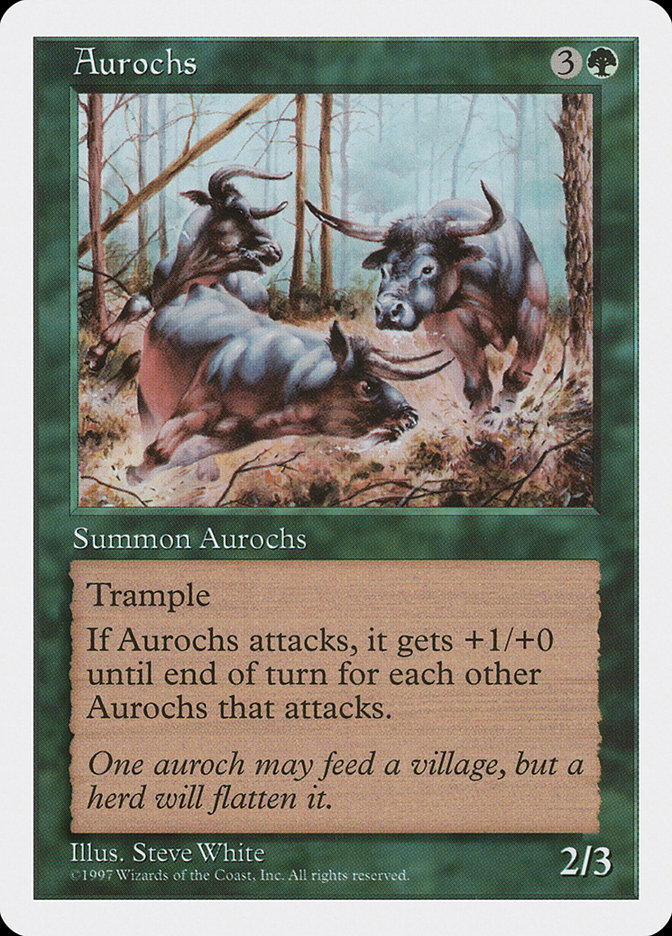
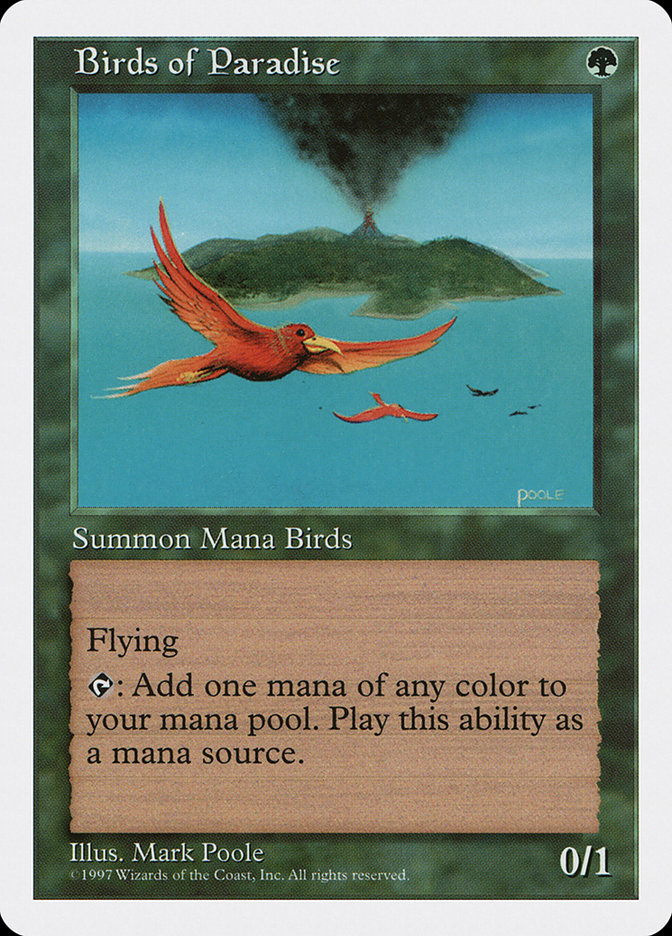

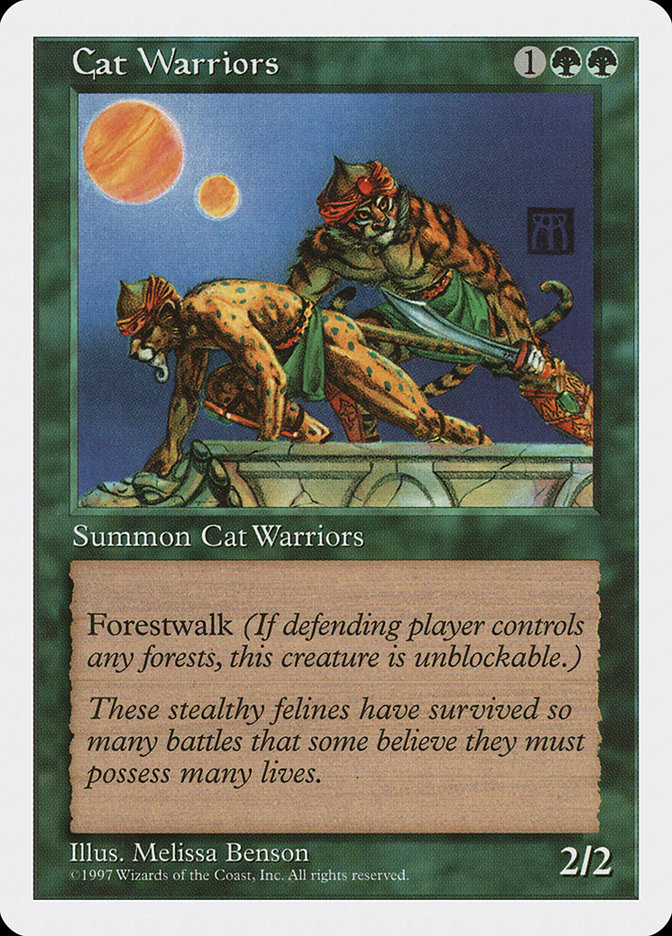
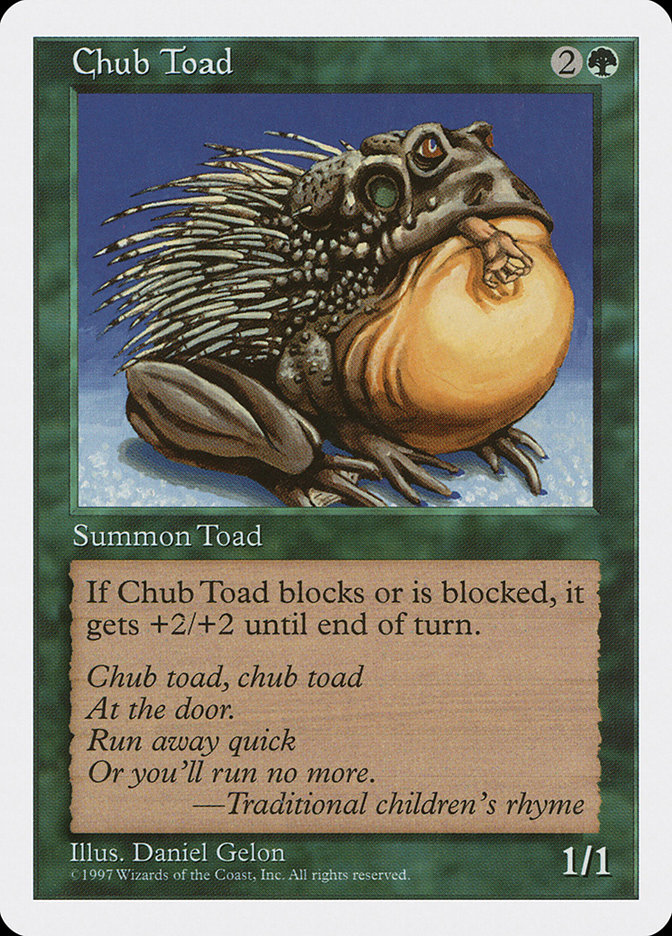
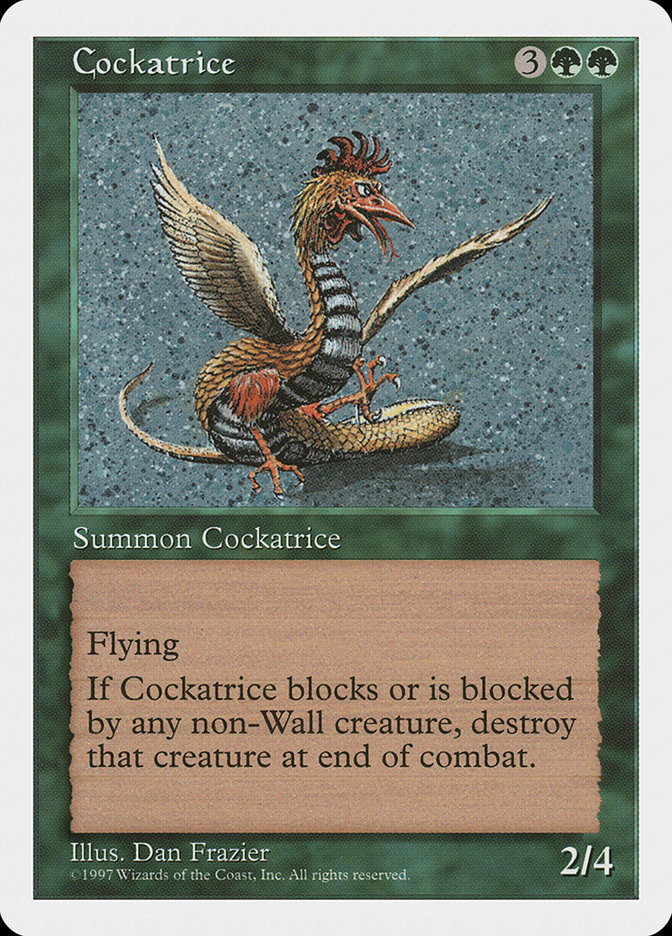

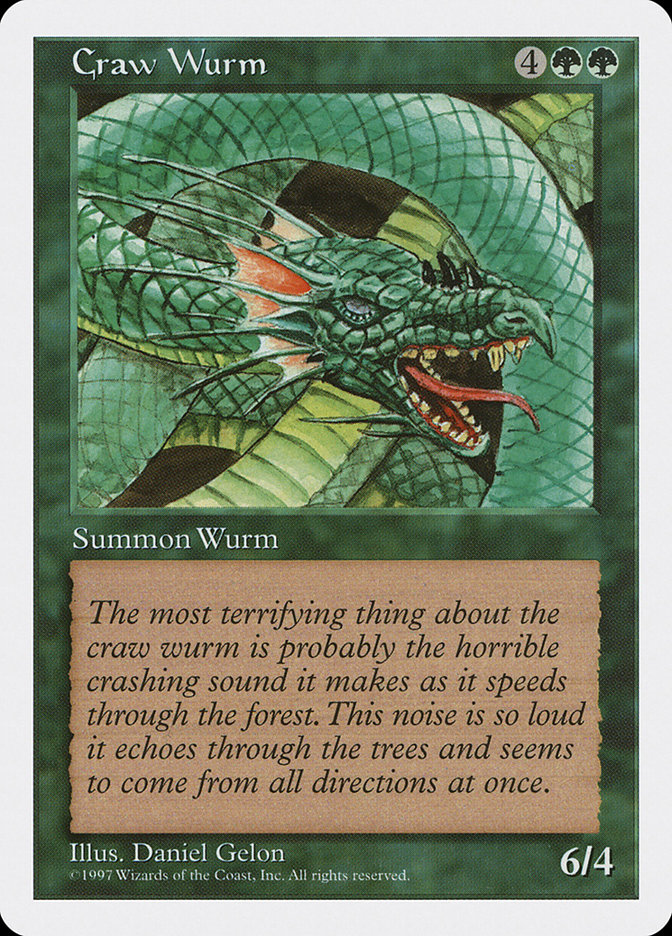
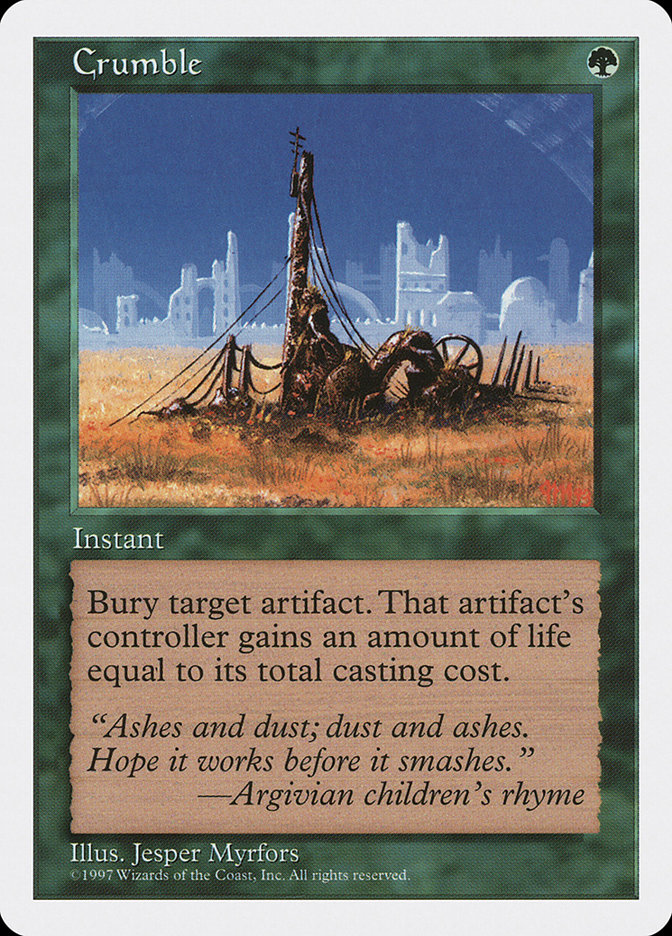
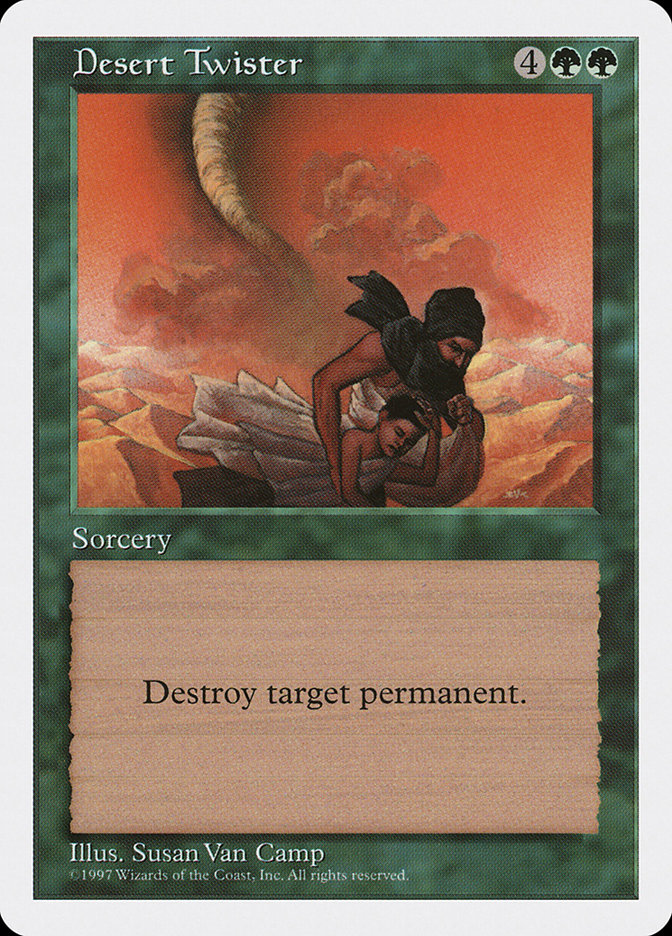
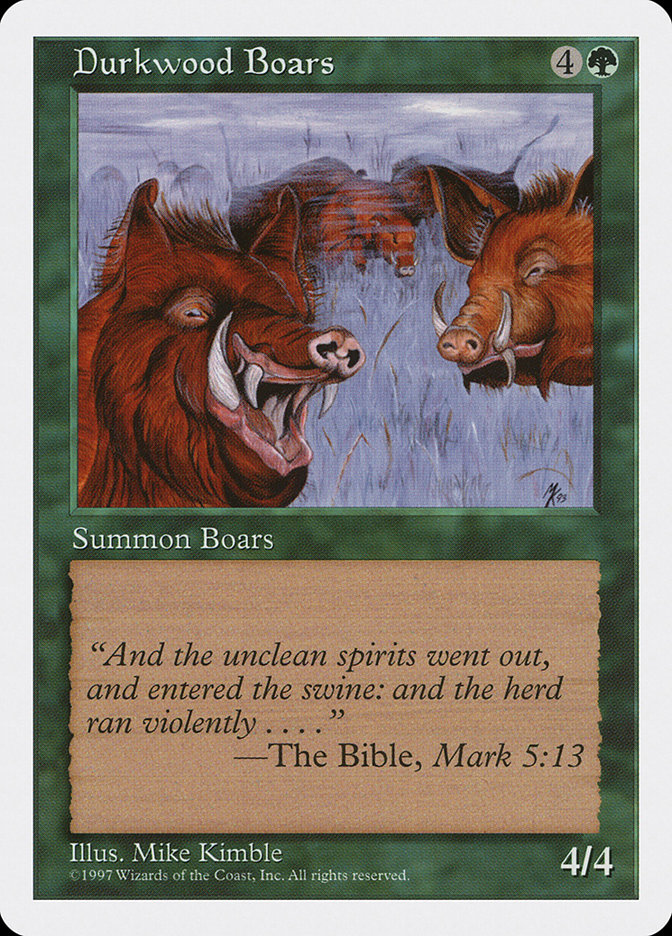
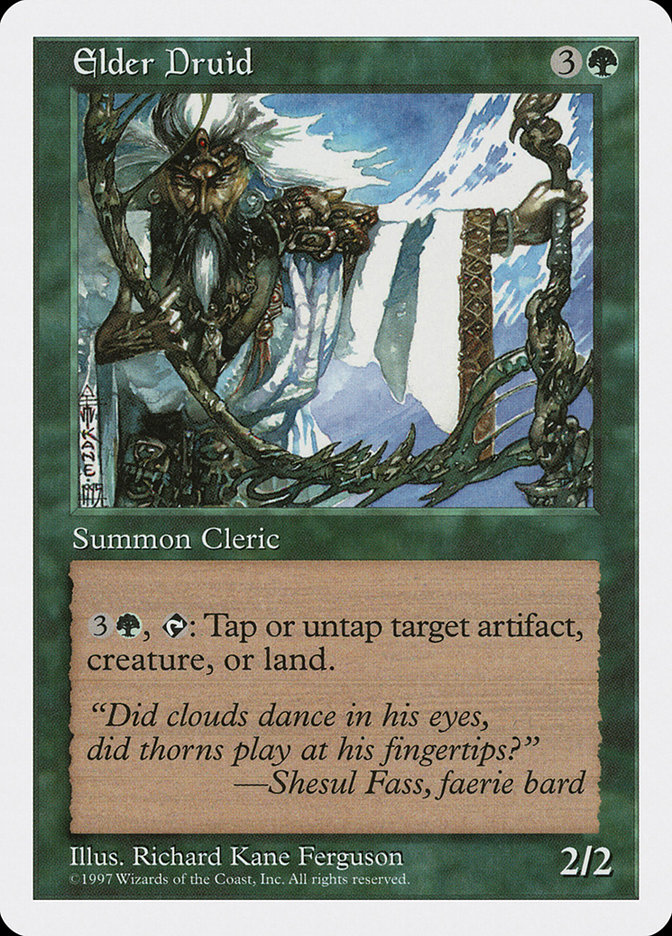
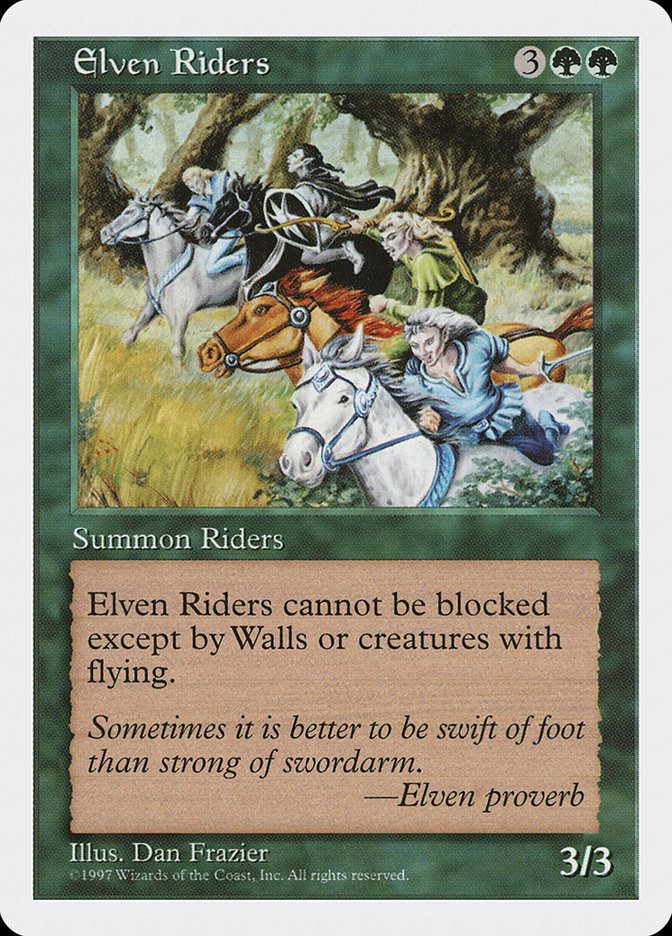

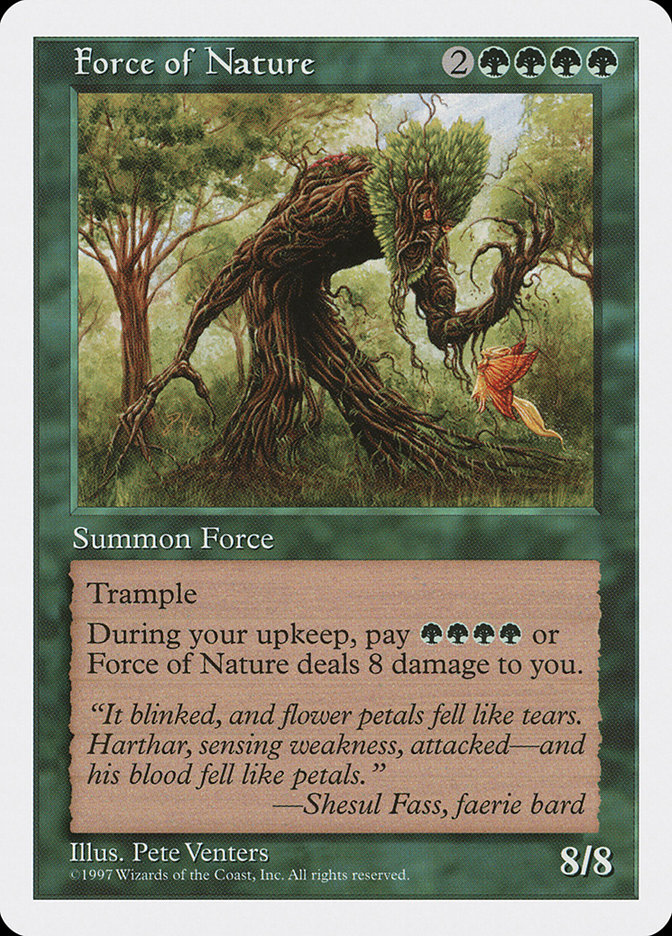
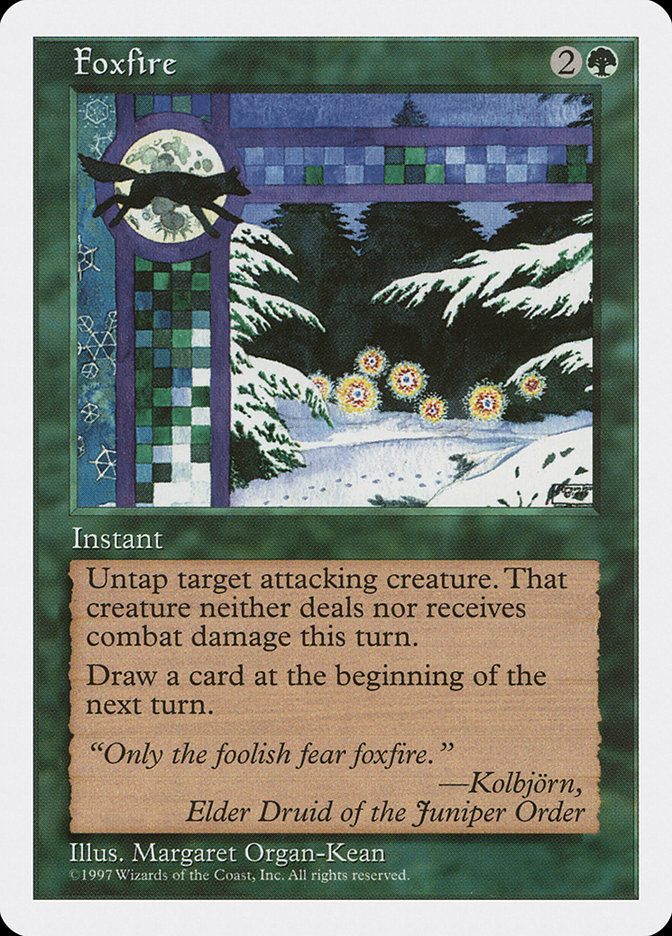
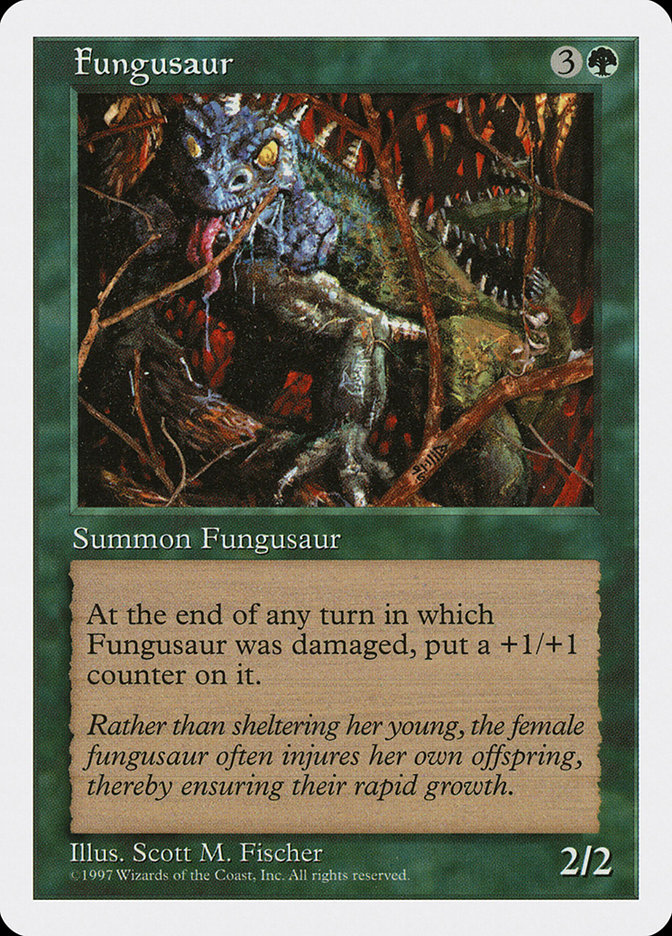

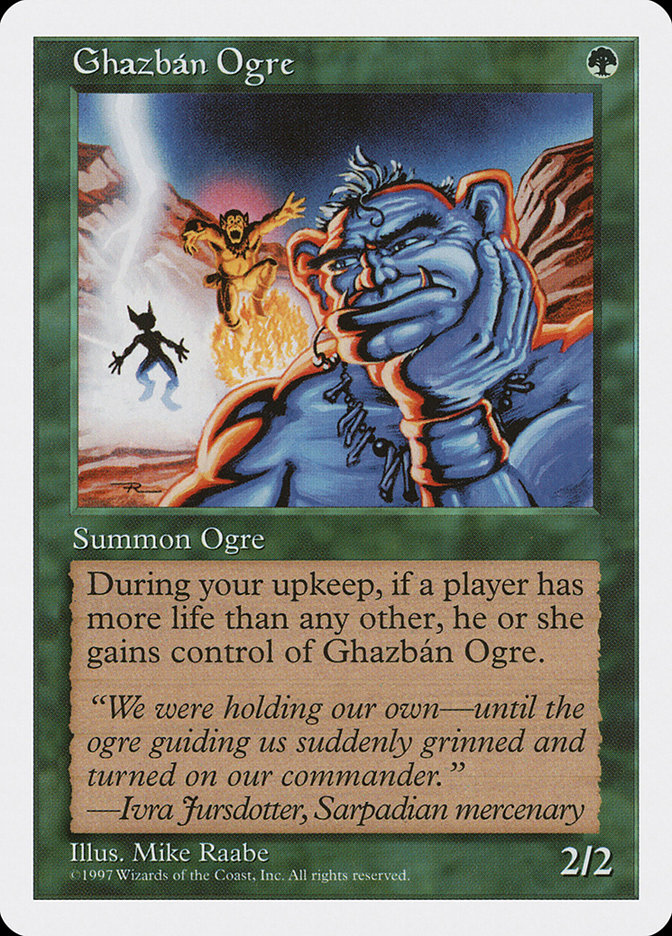
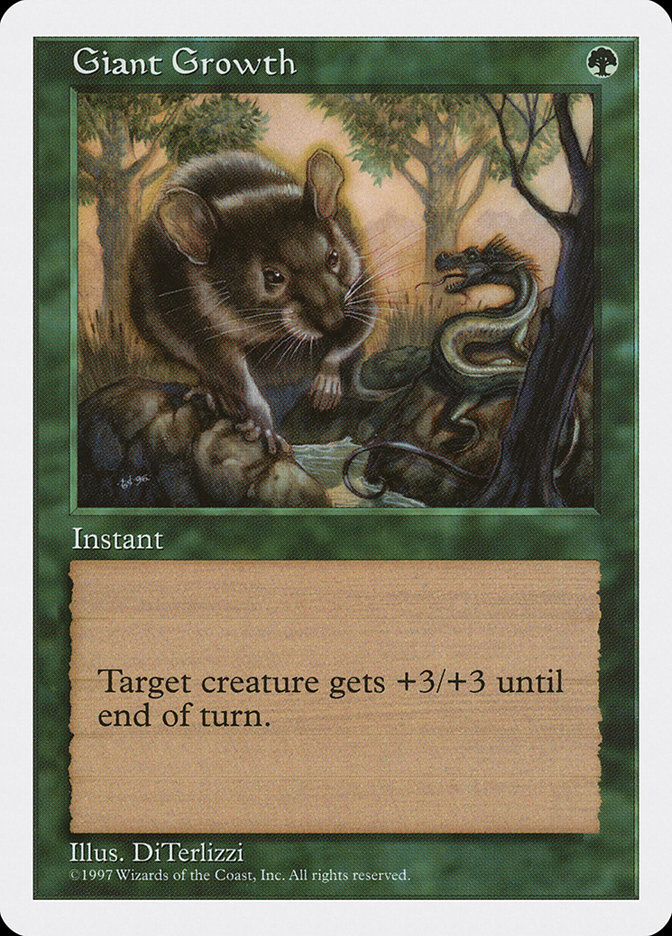

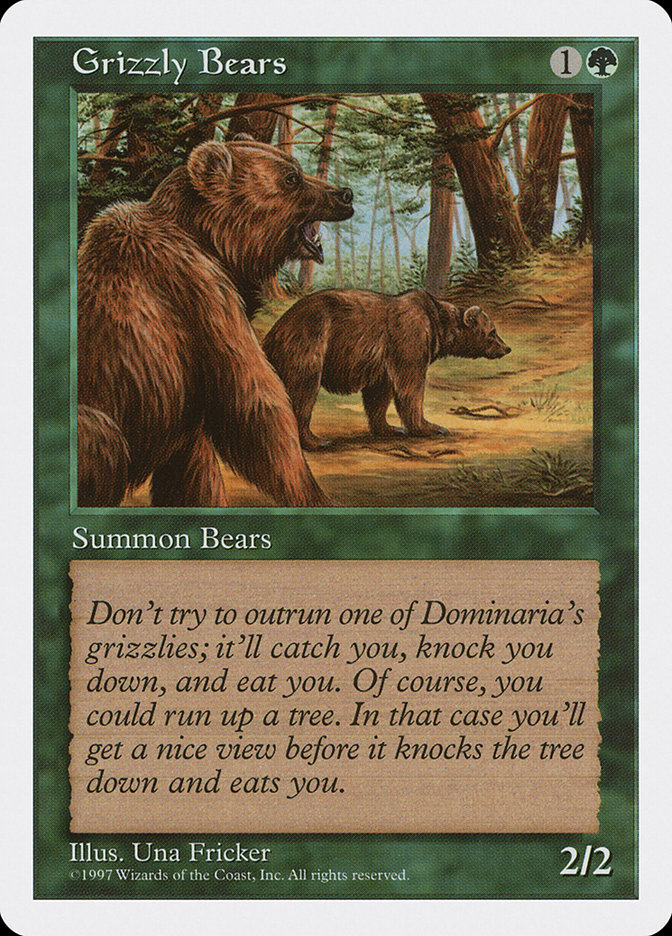



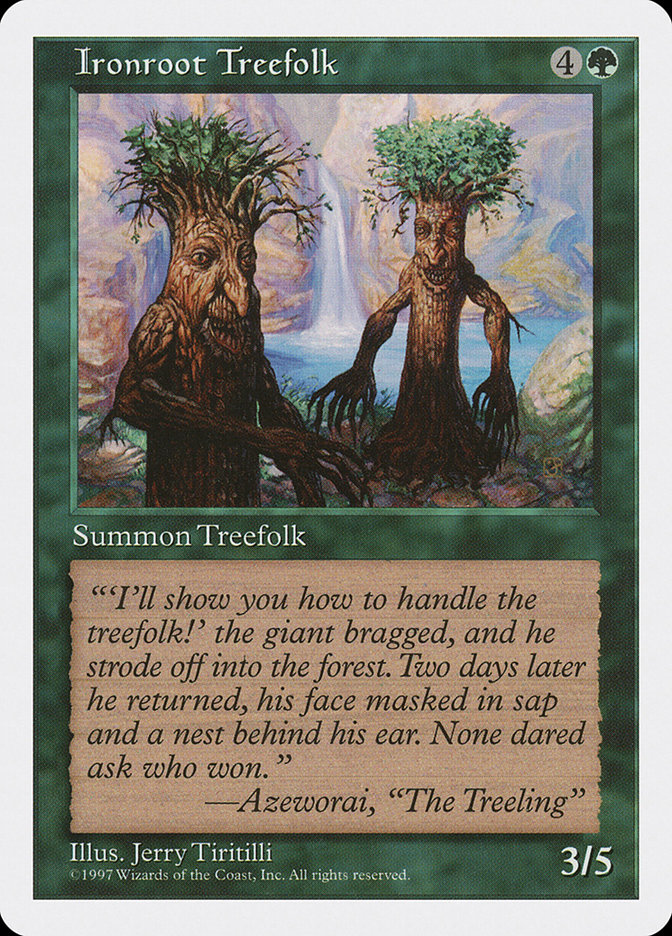
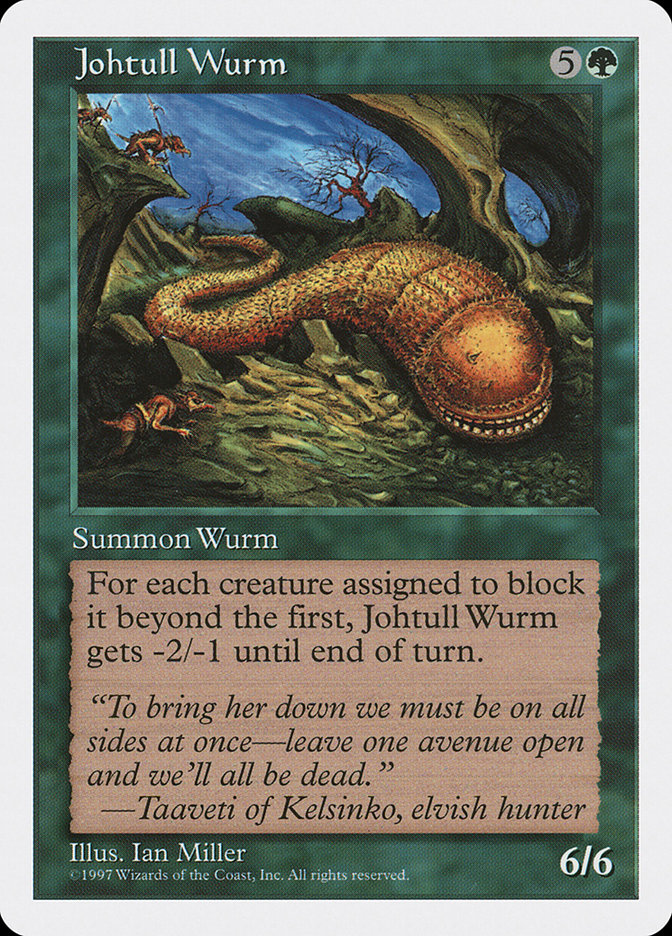
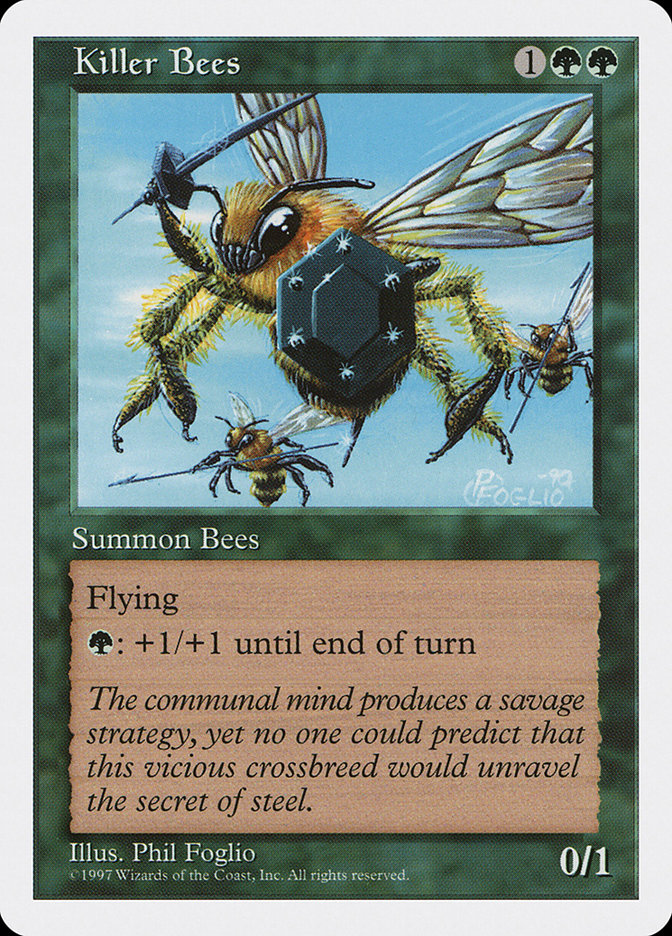
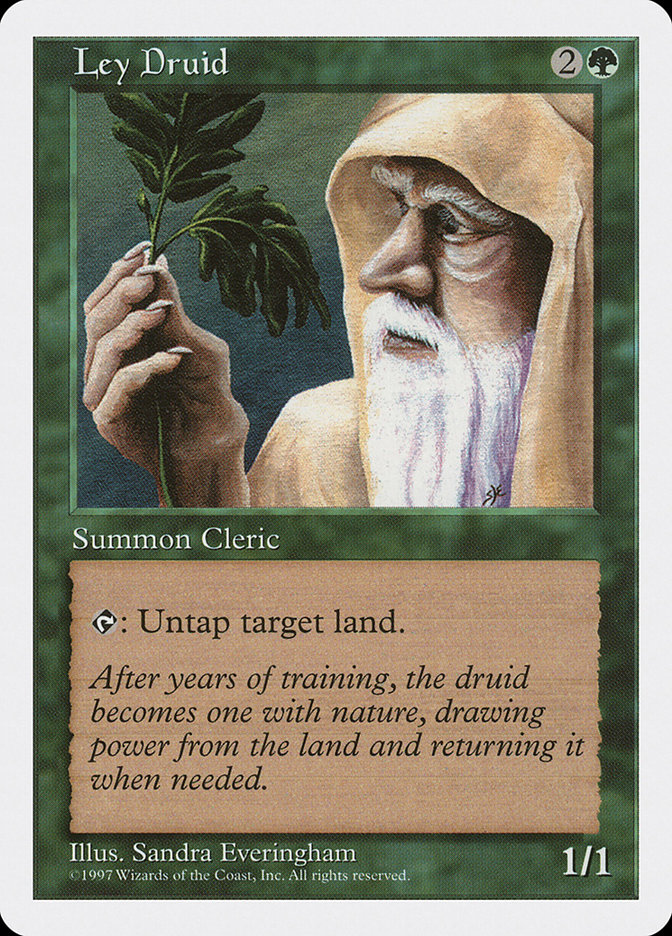


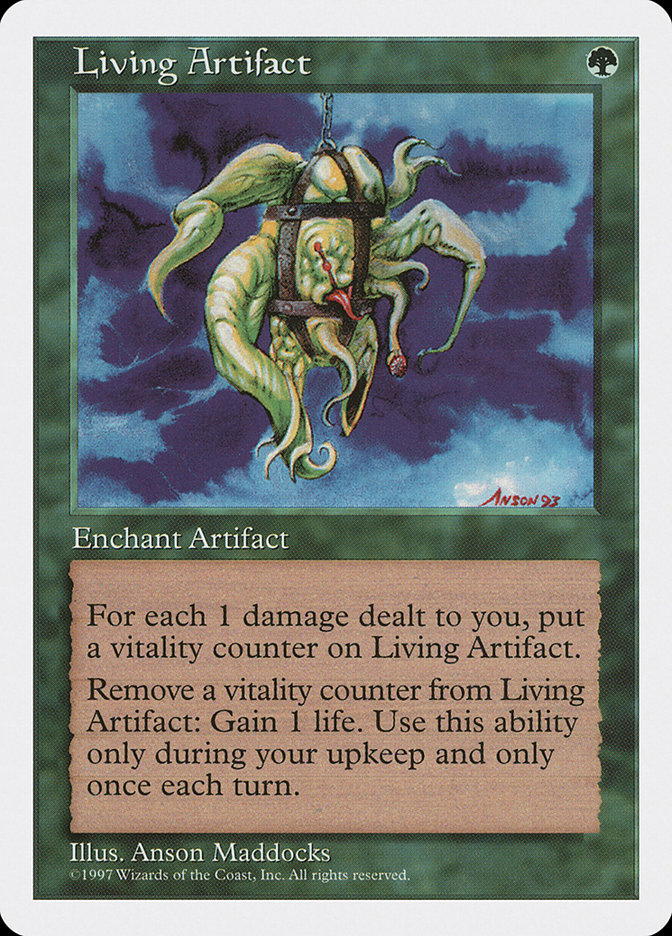

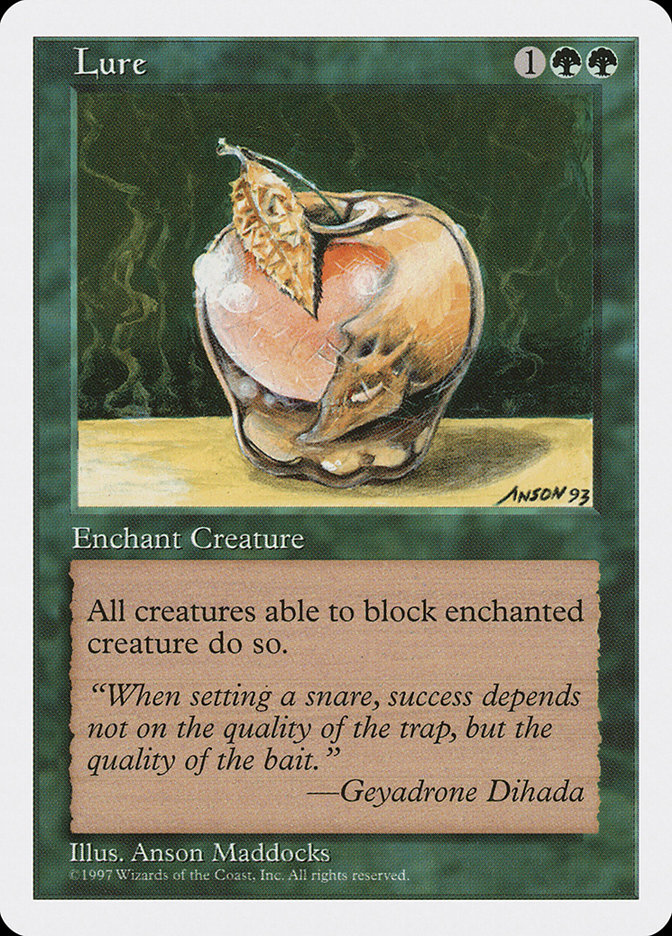
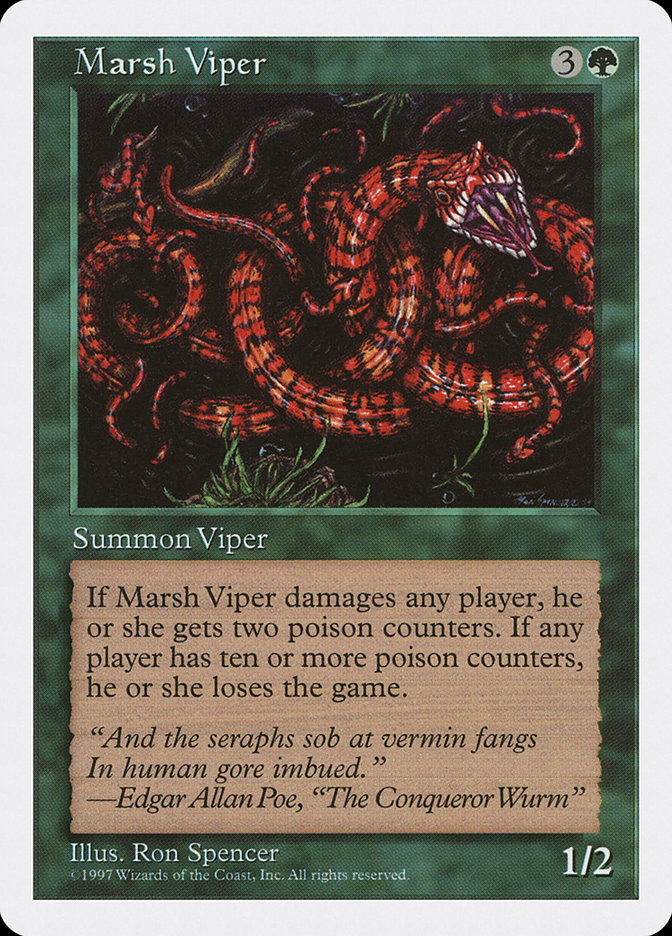

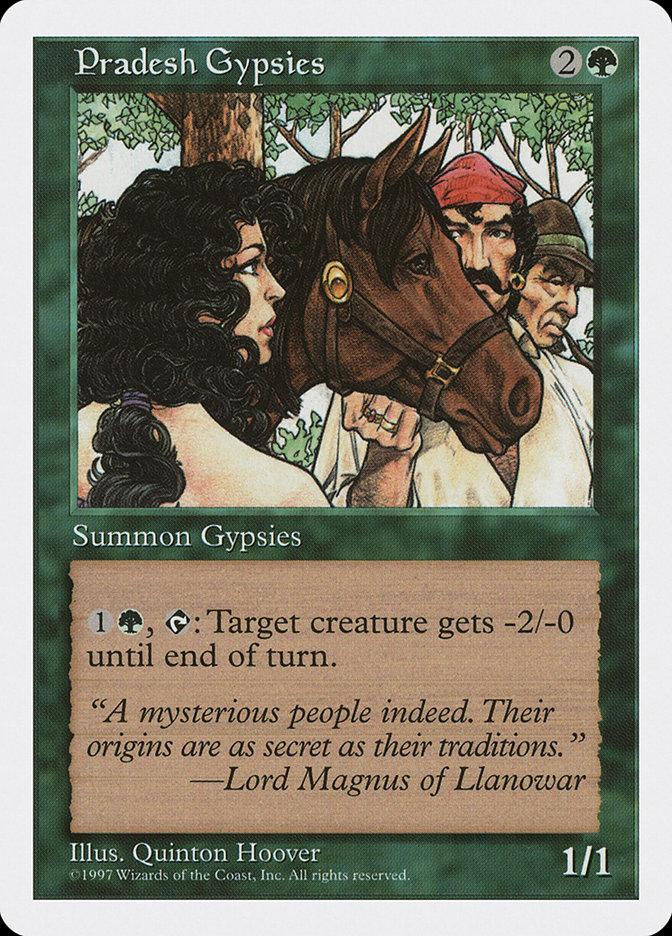

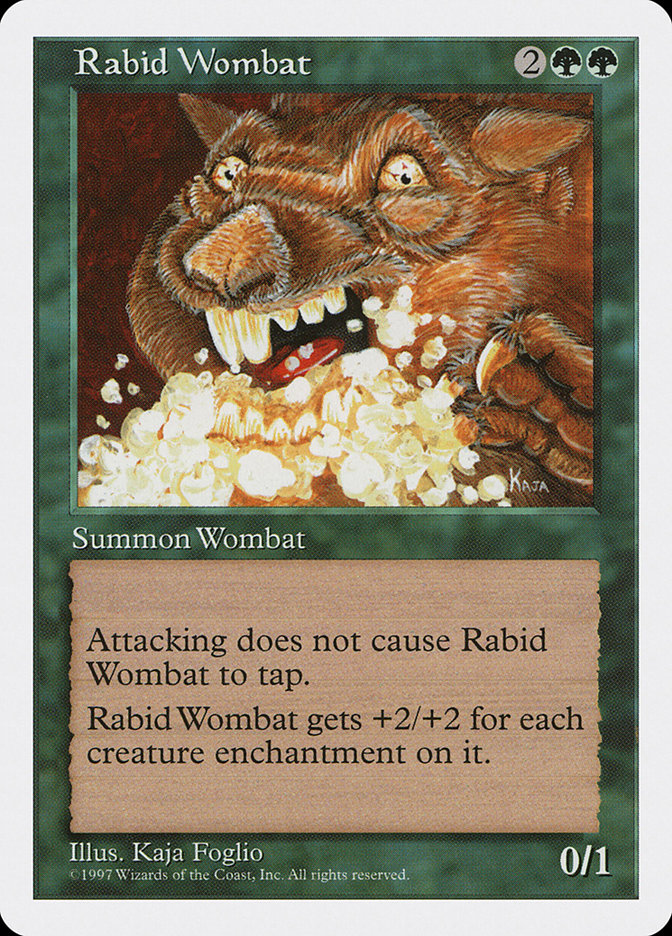
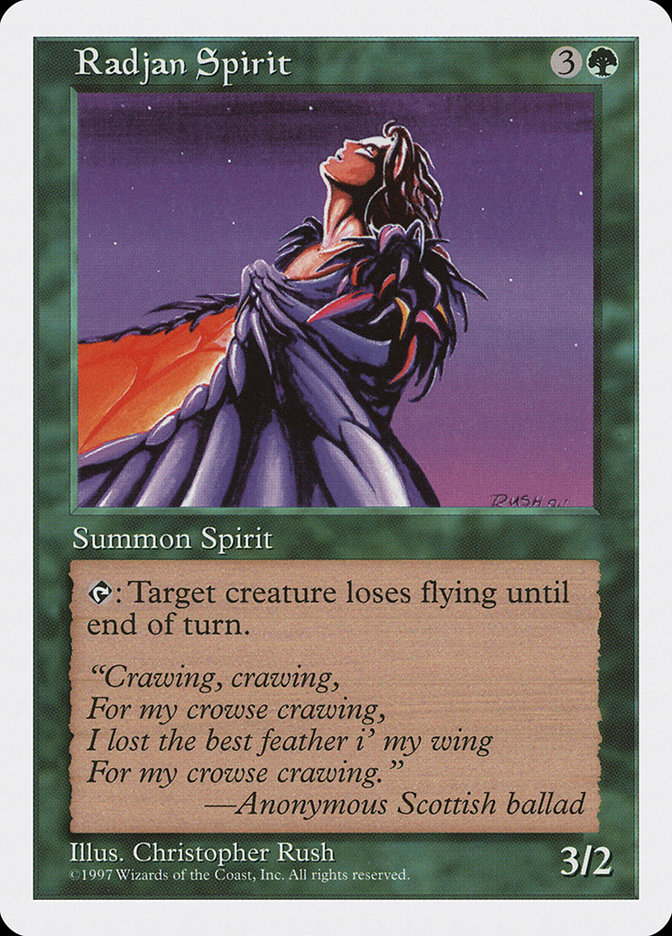
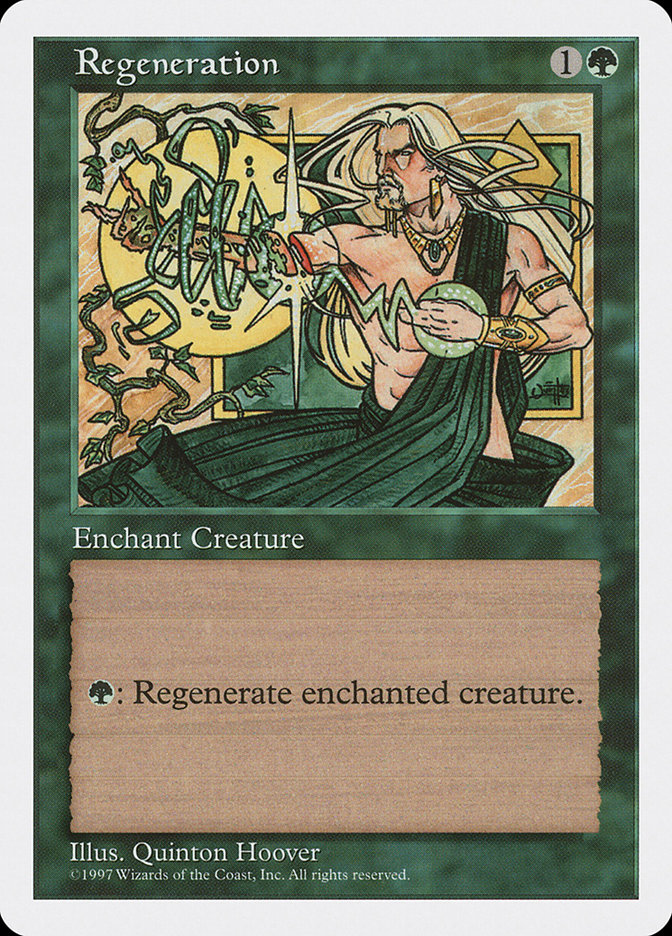

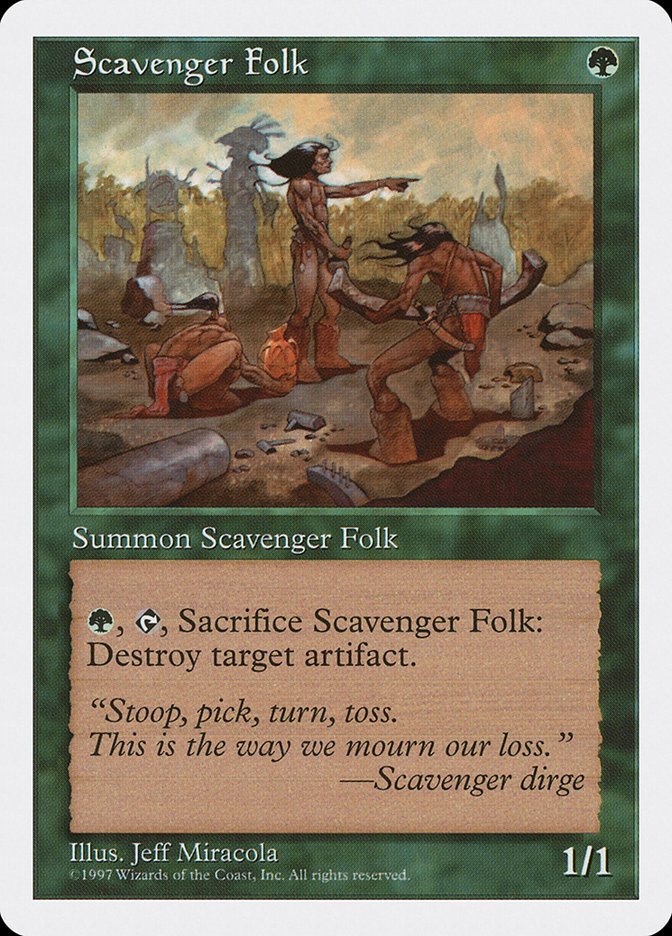
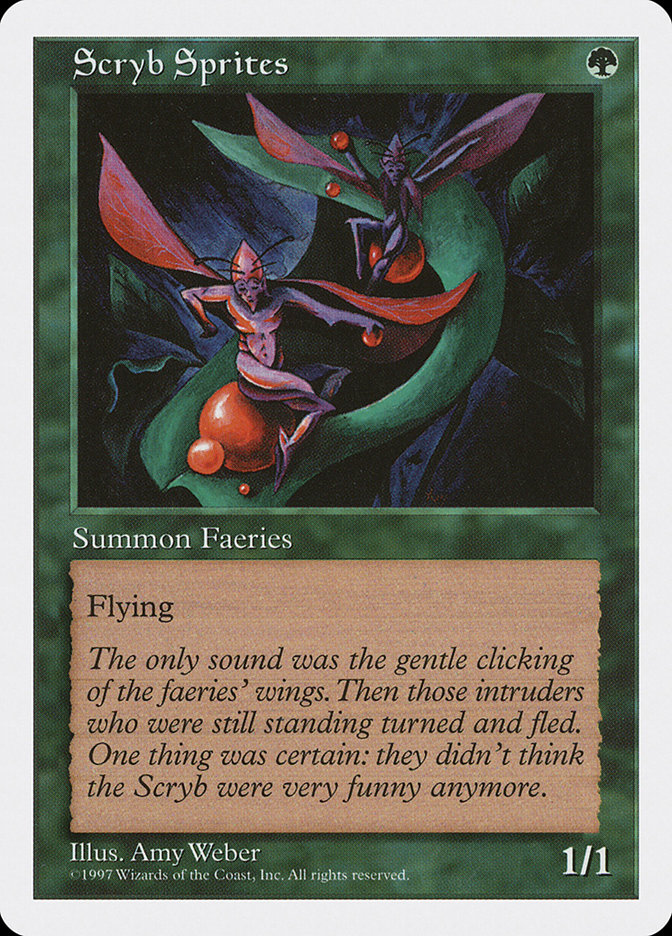
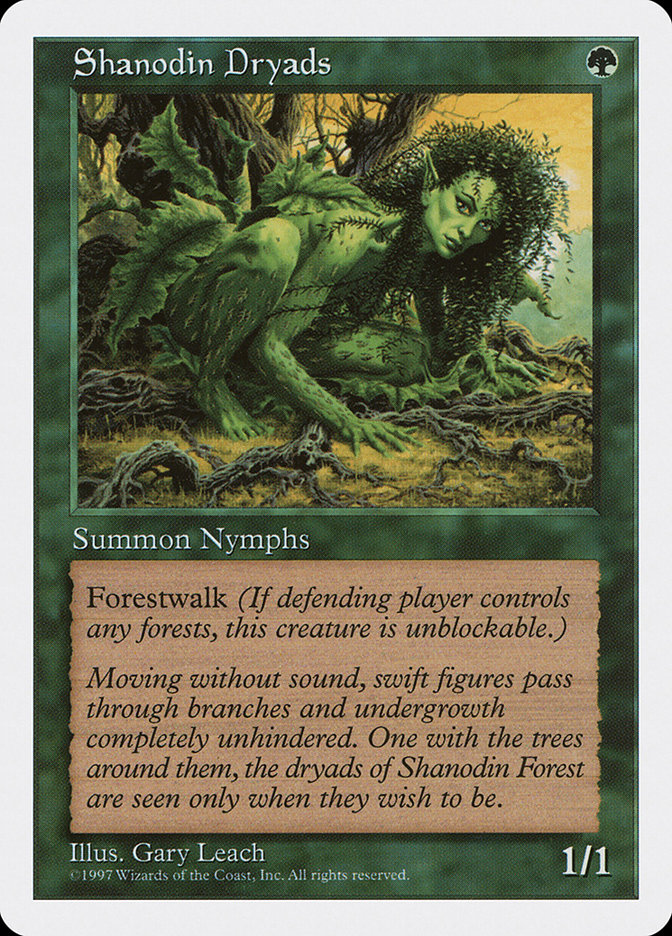
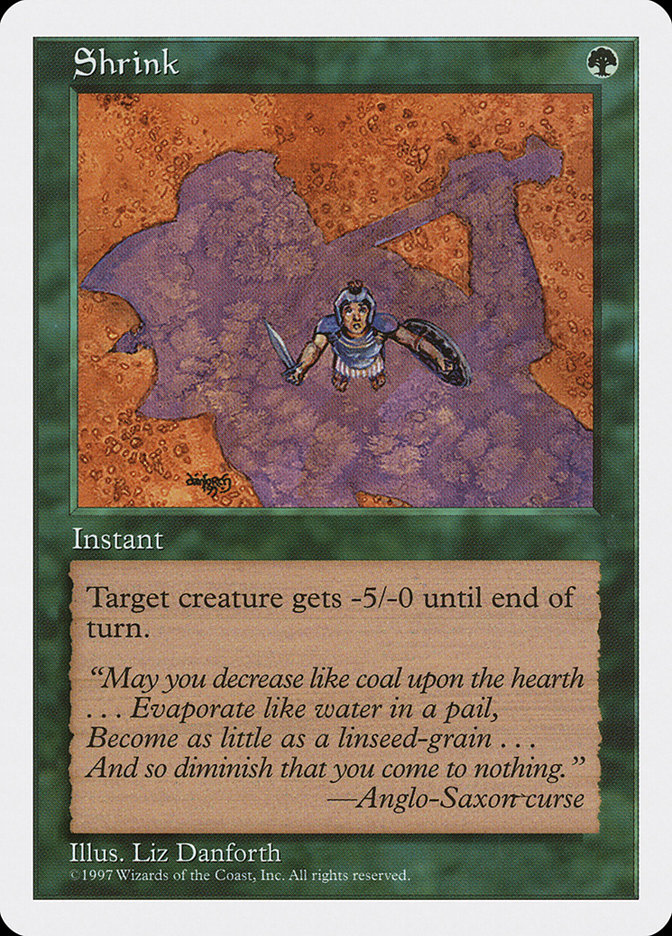
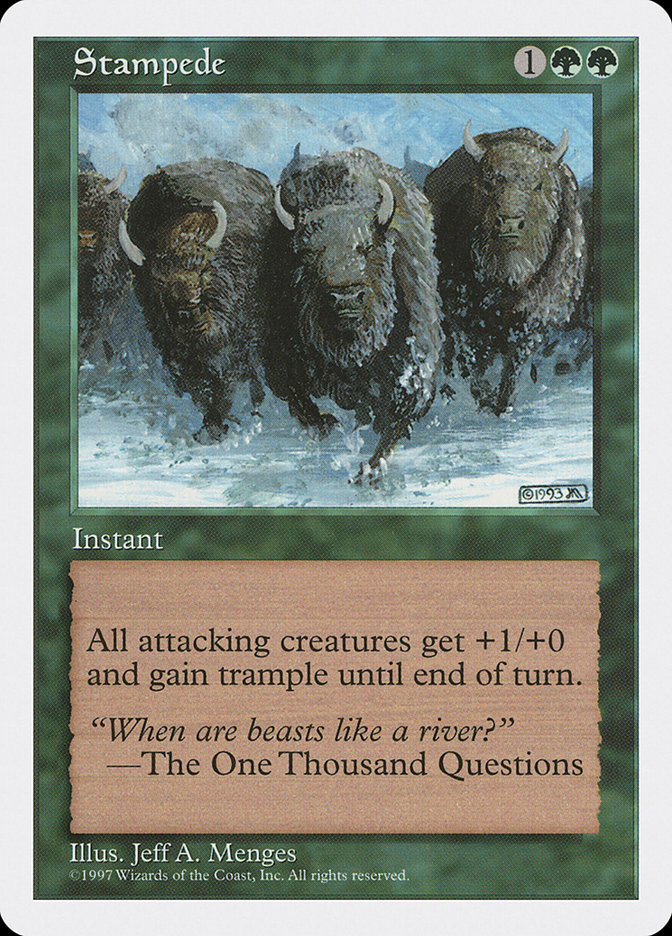
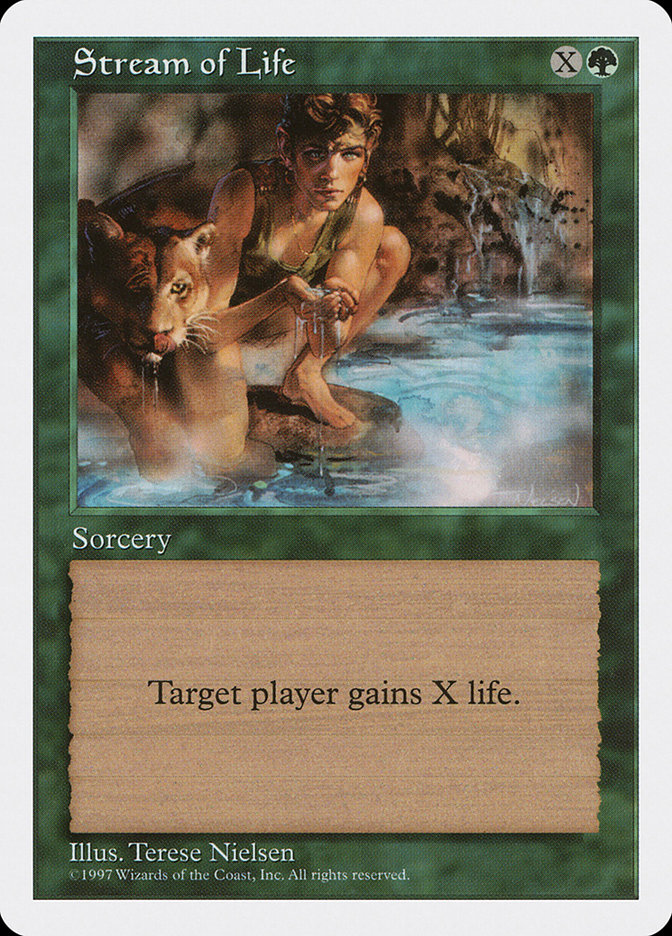

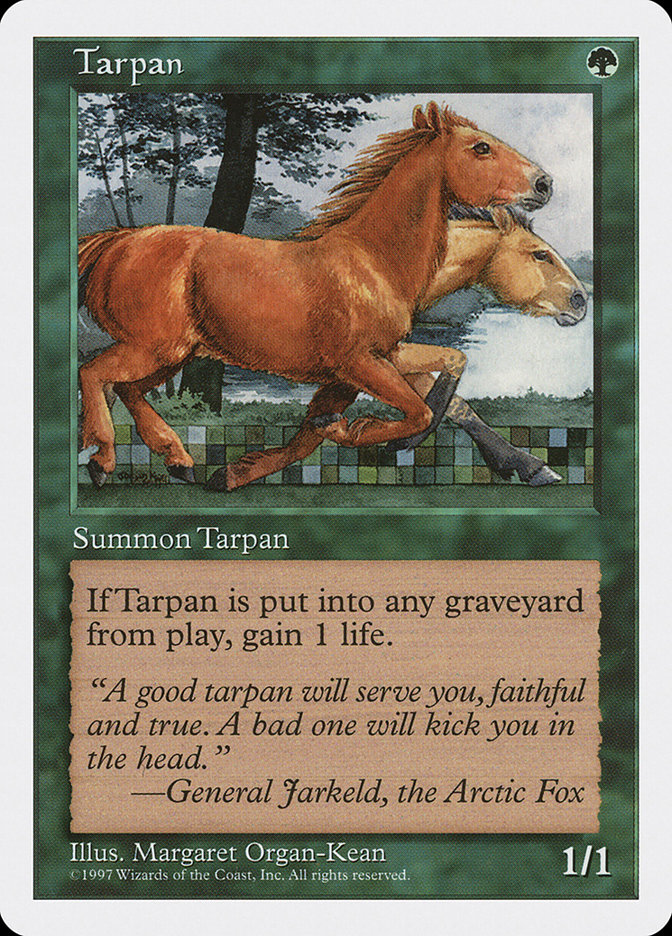

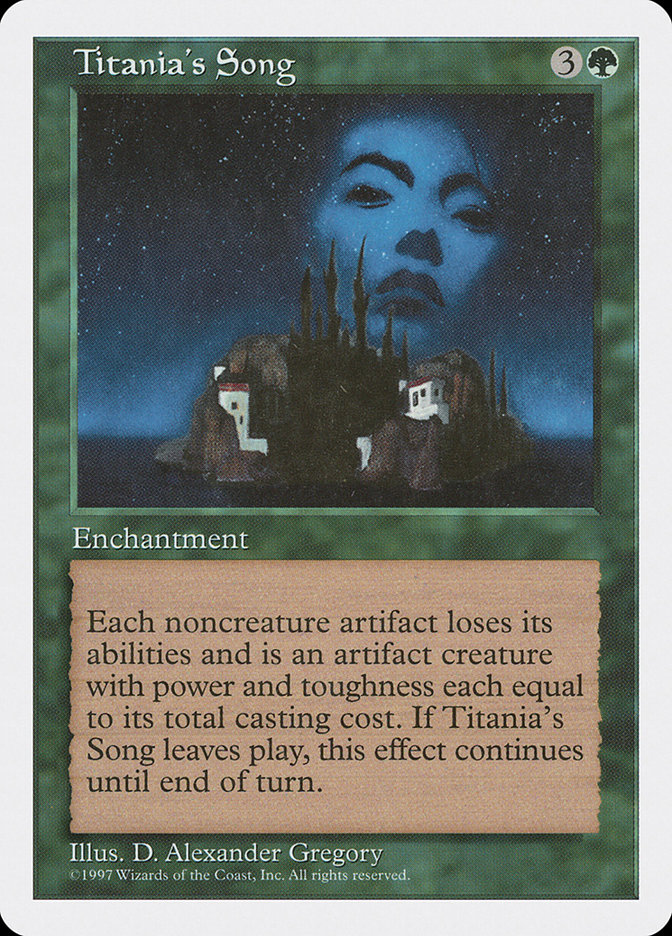
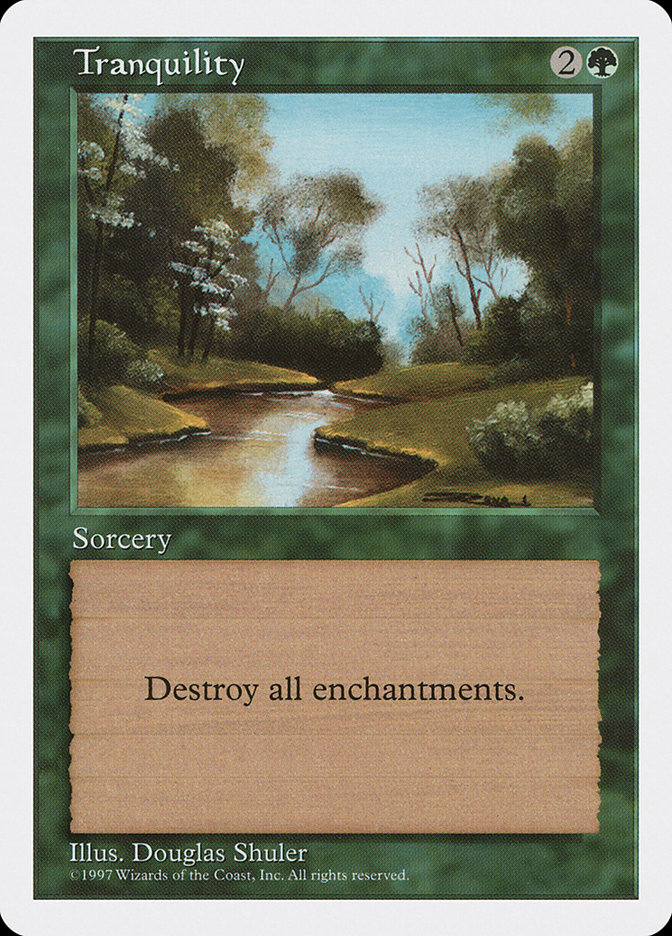

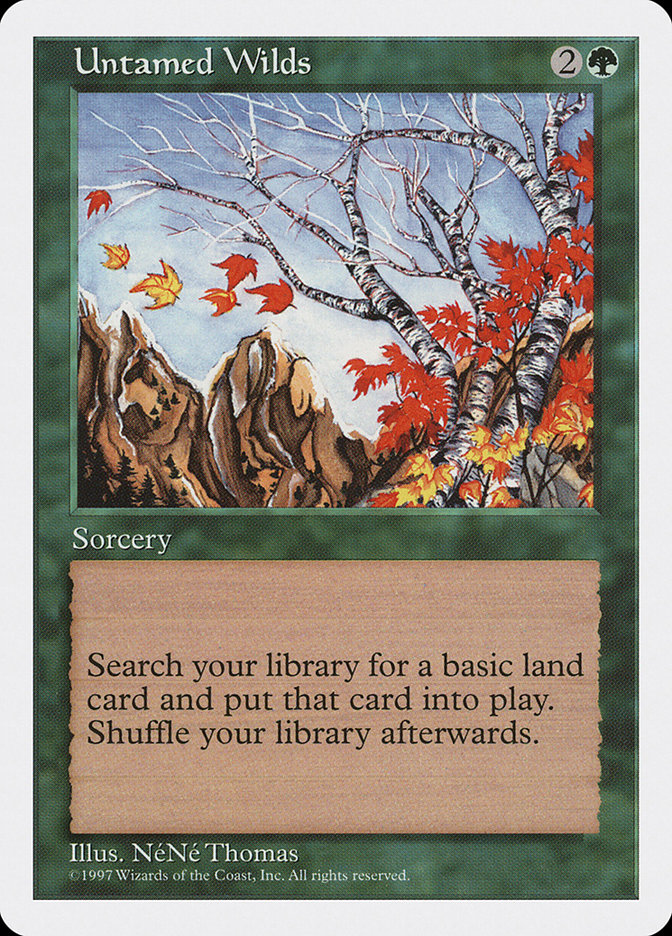




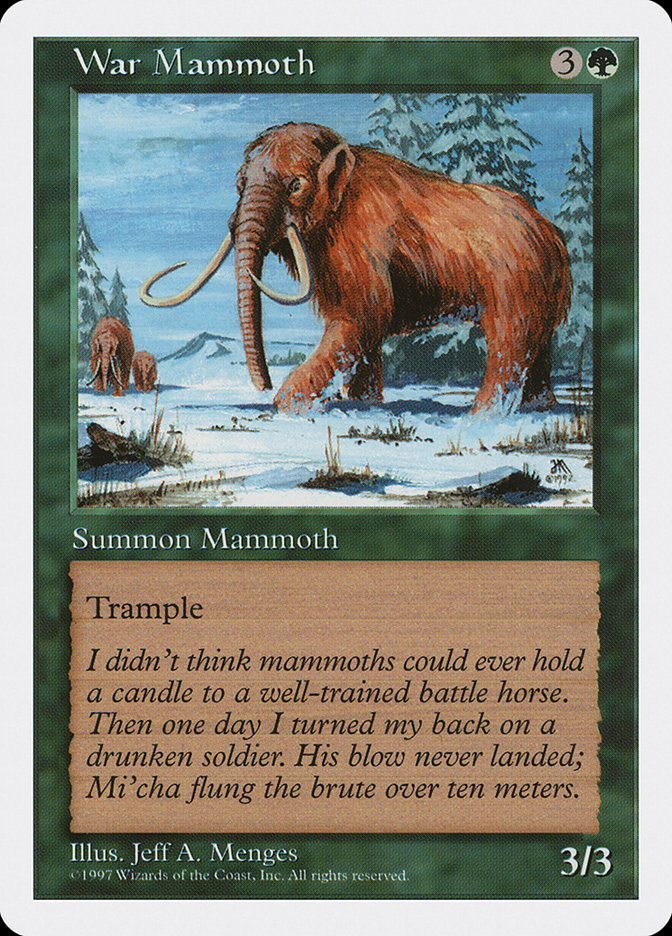

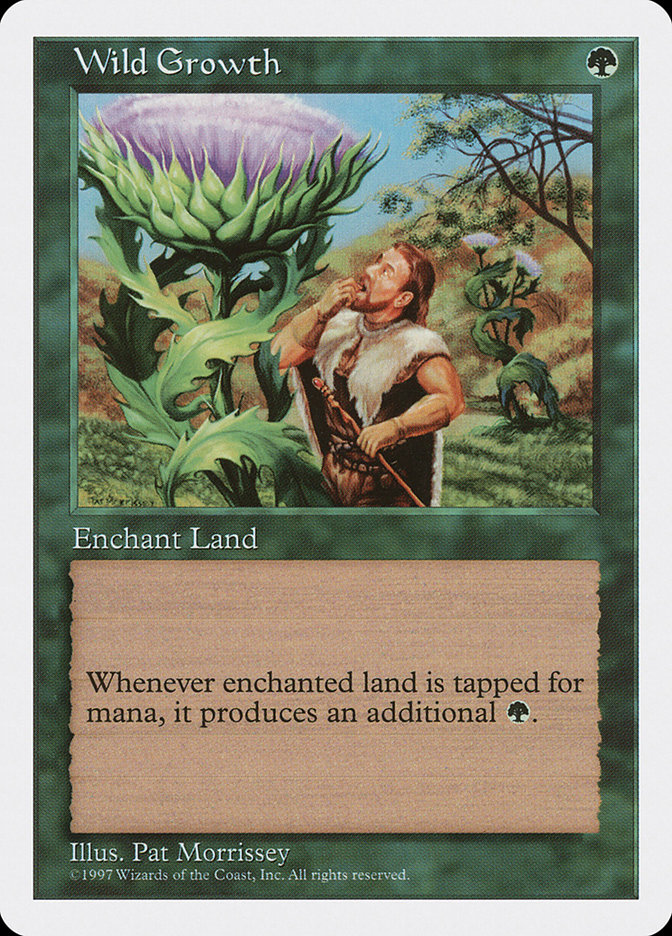
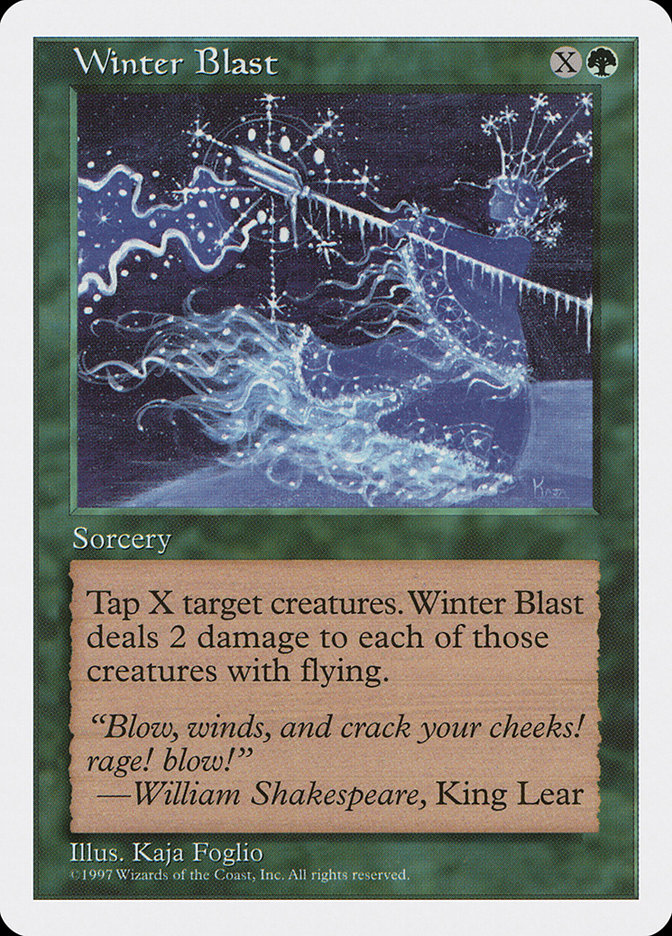
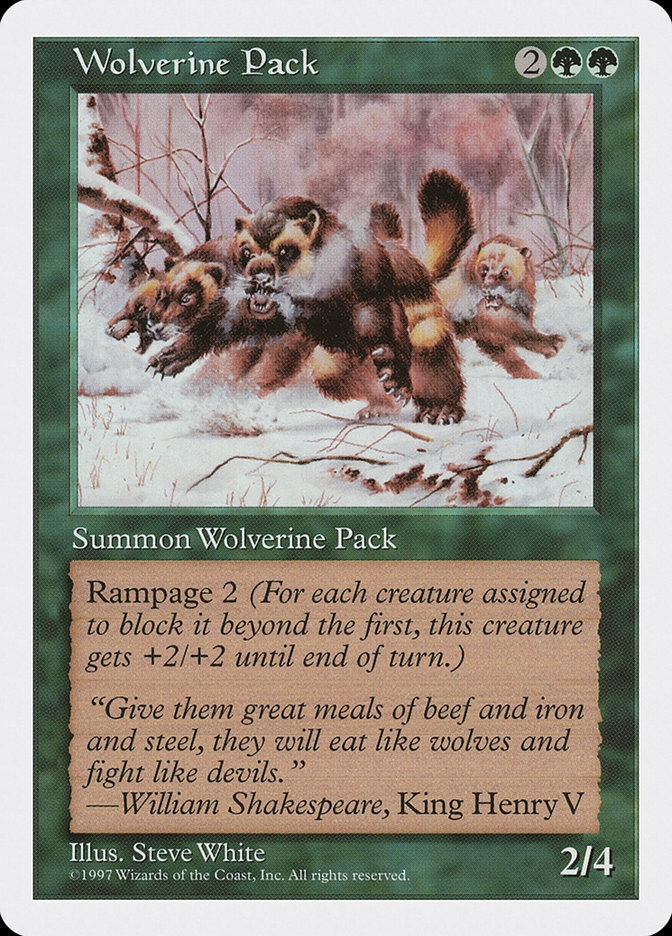
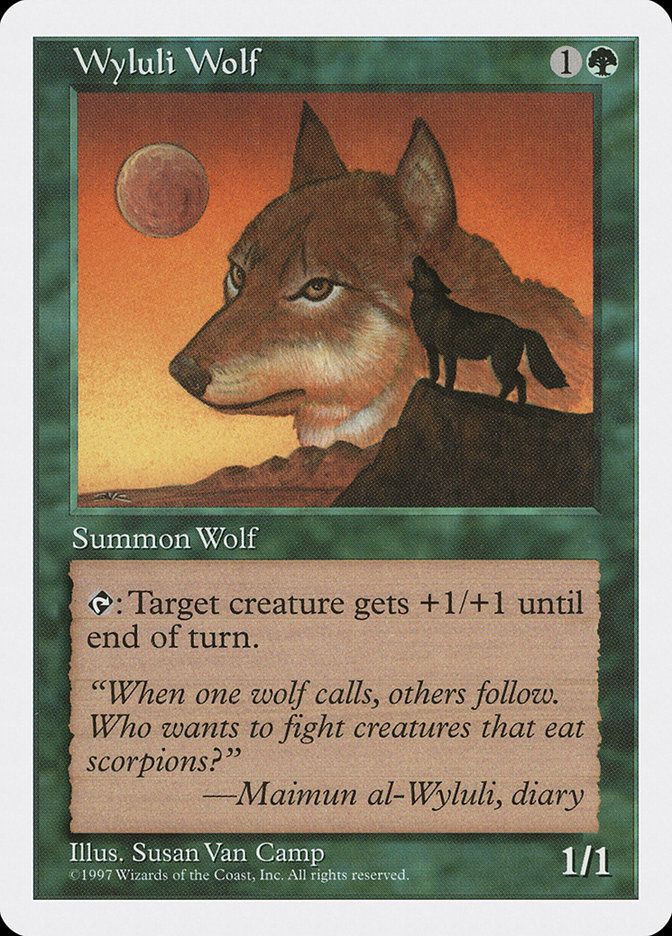
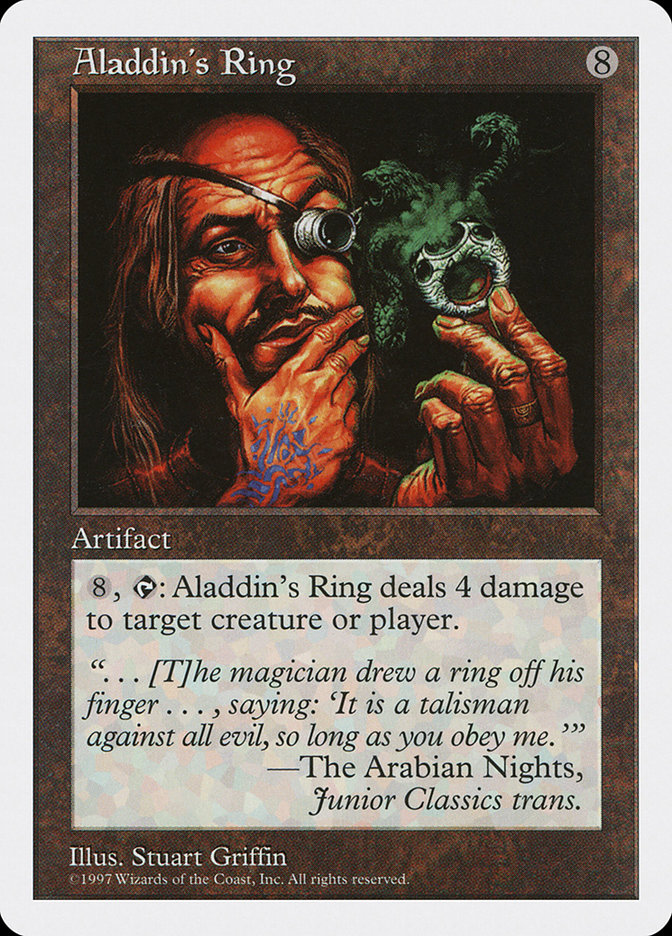

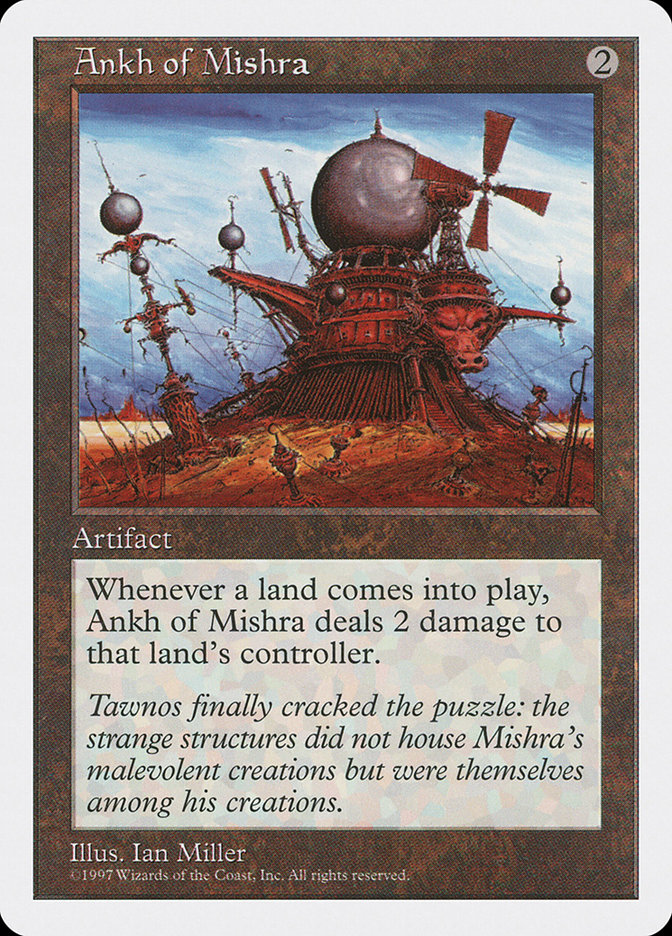
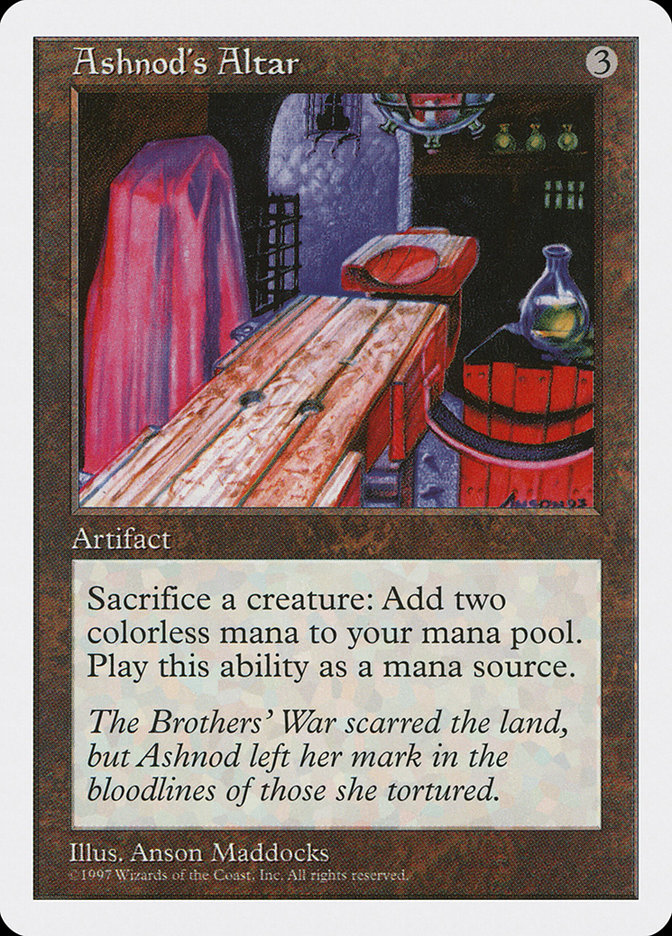
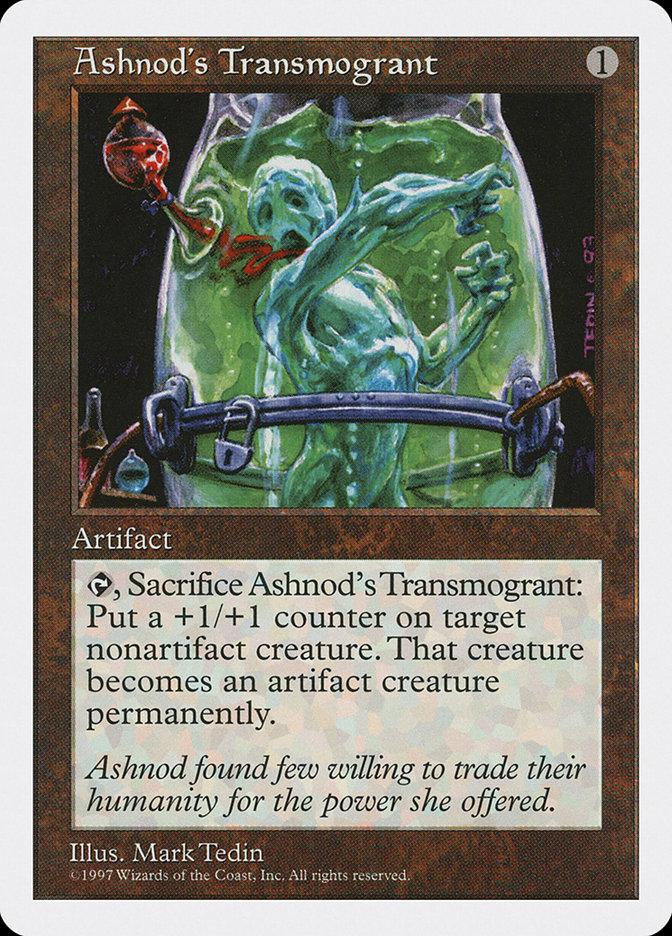
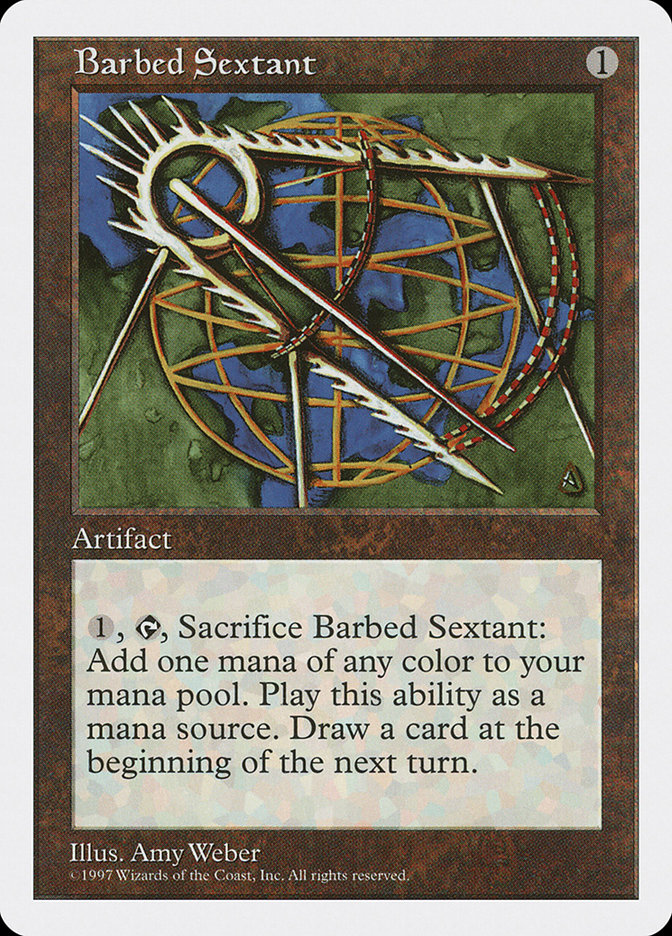

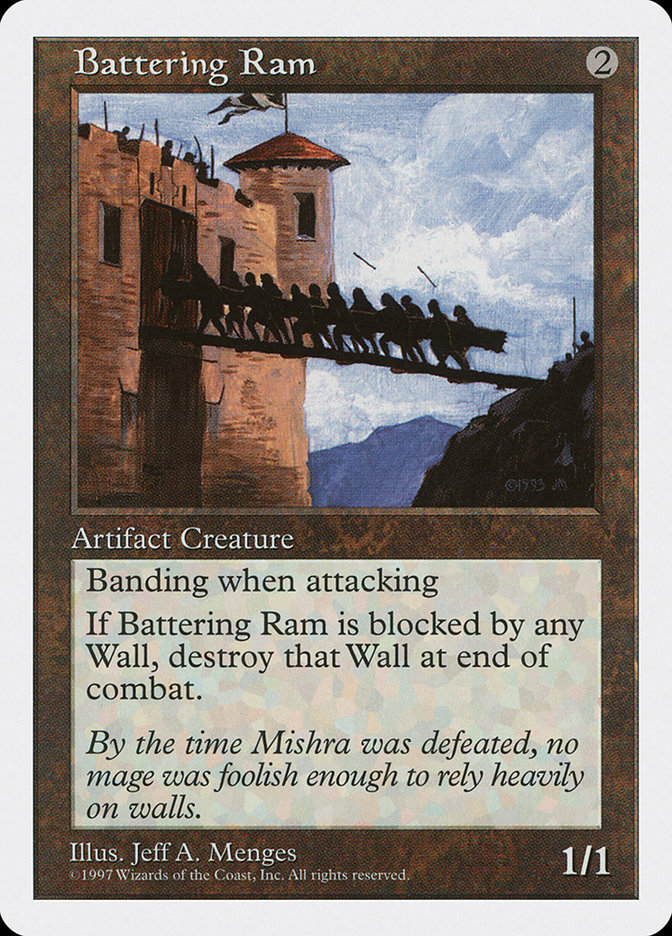
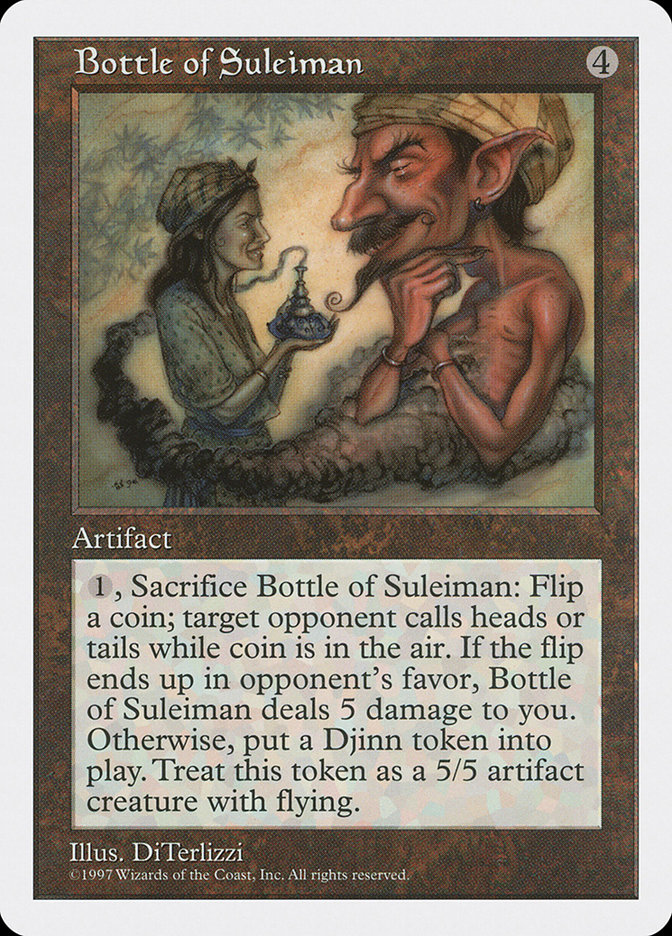
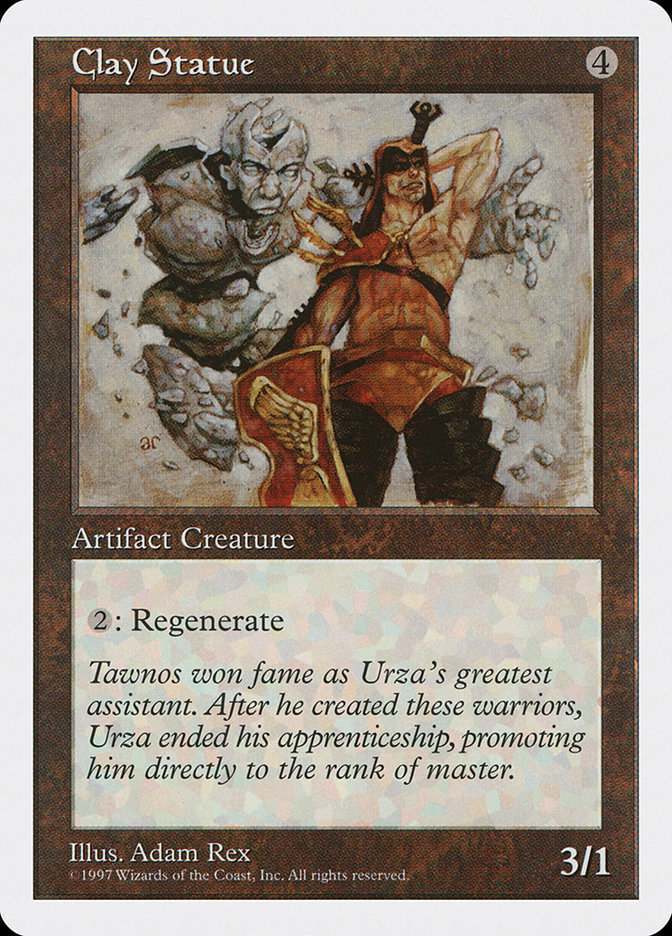
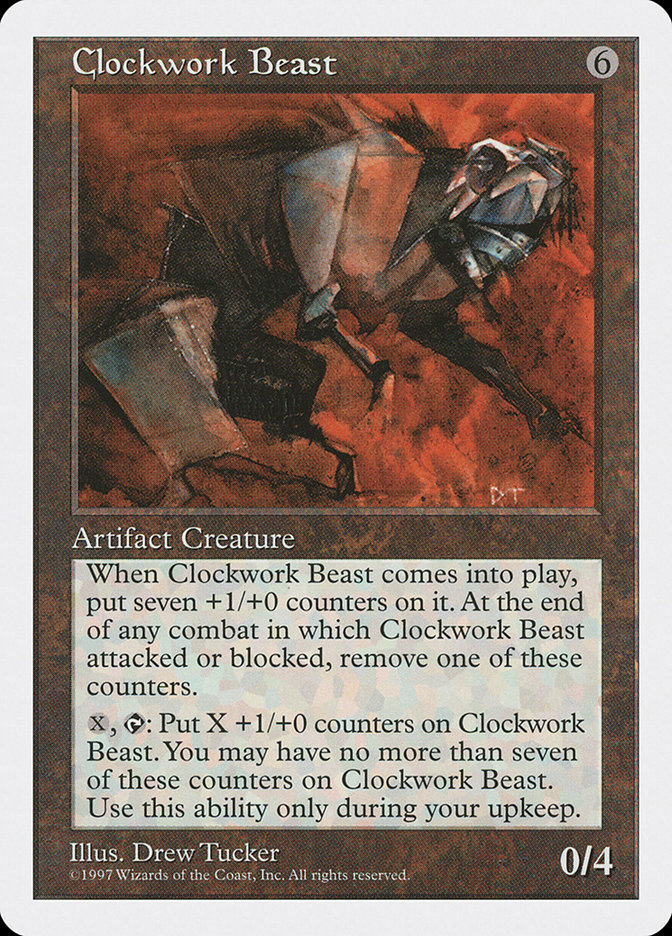
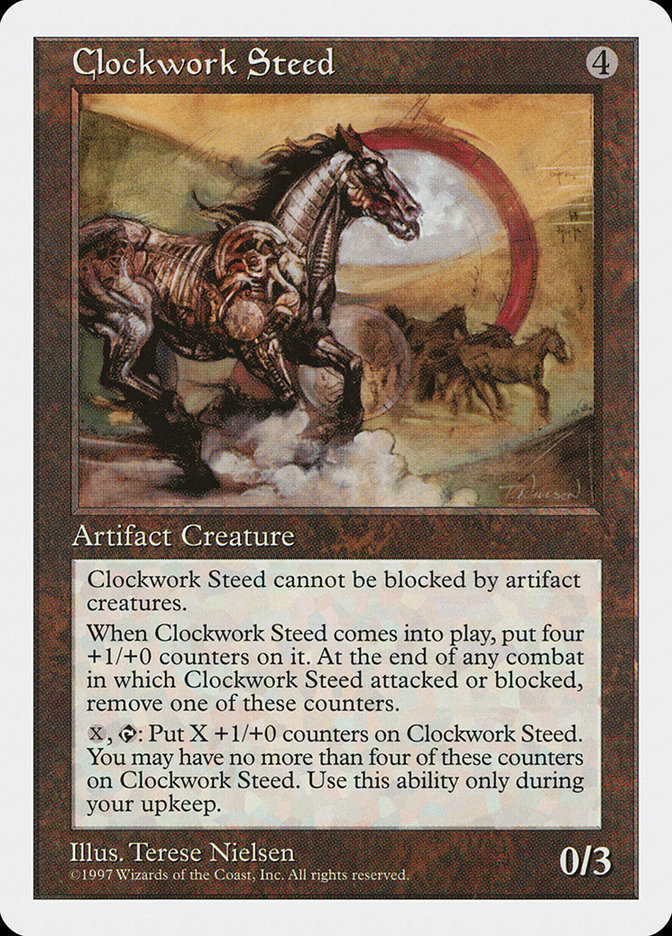
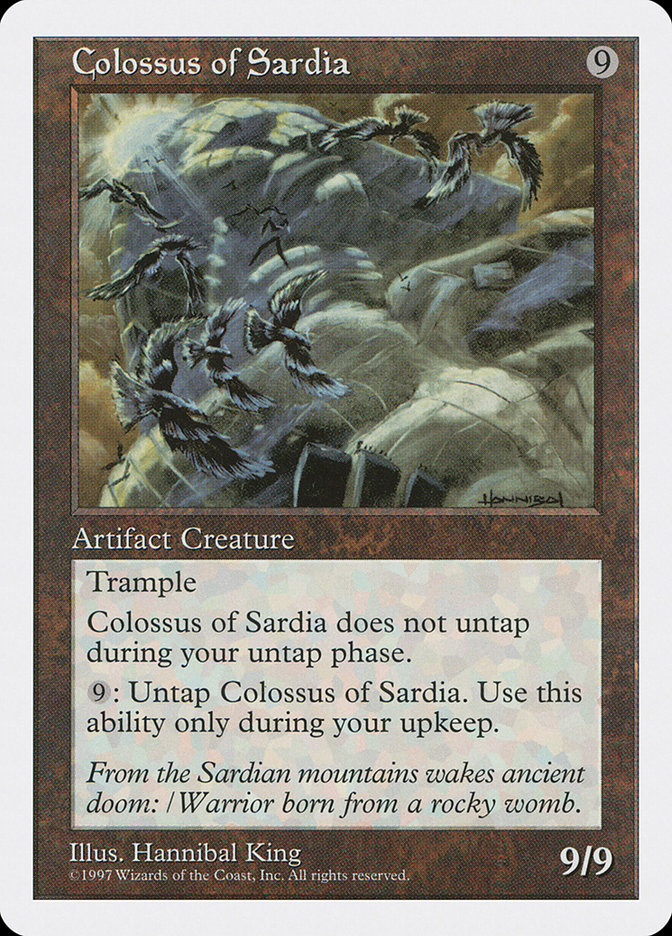

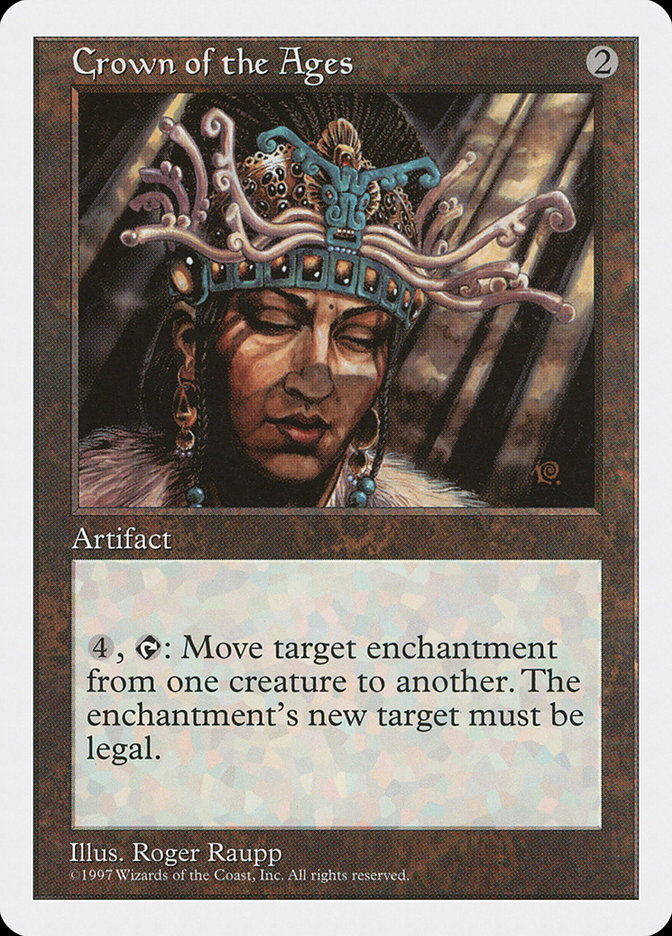

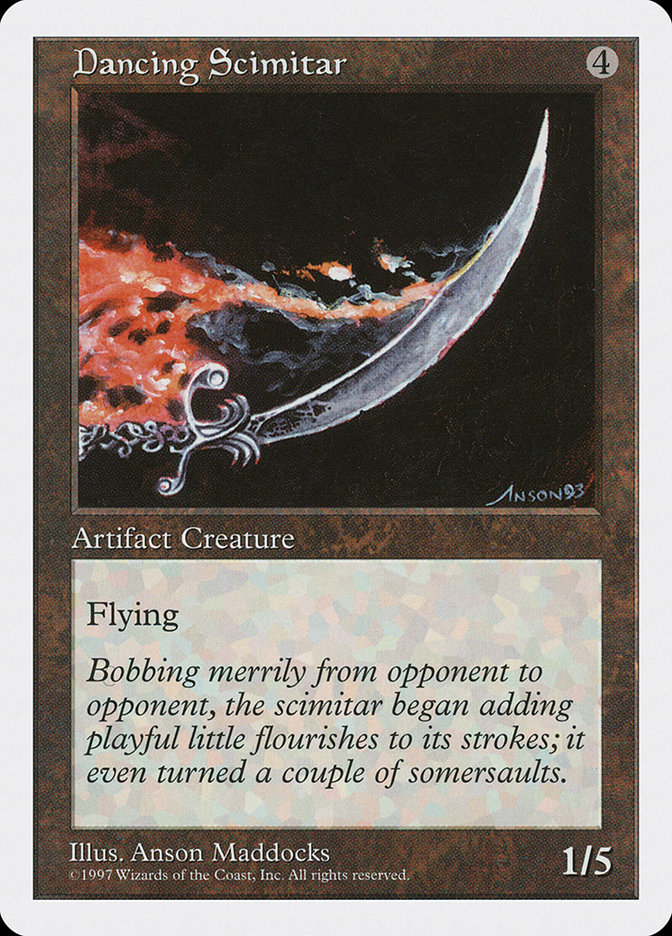
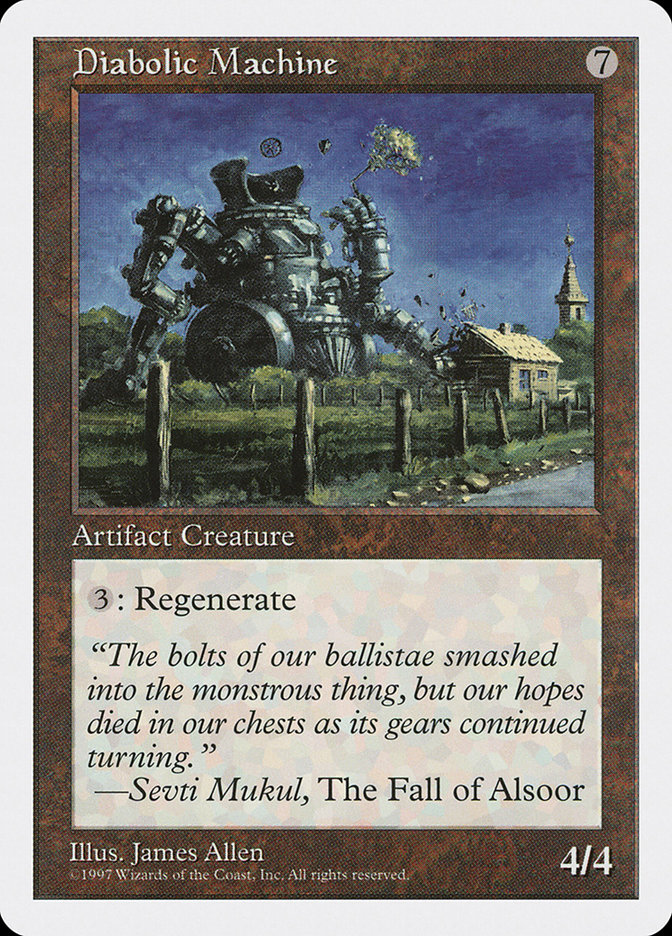
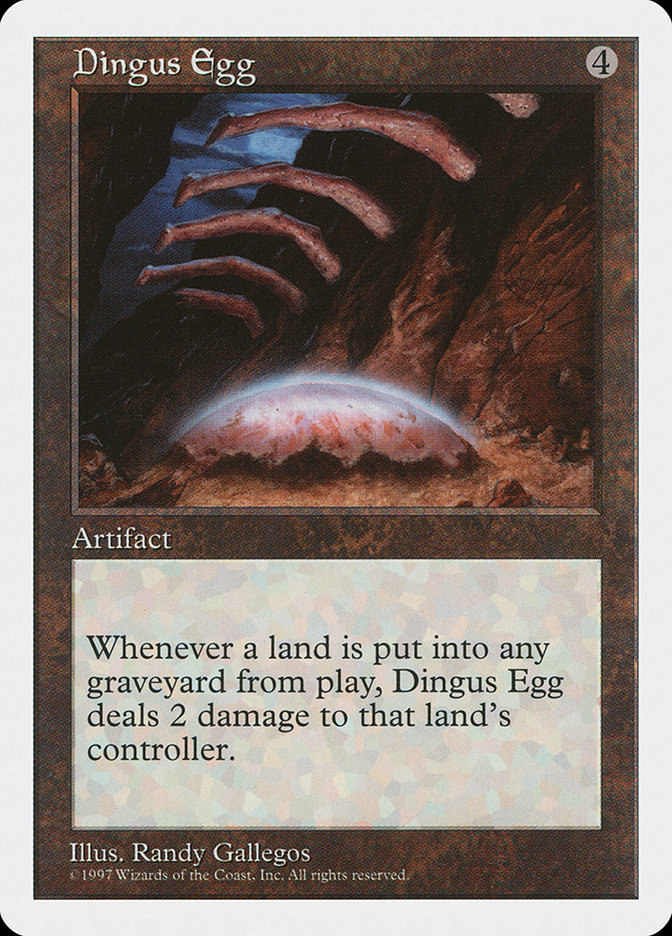
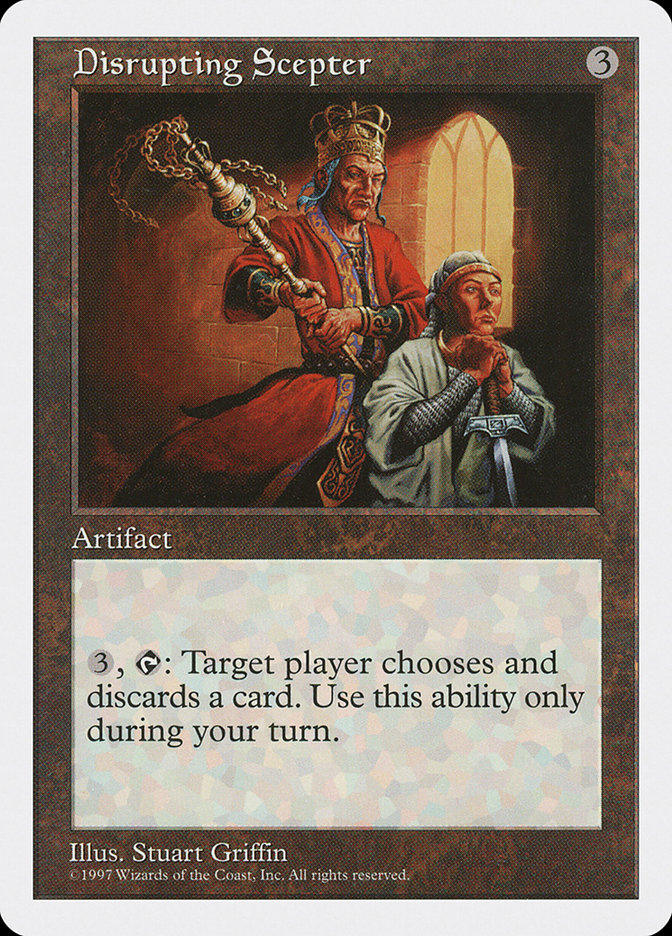
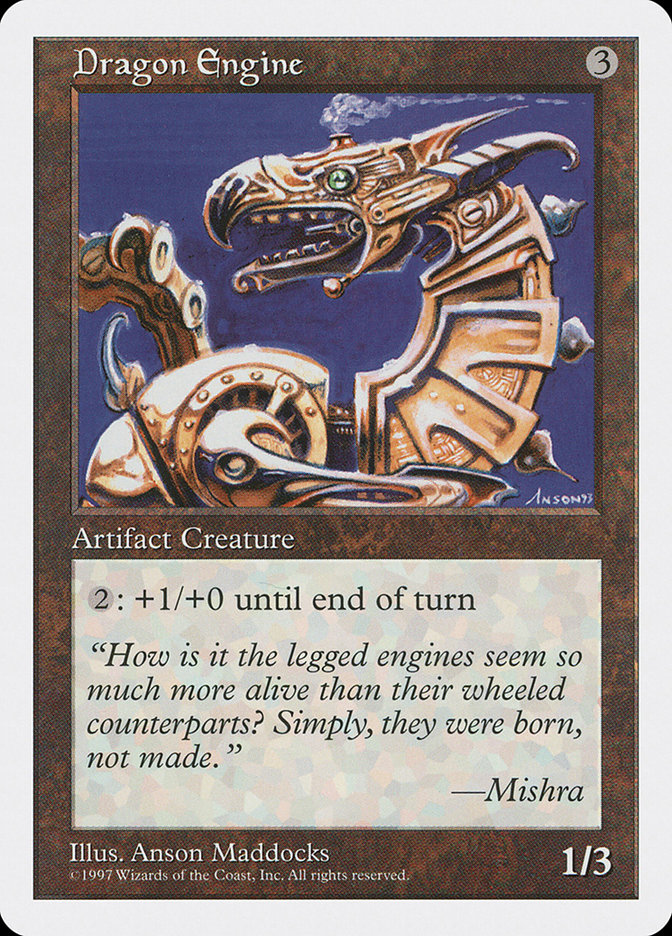
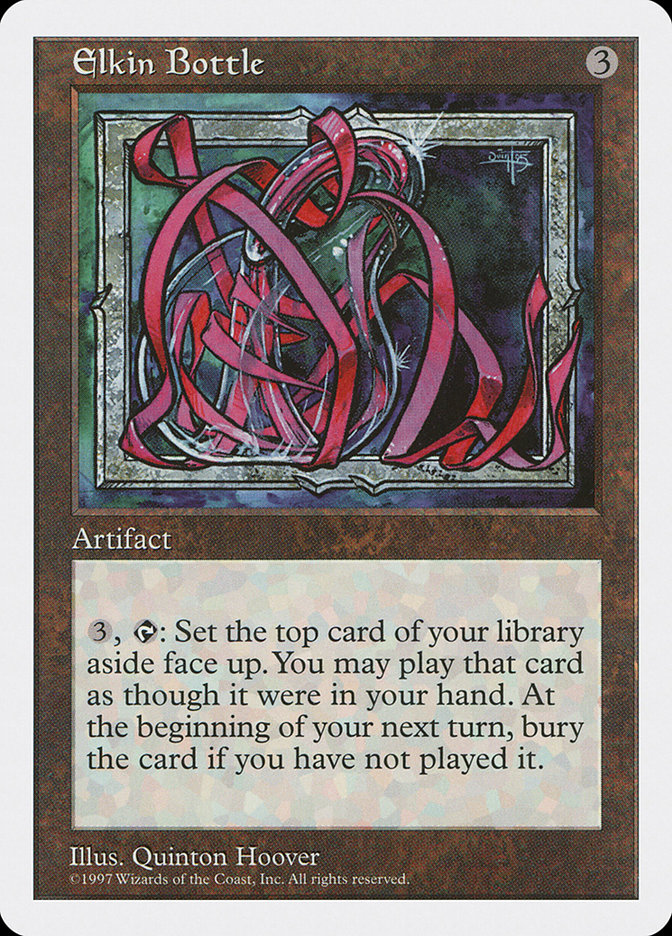
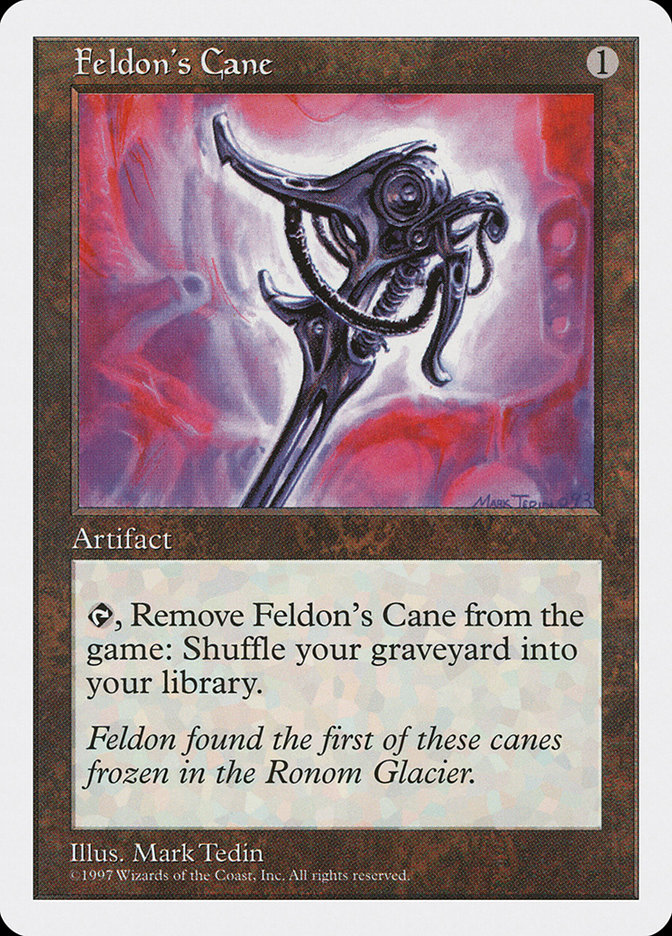
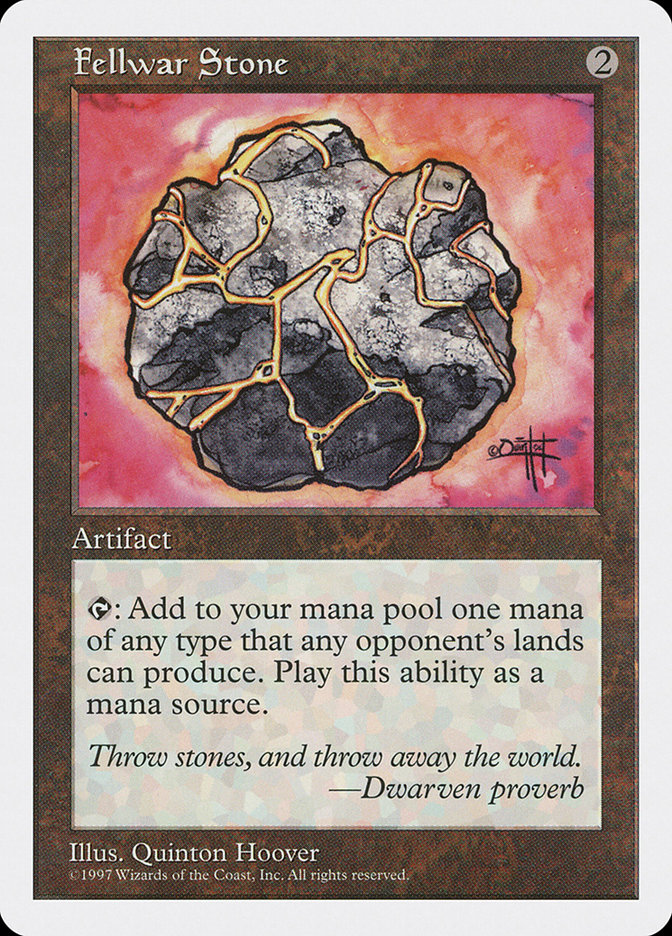
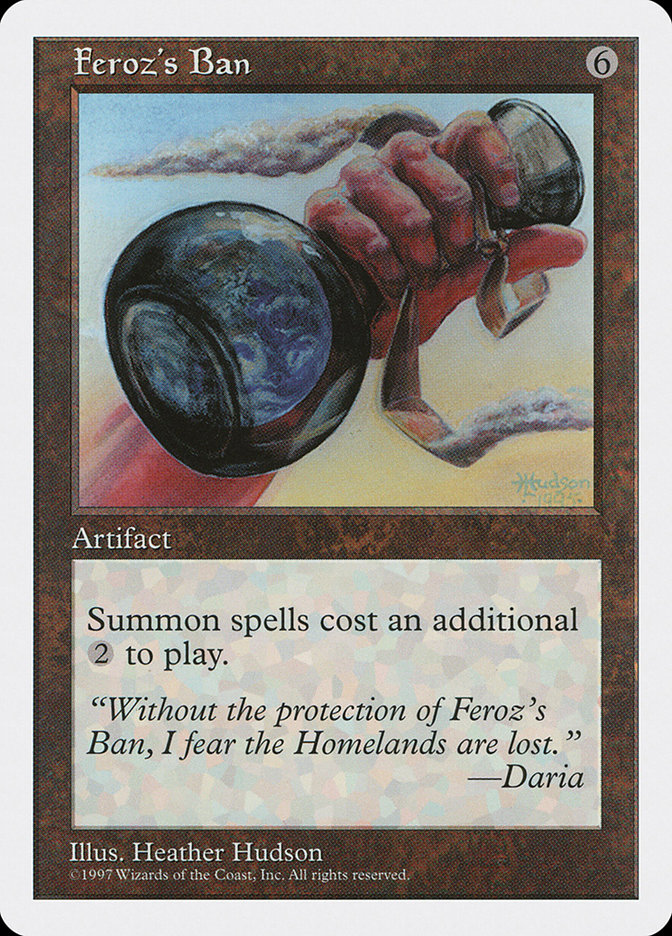
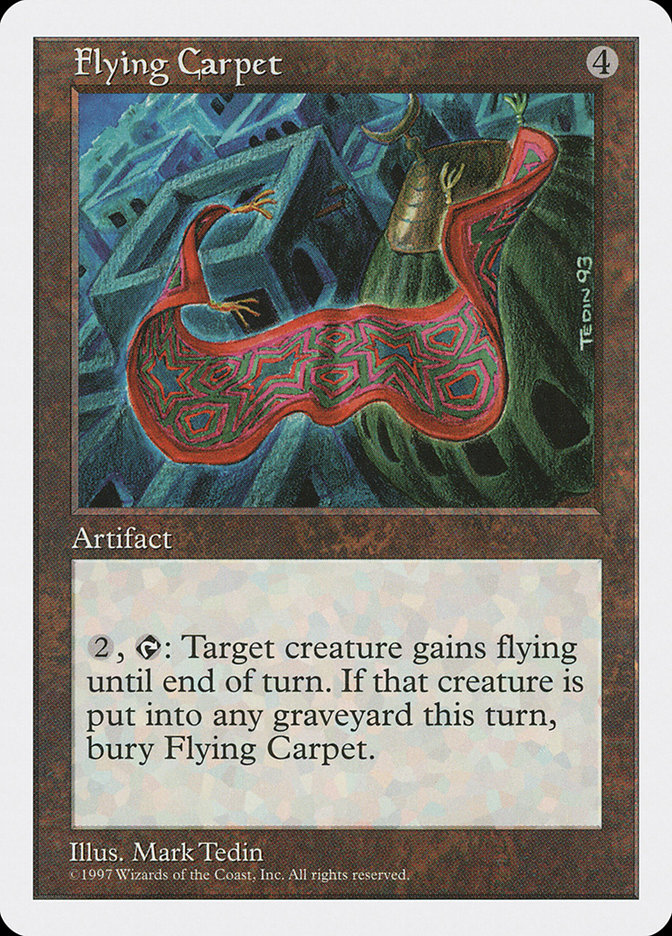
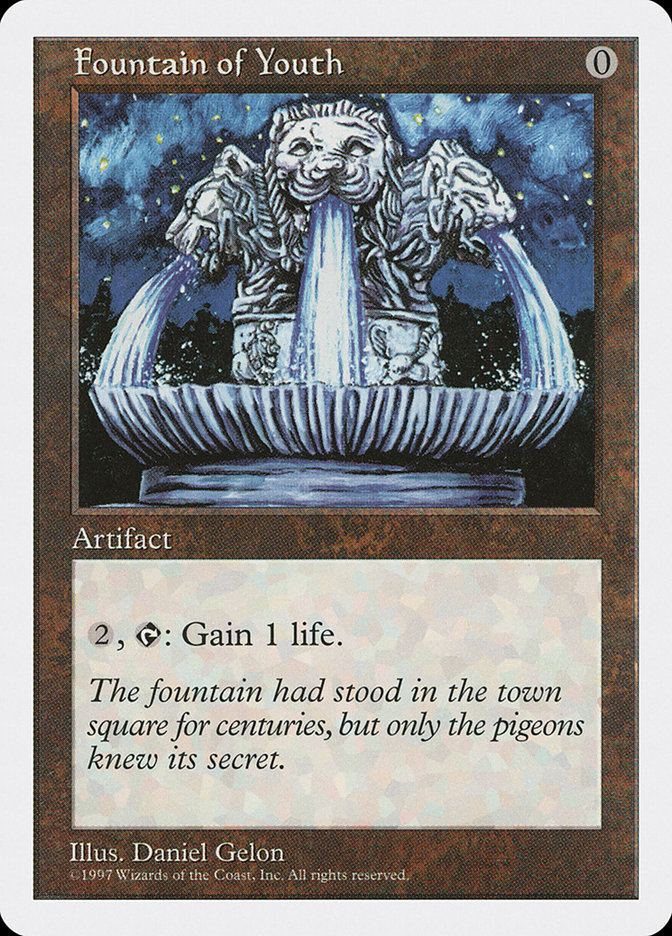
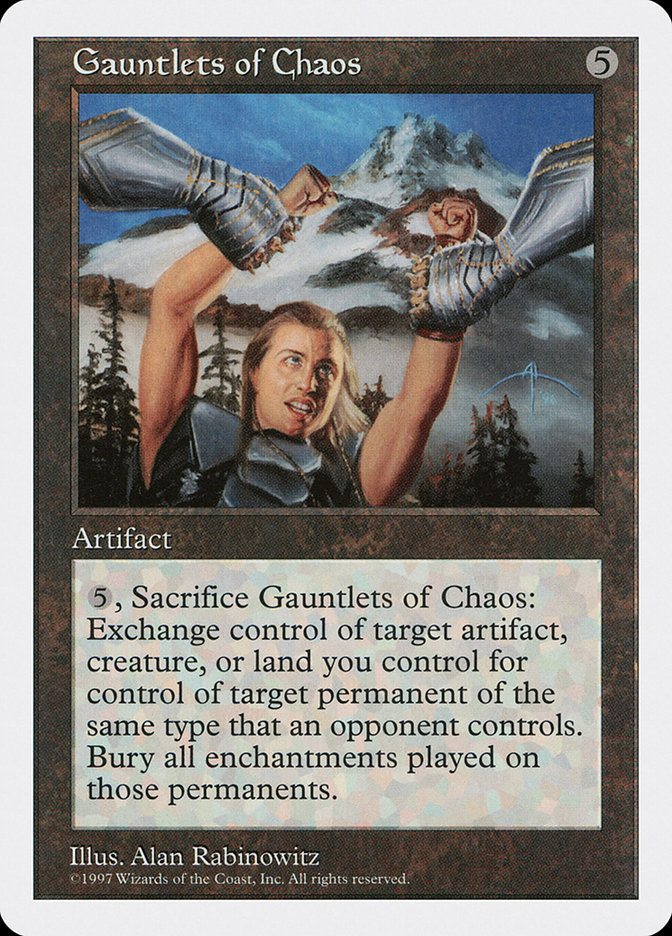
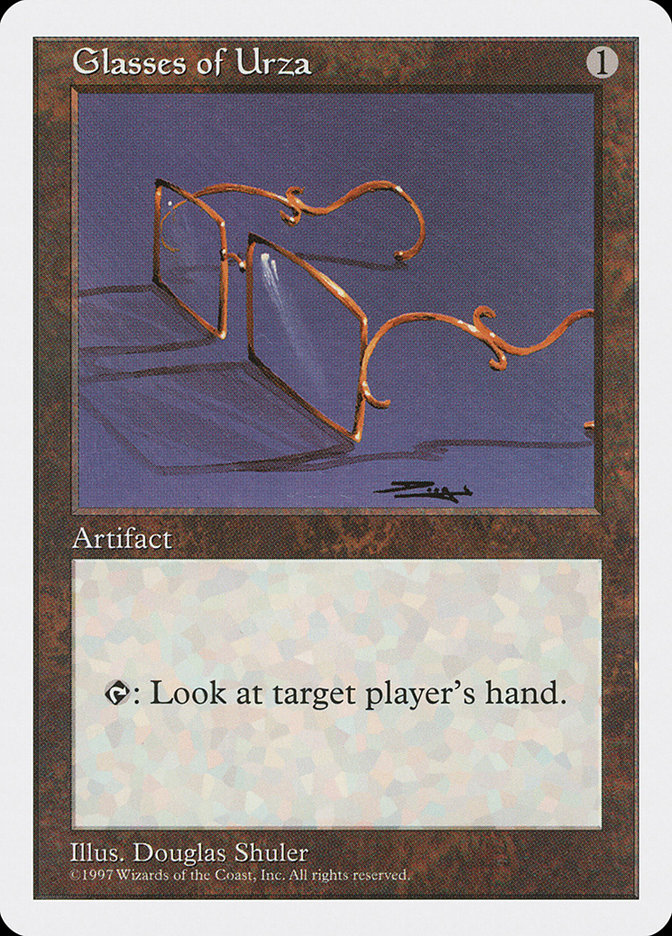

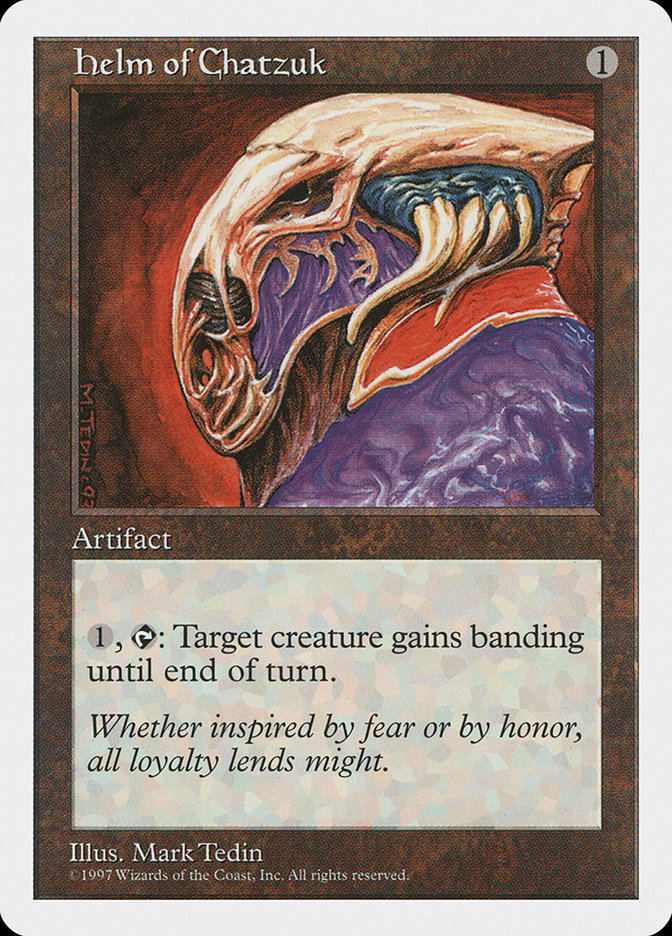

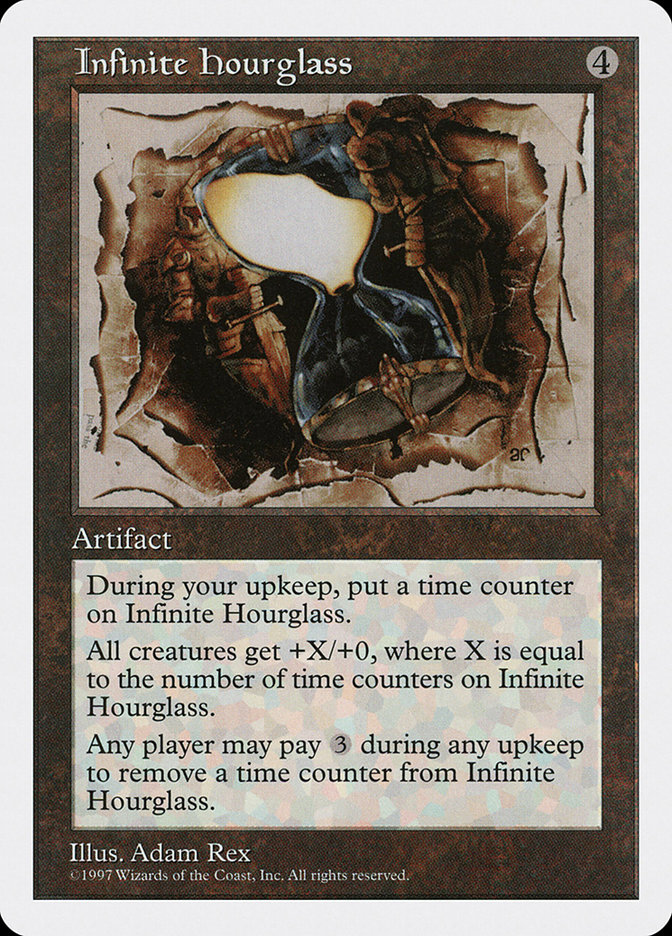
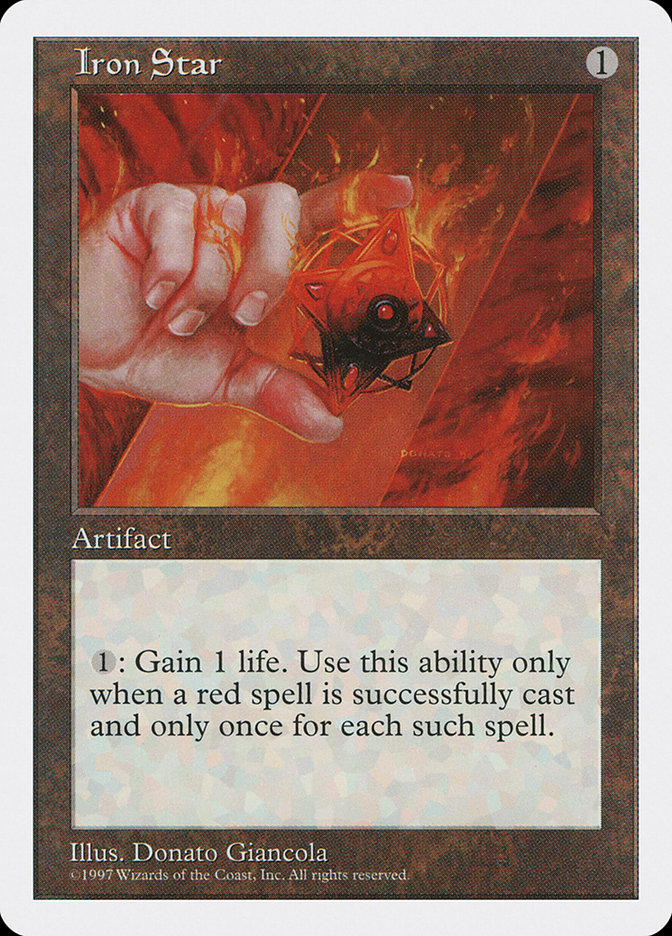
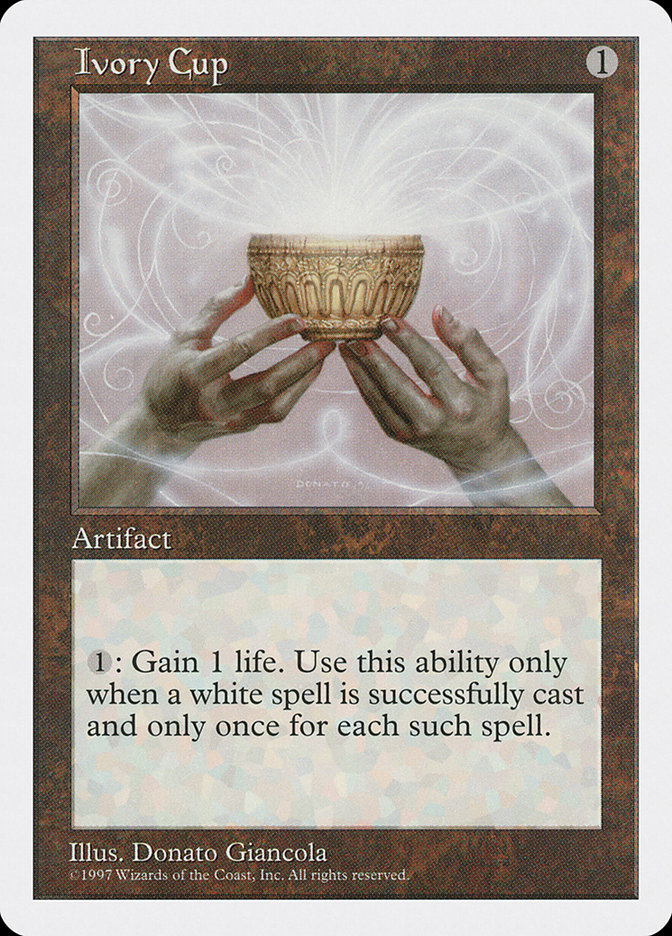
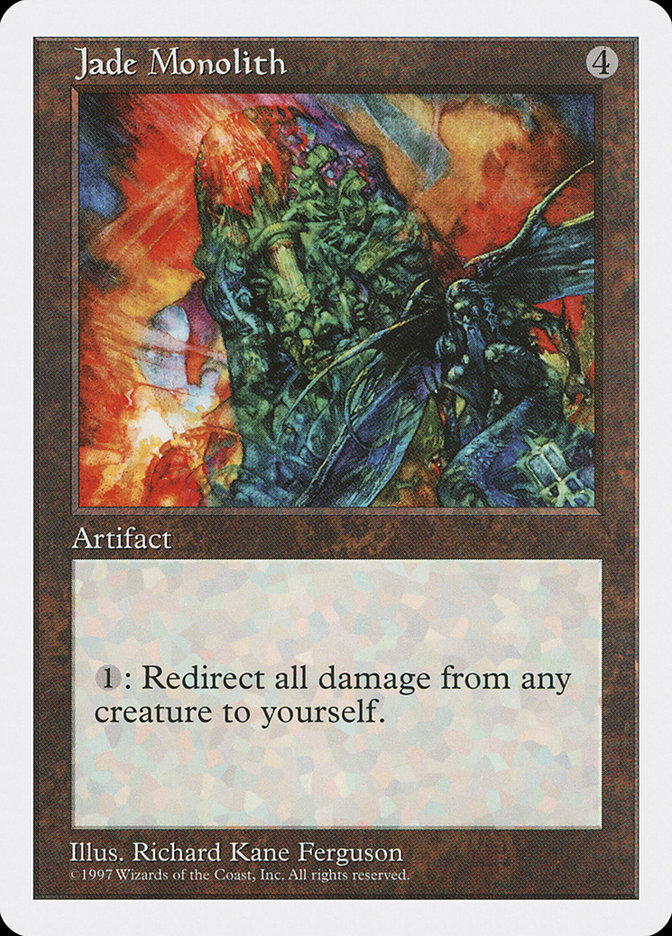

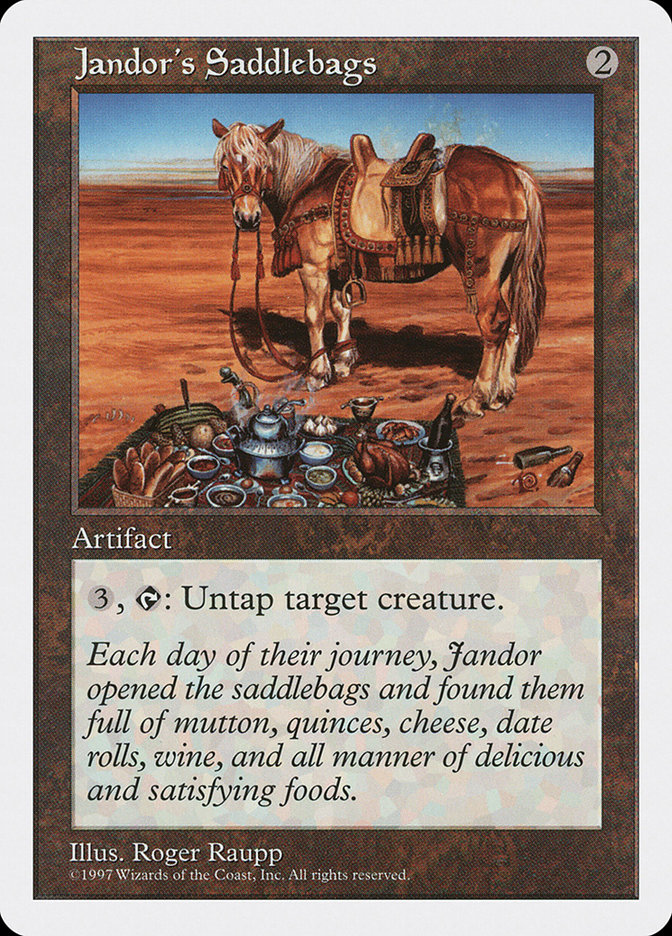
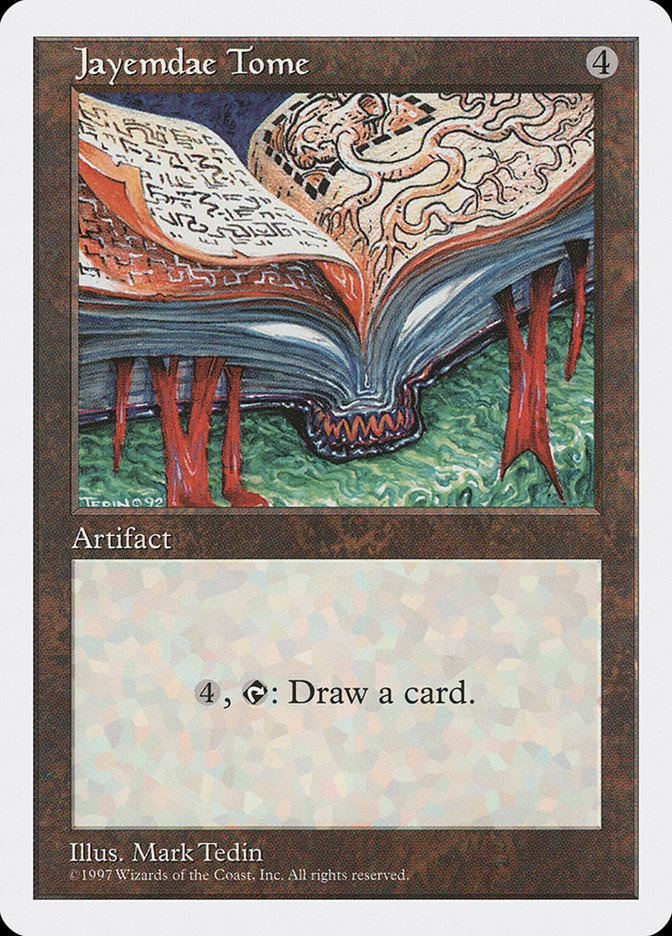


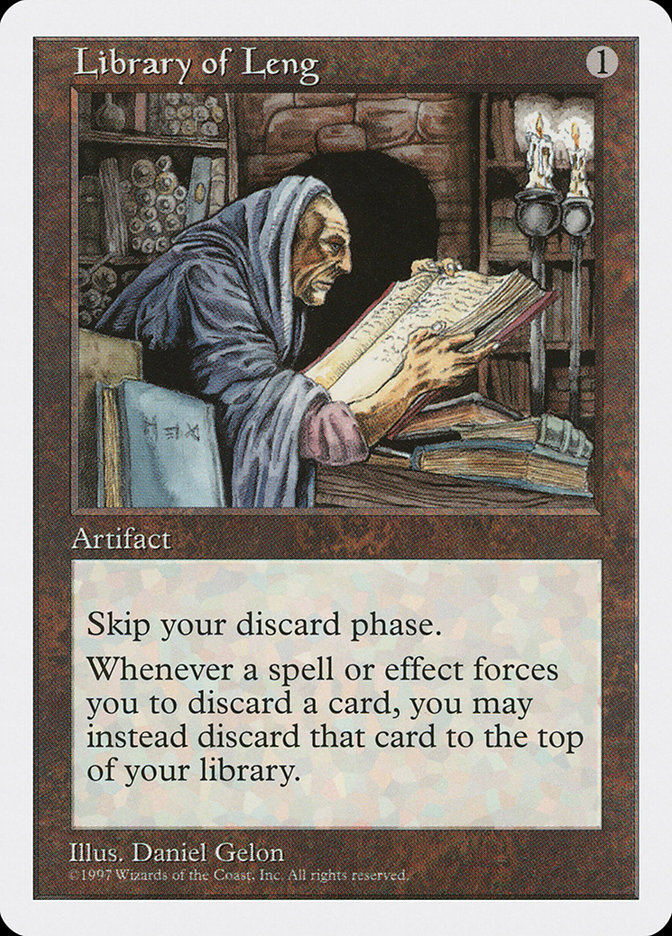
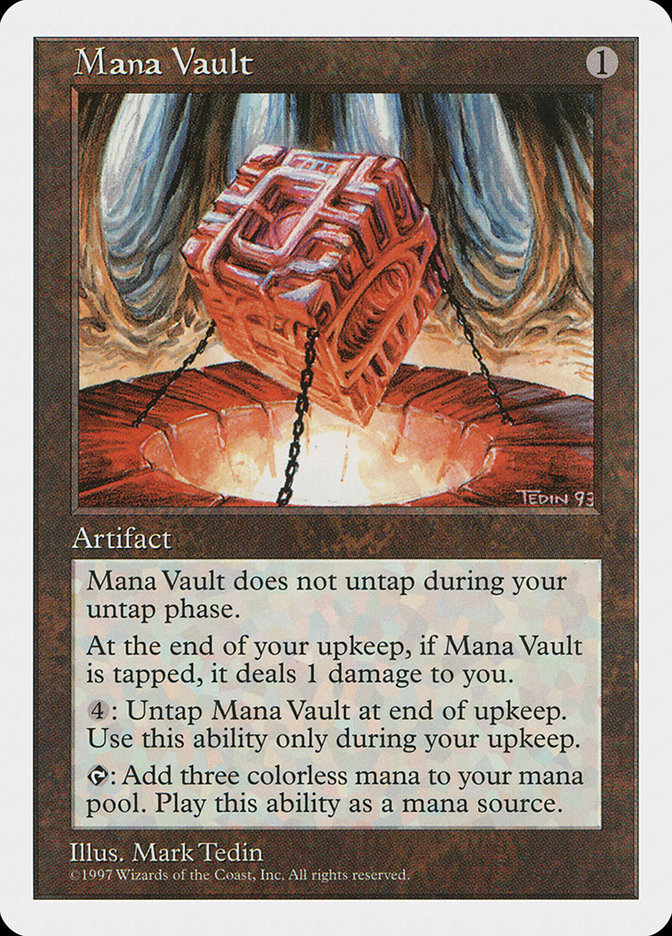
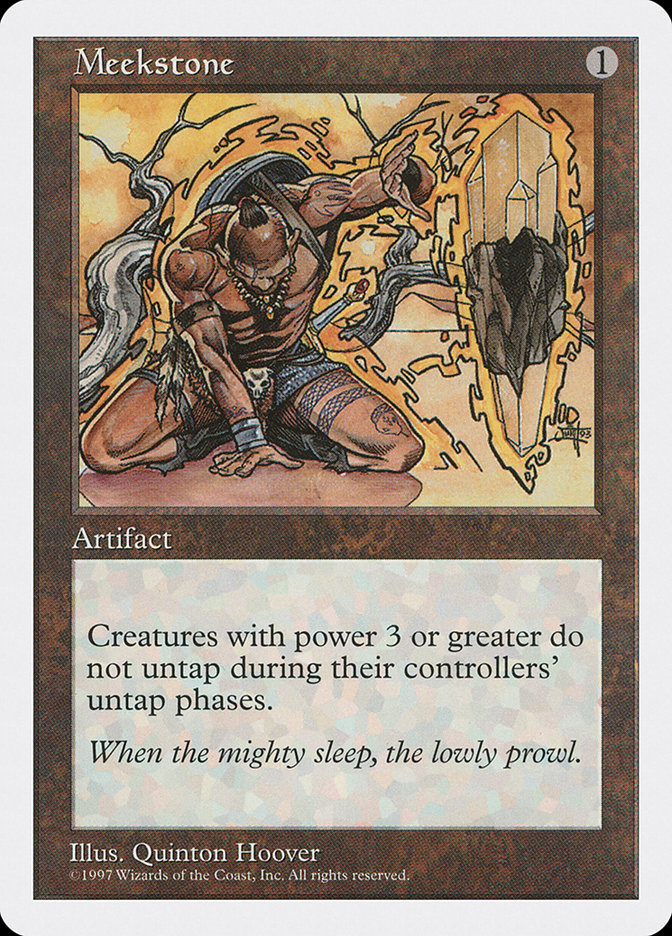
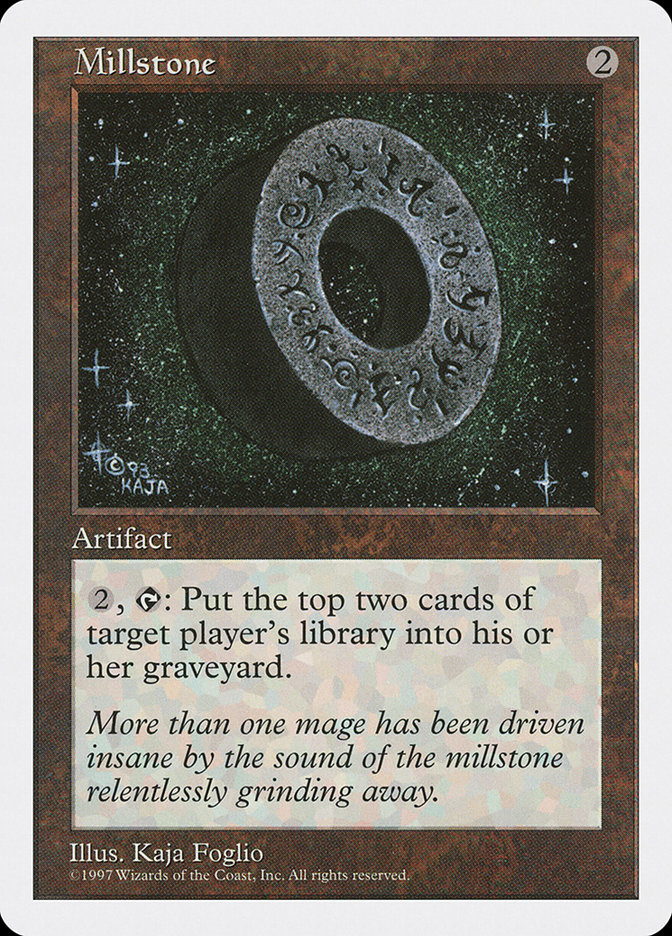

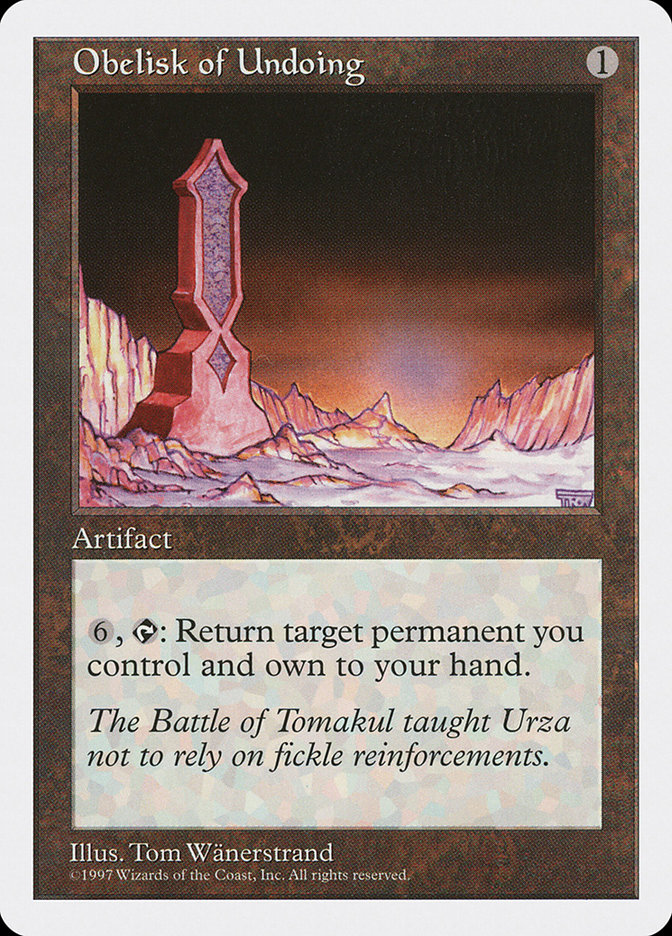
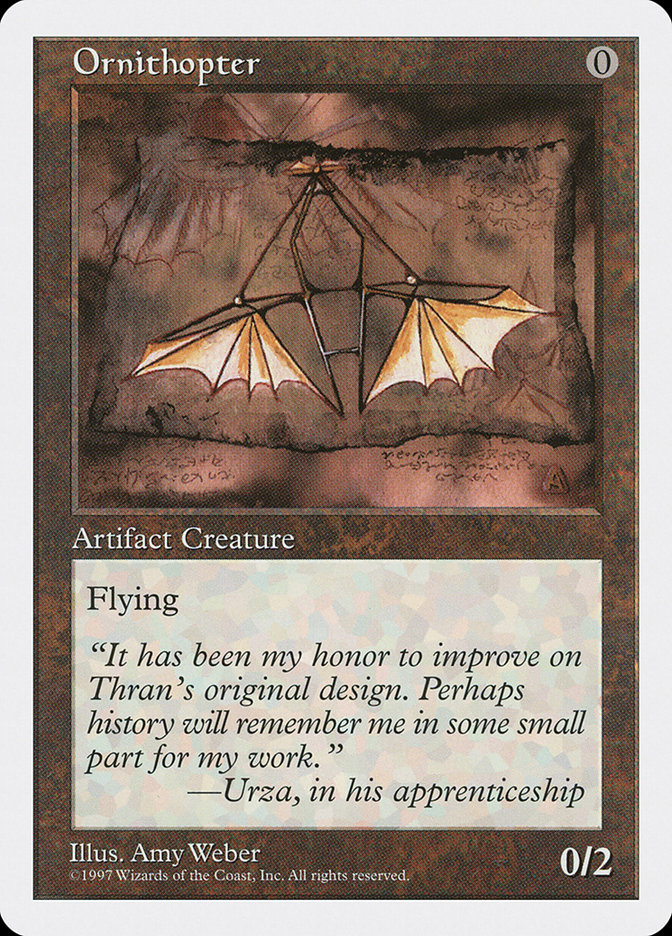
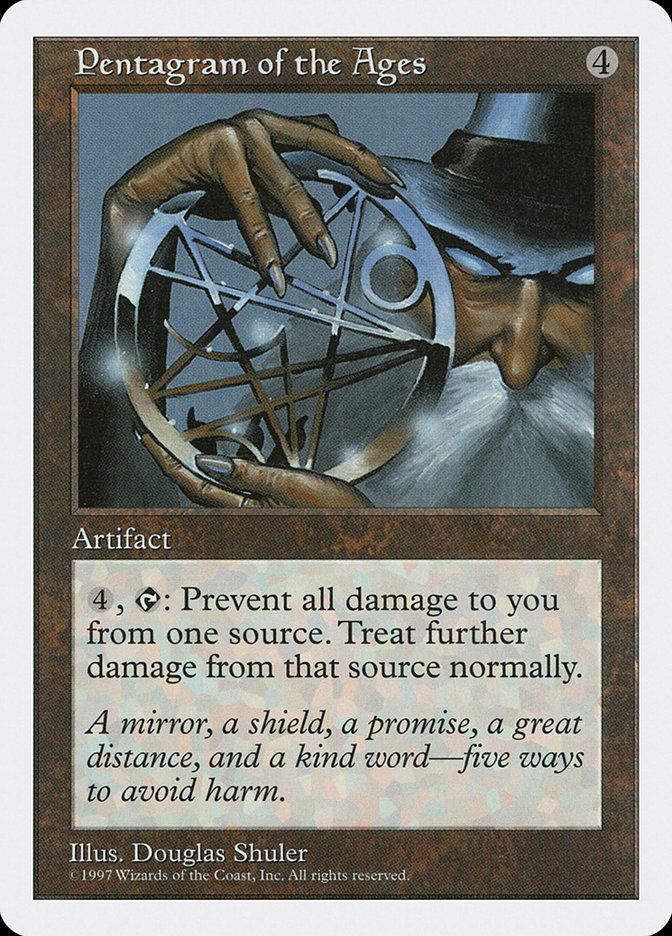
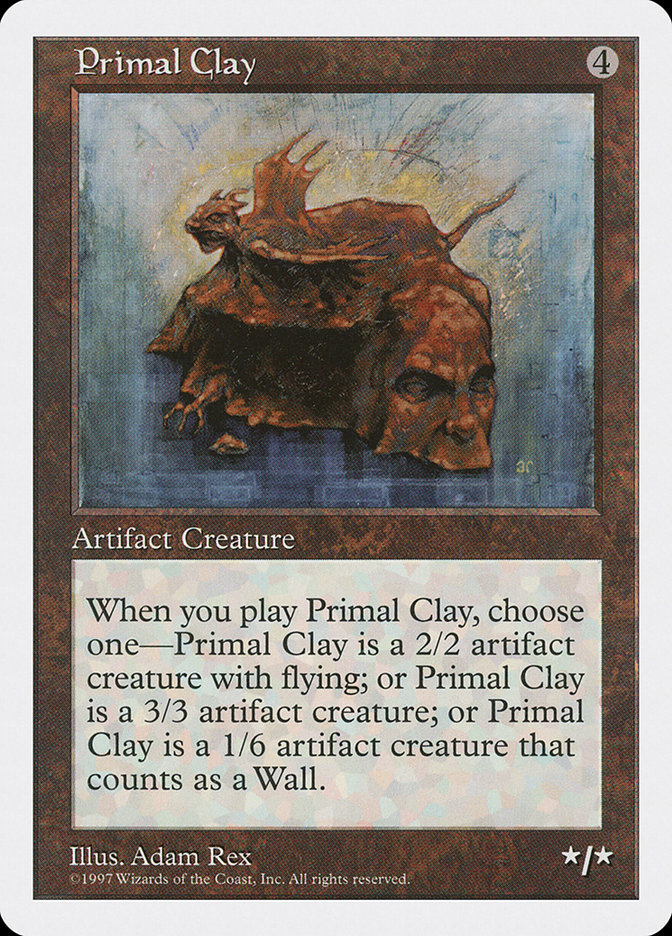
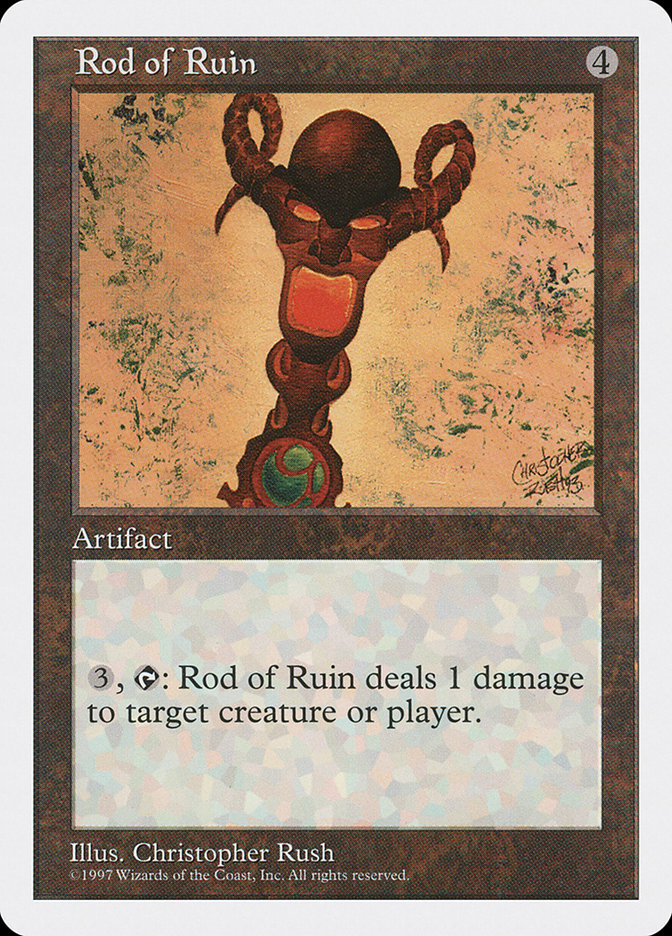
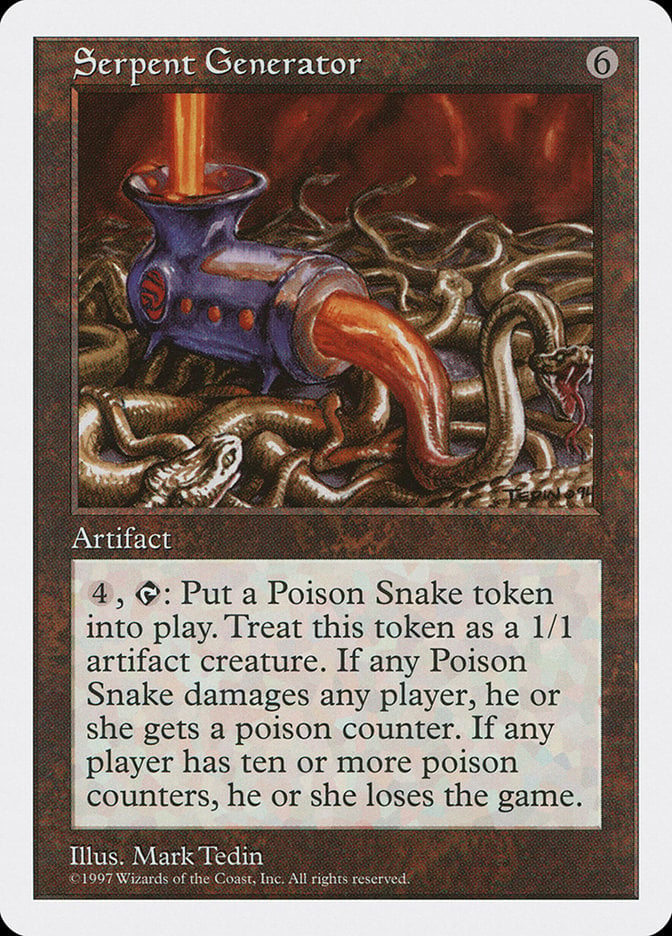
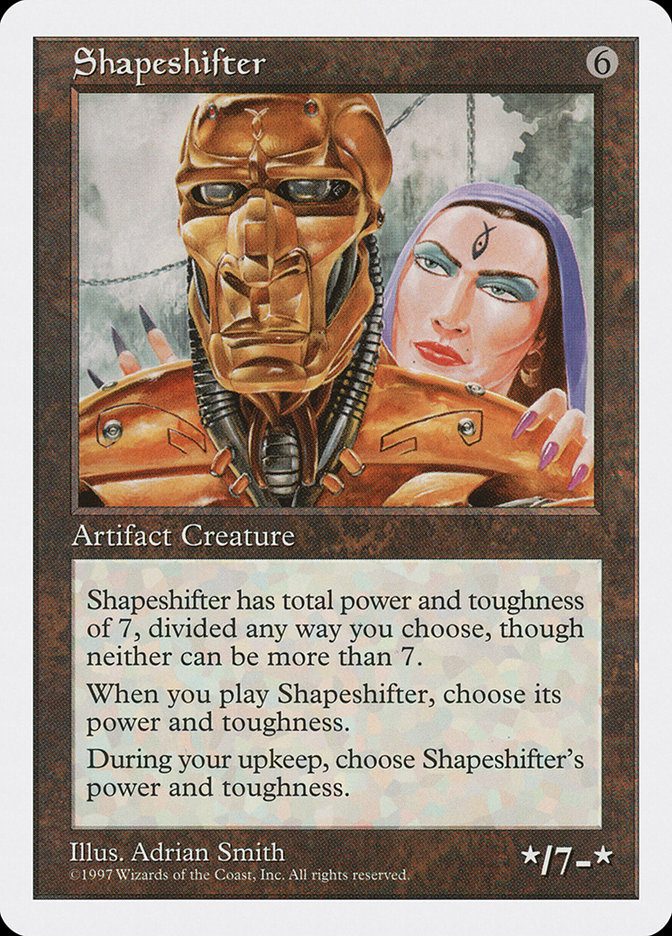
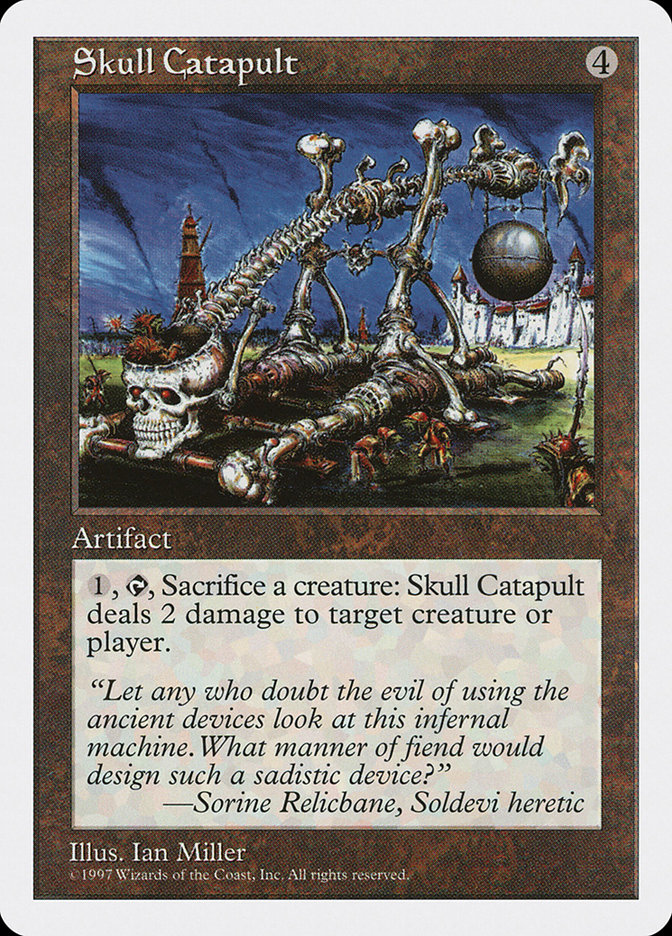


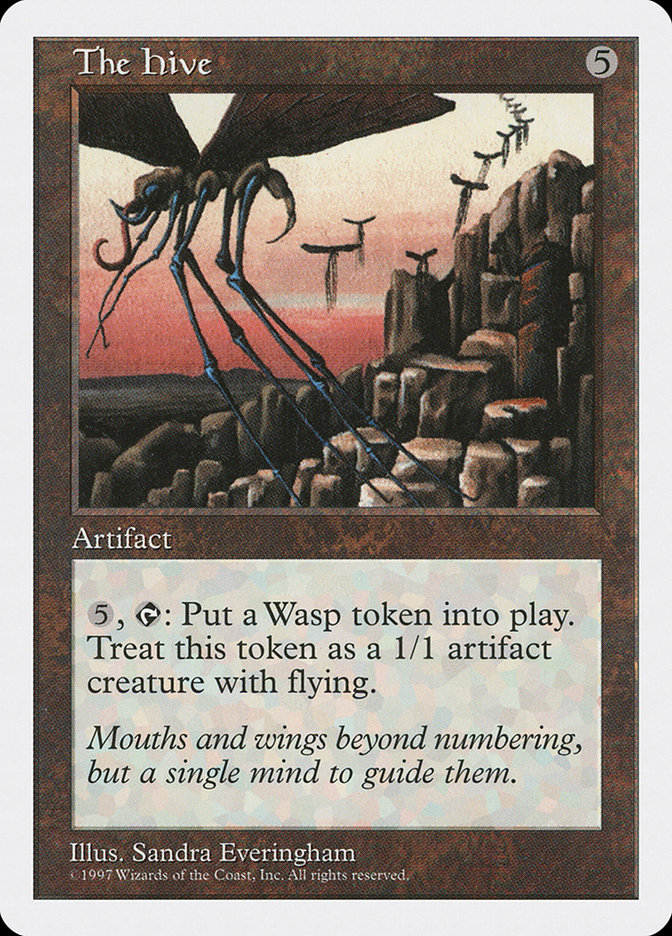
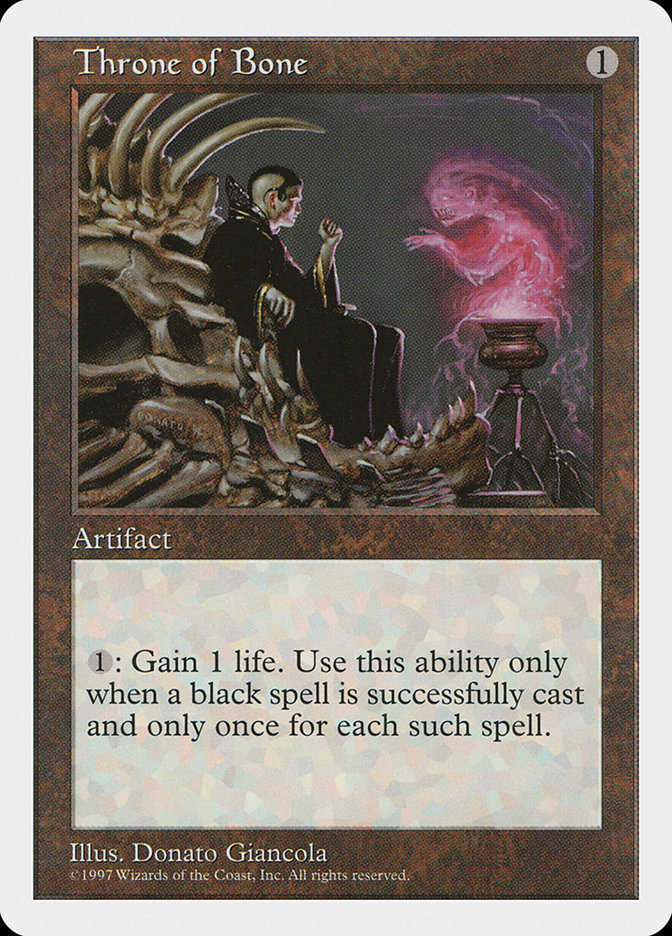

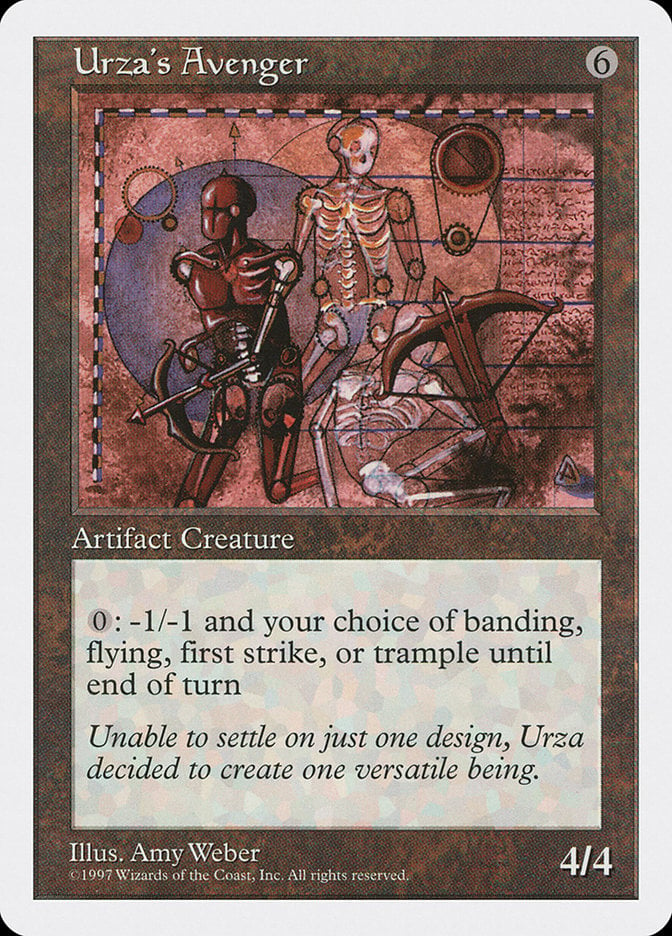
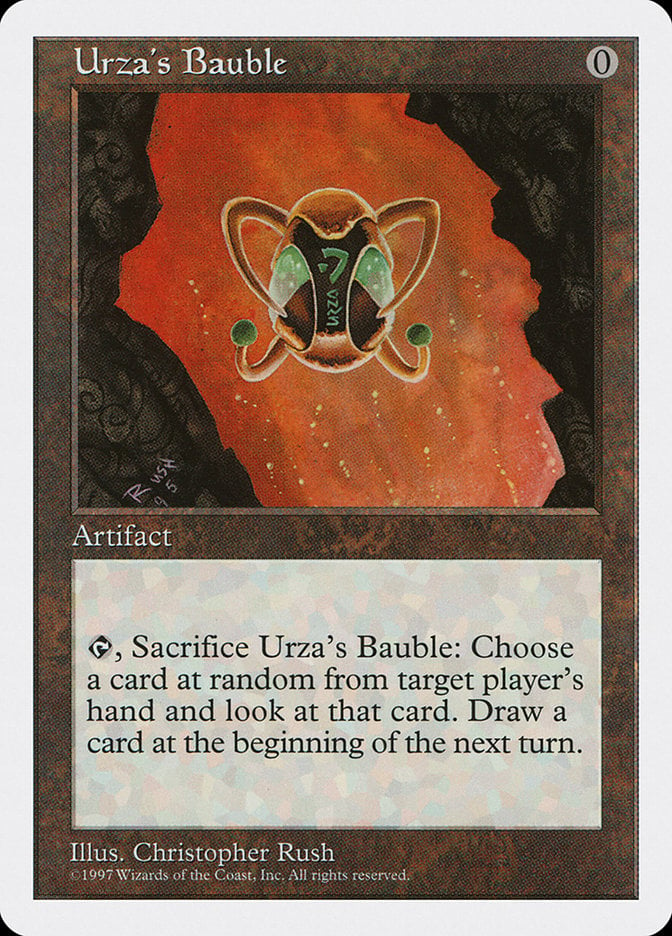
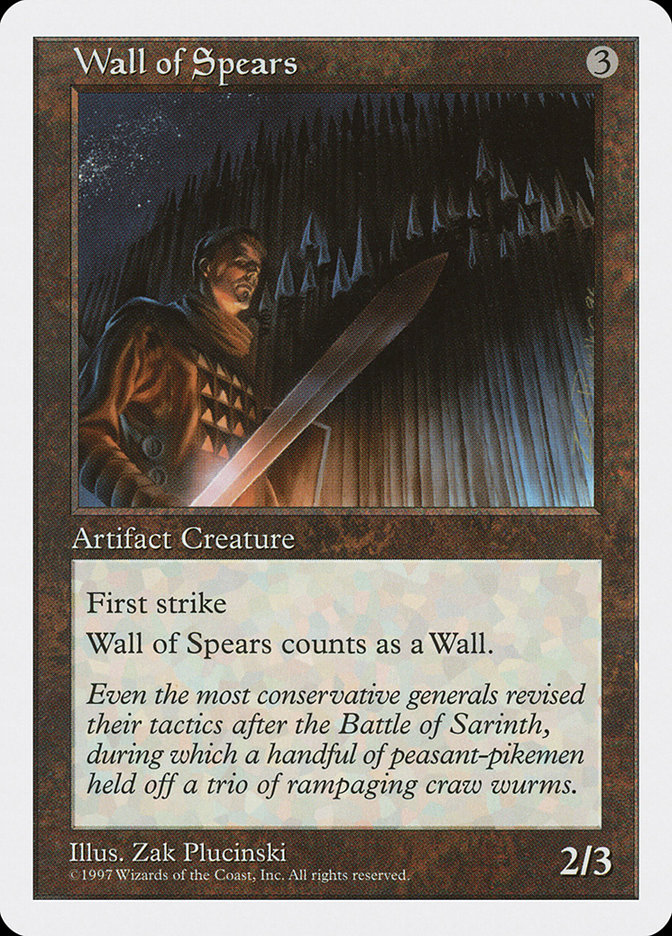
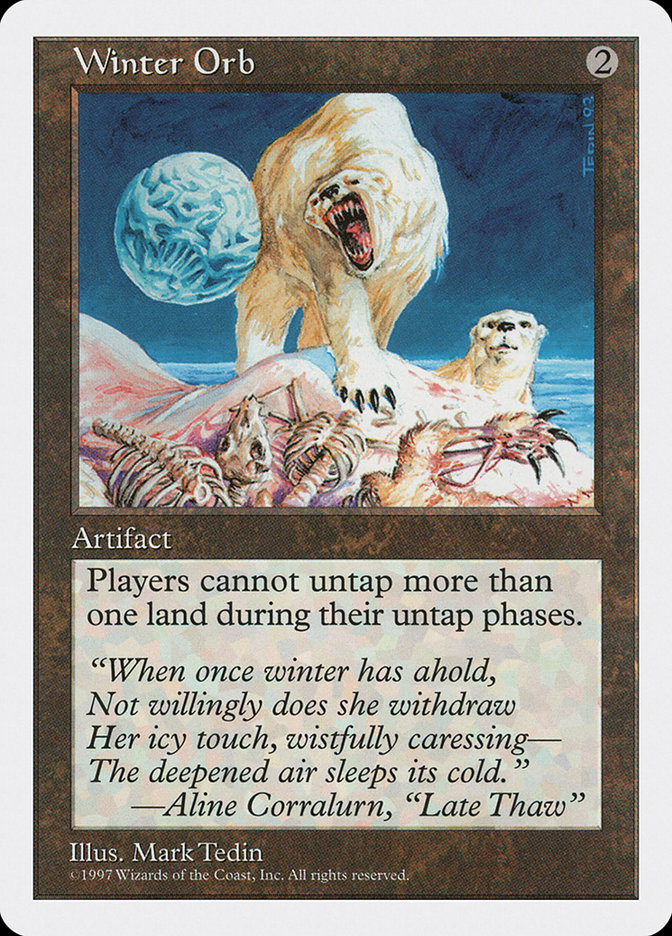
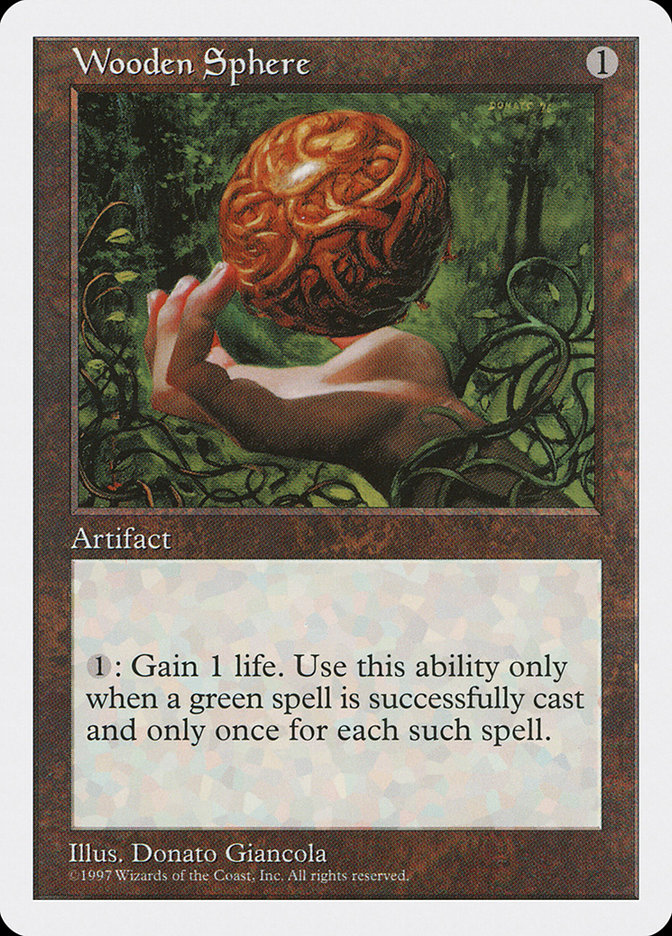
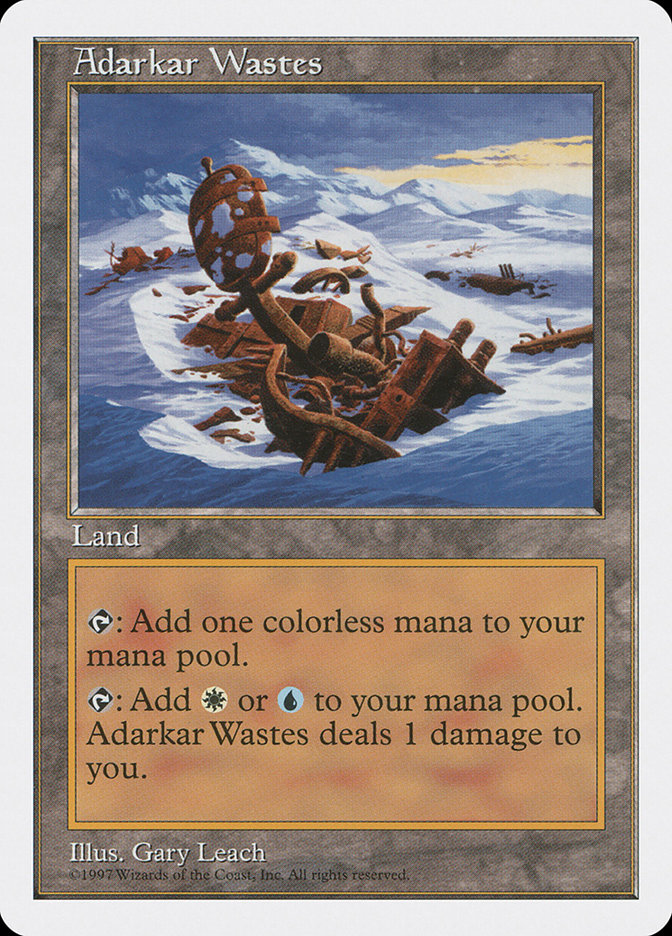
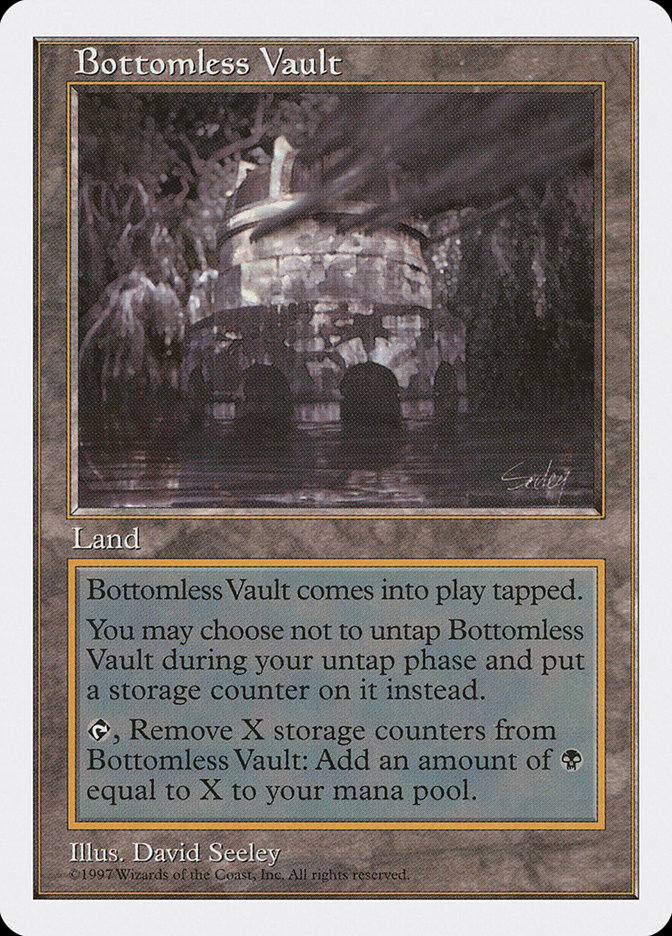
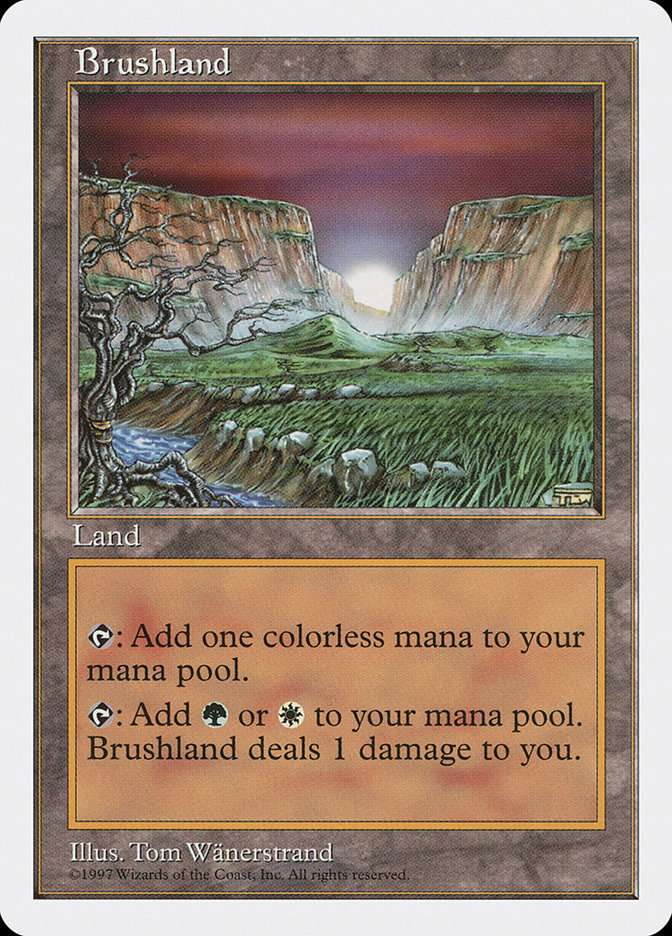
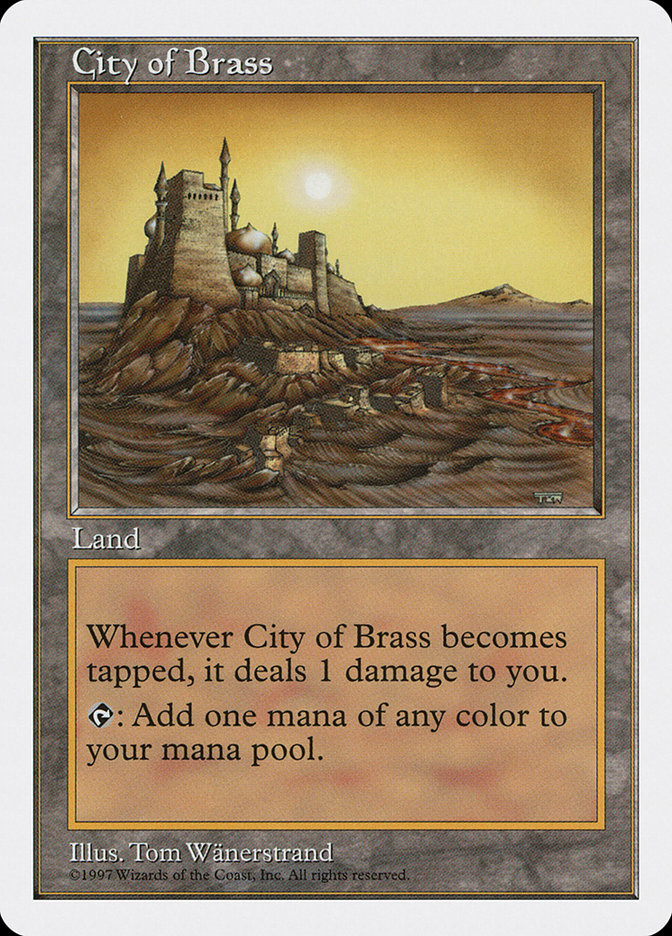

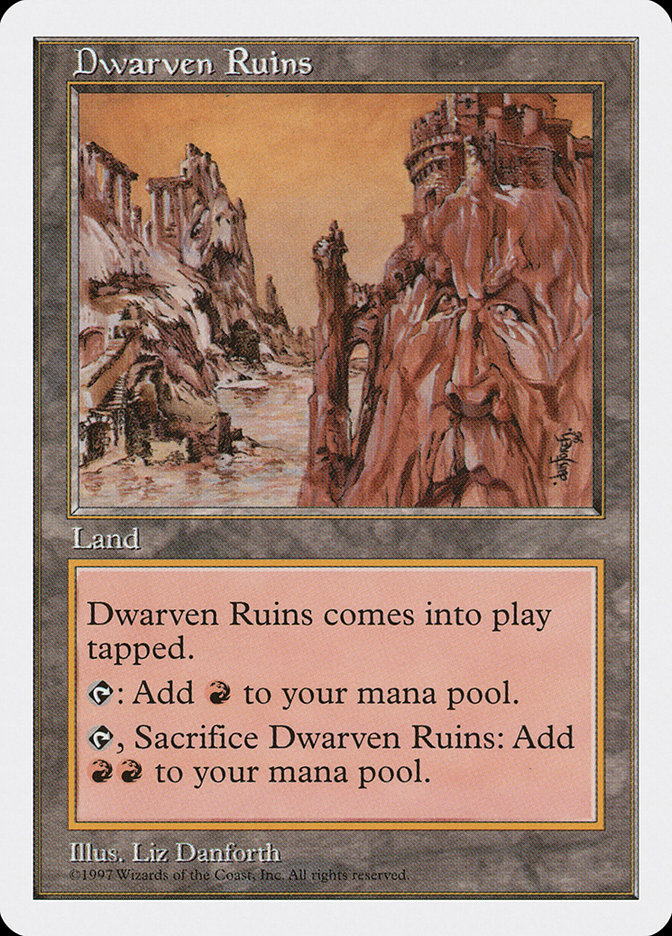
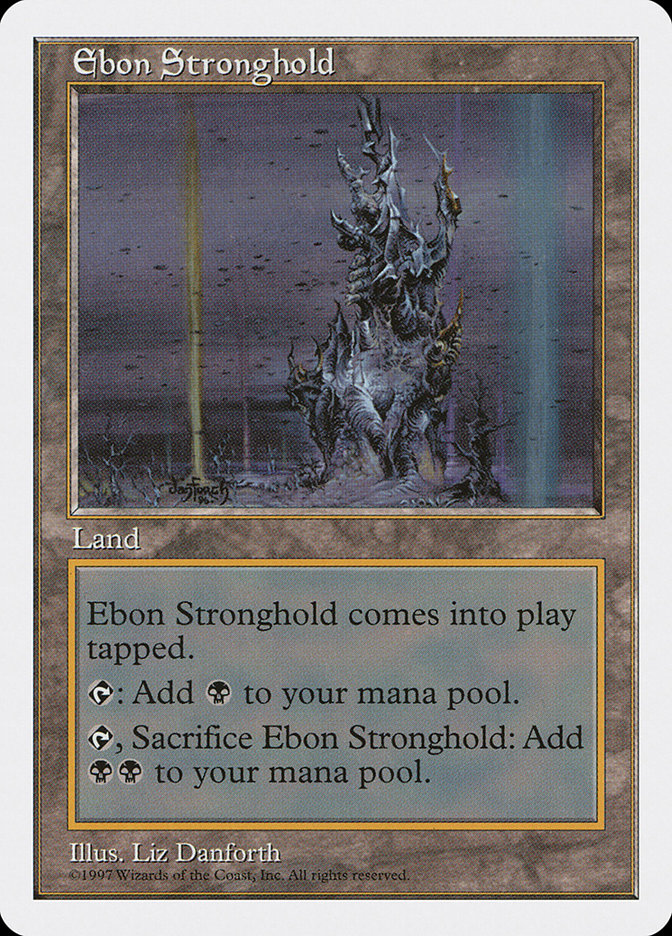

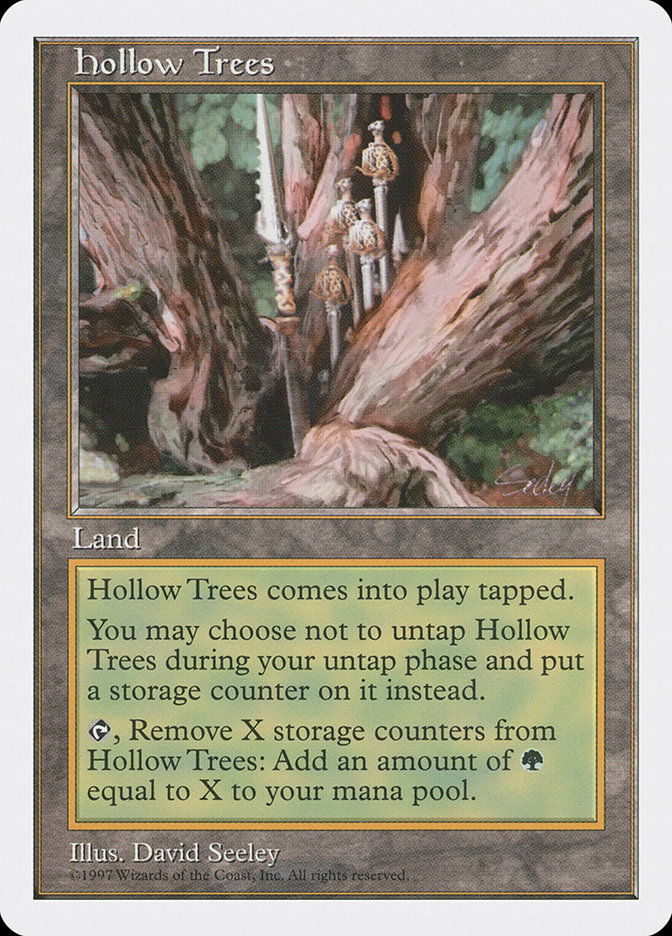
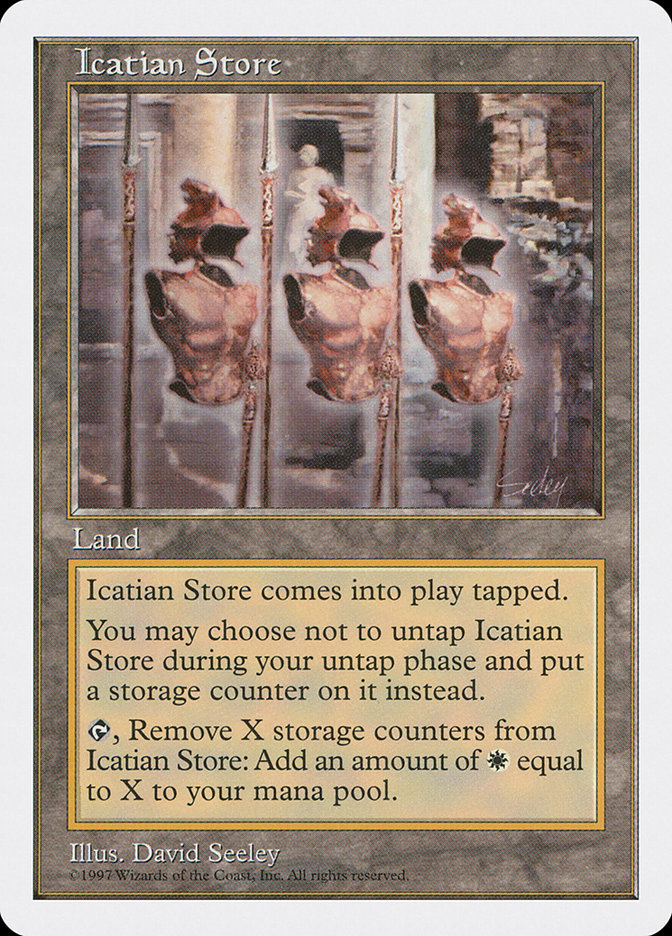
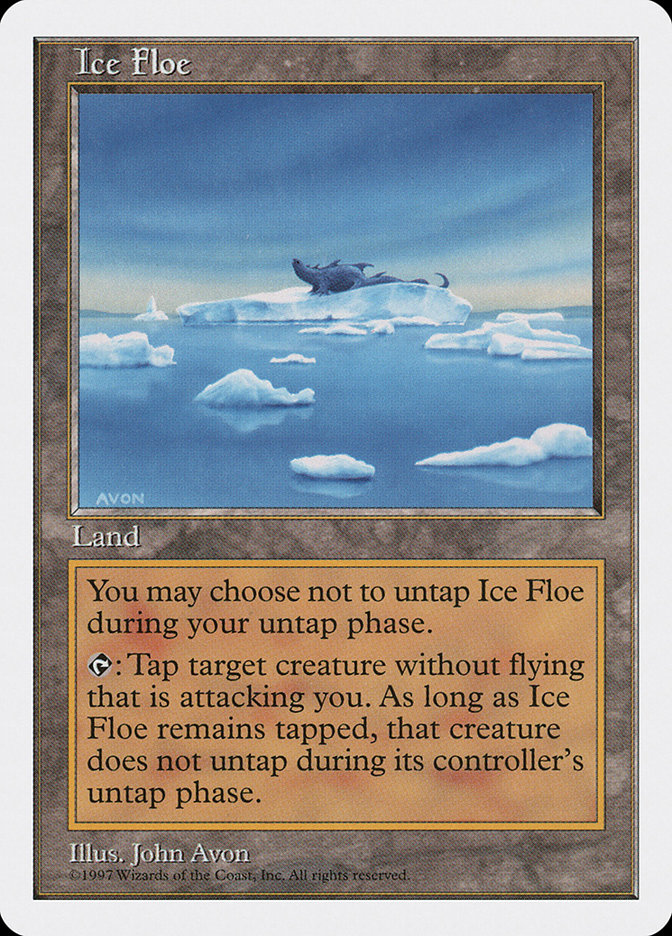
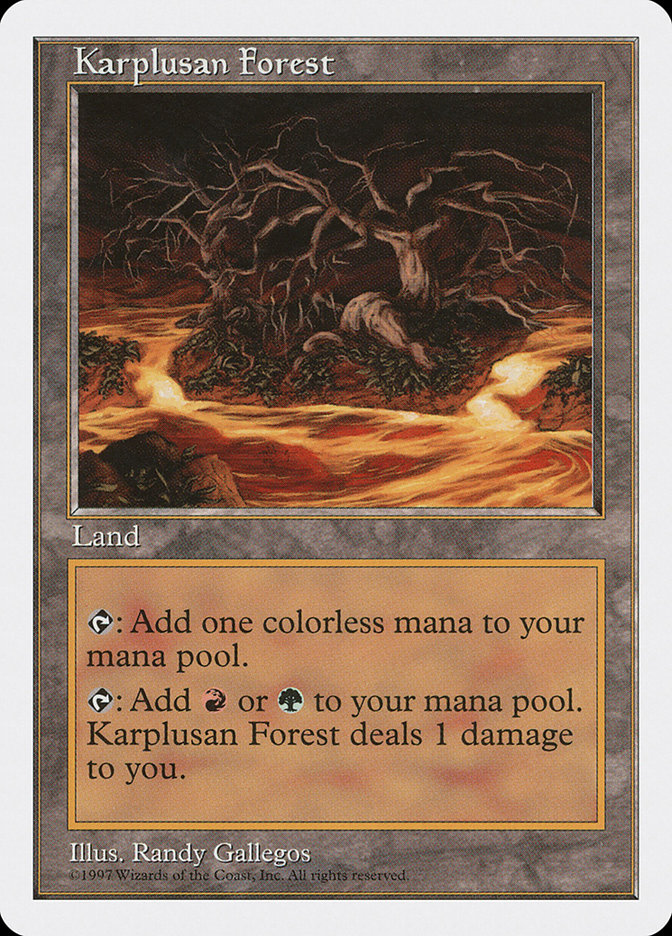
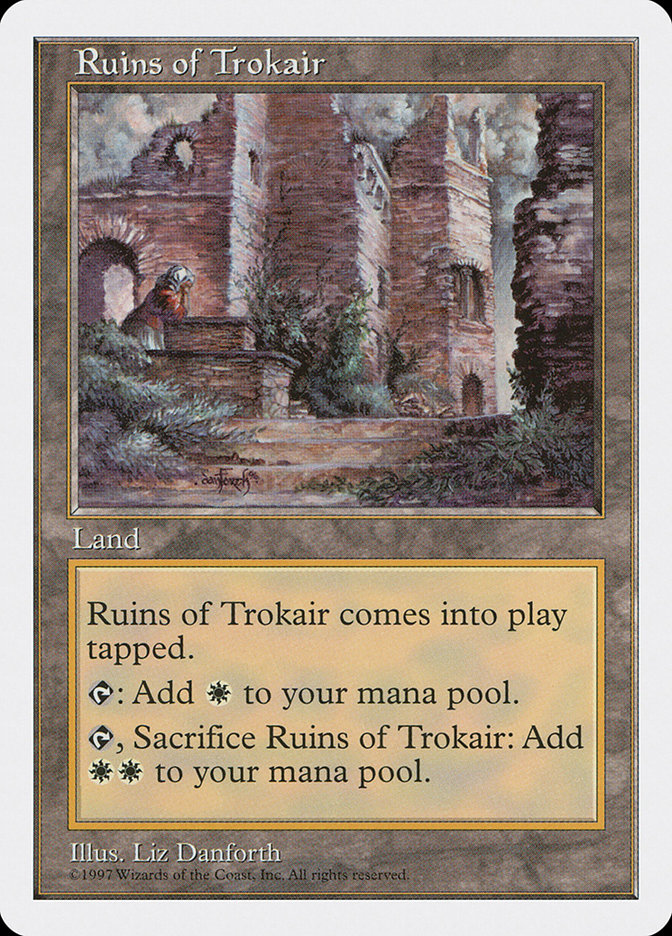


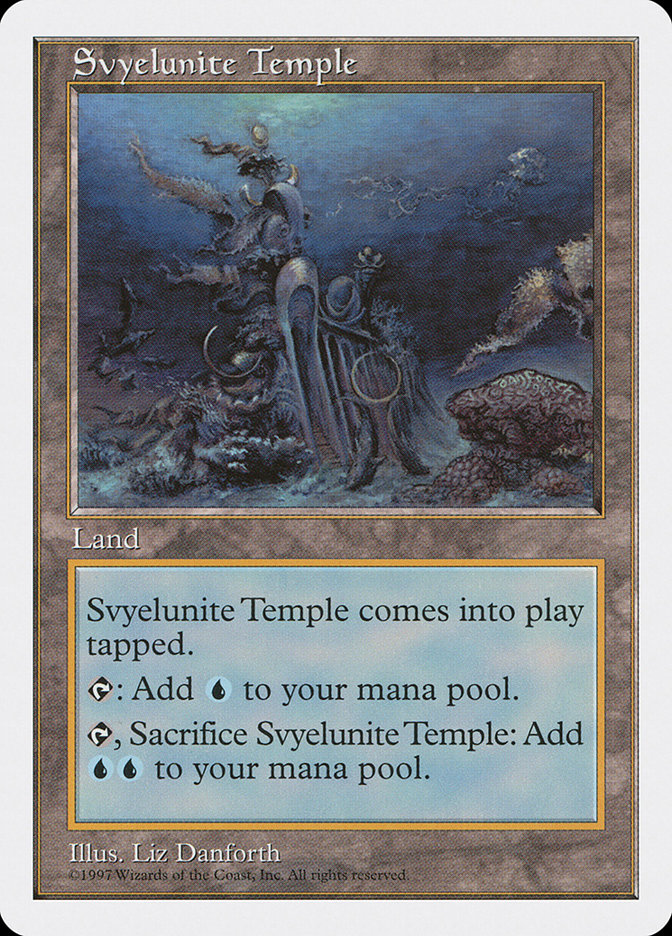
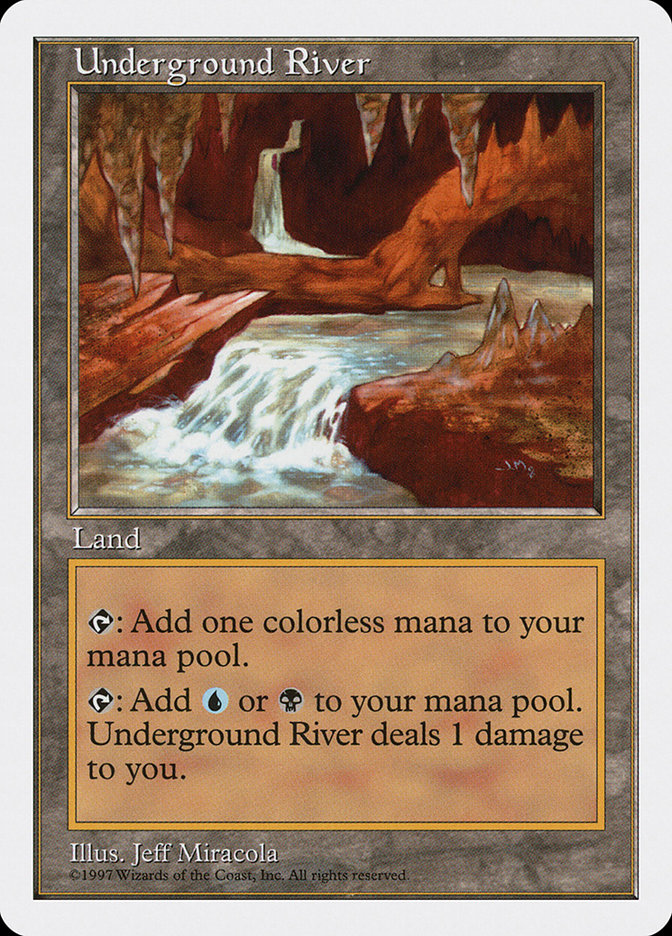
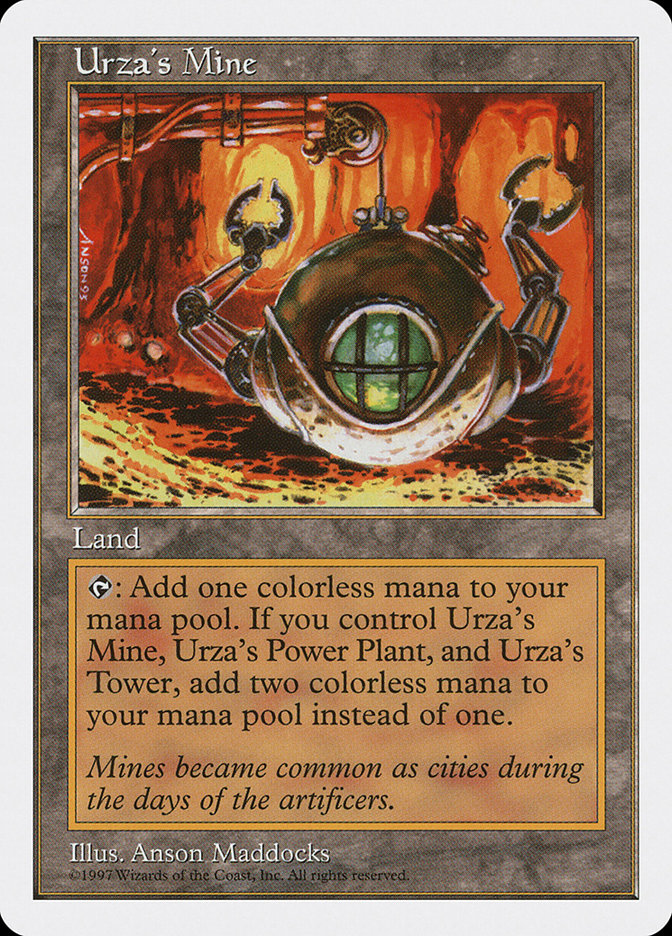

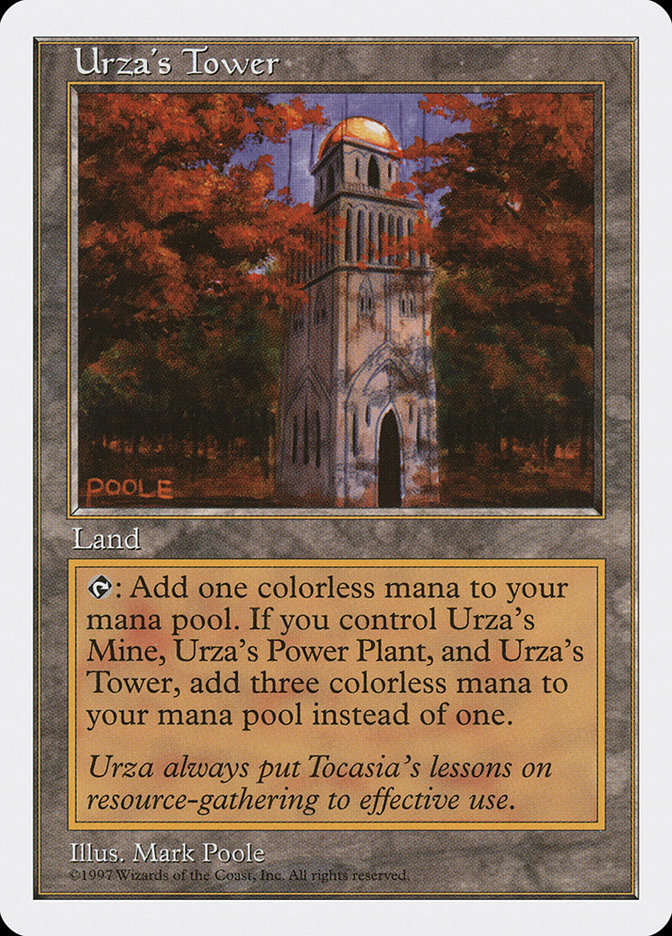
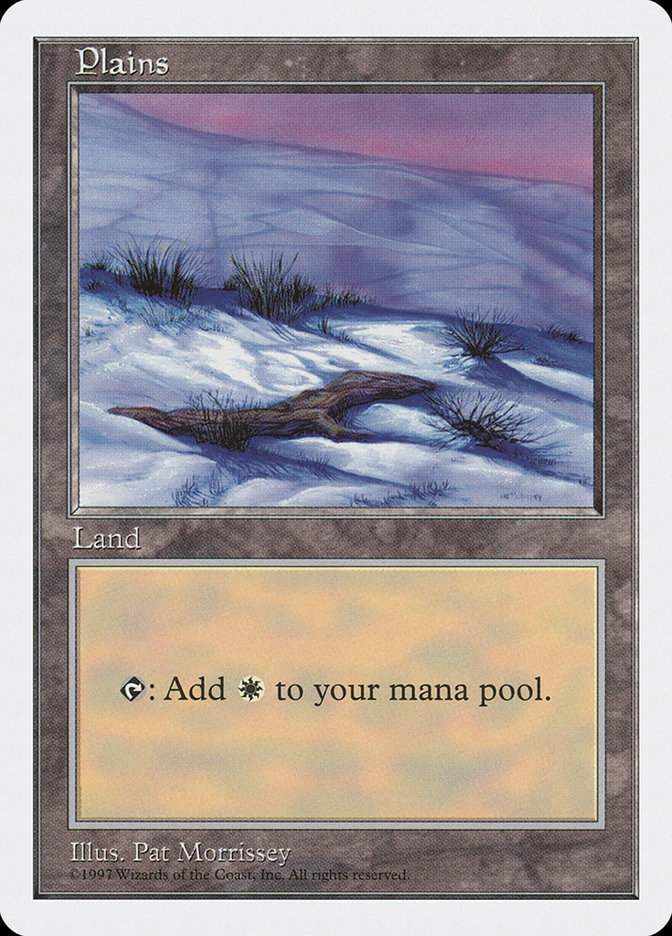
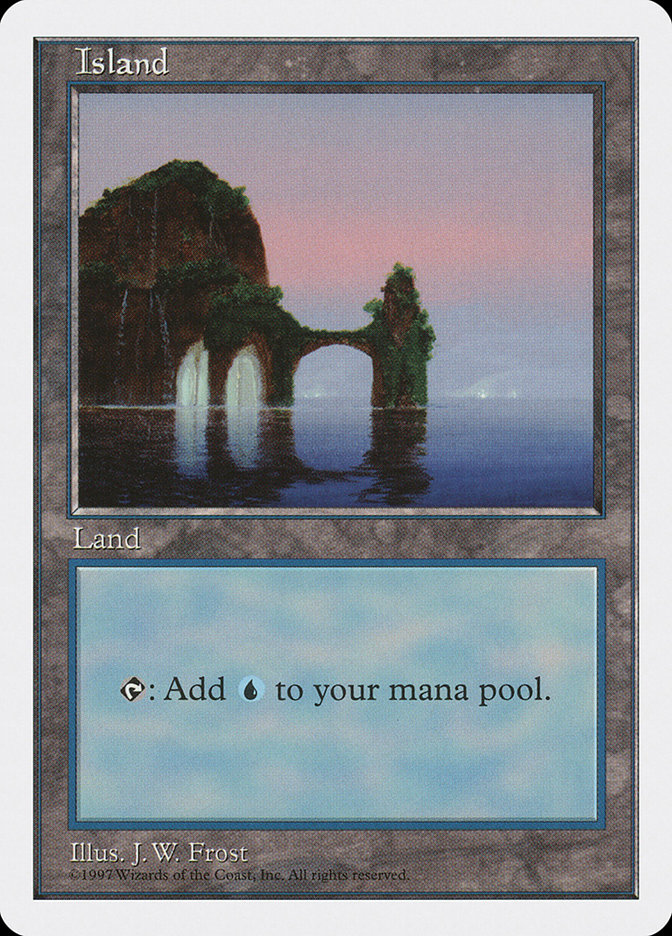
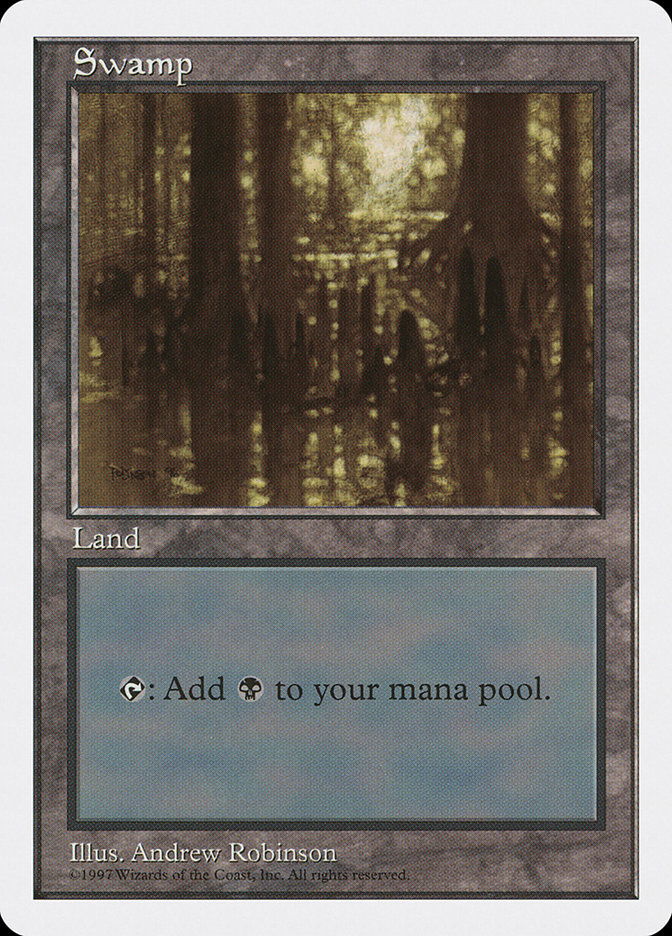
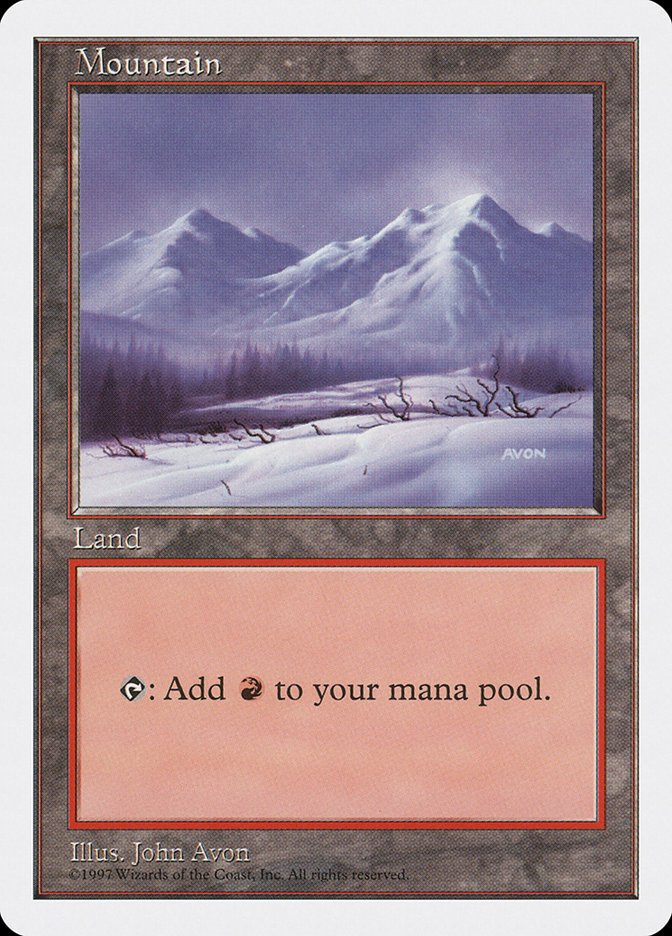
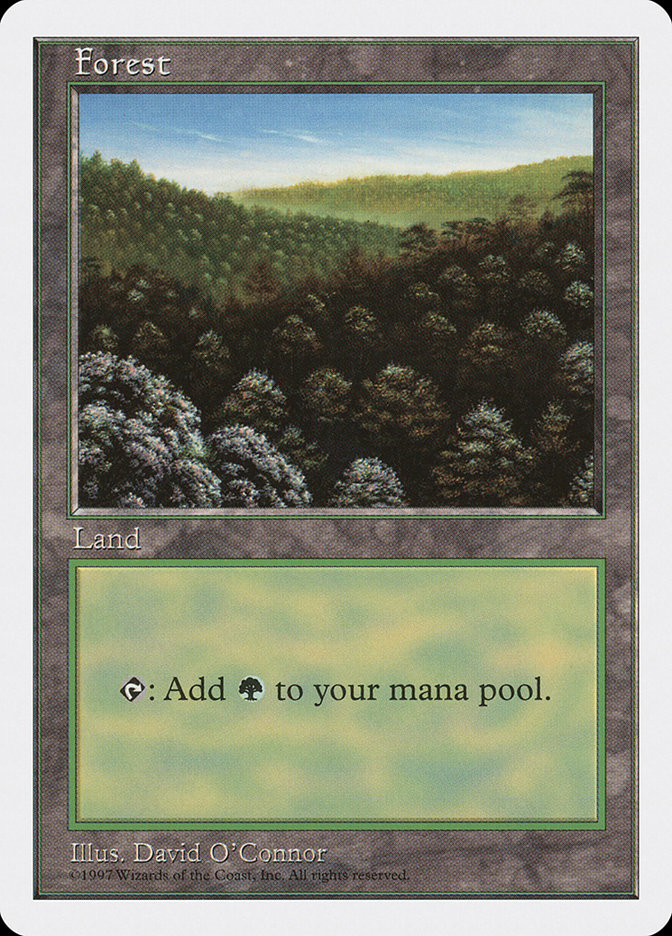

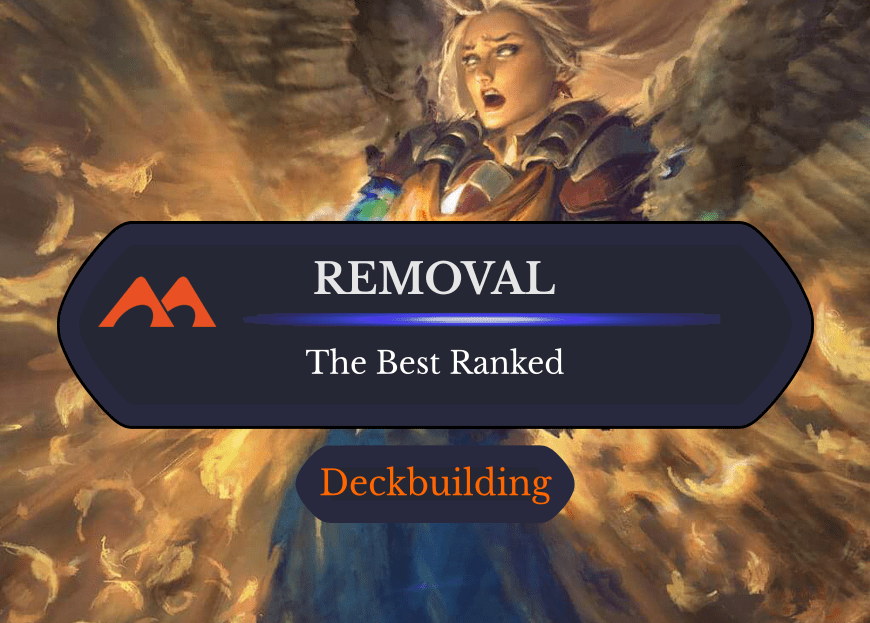
Add Comment